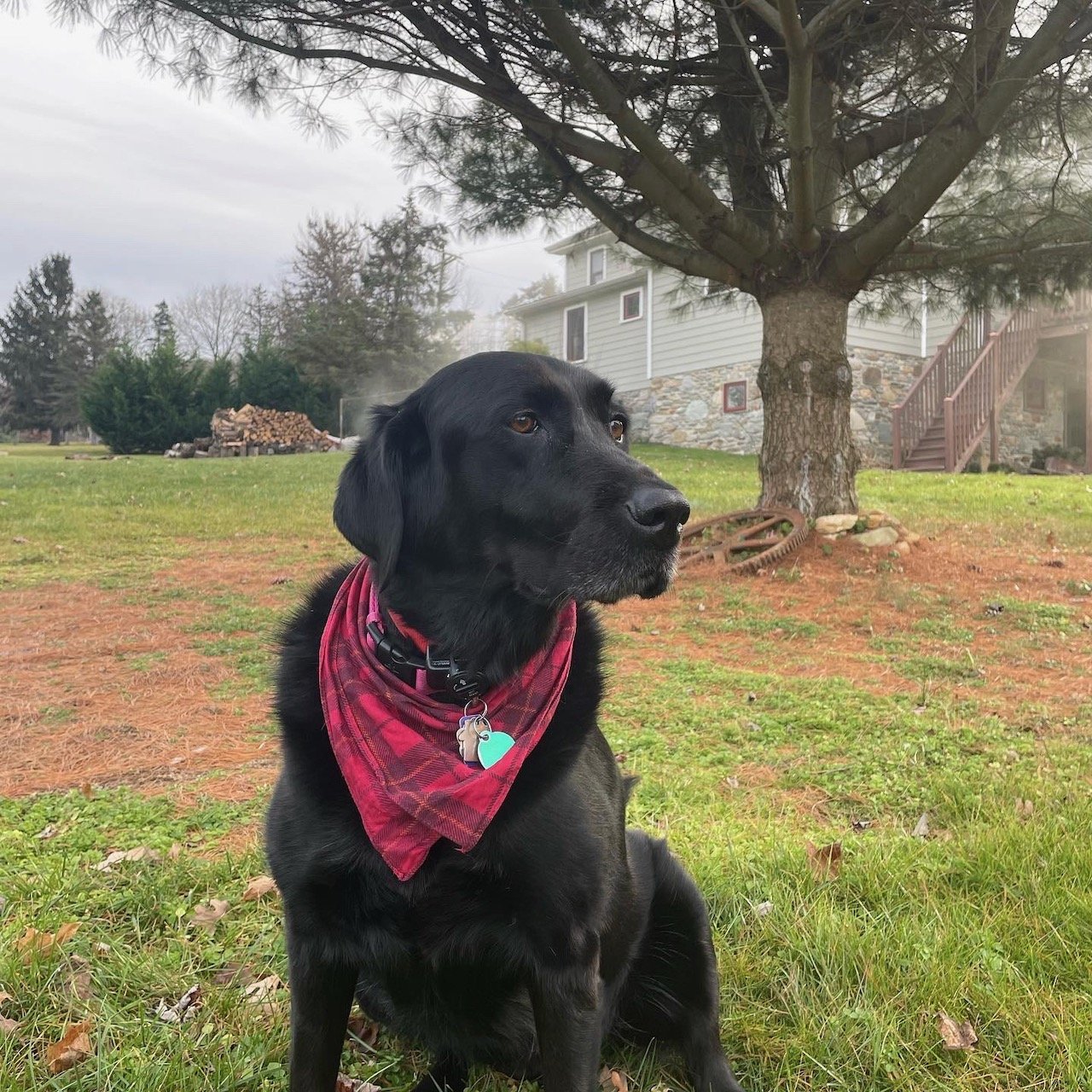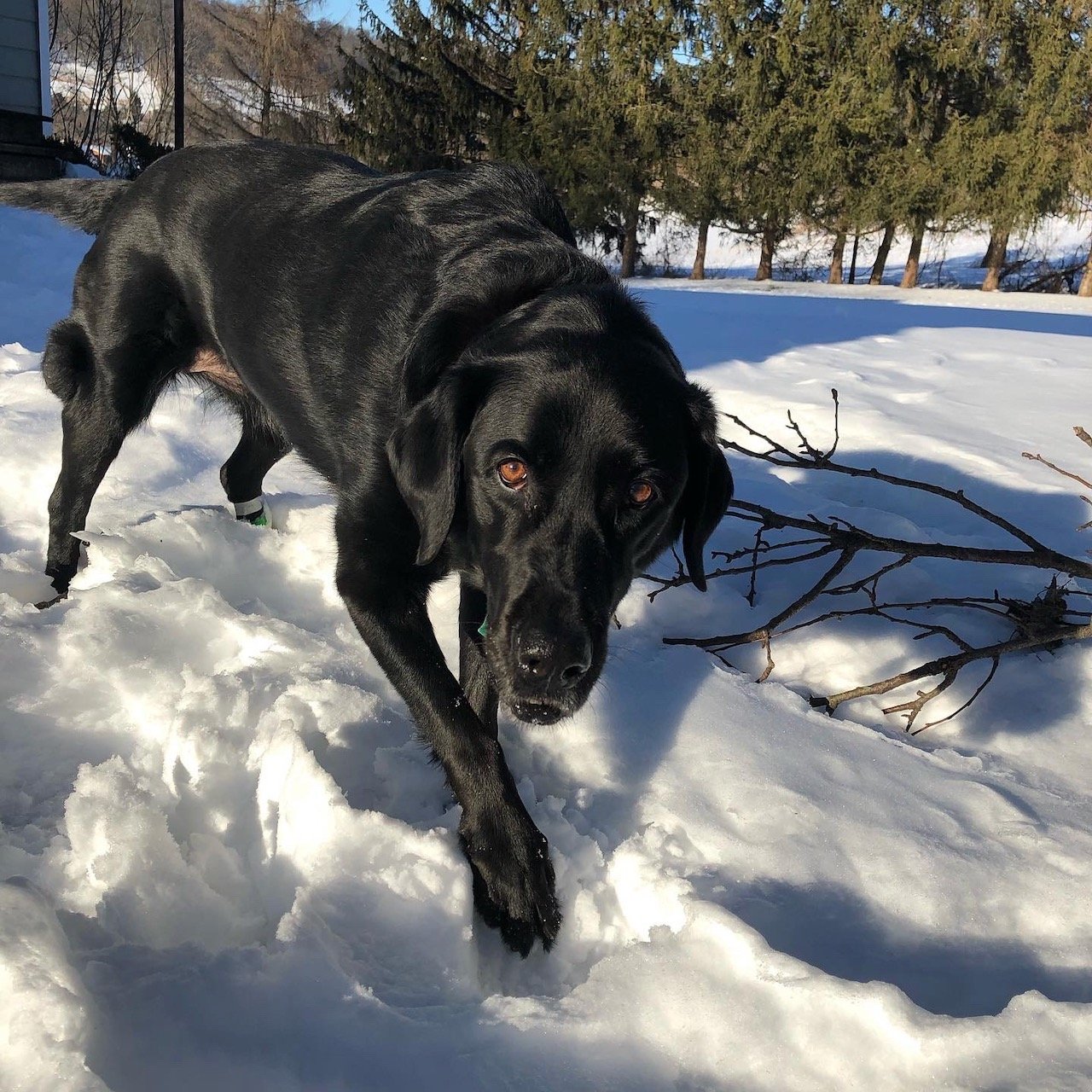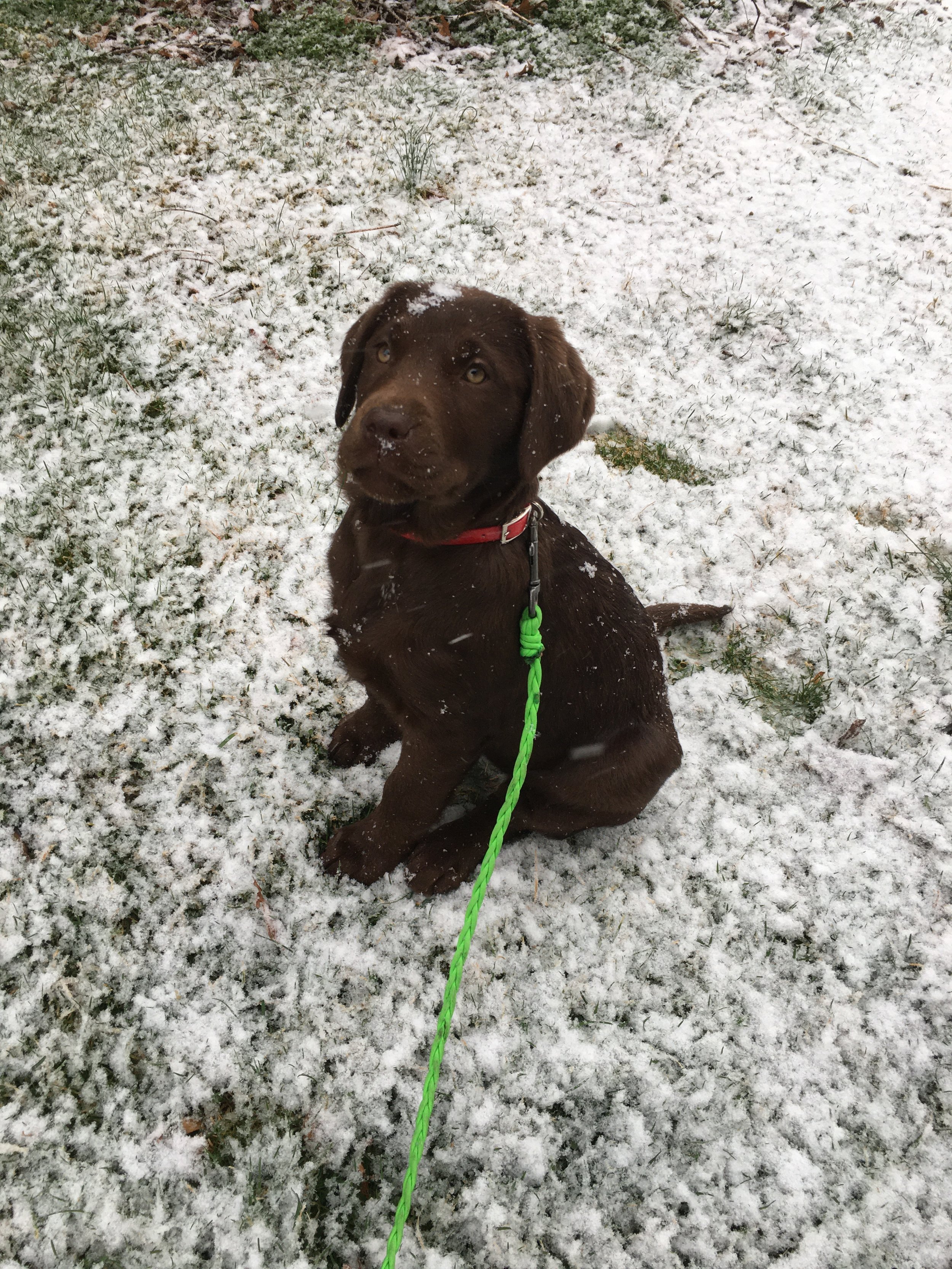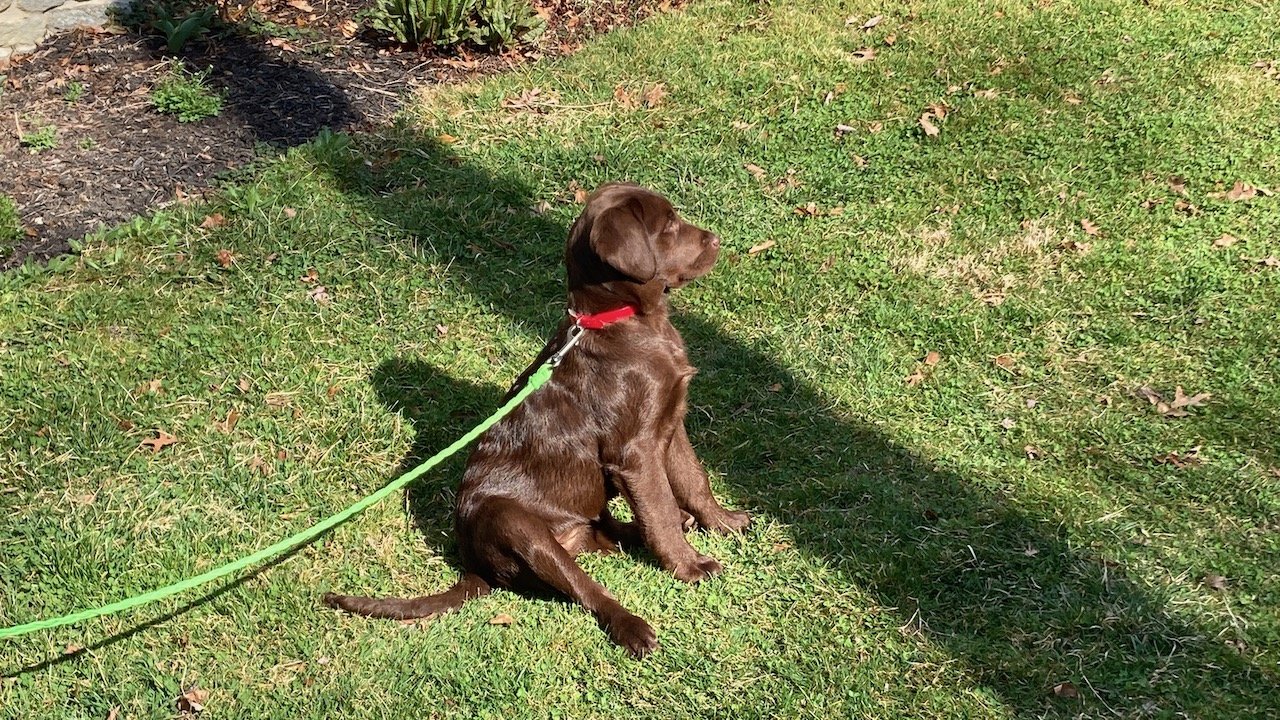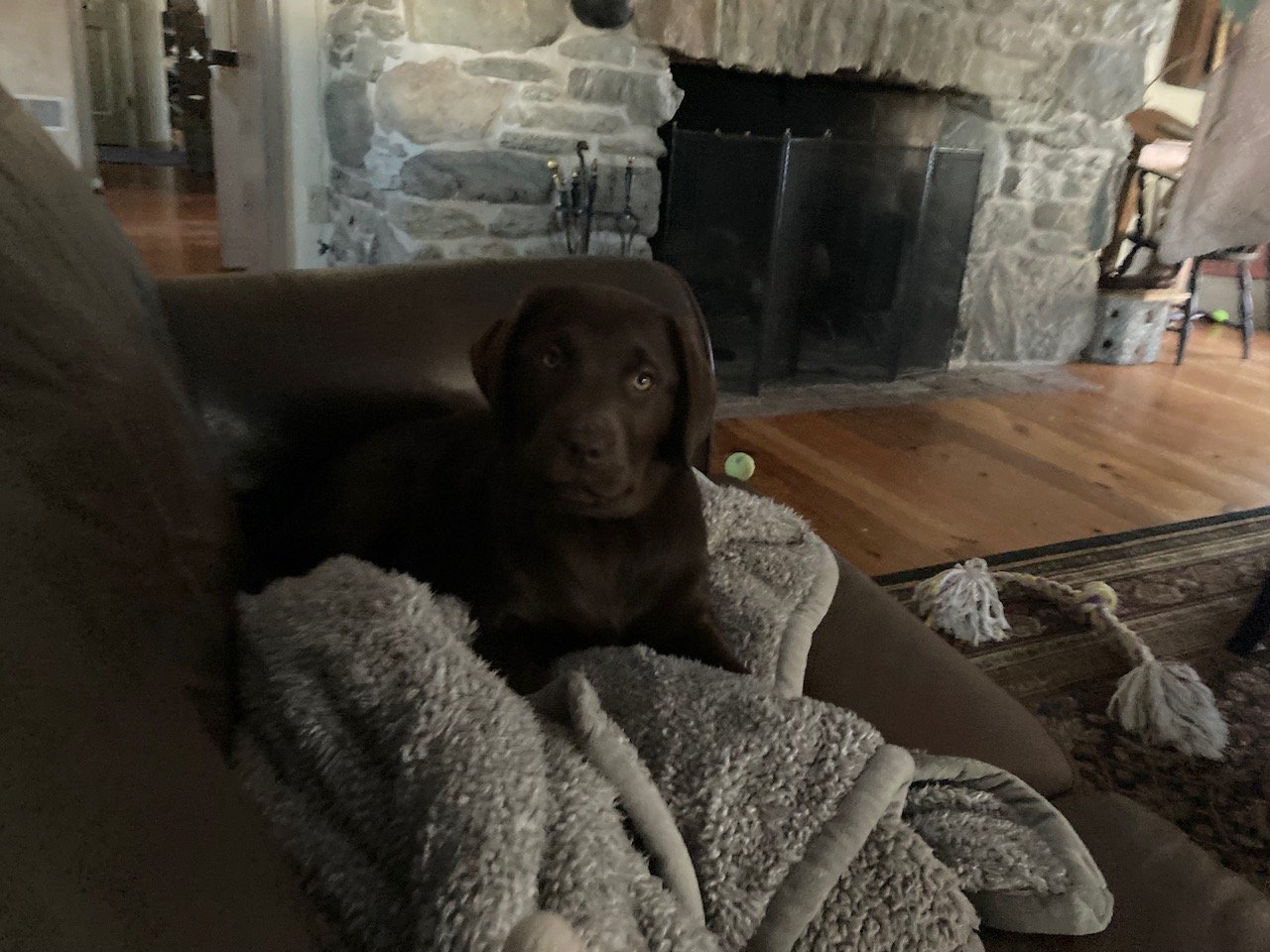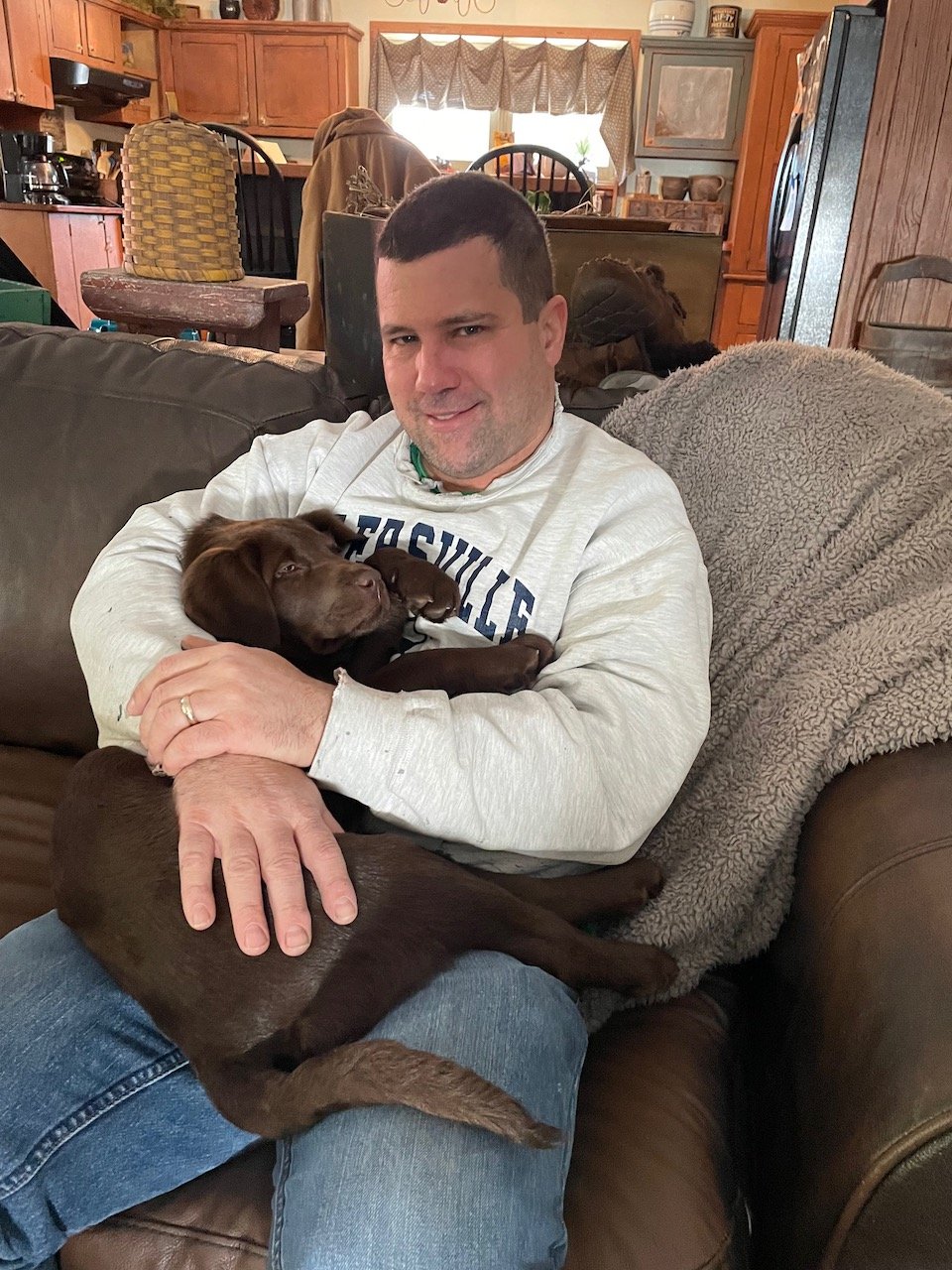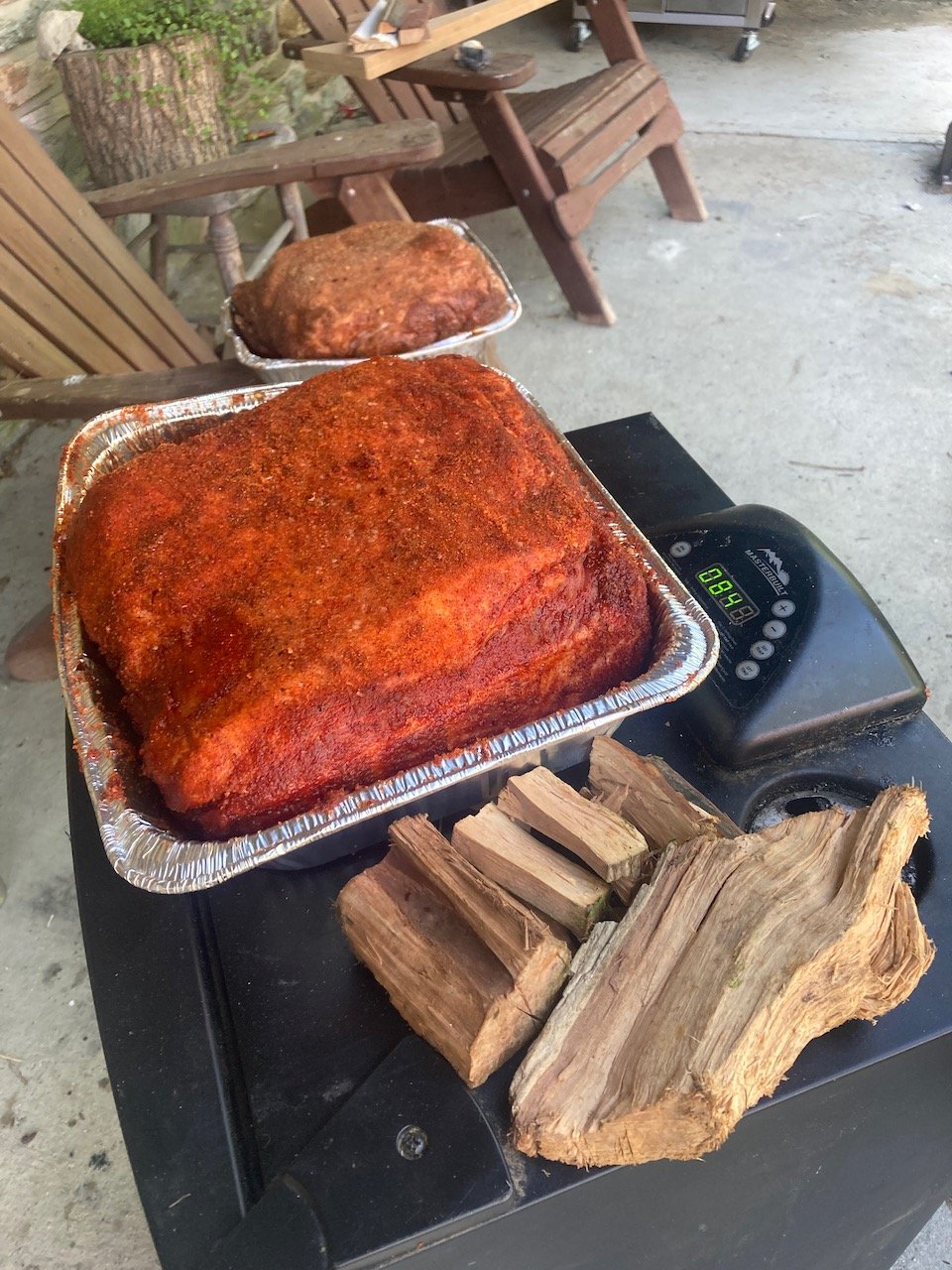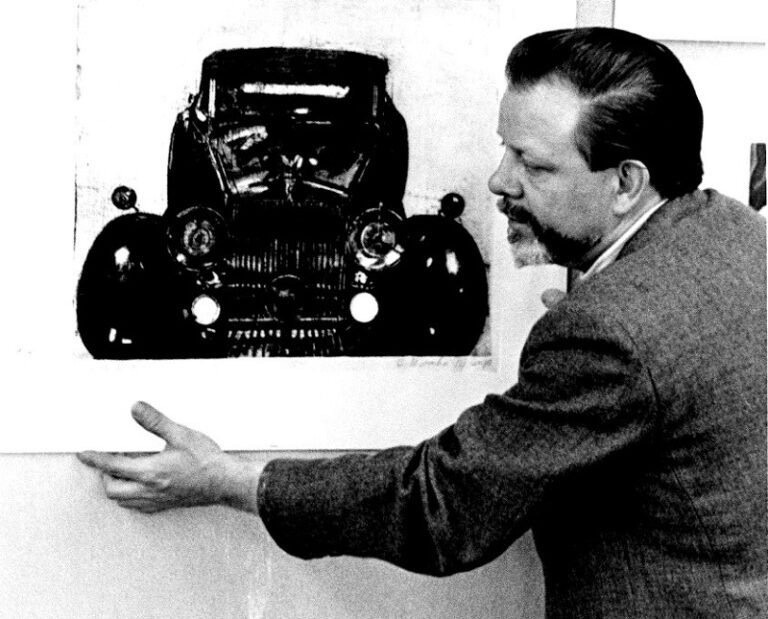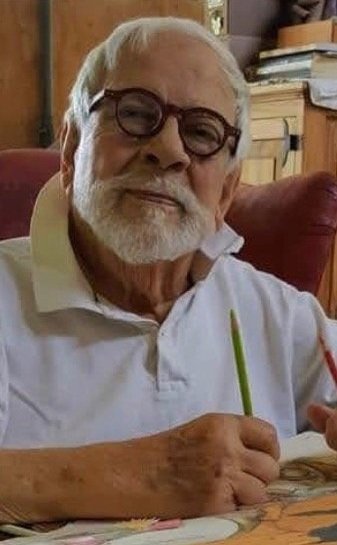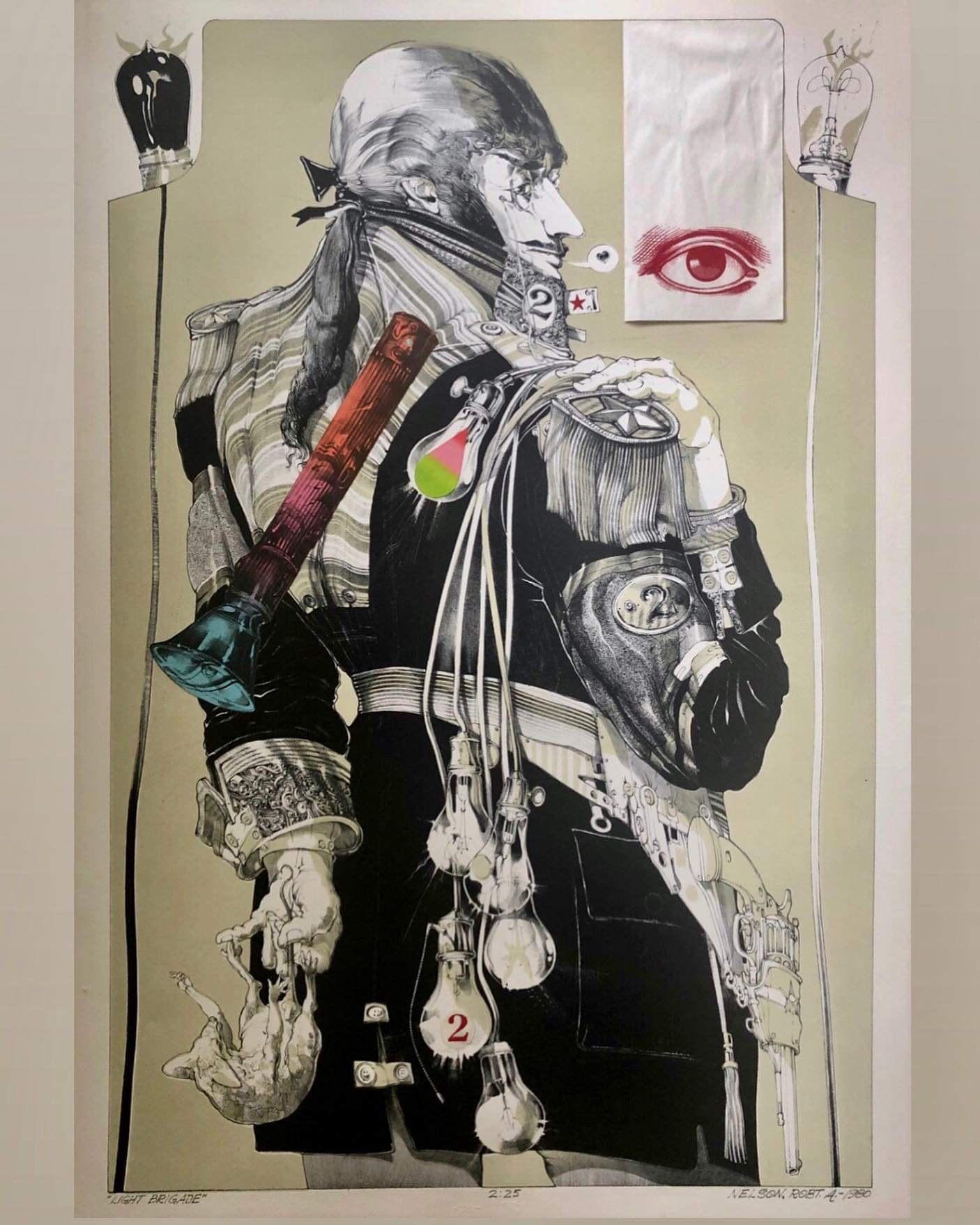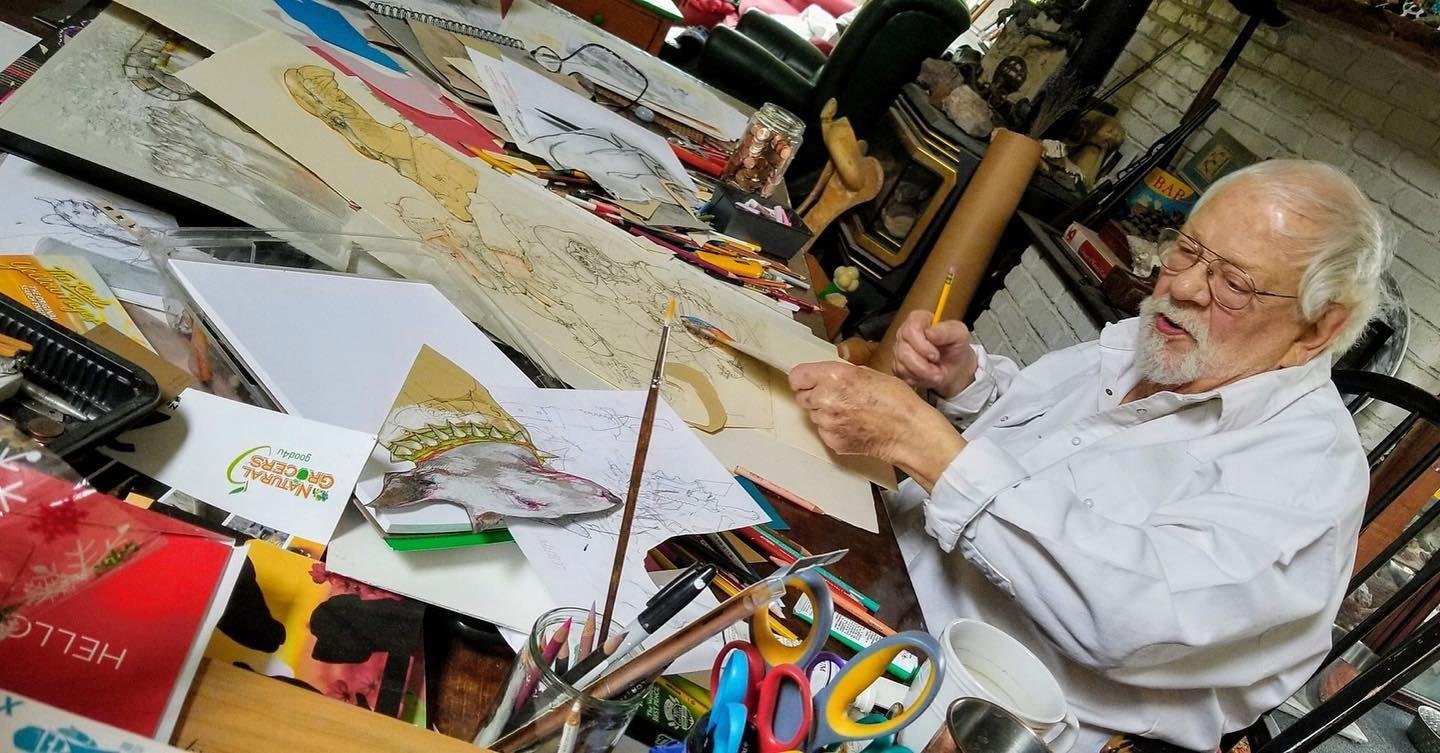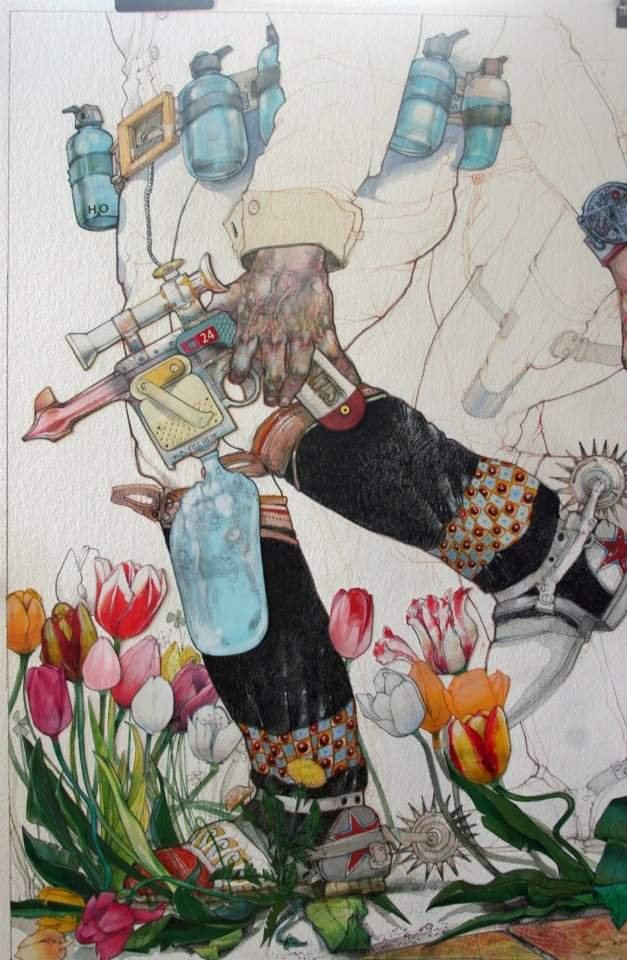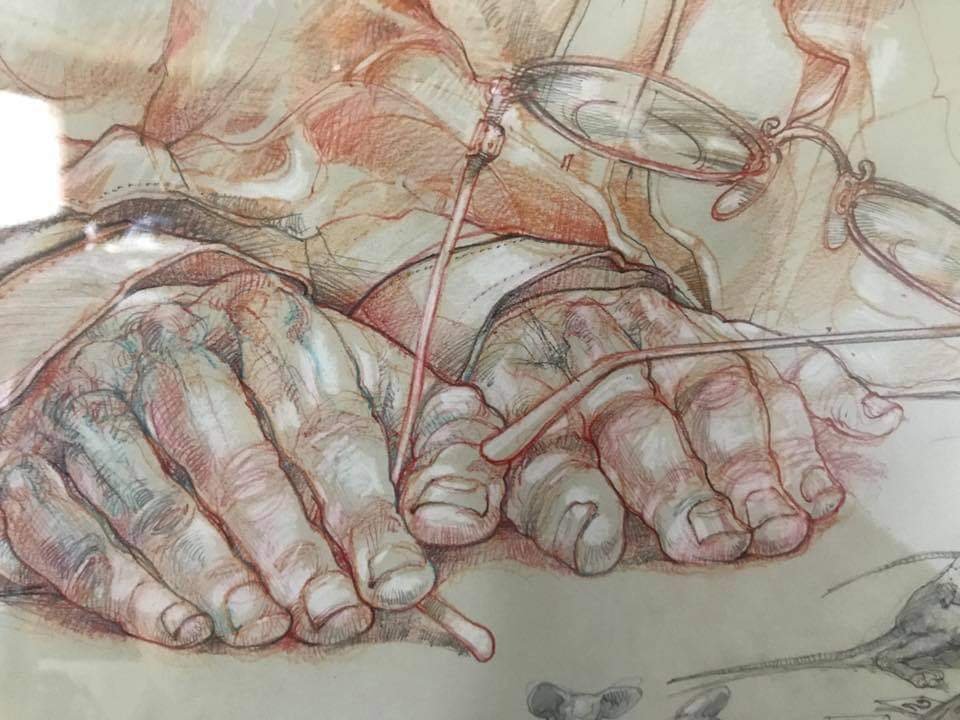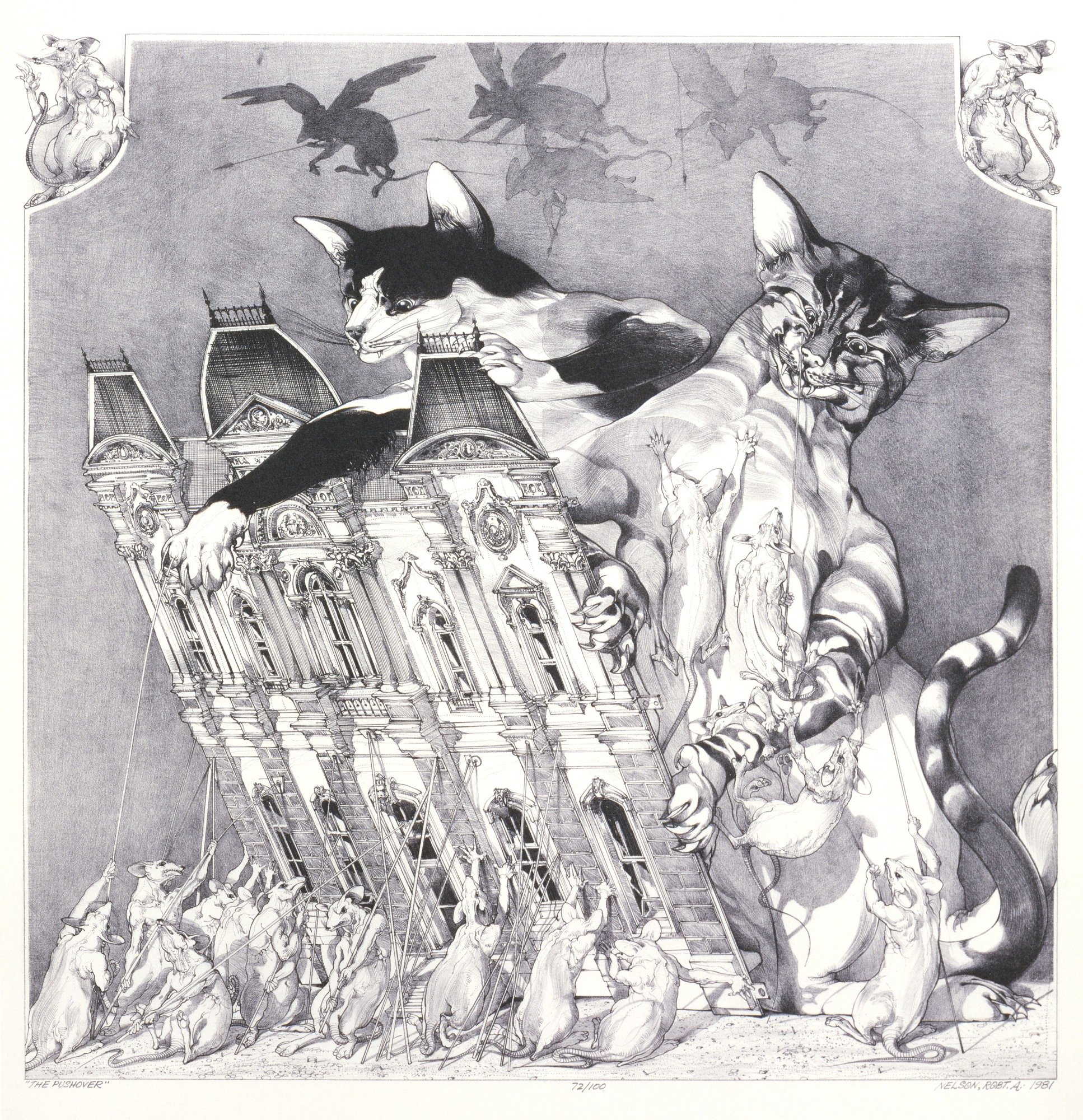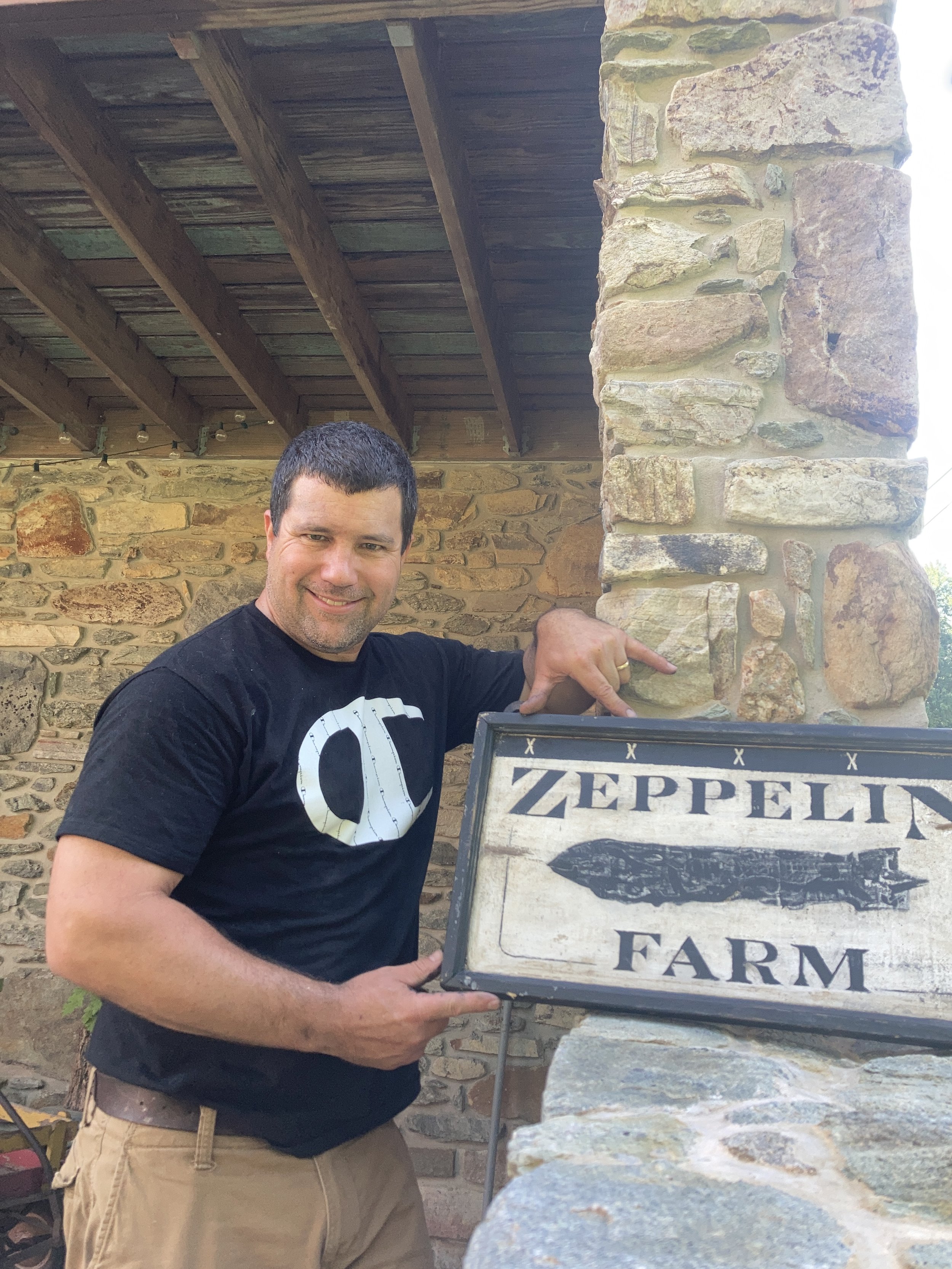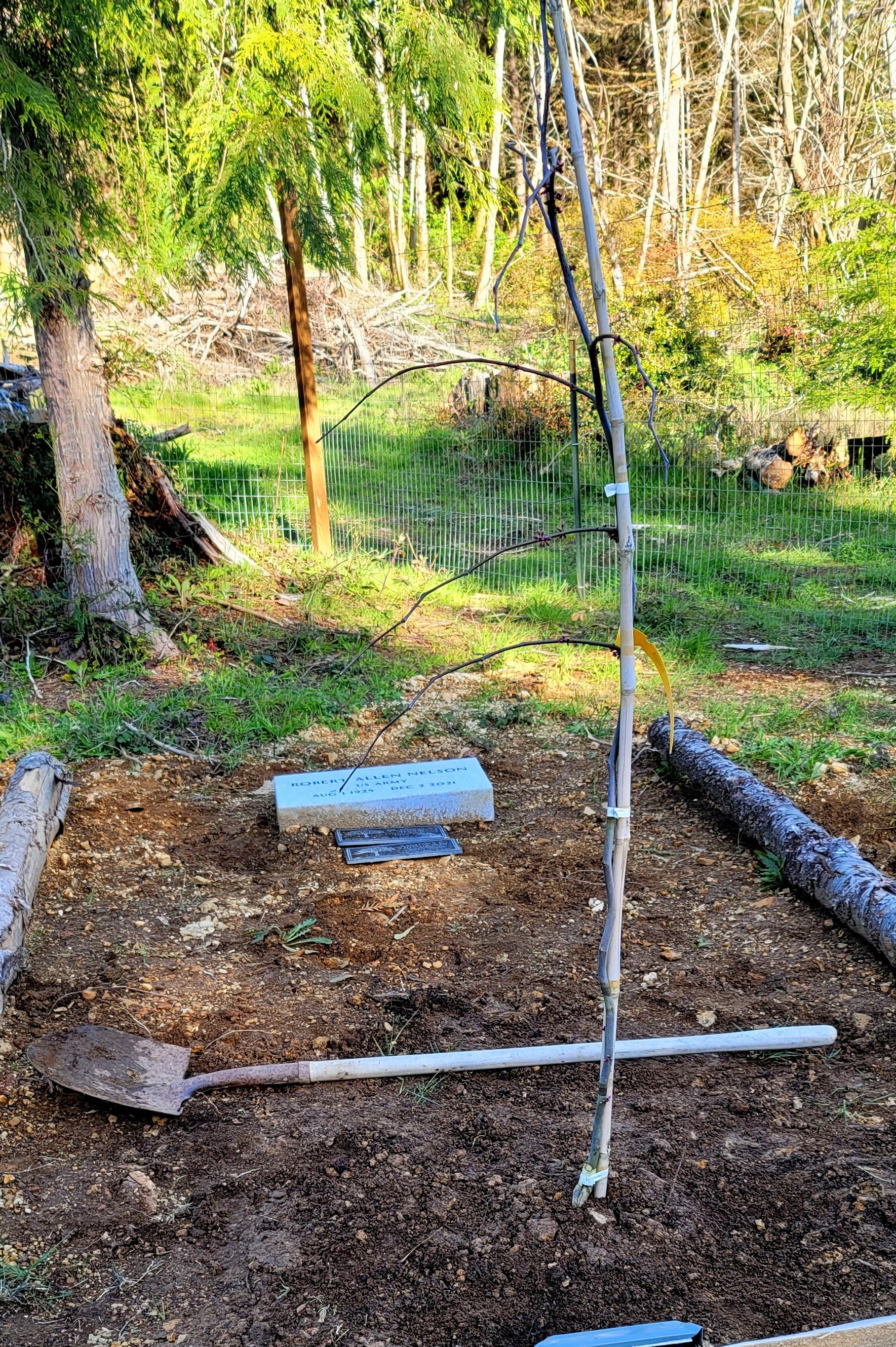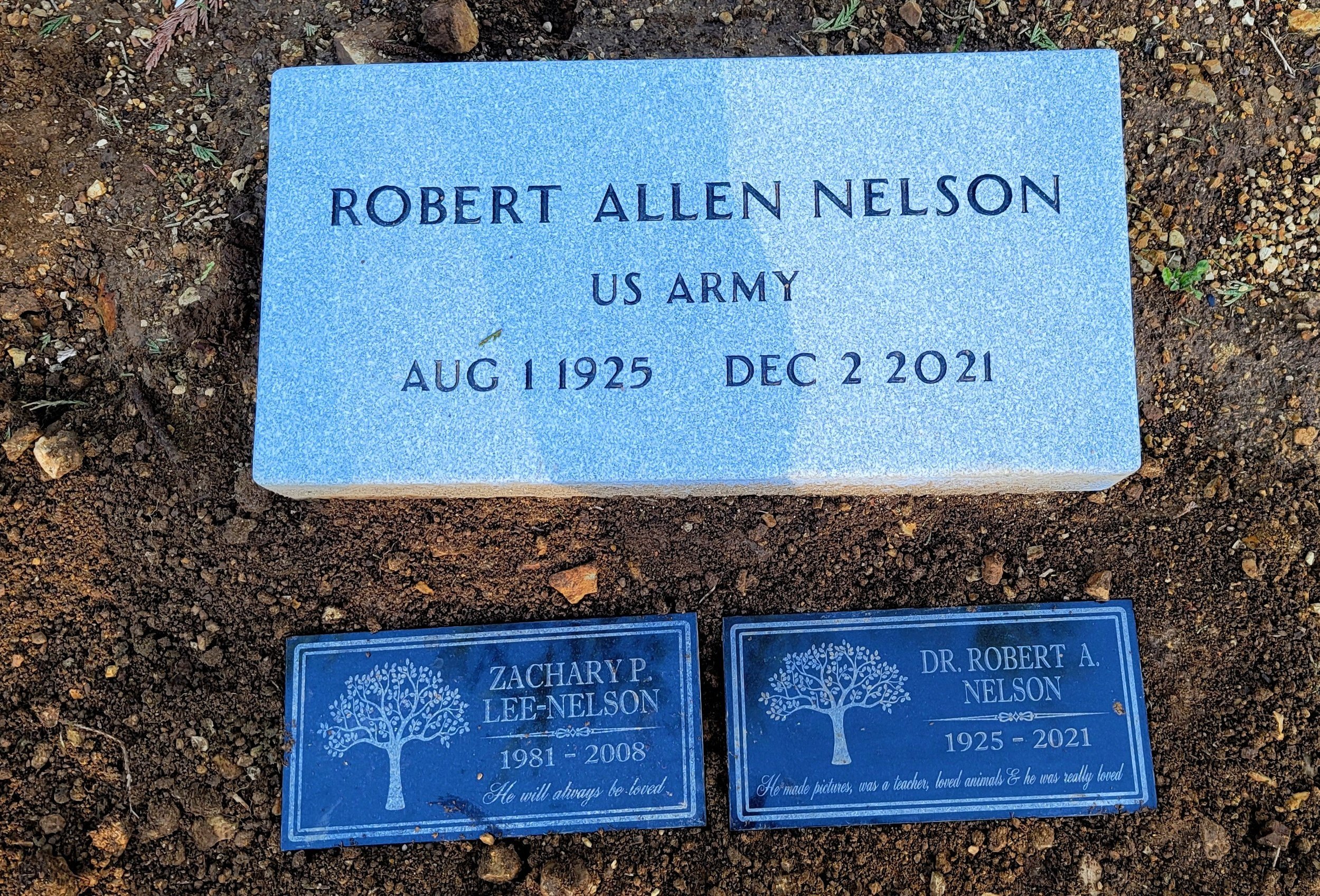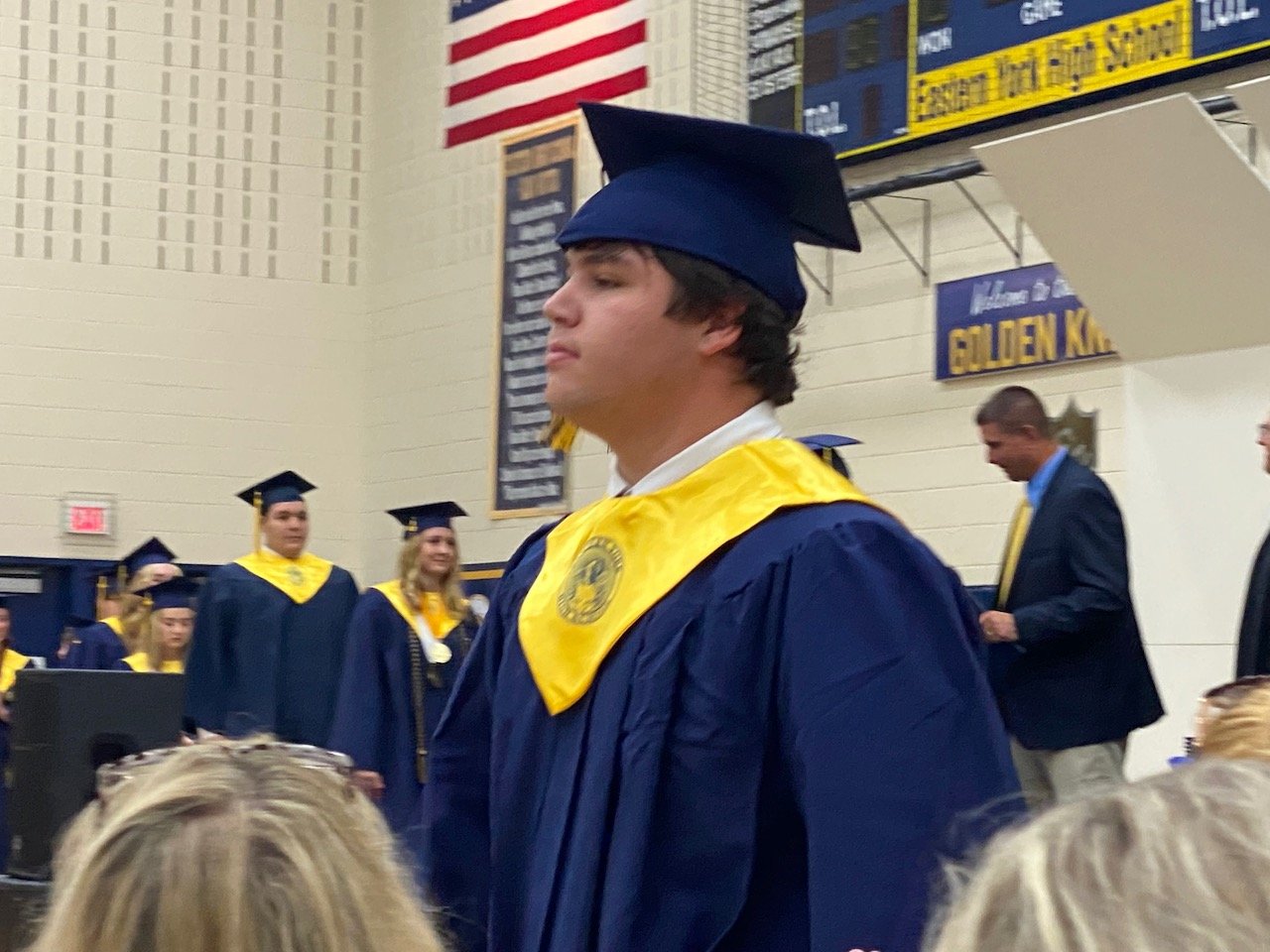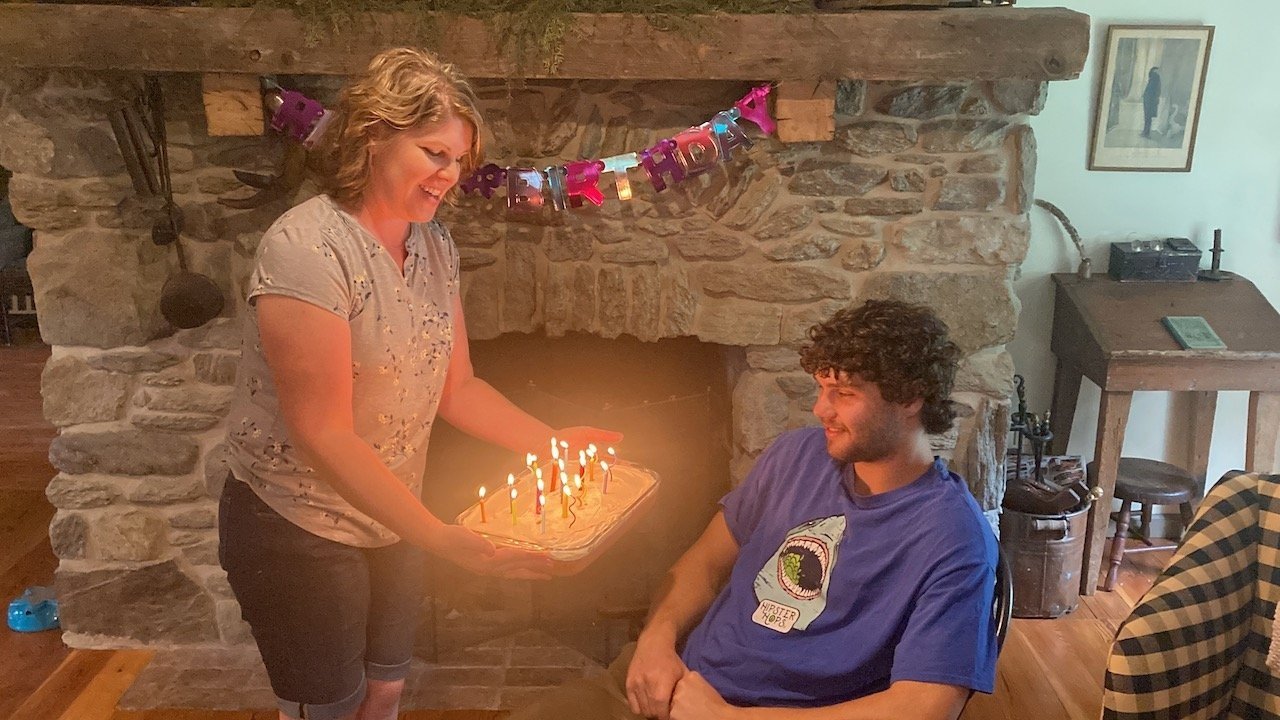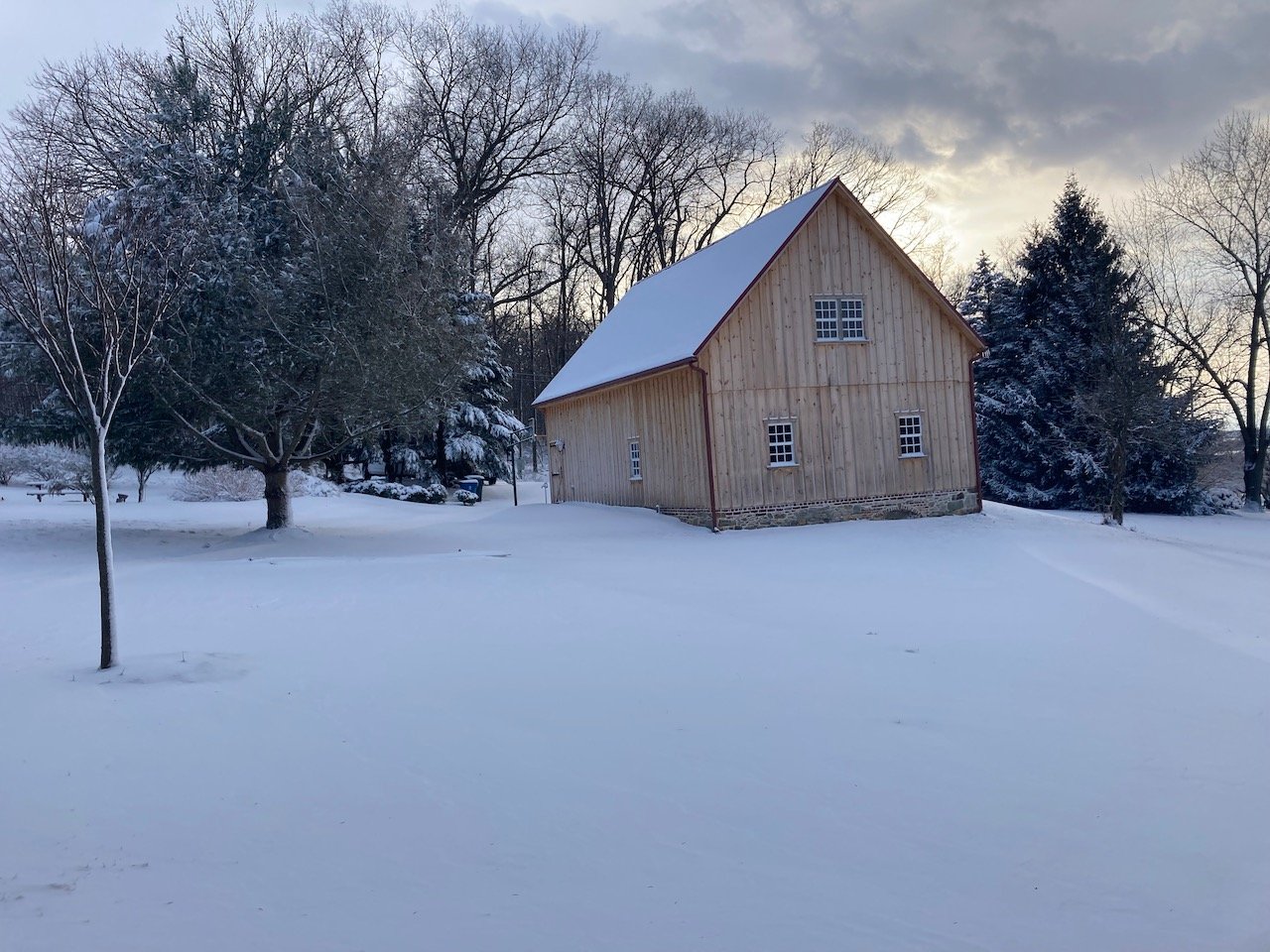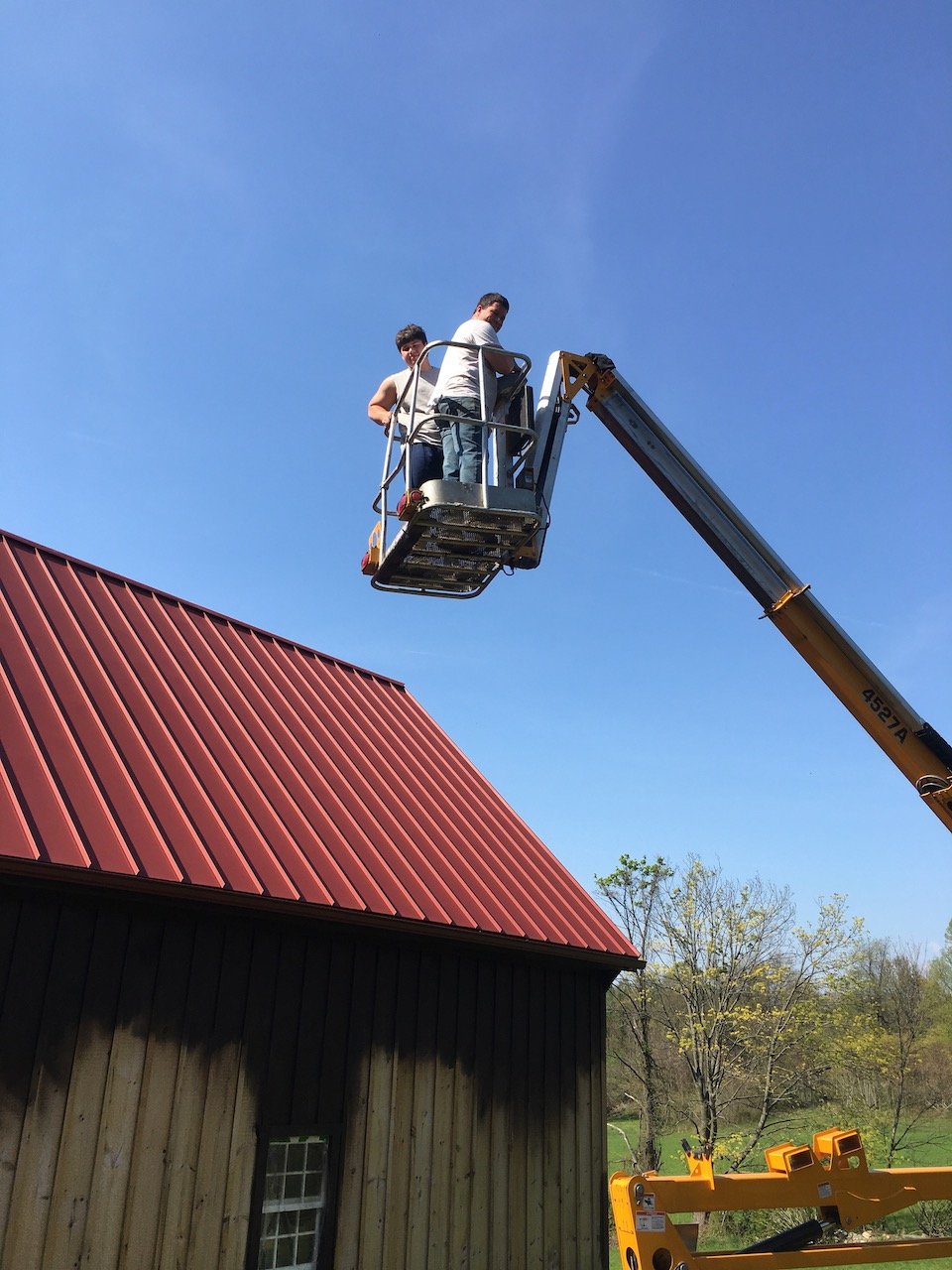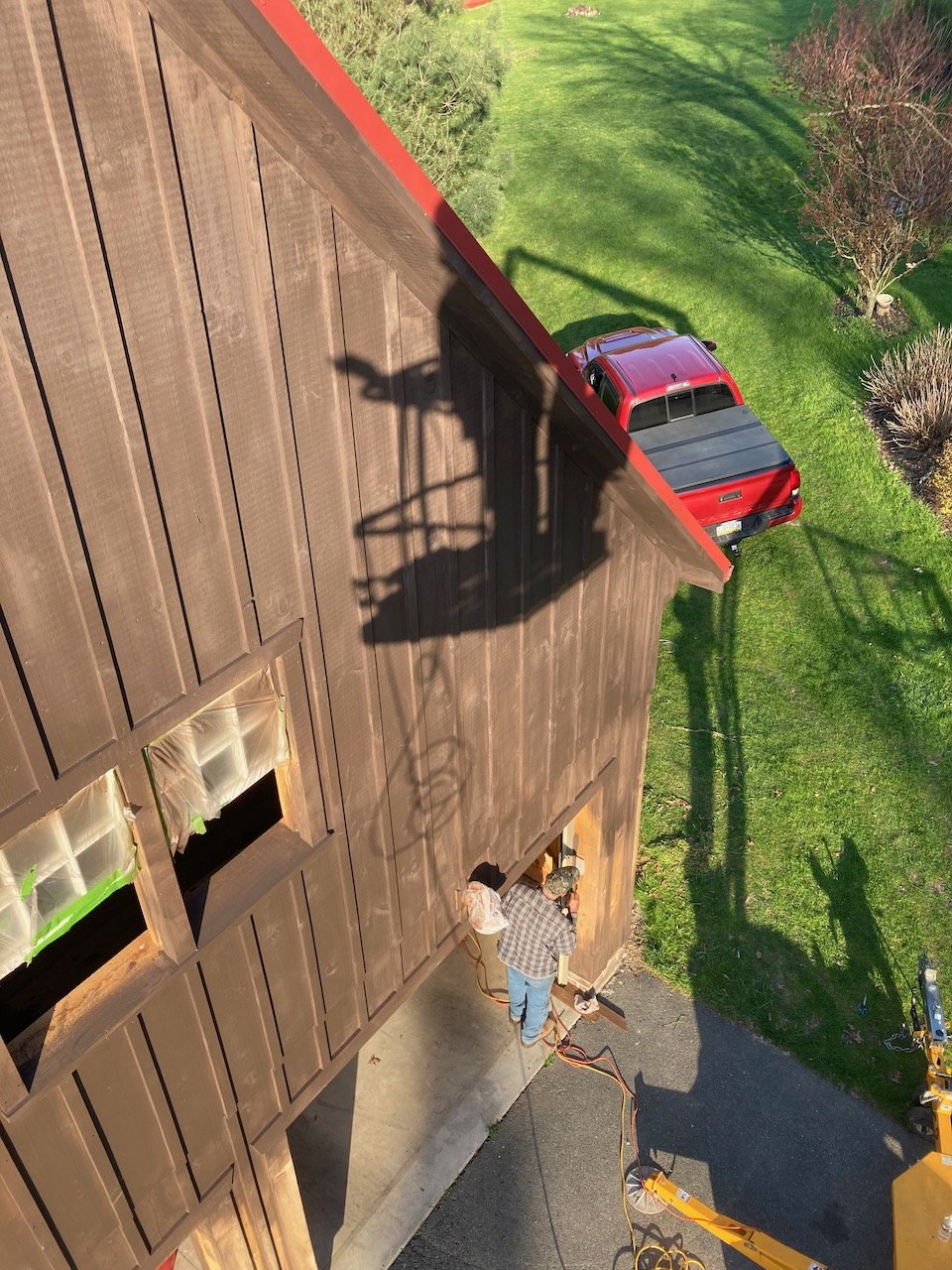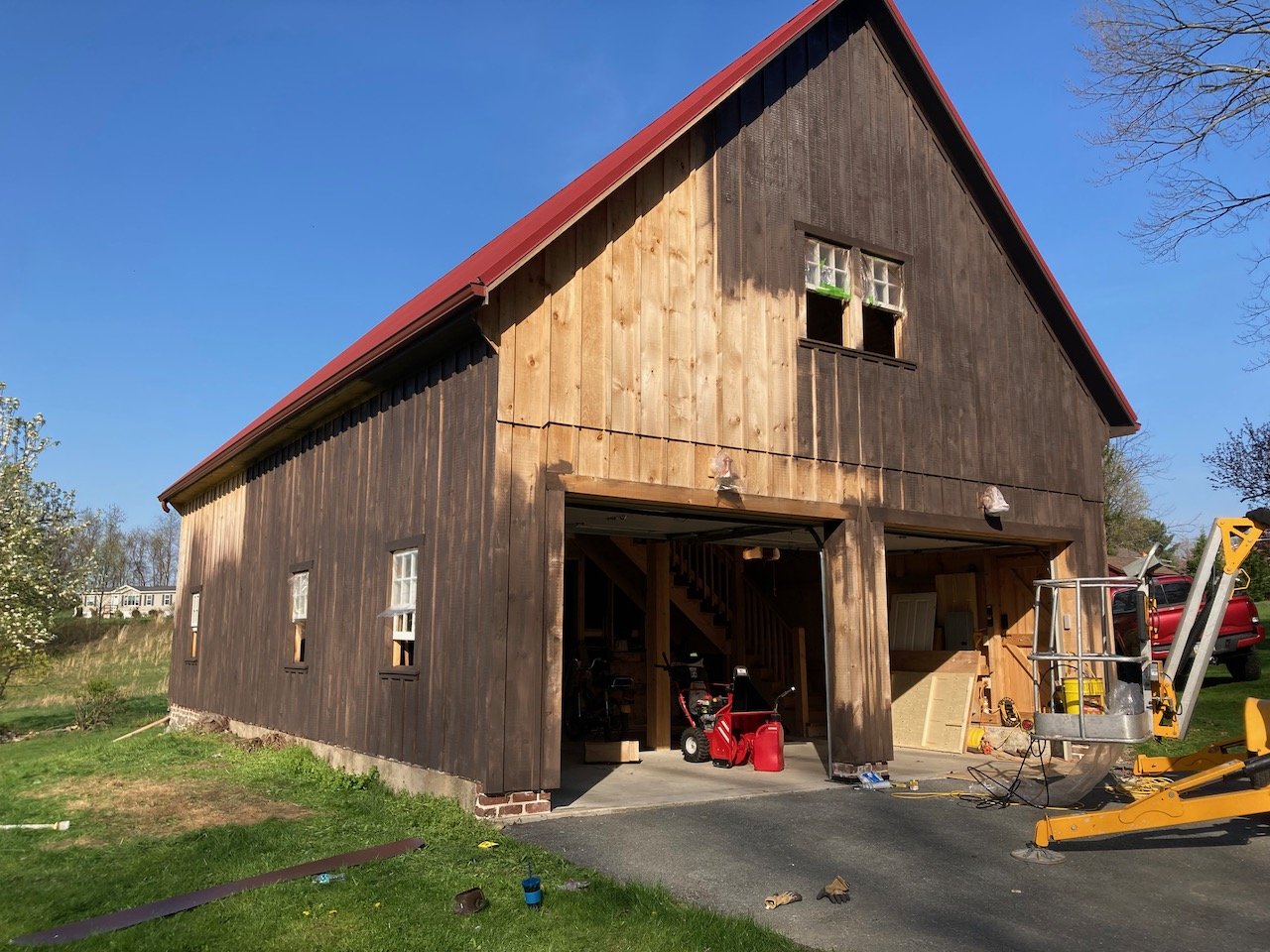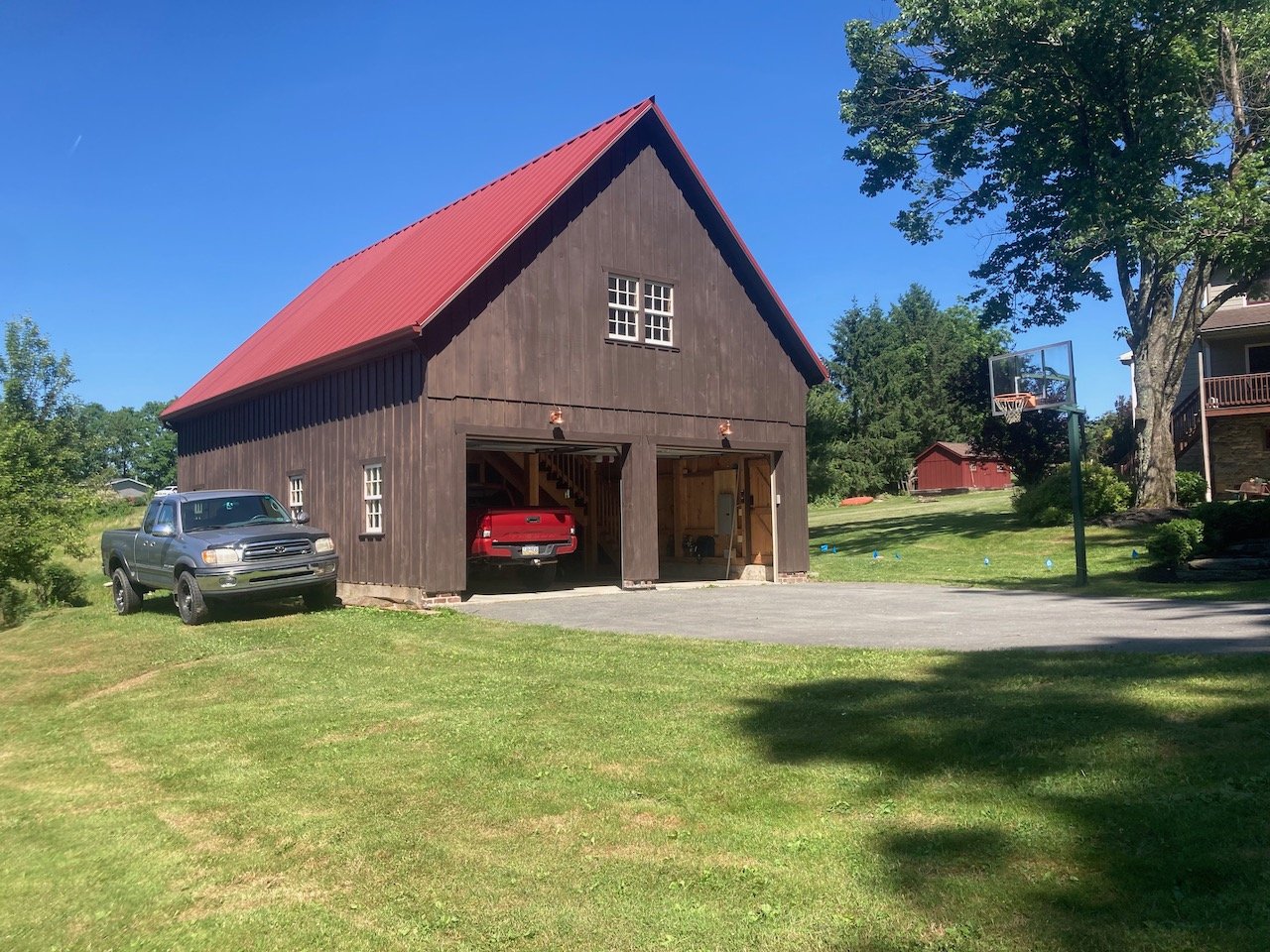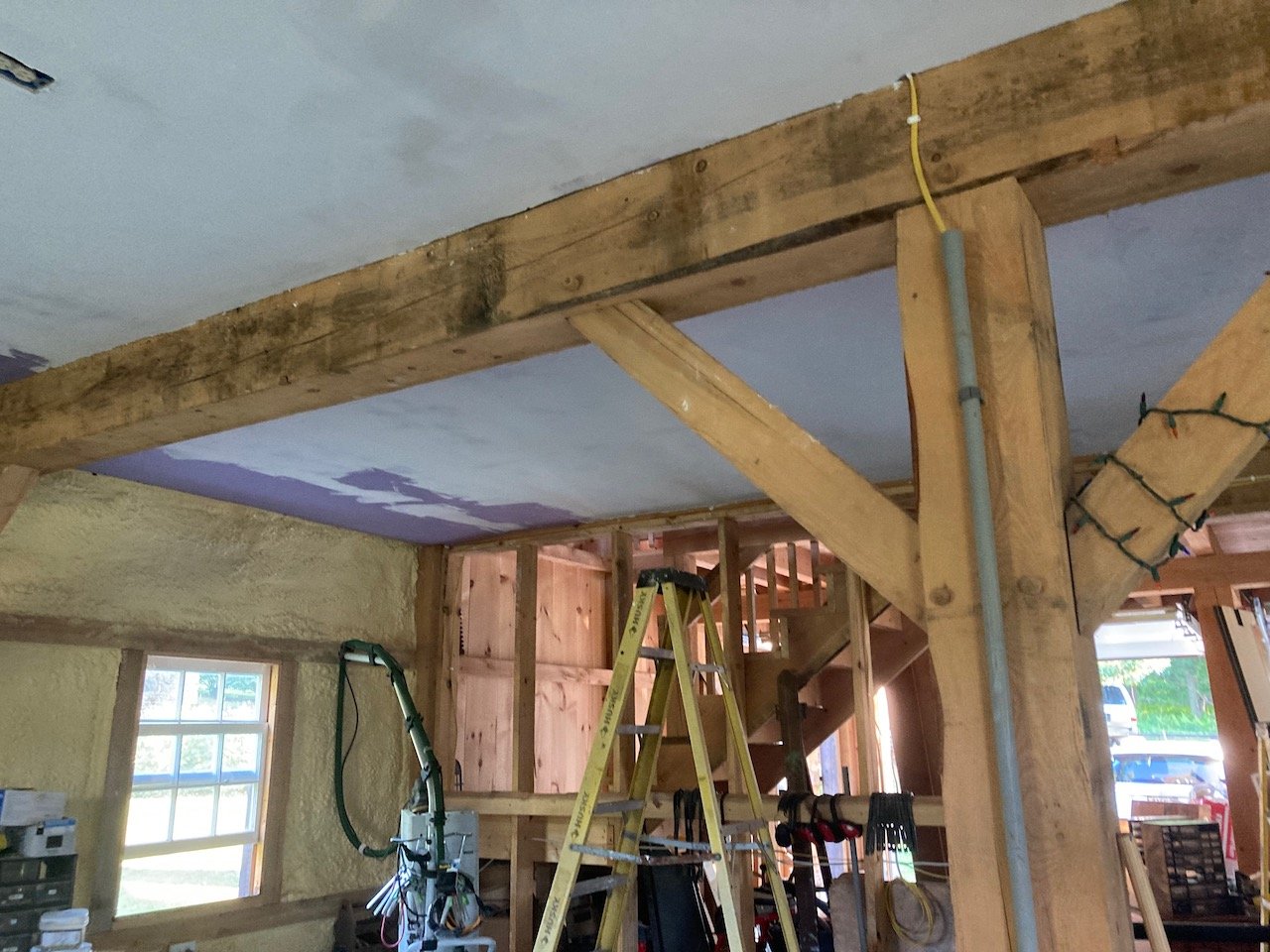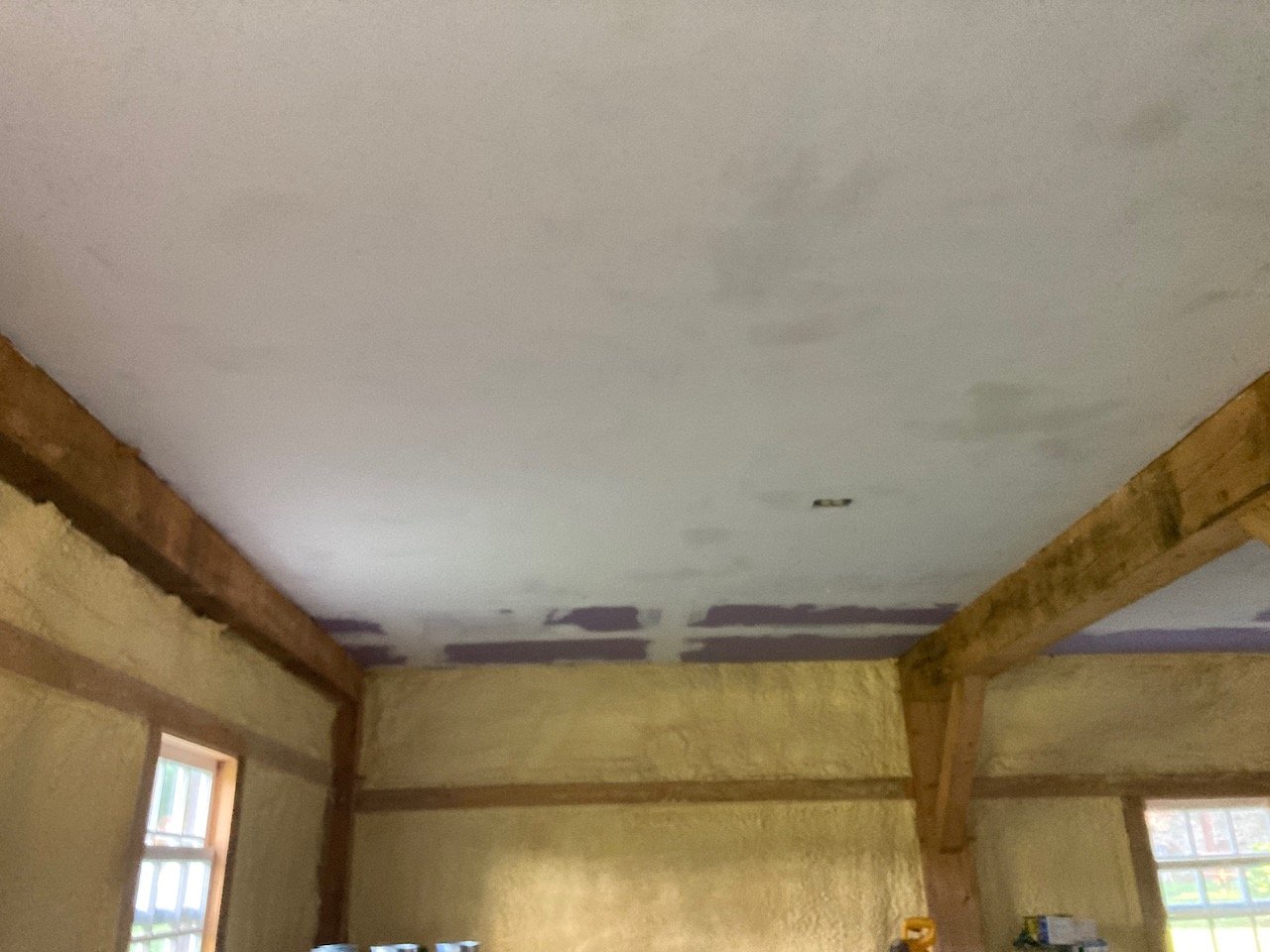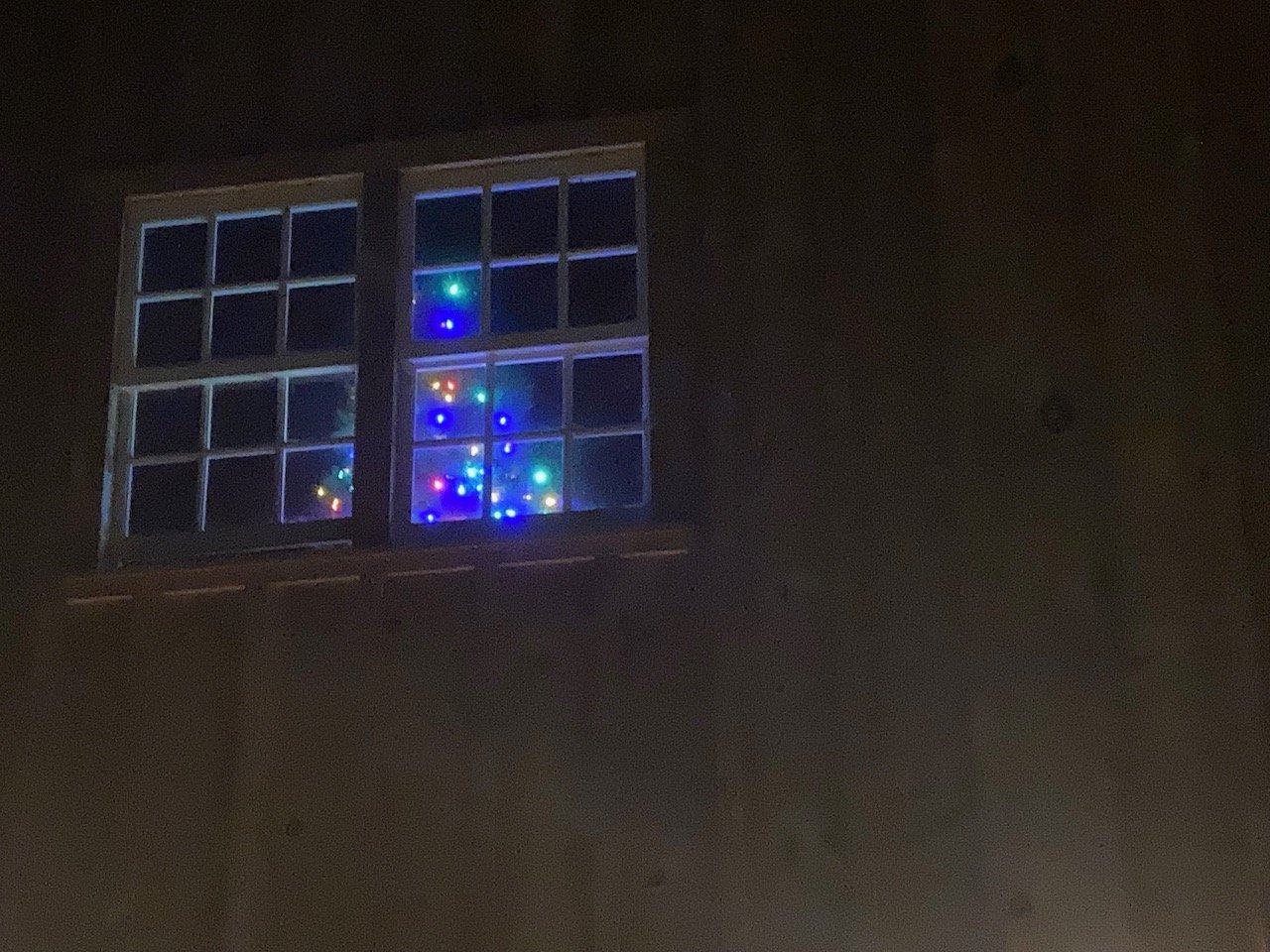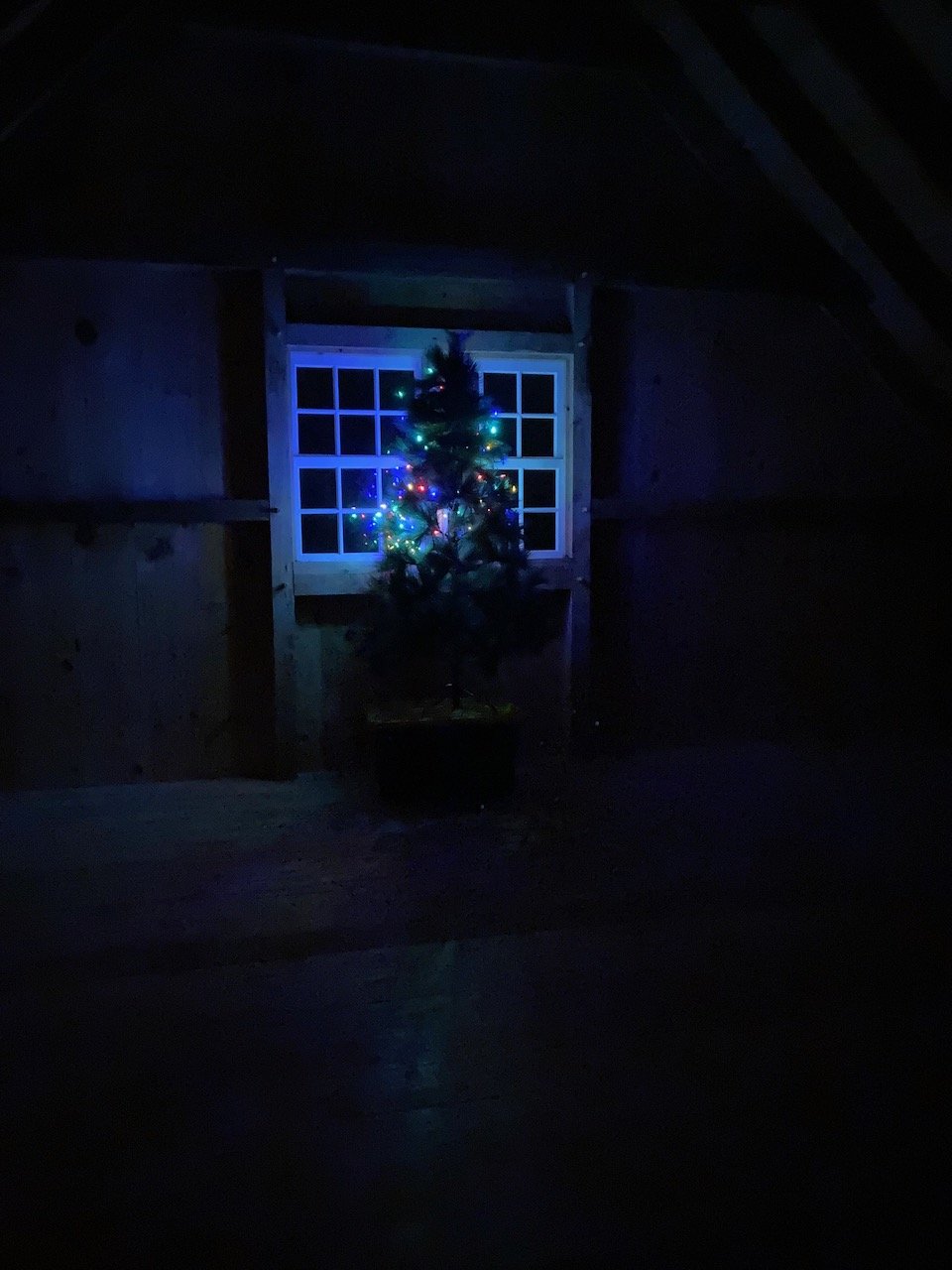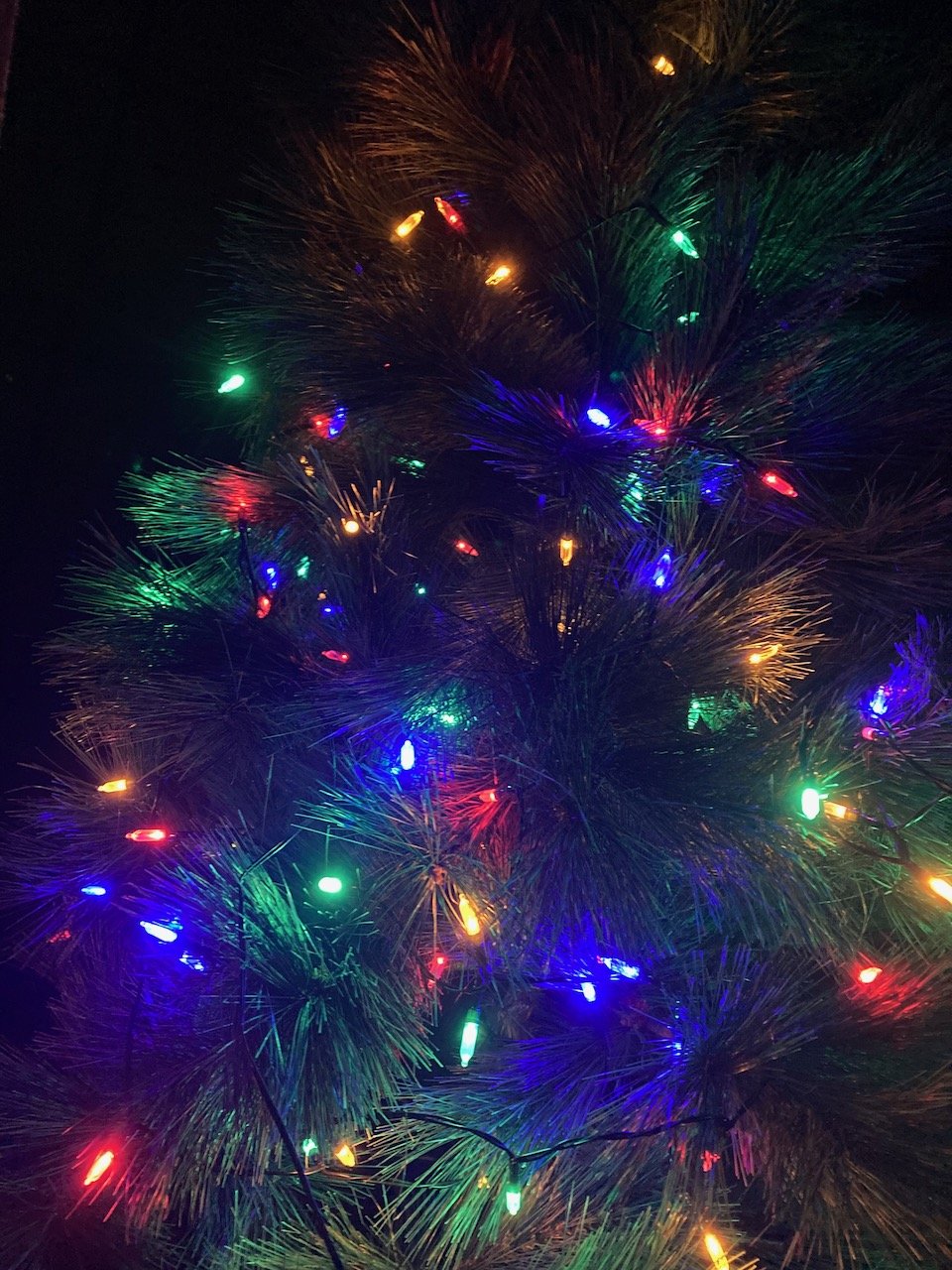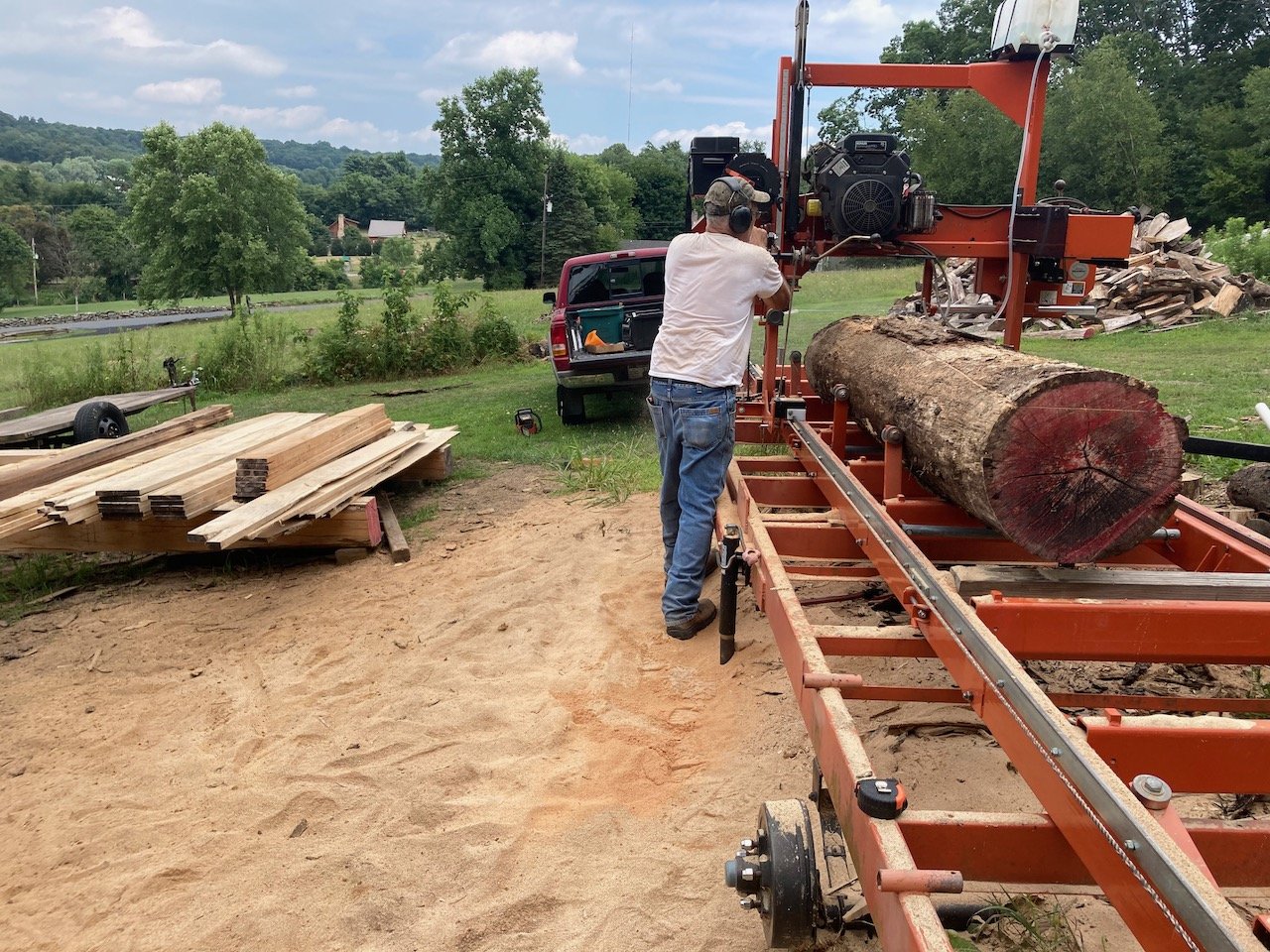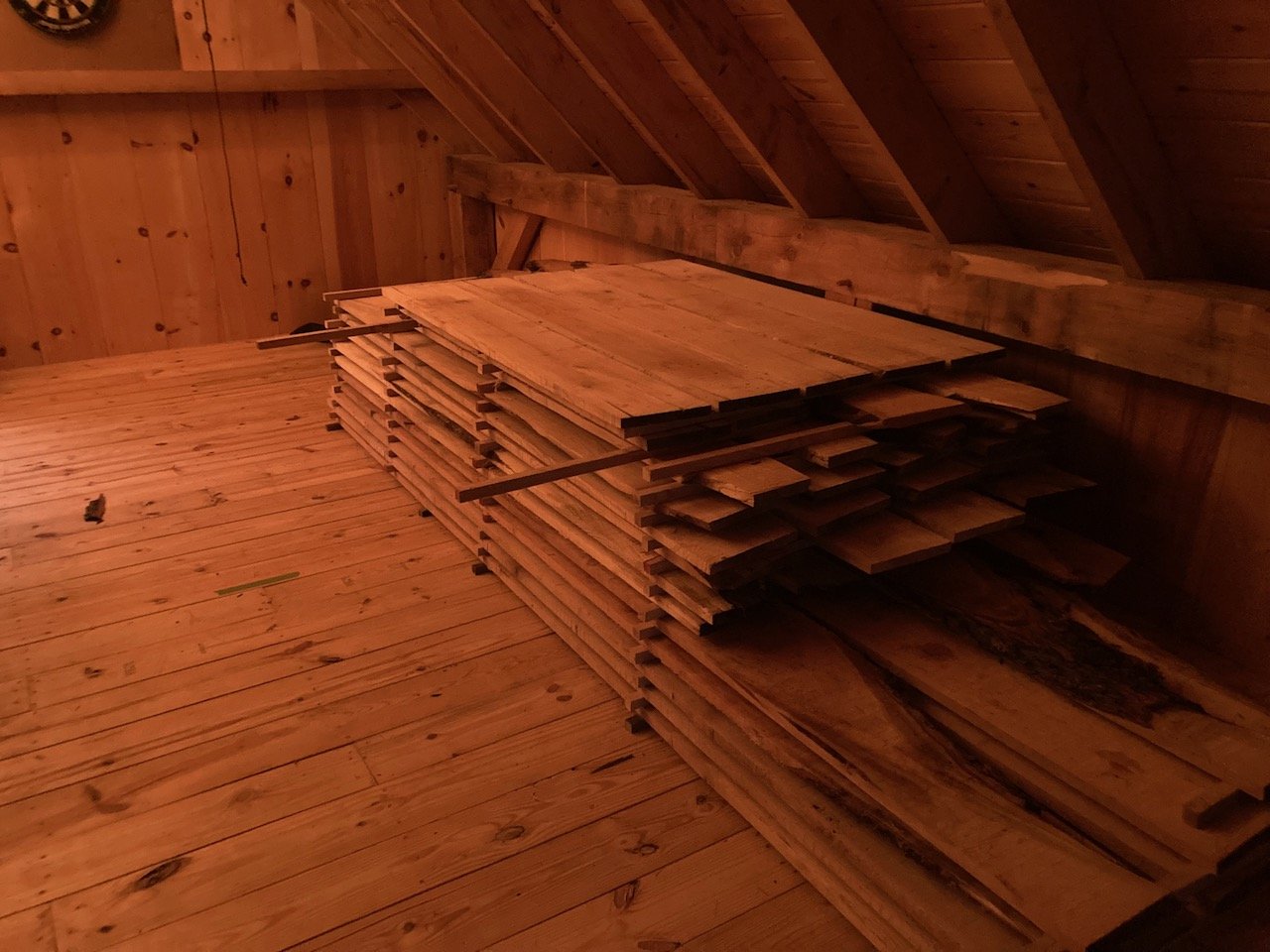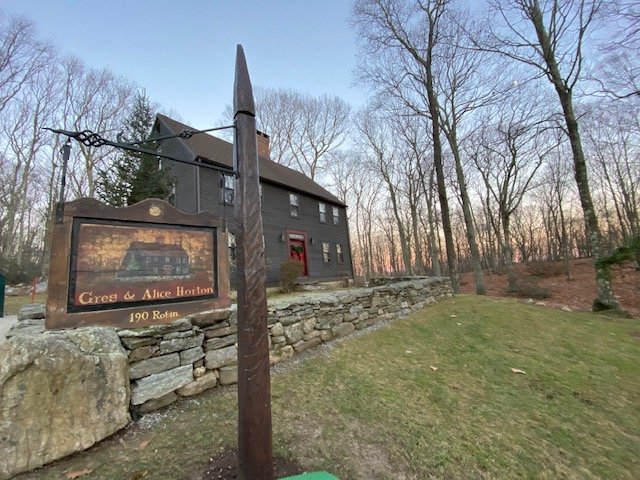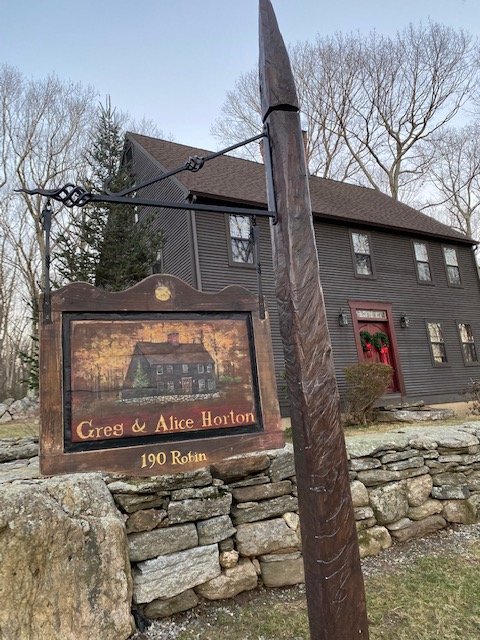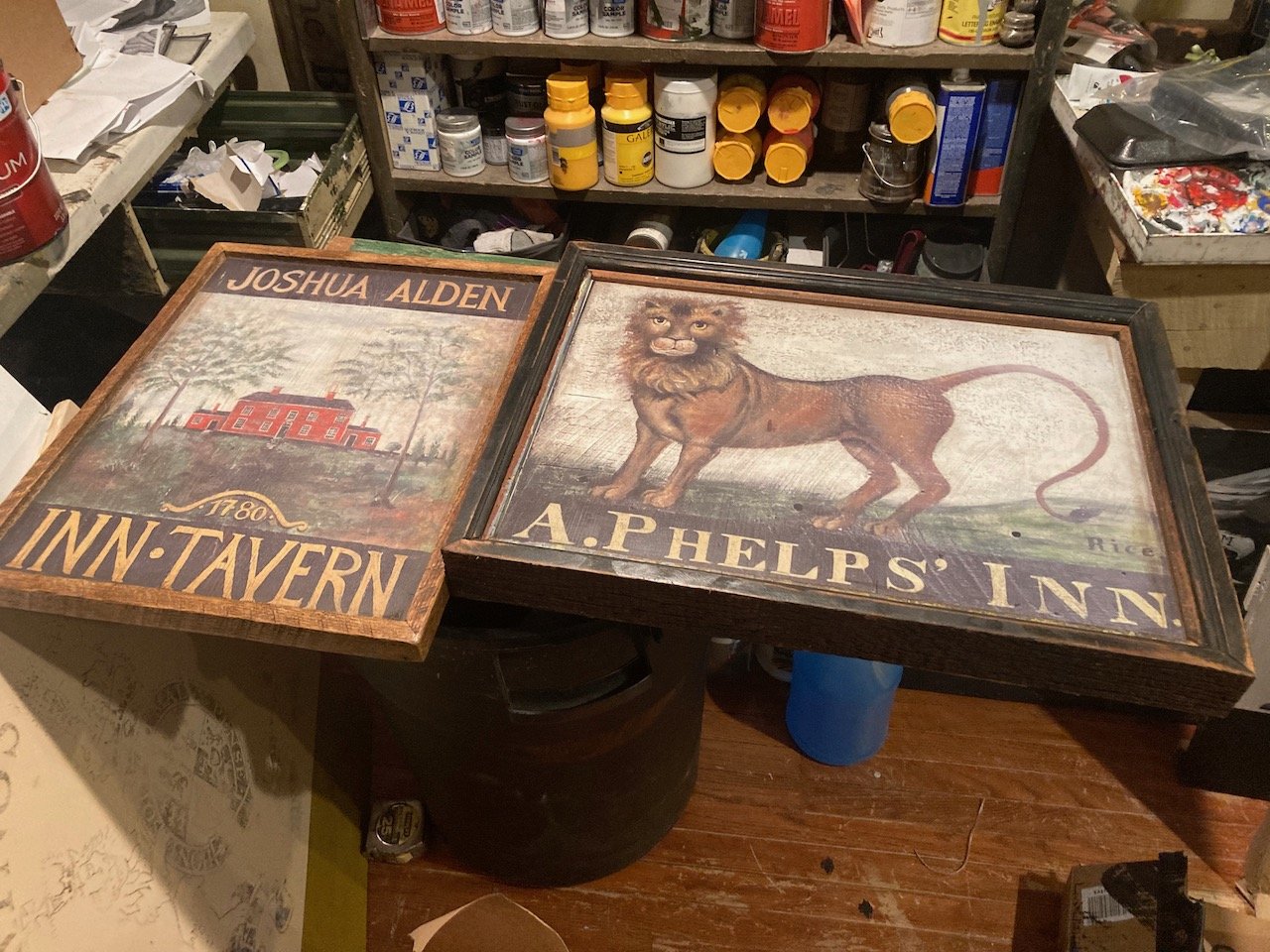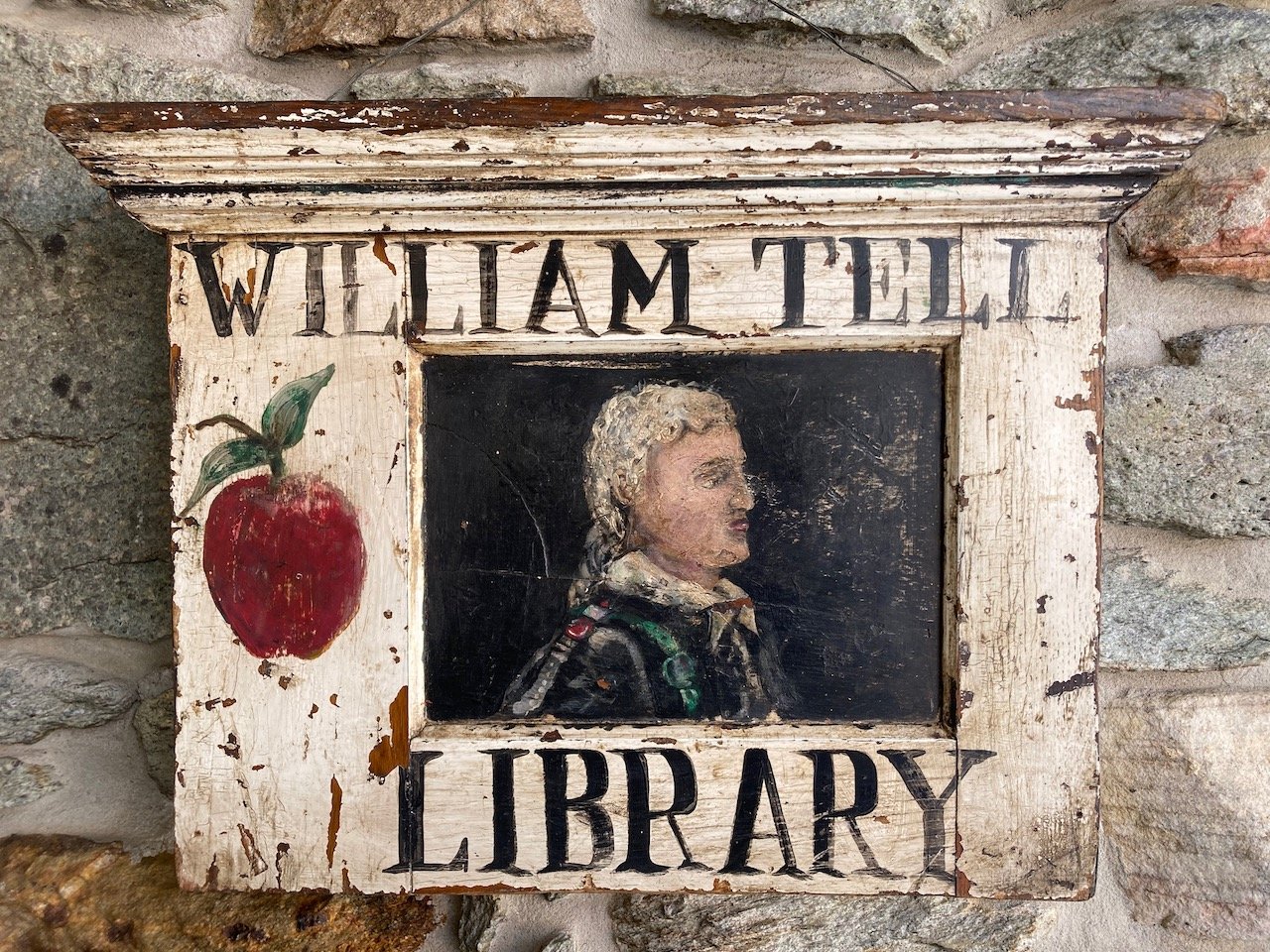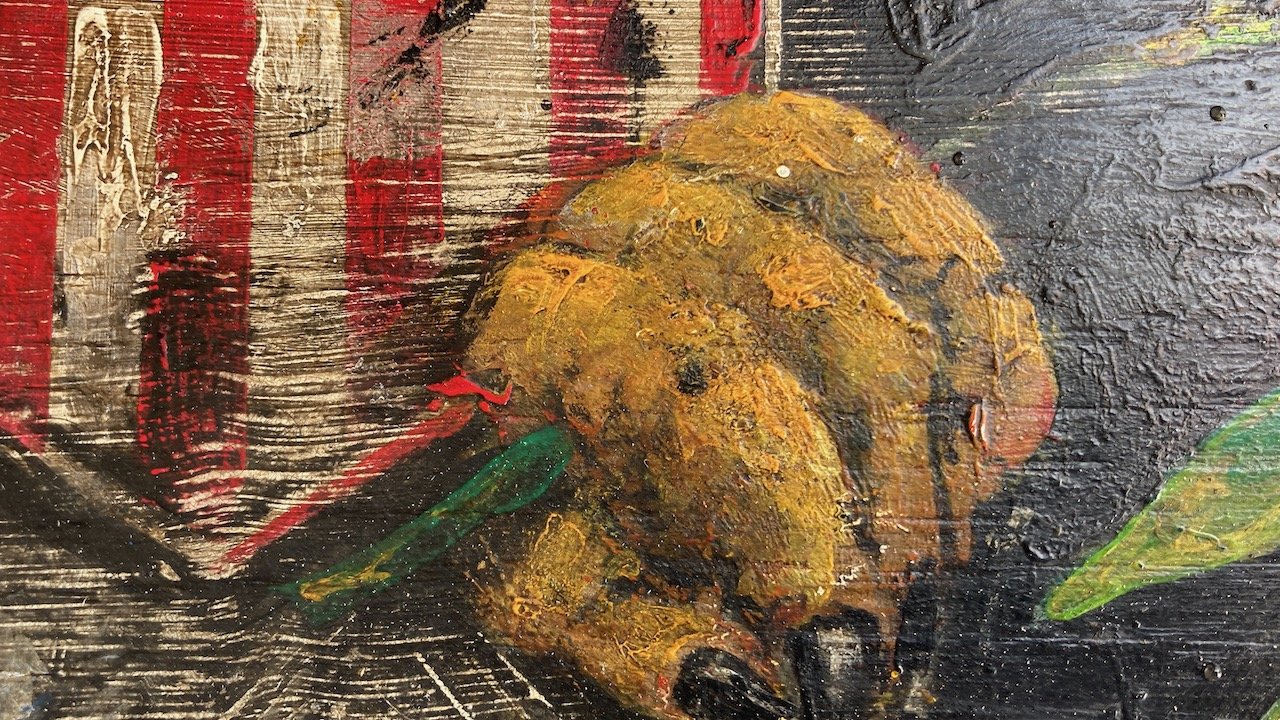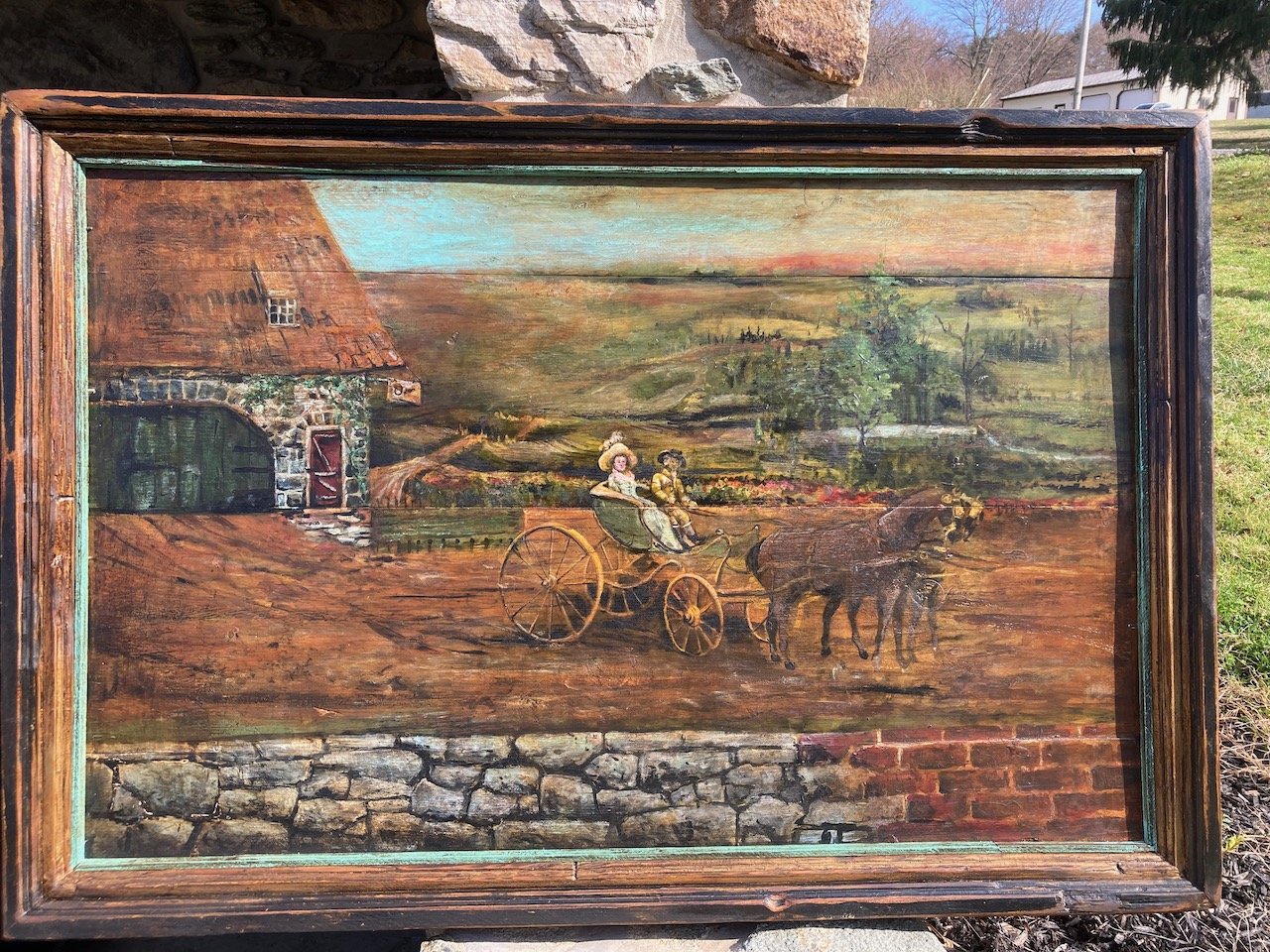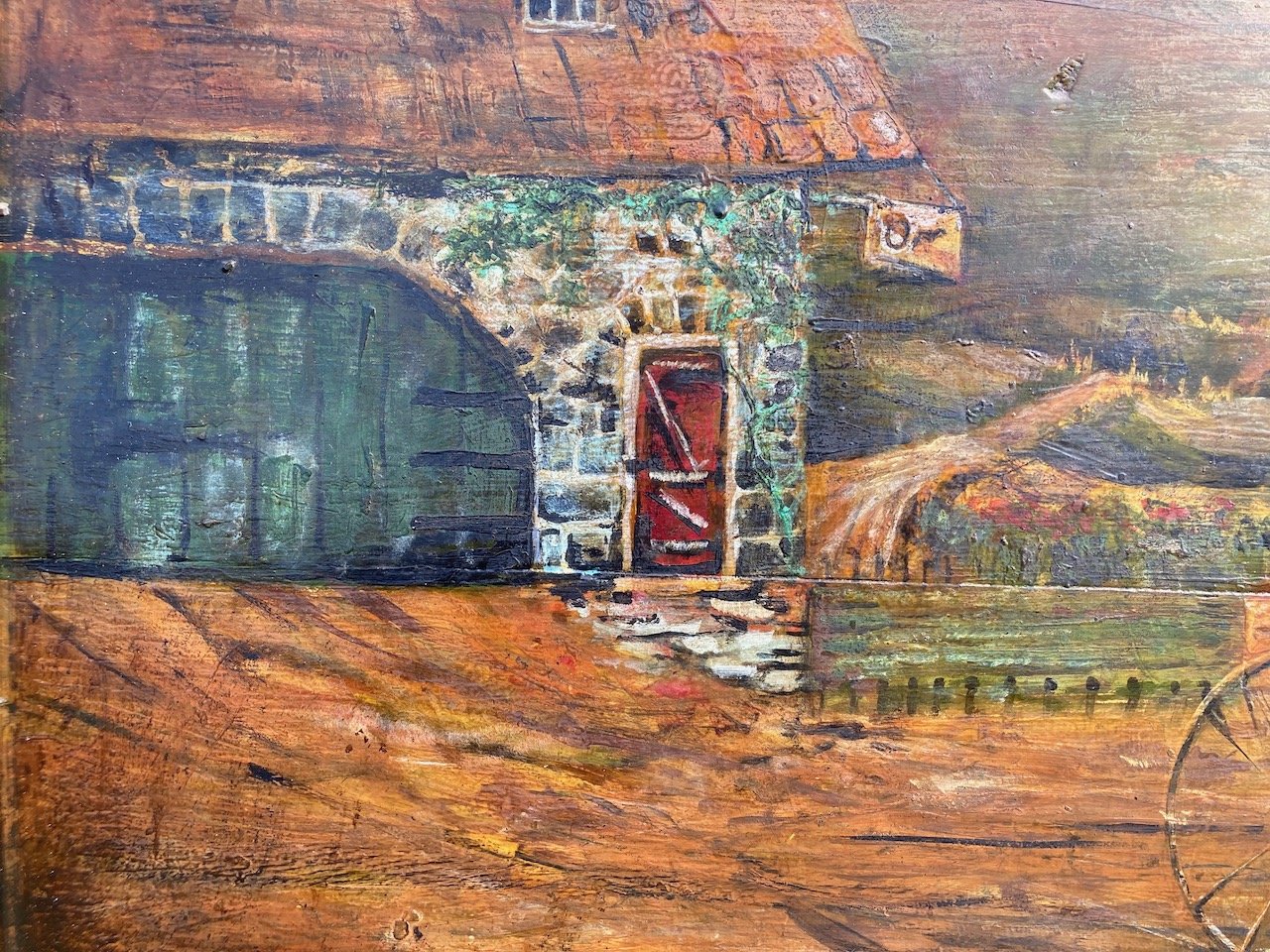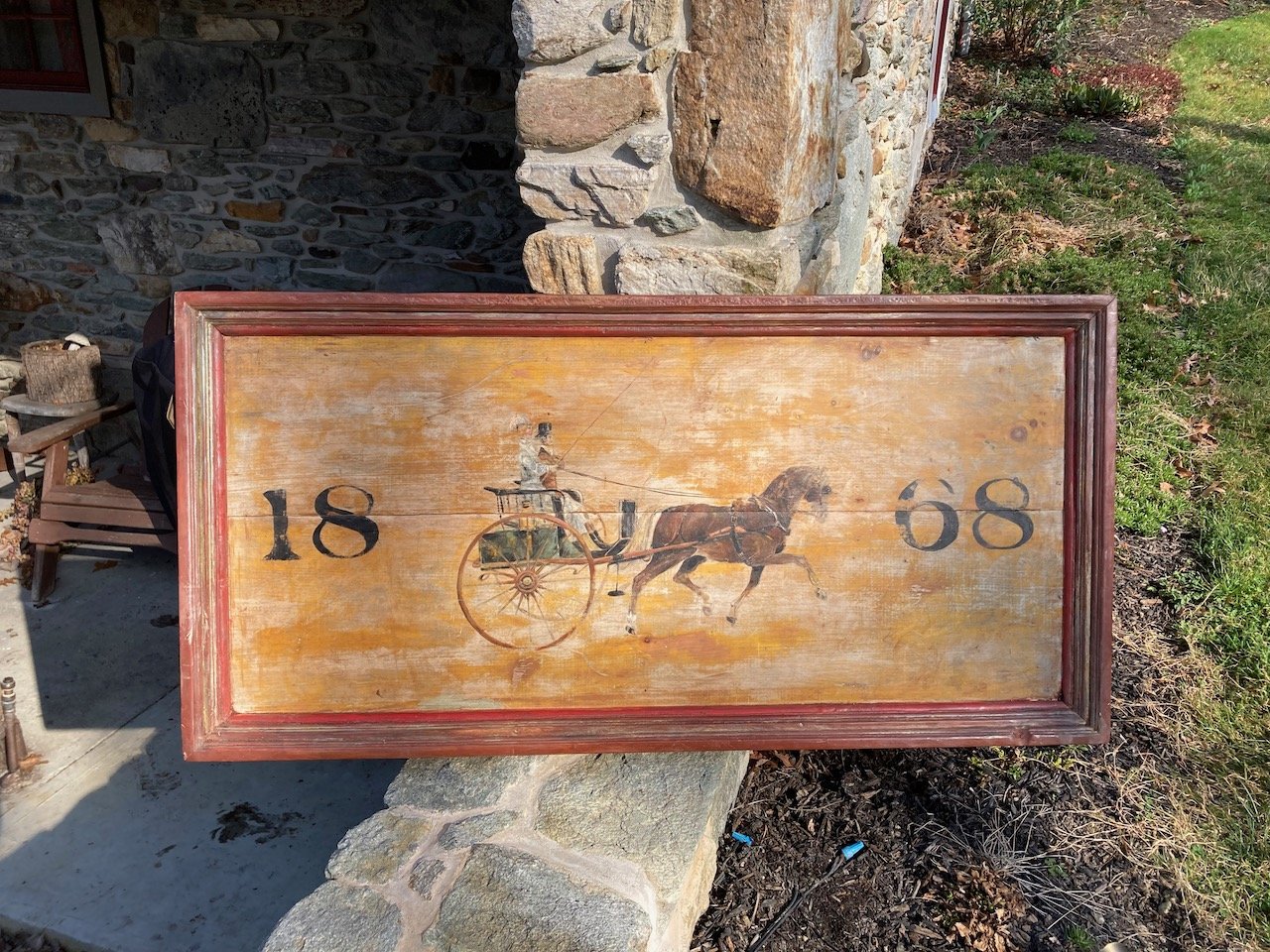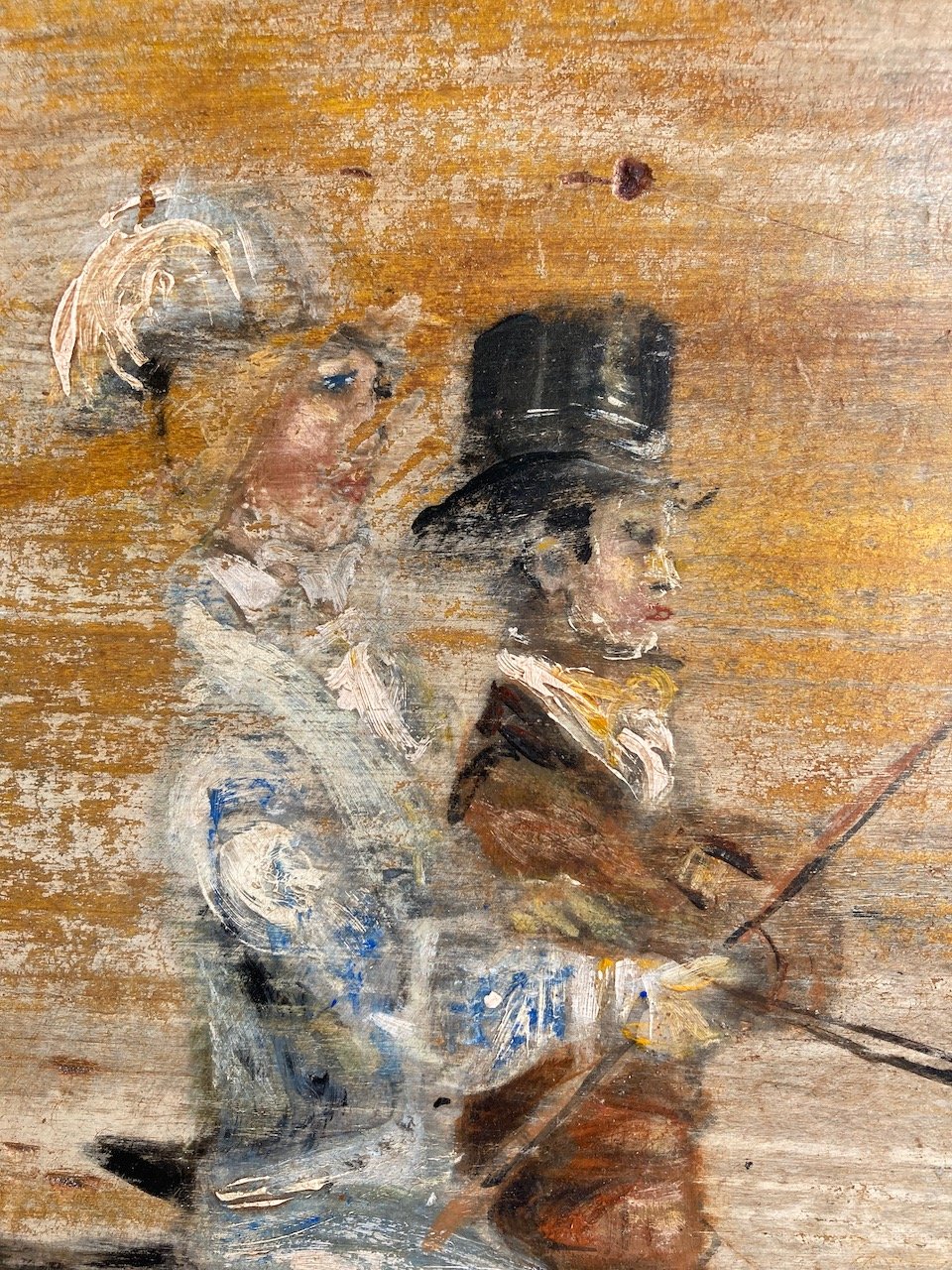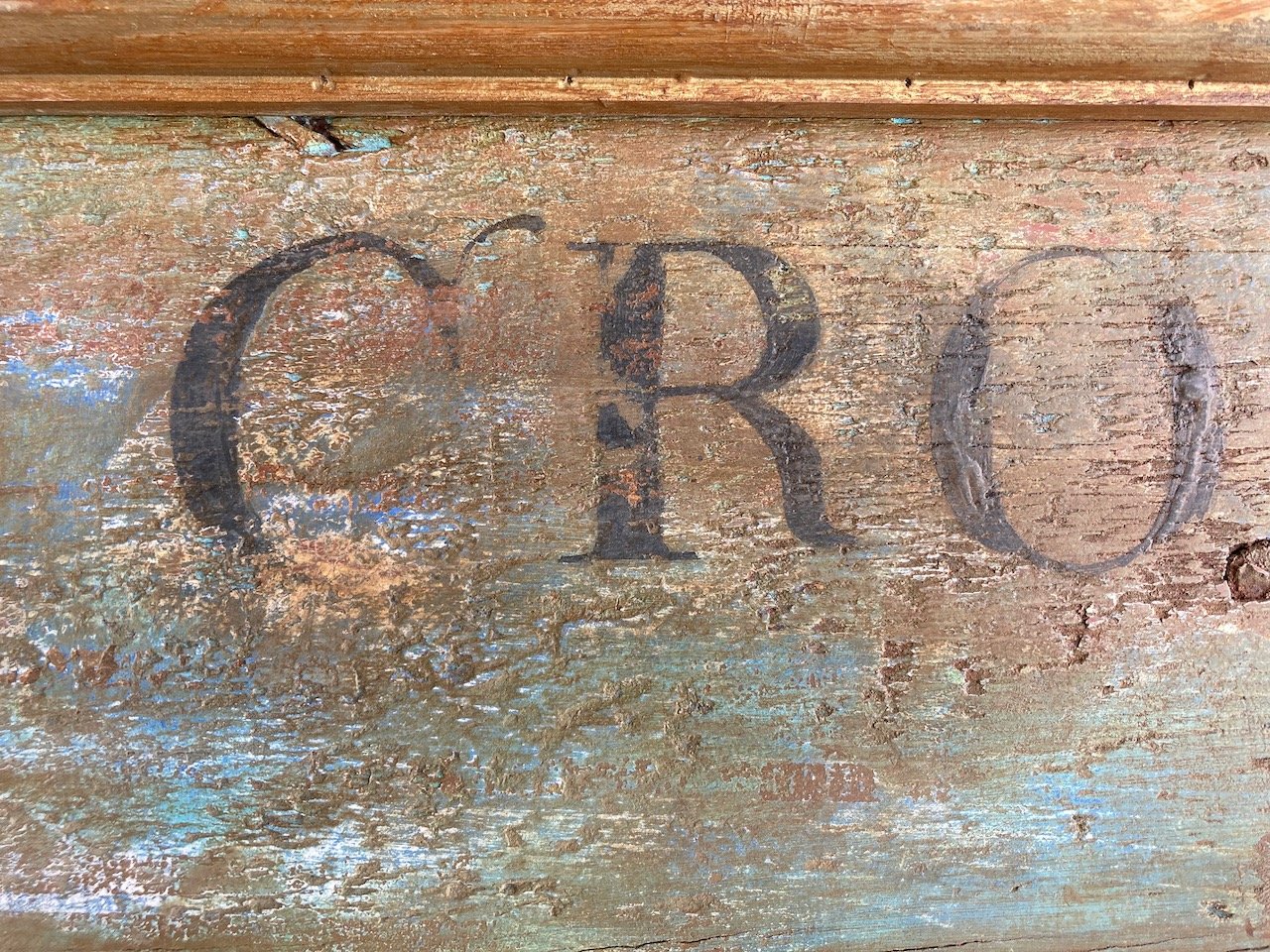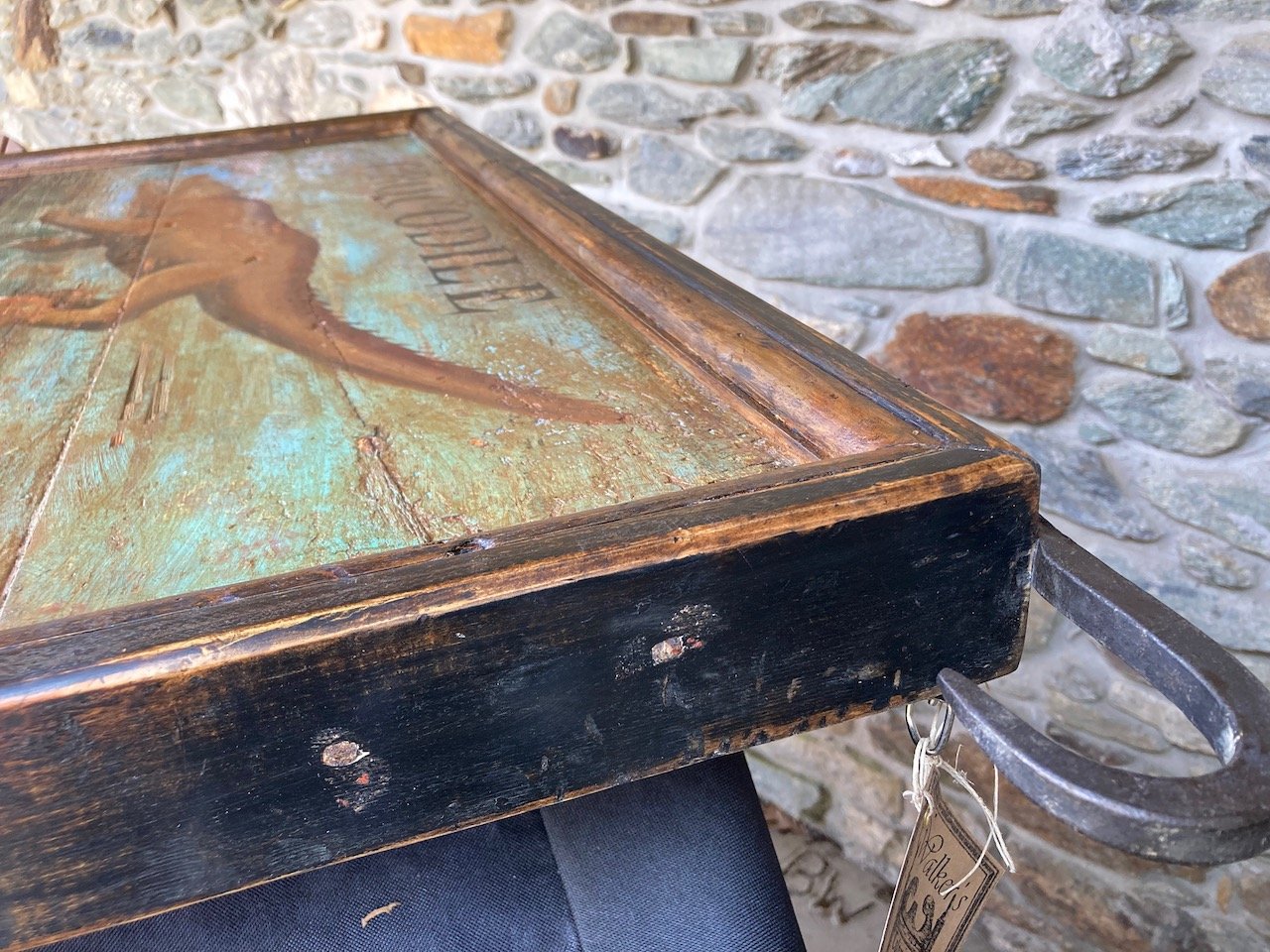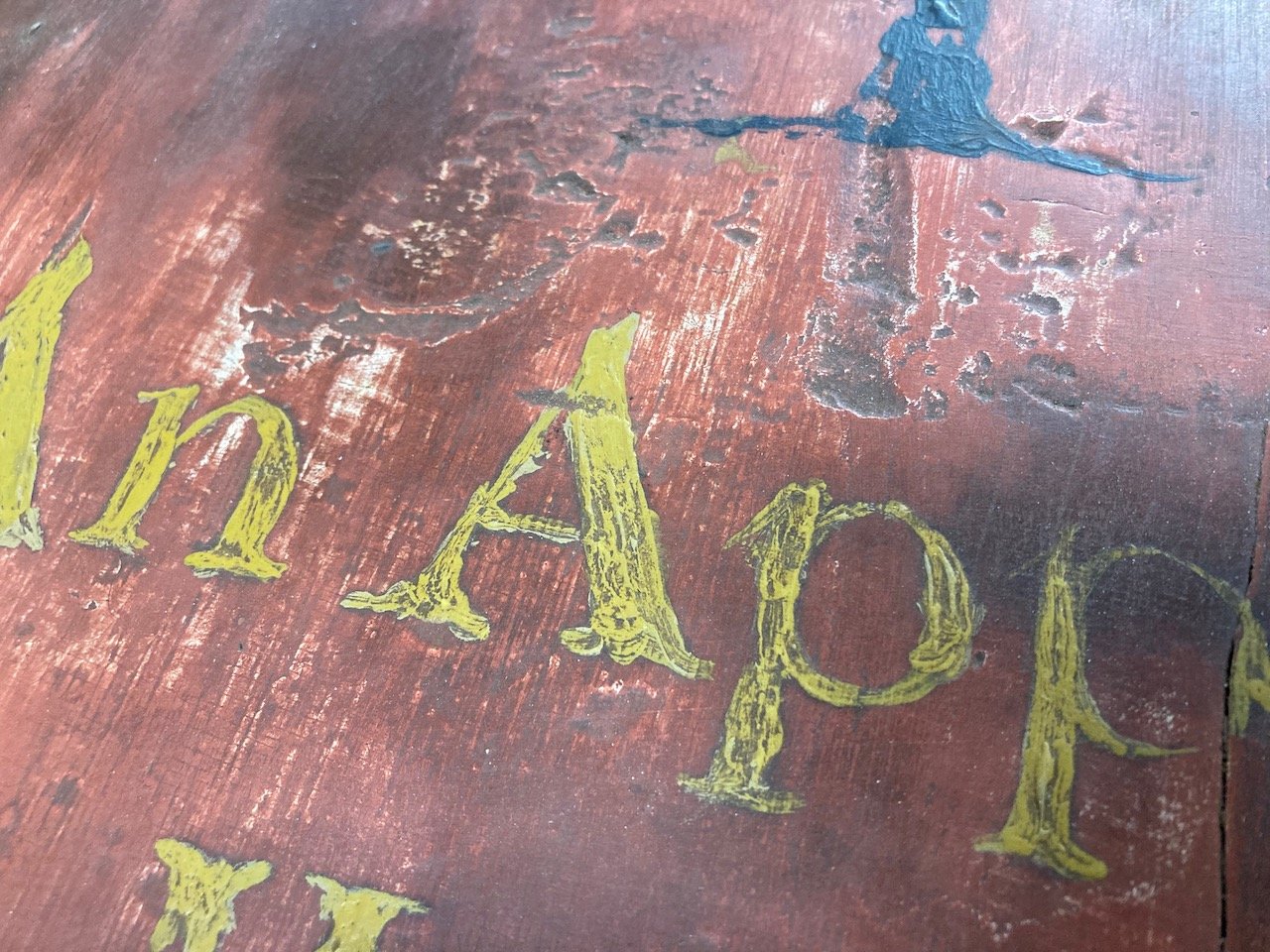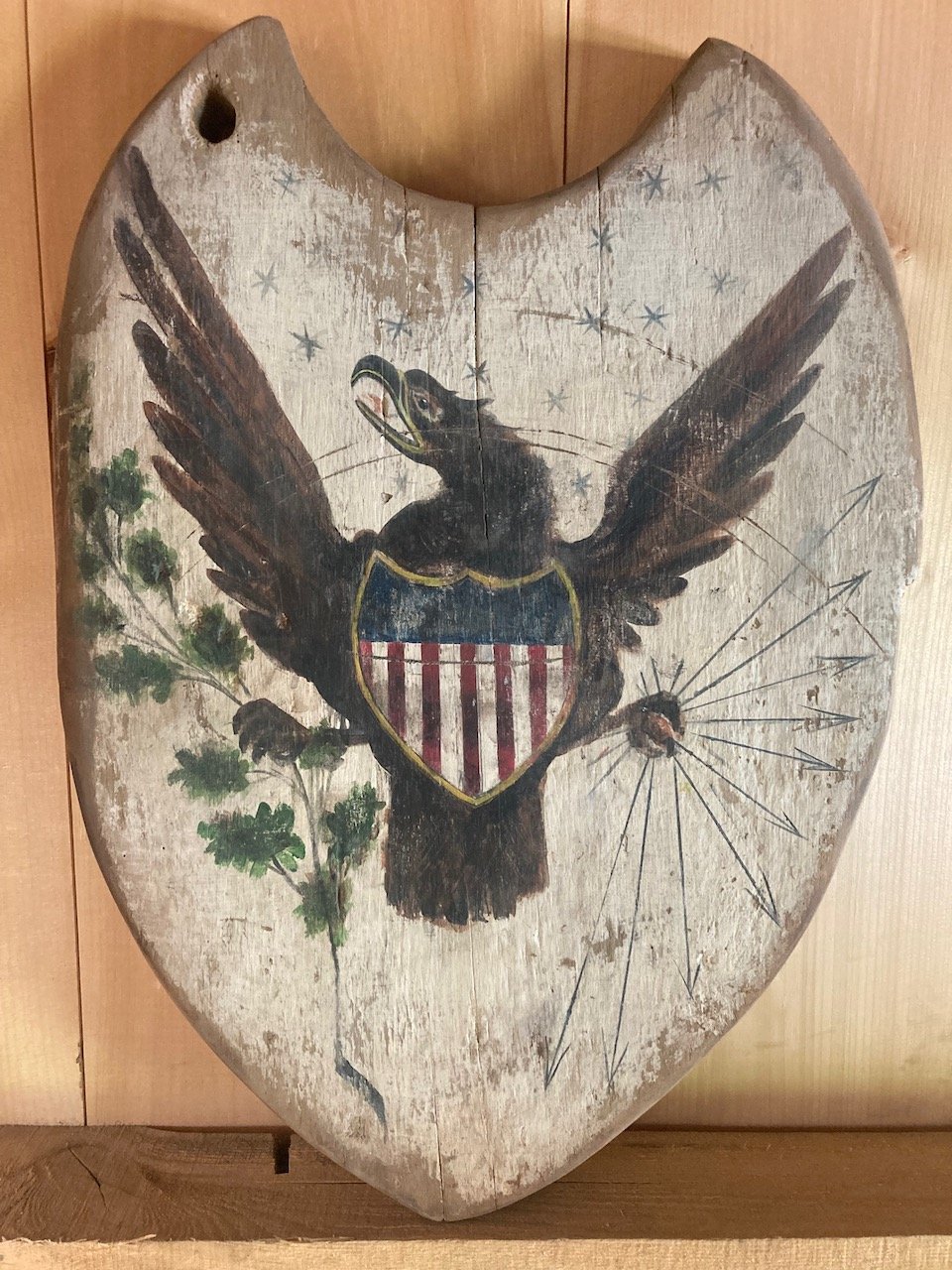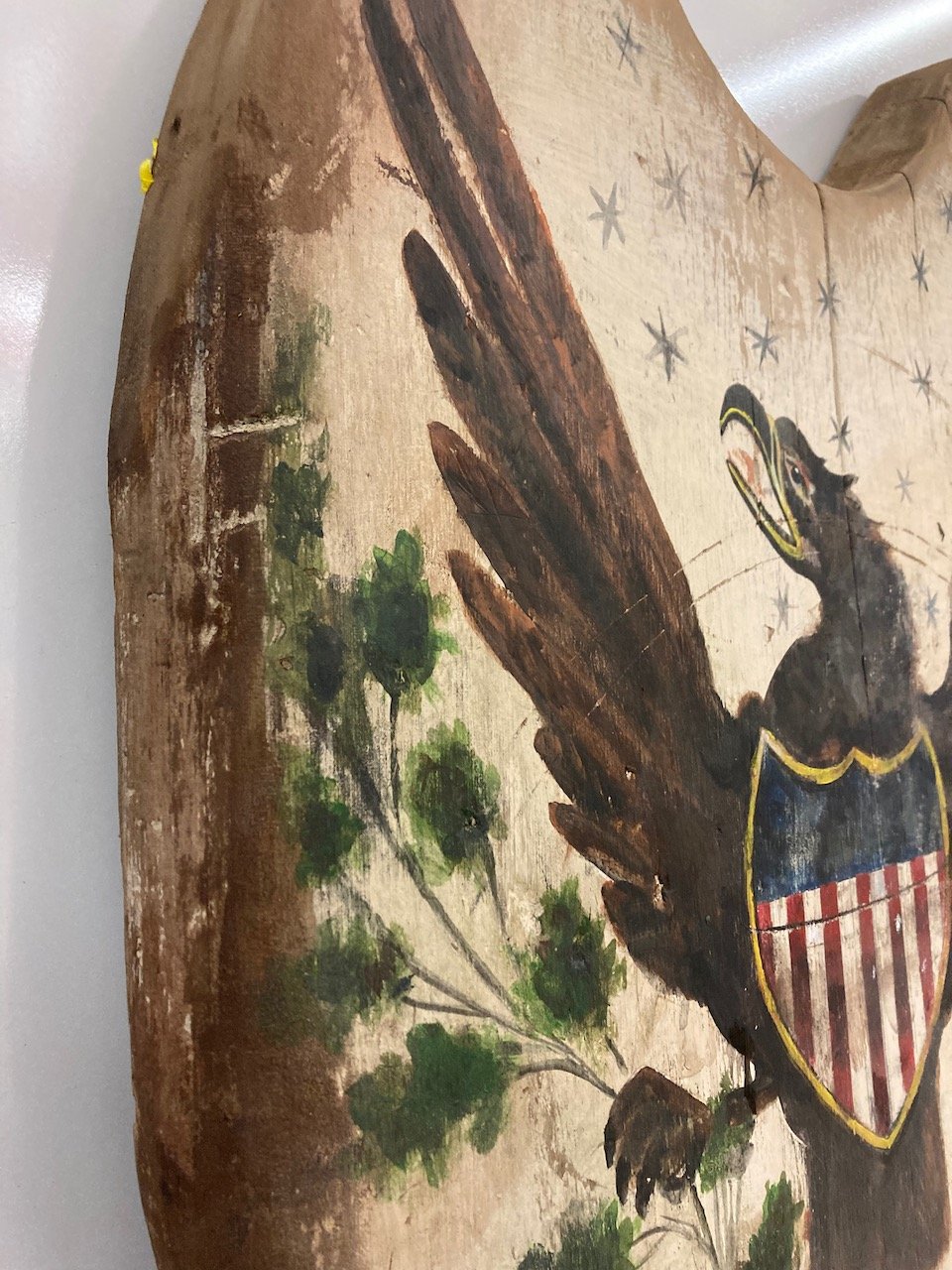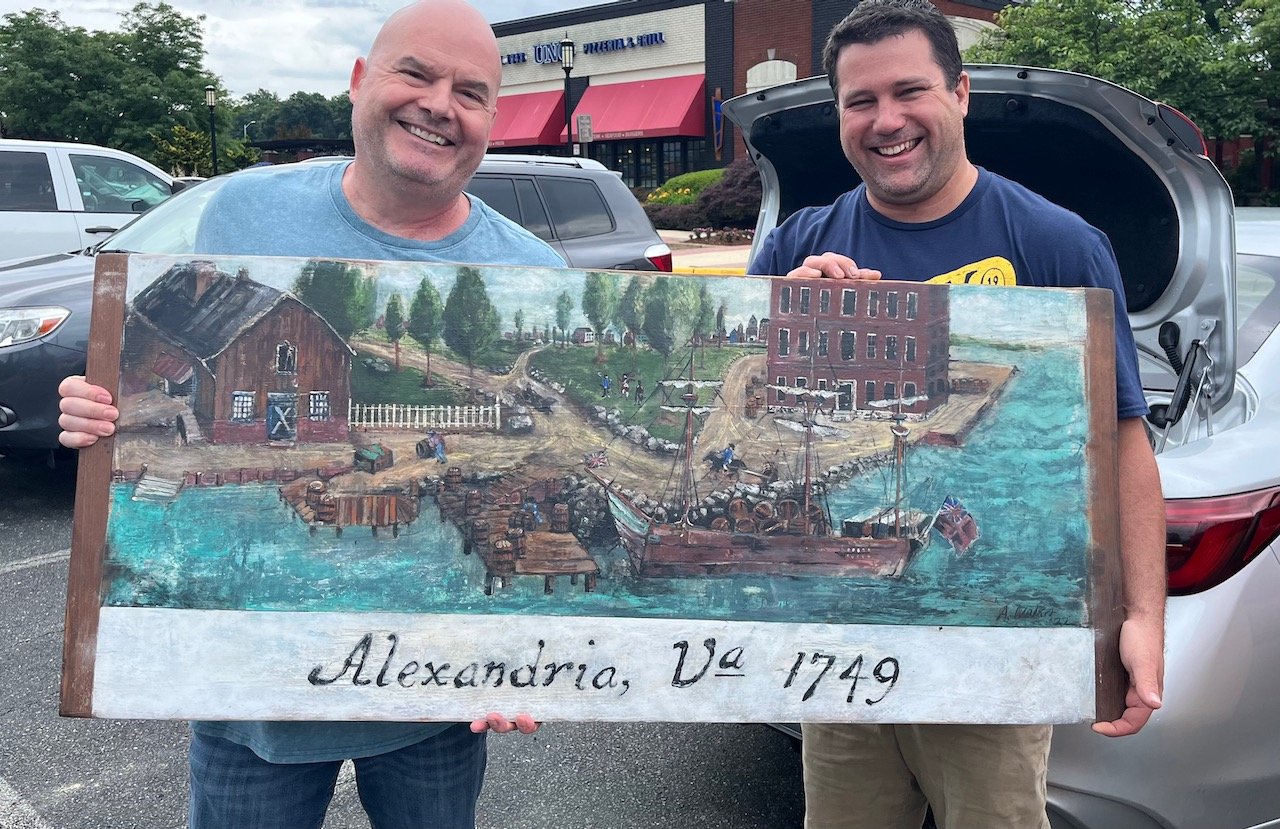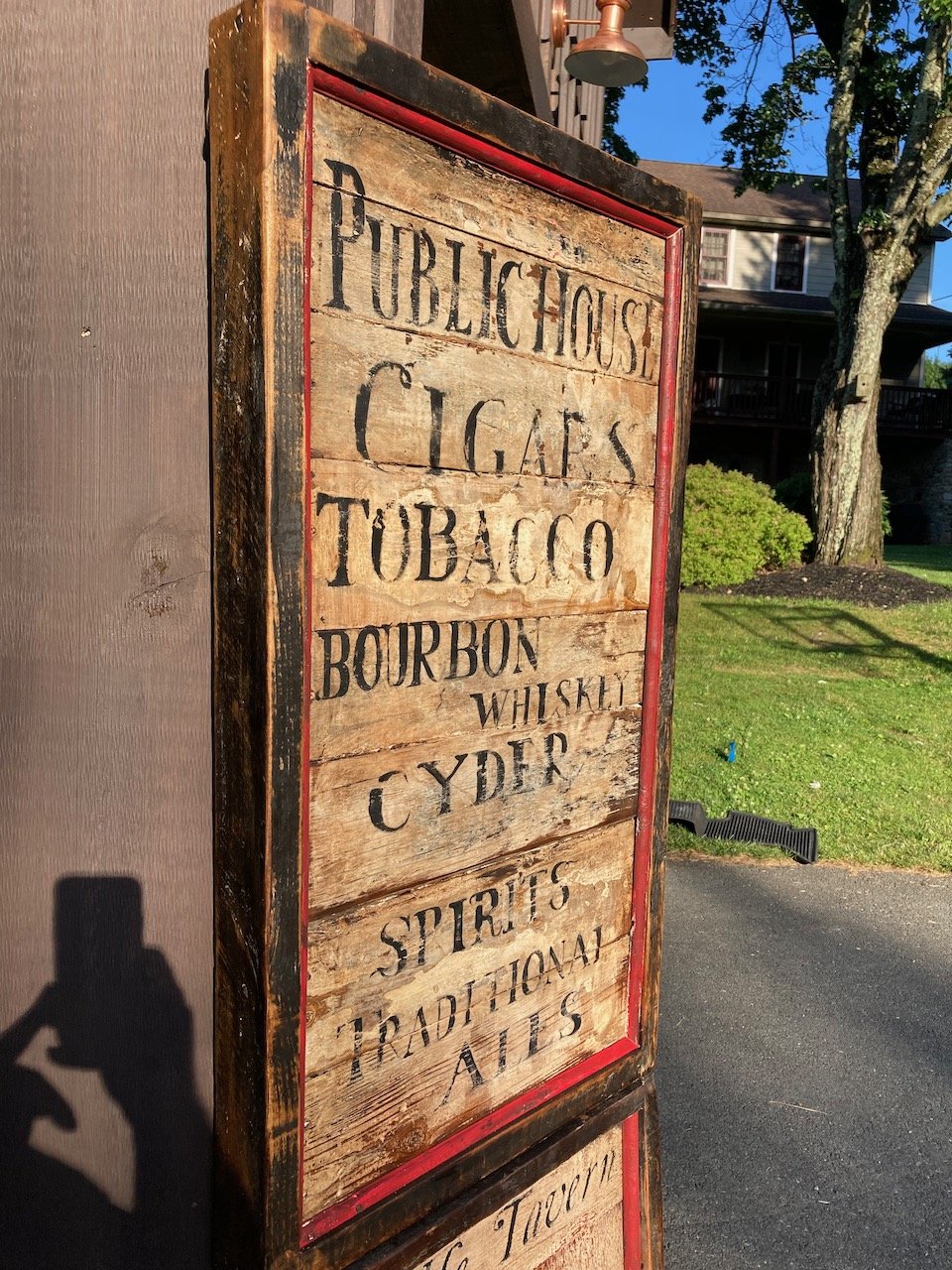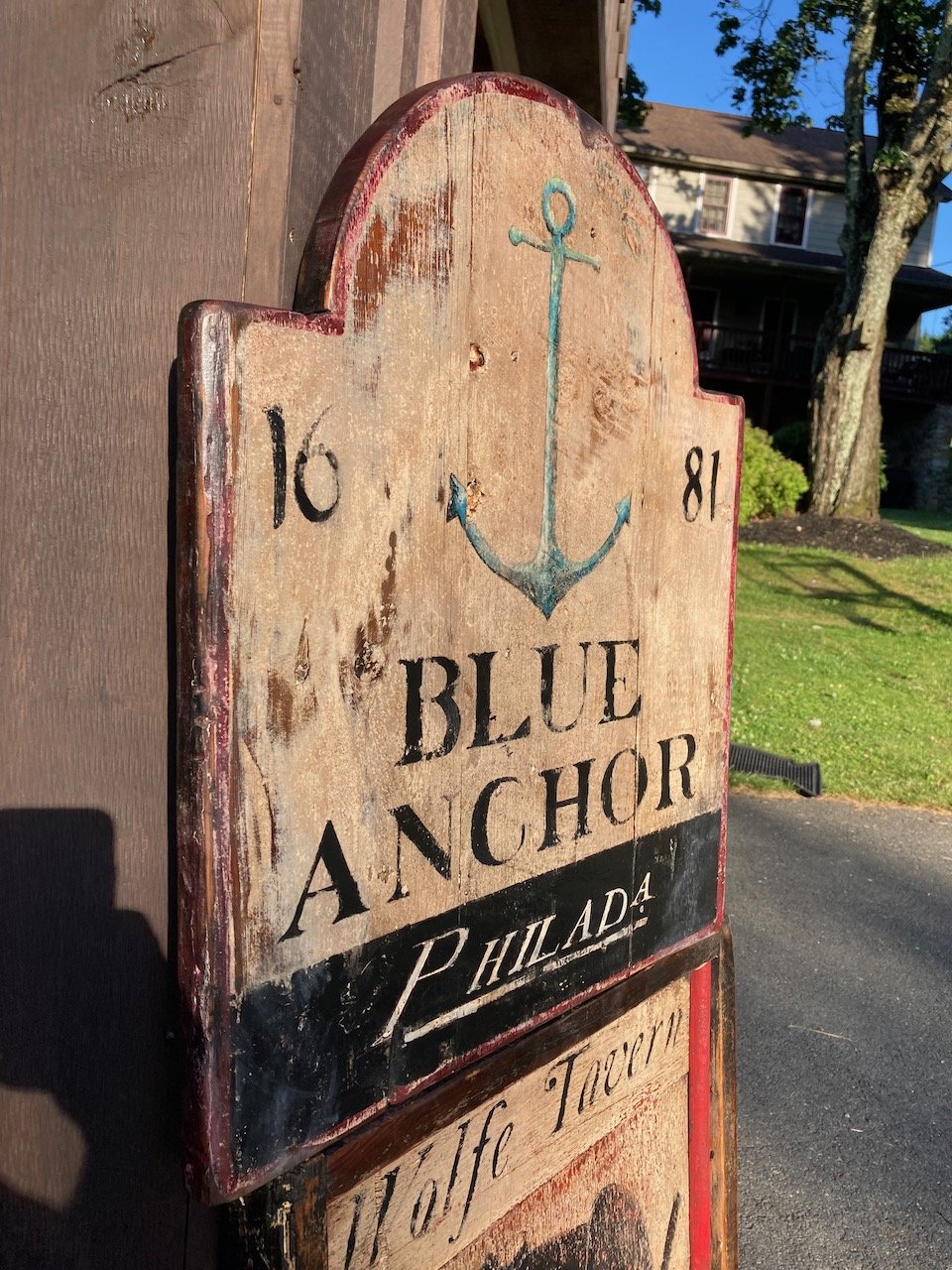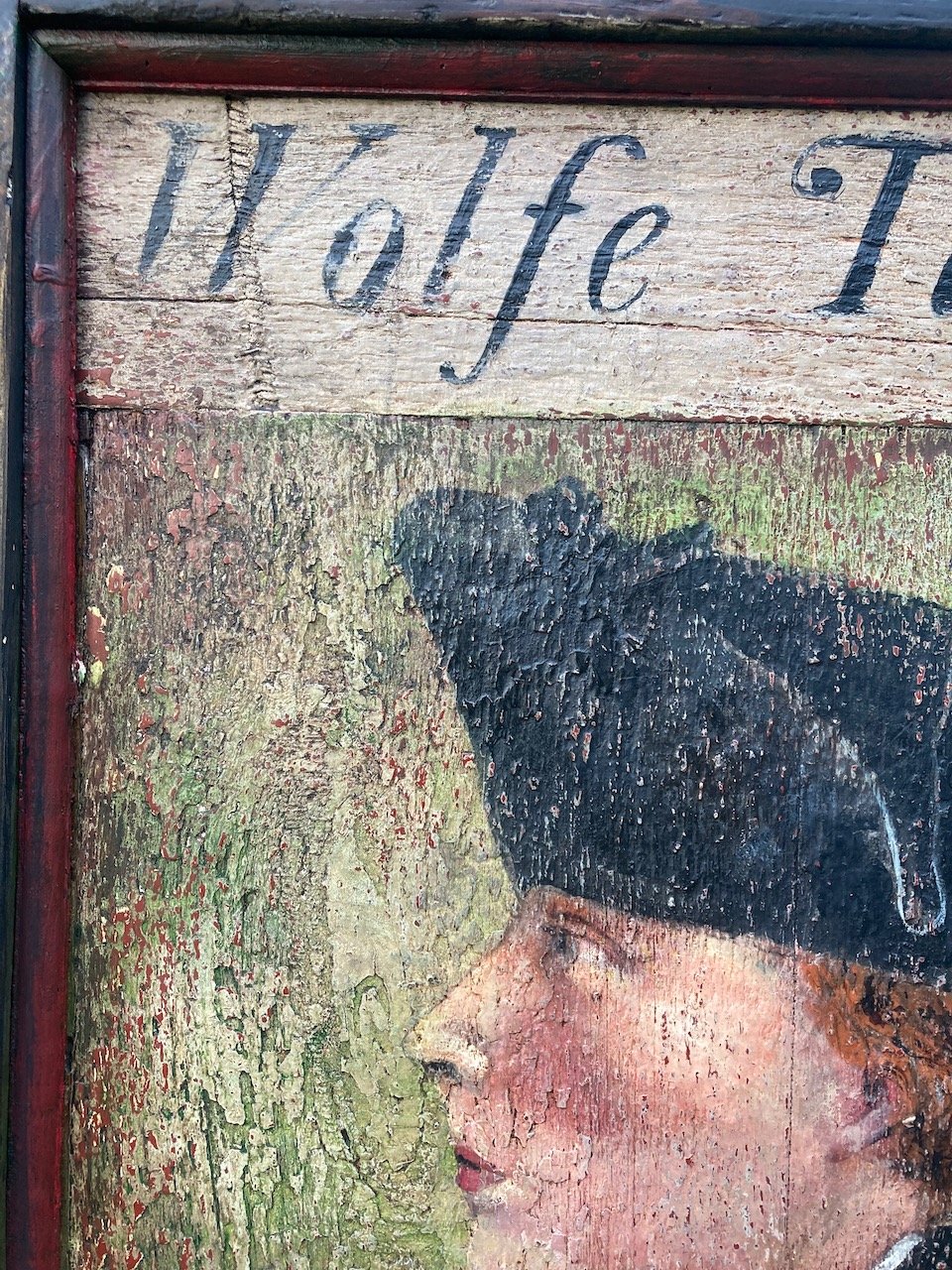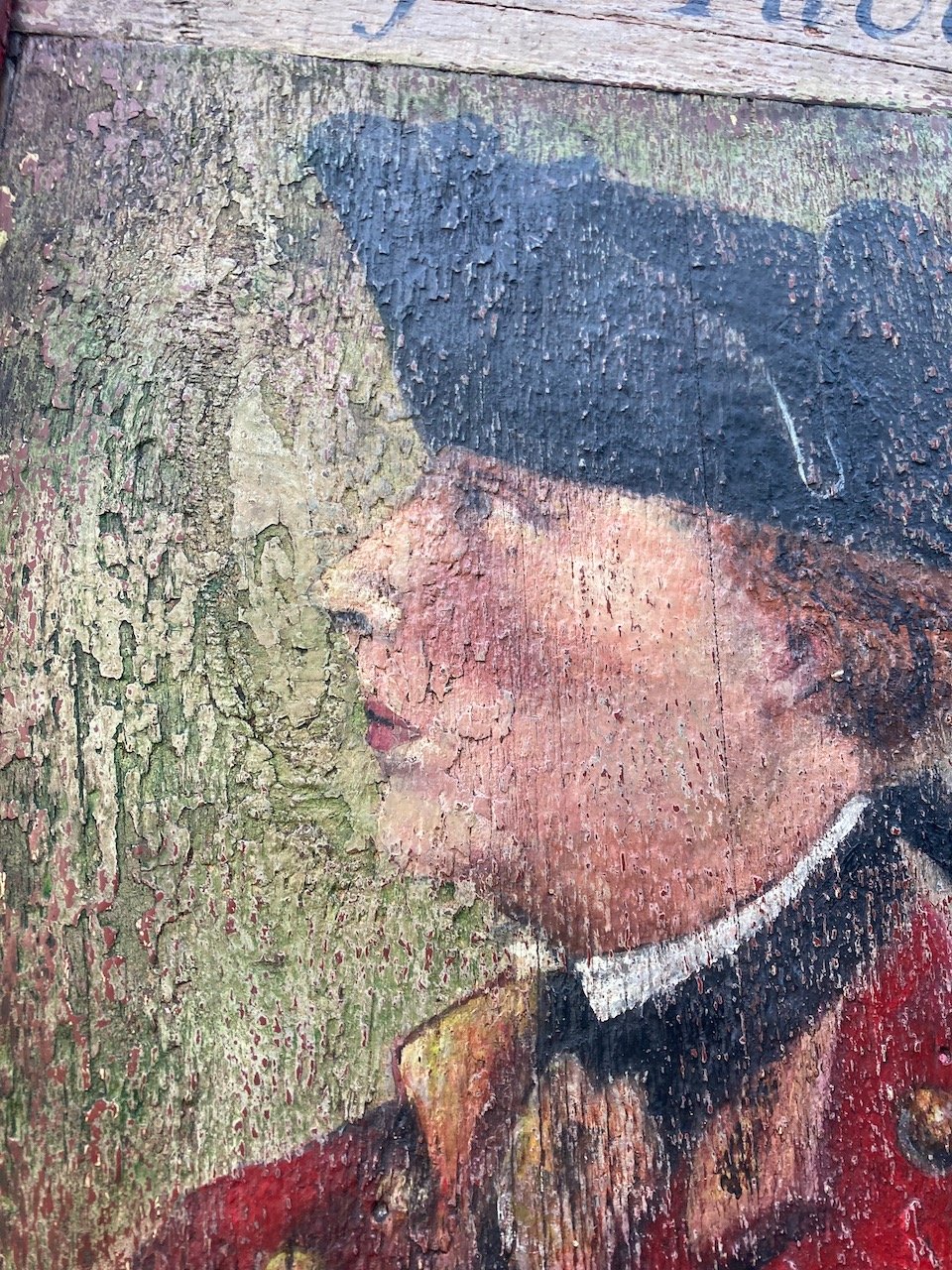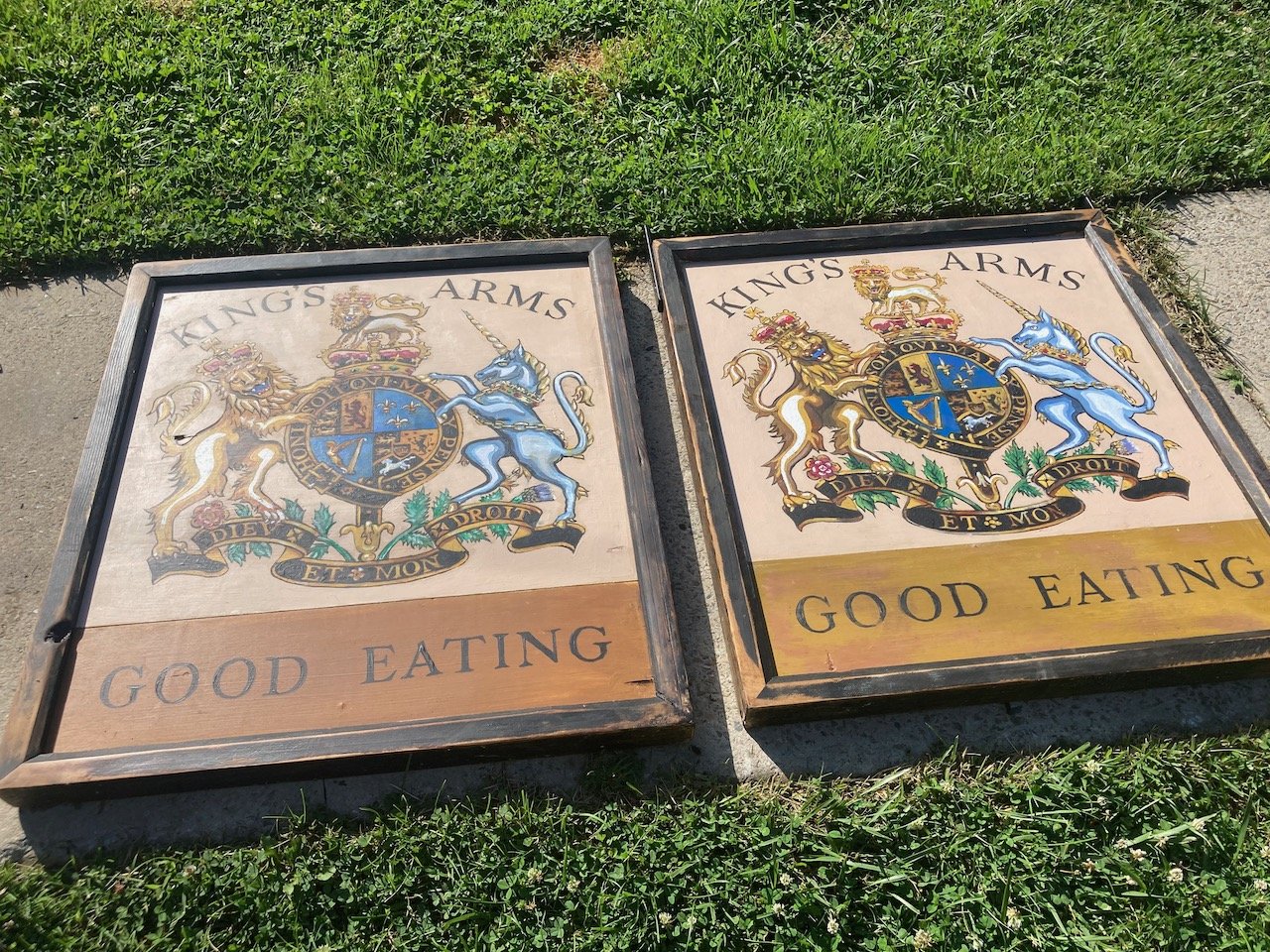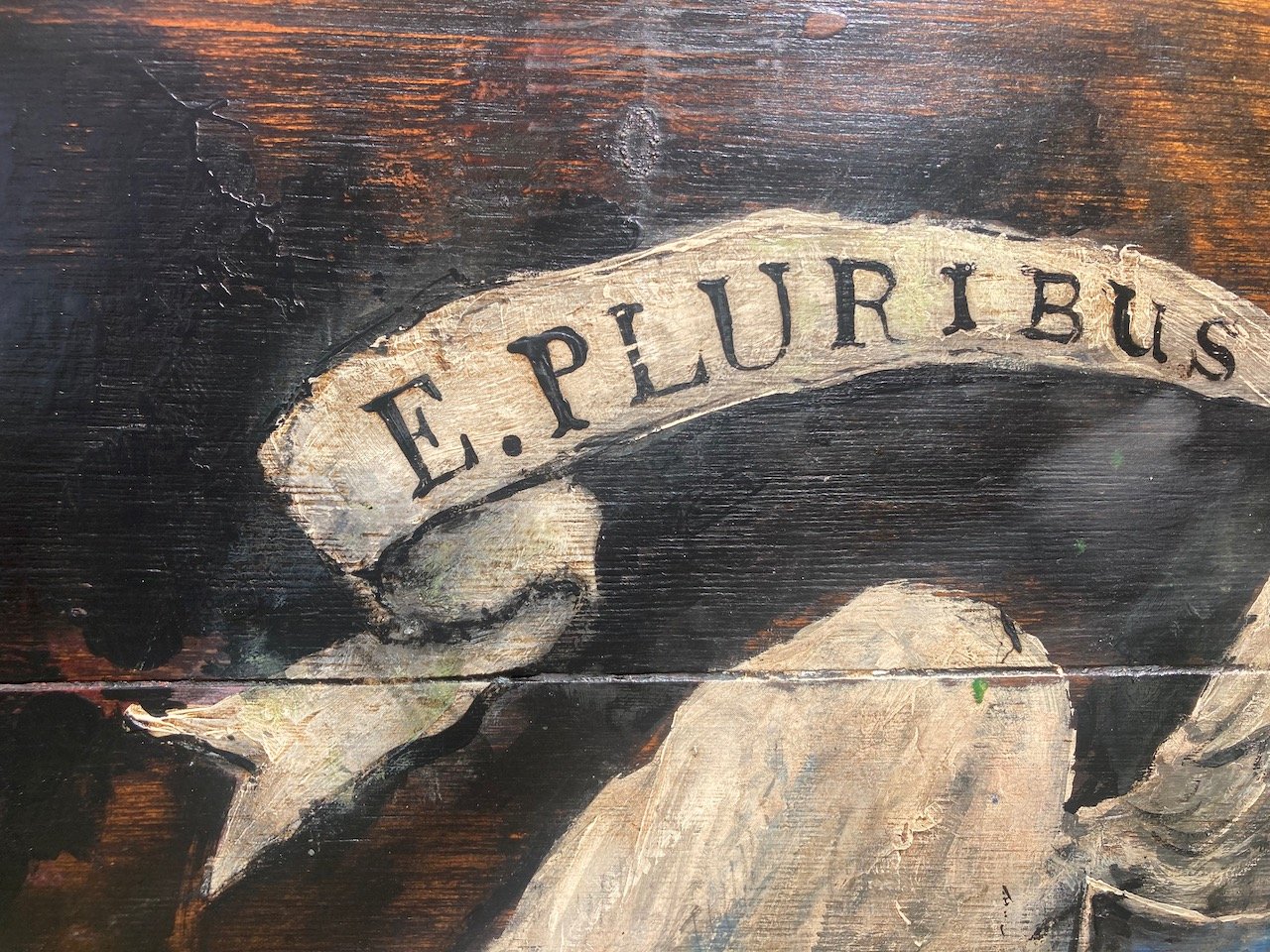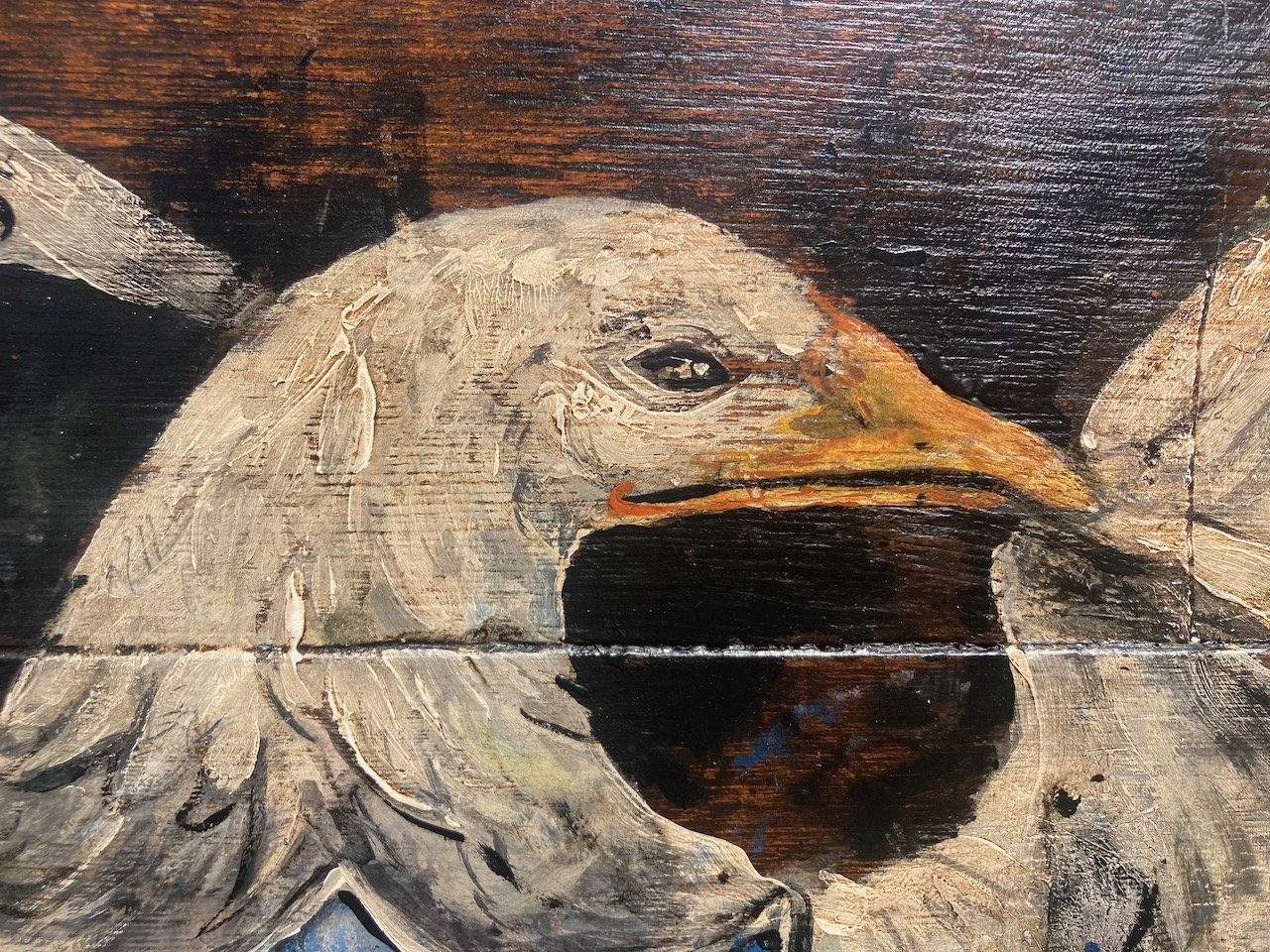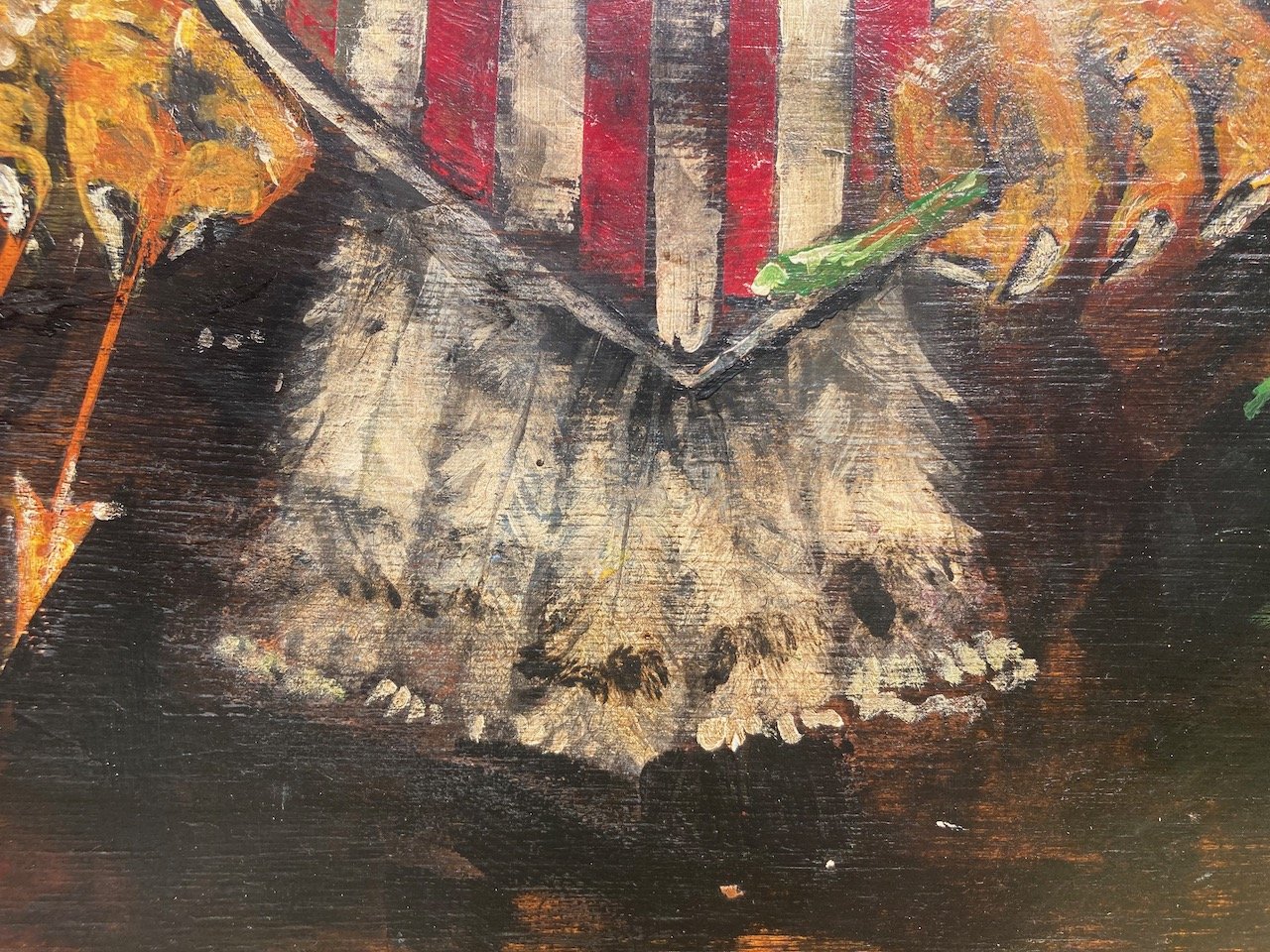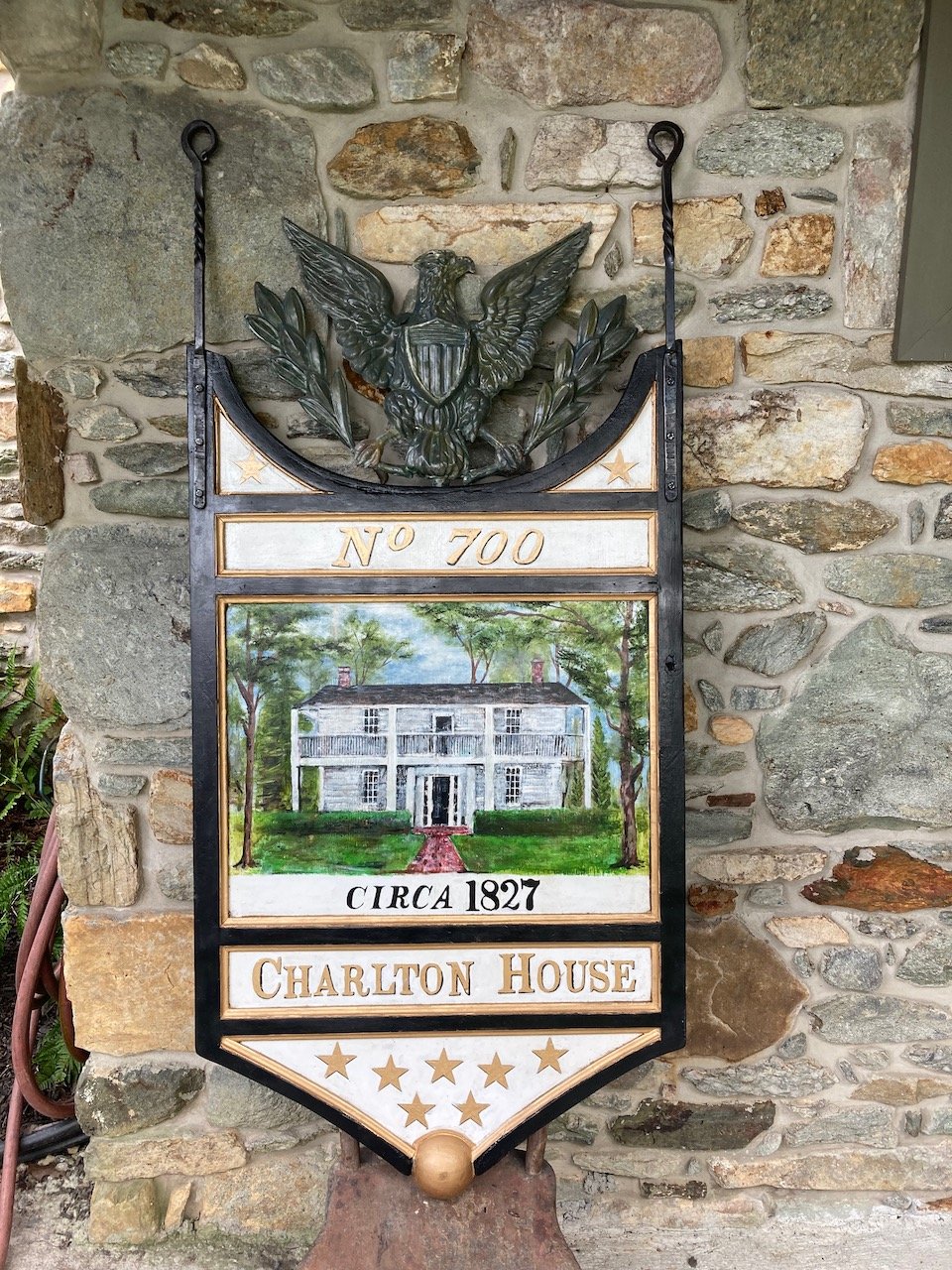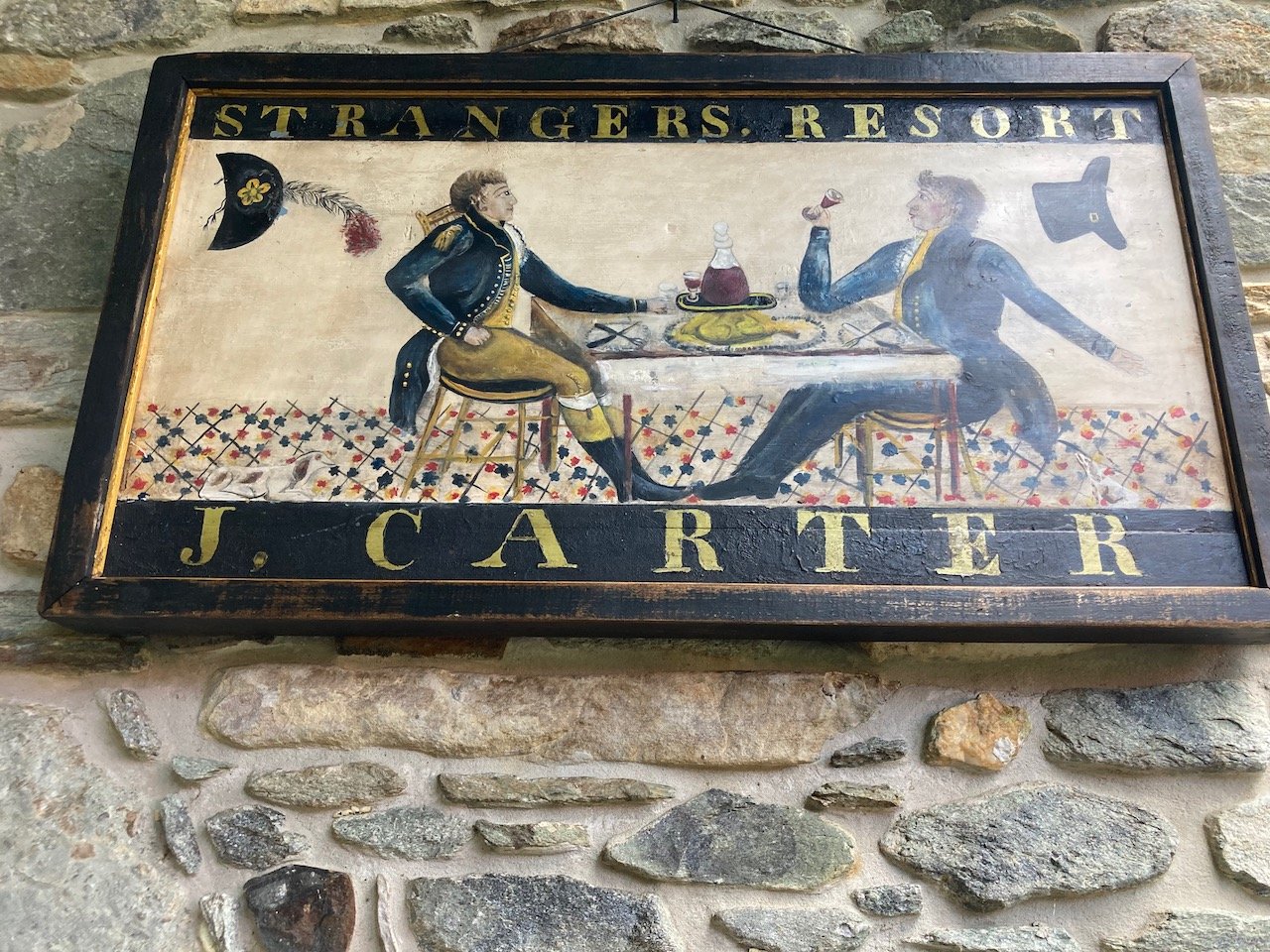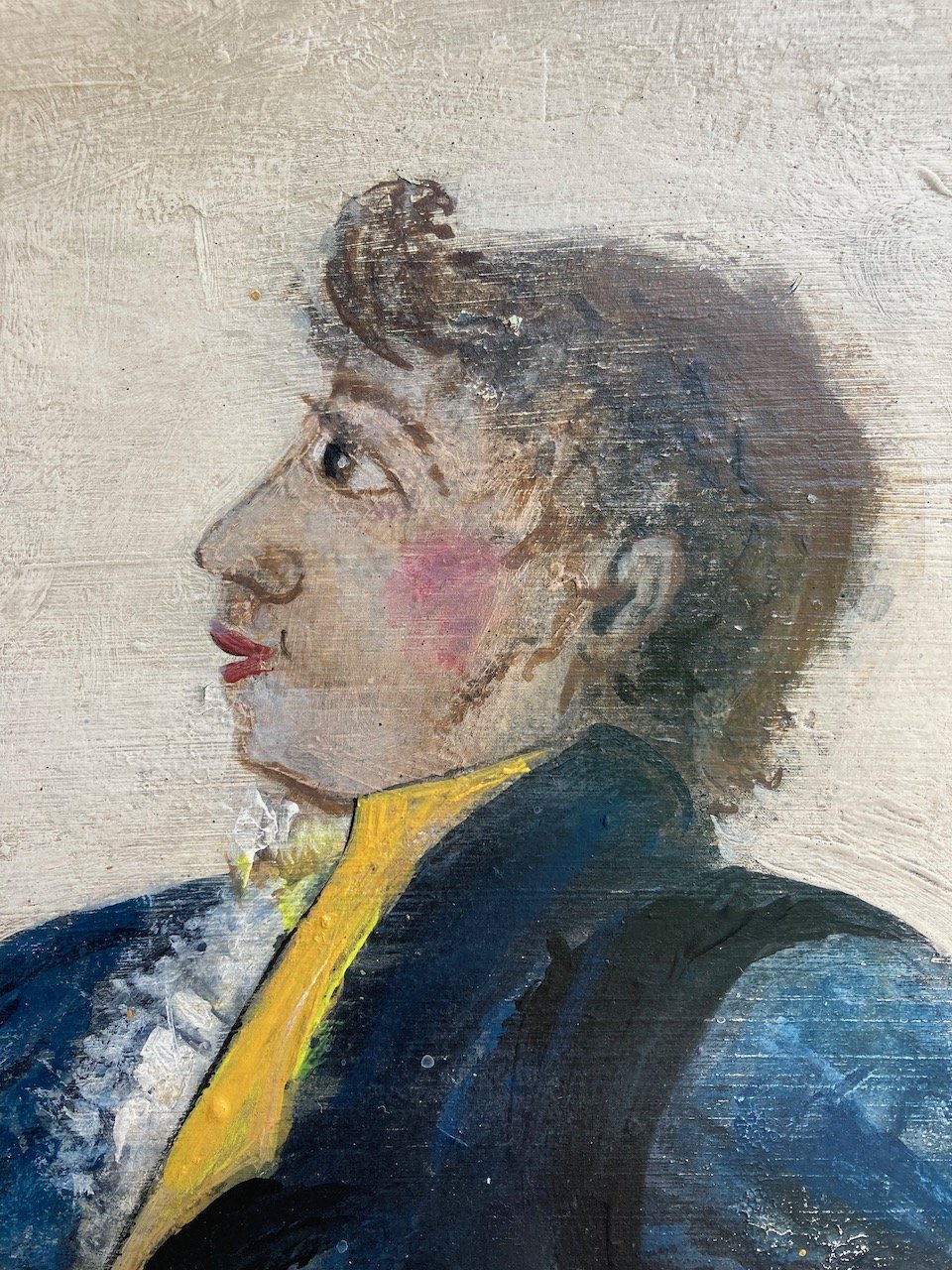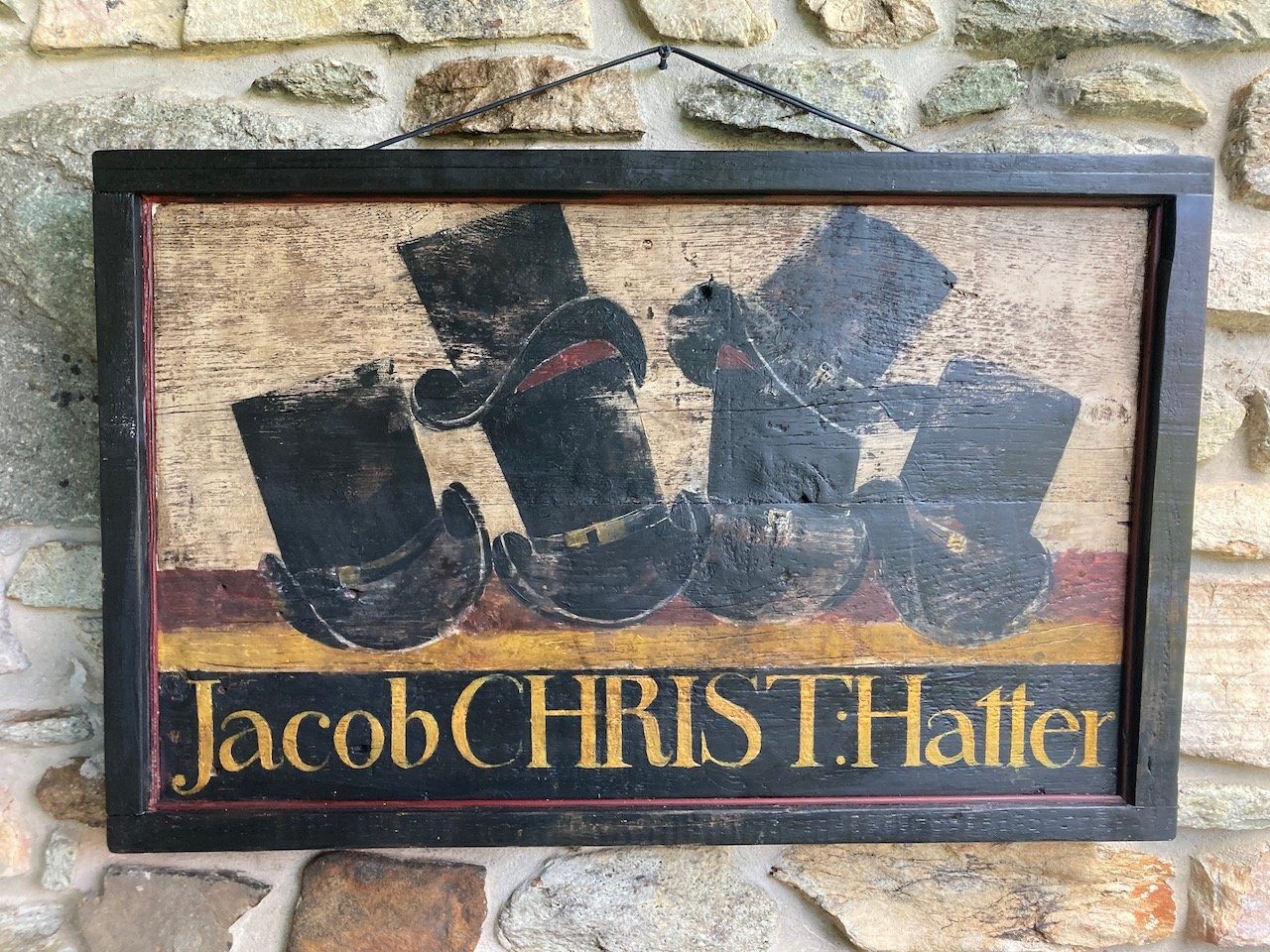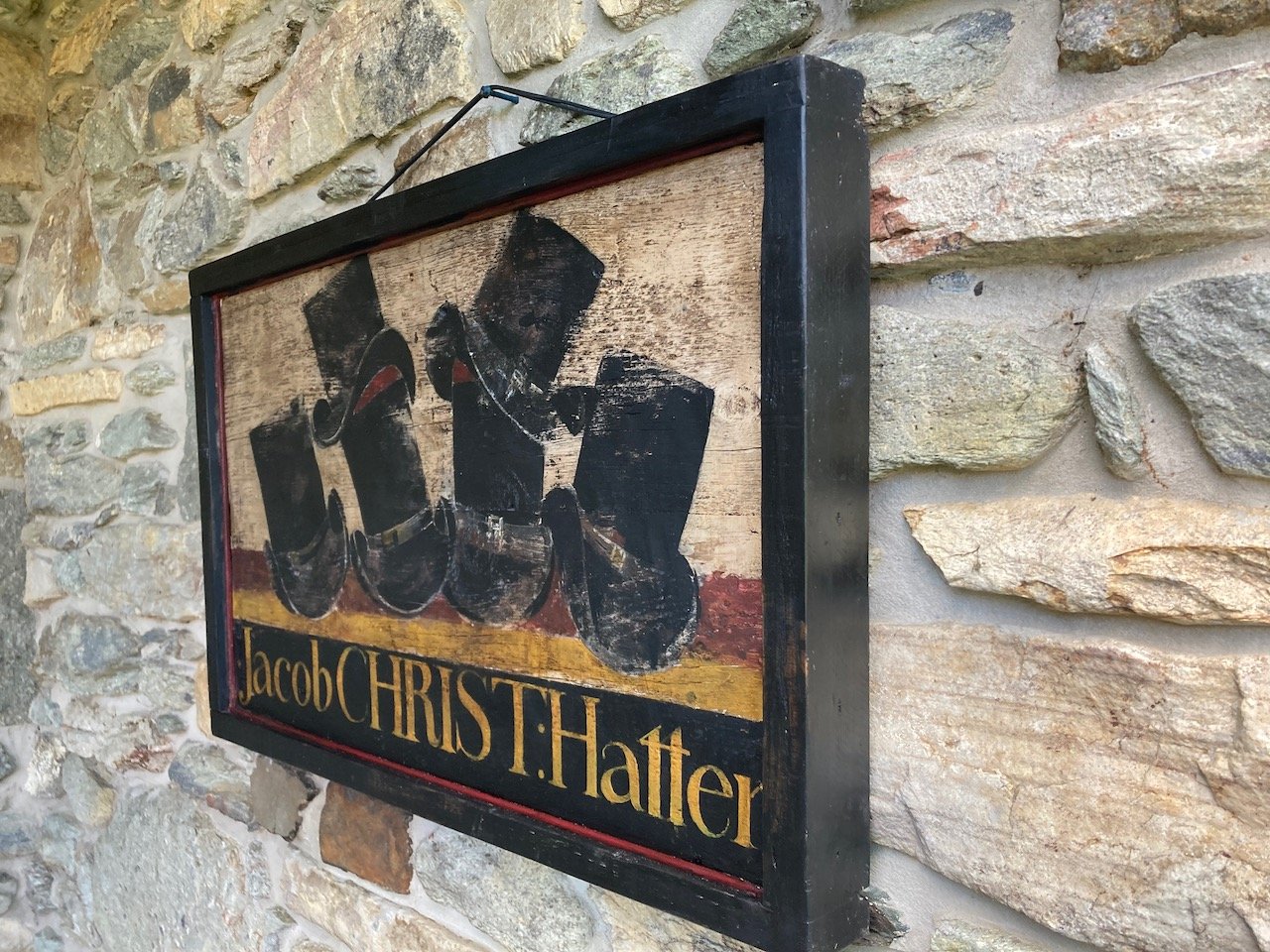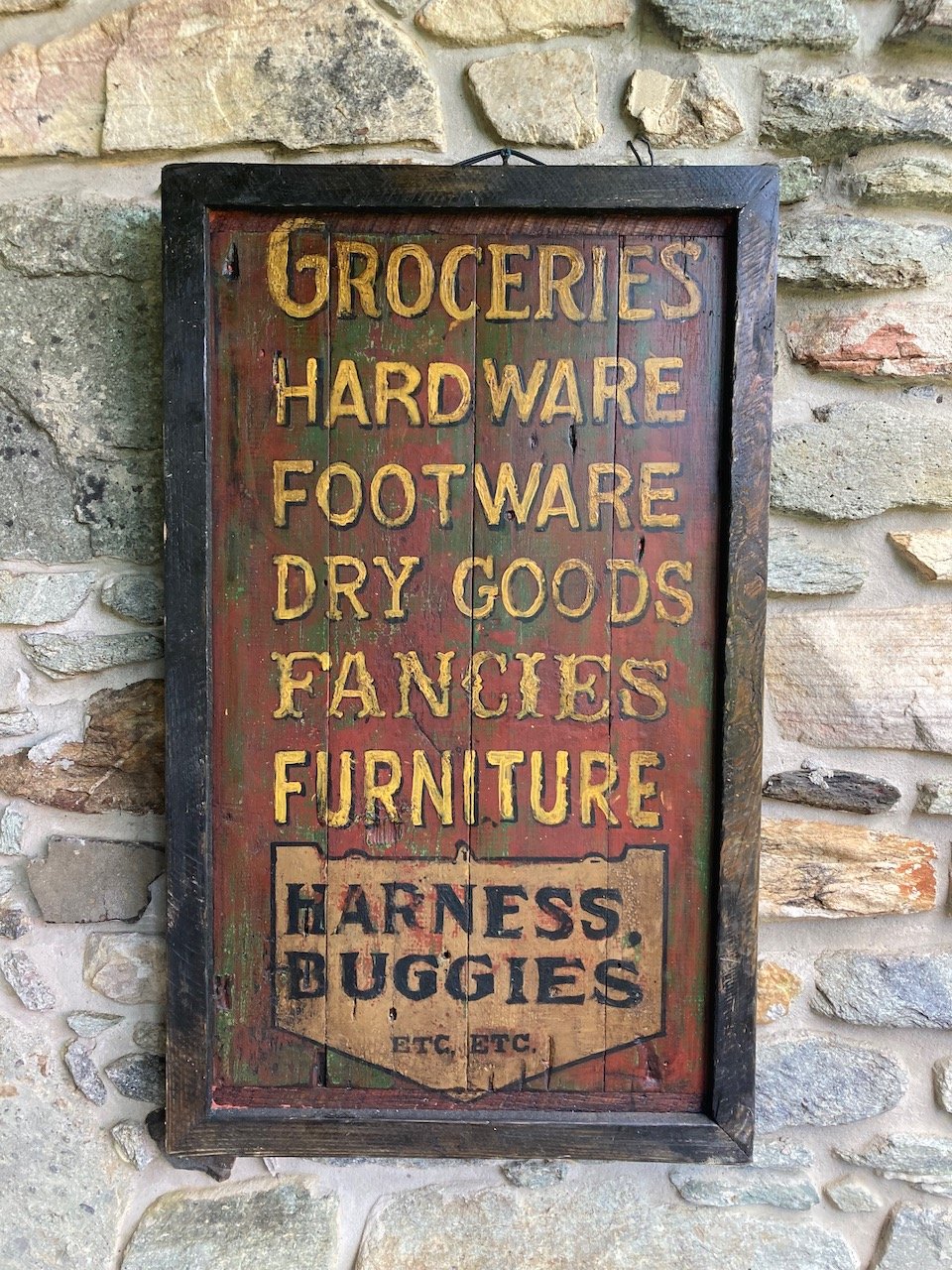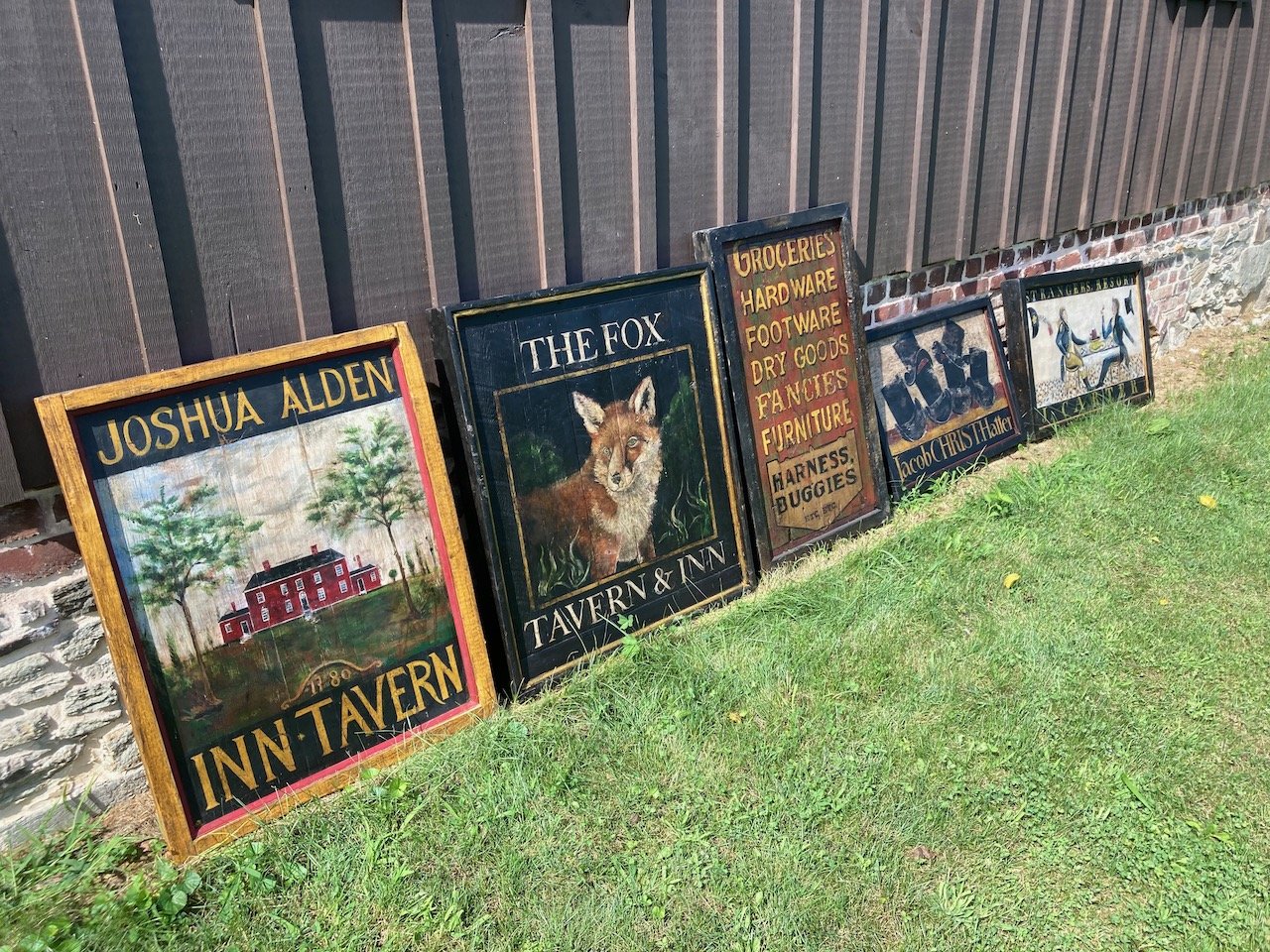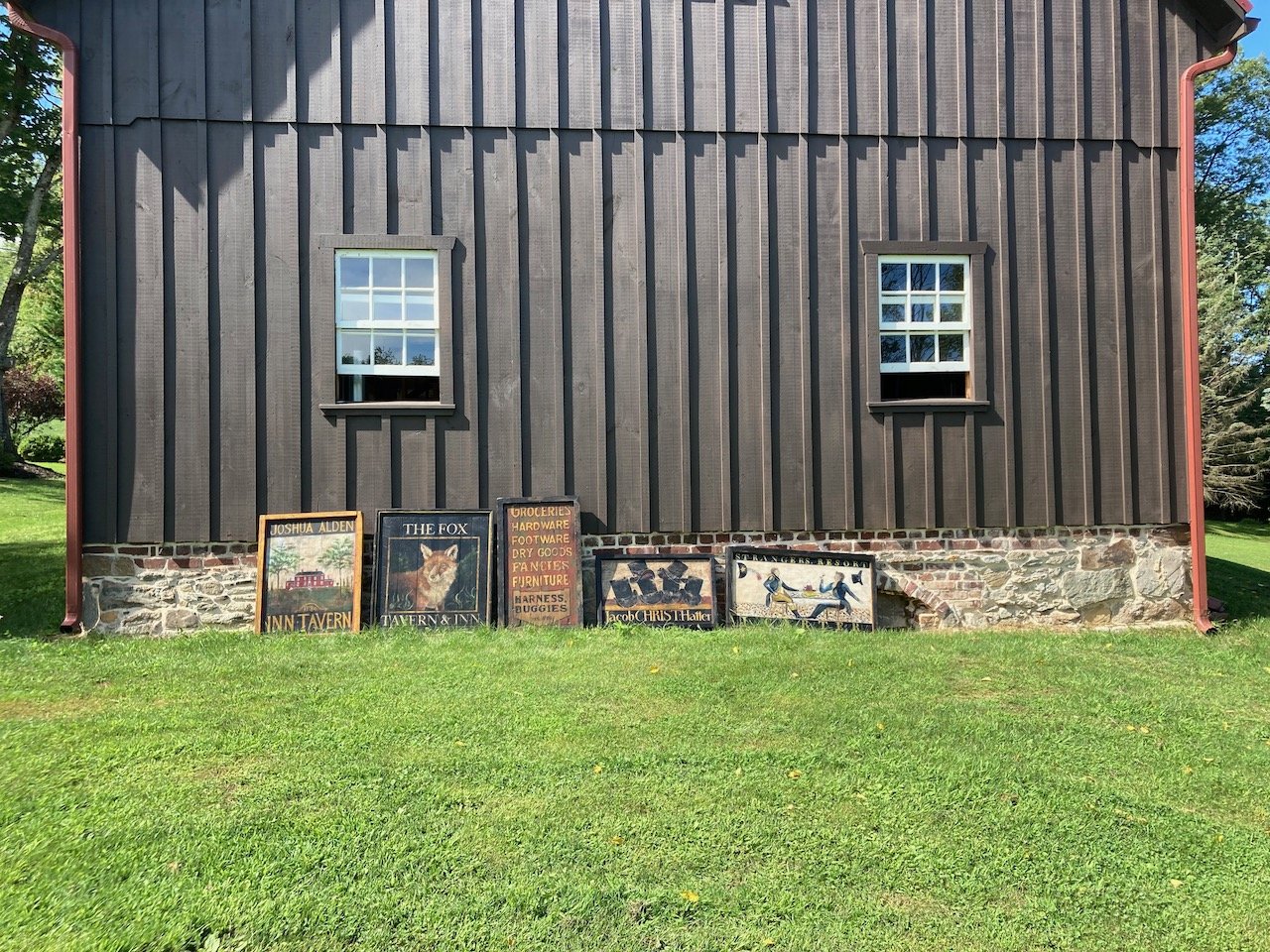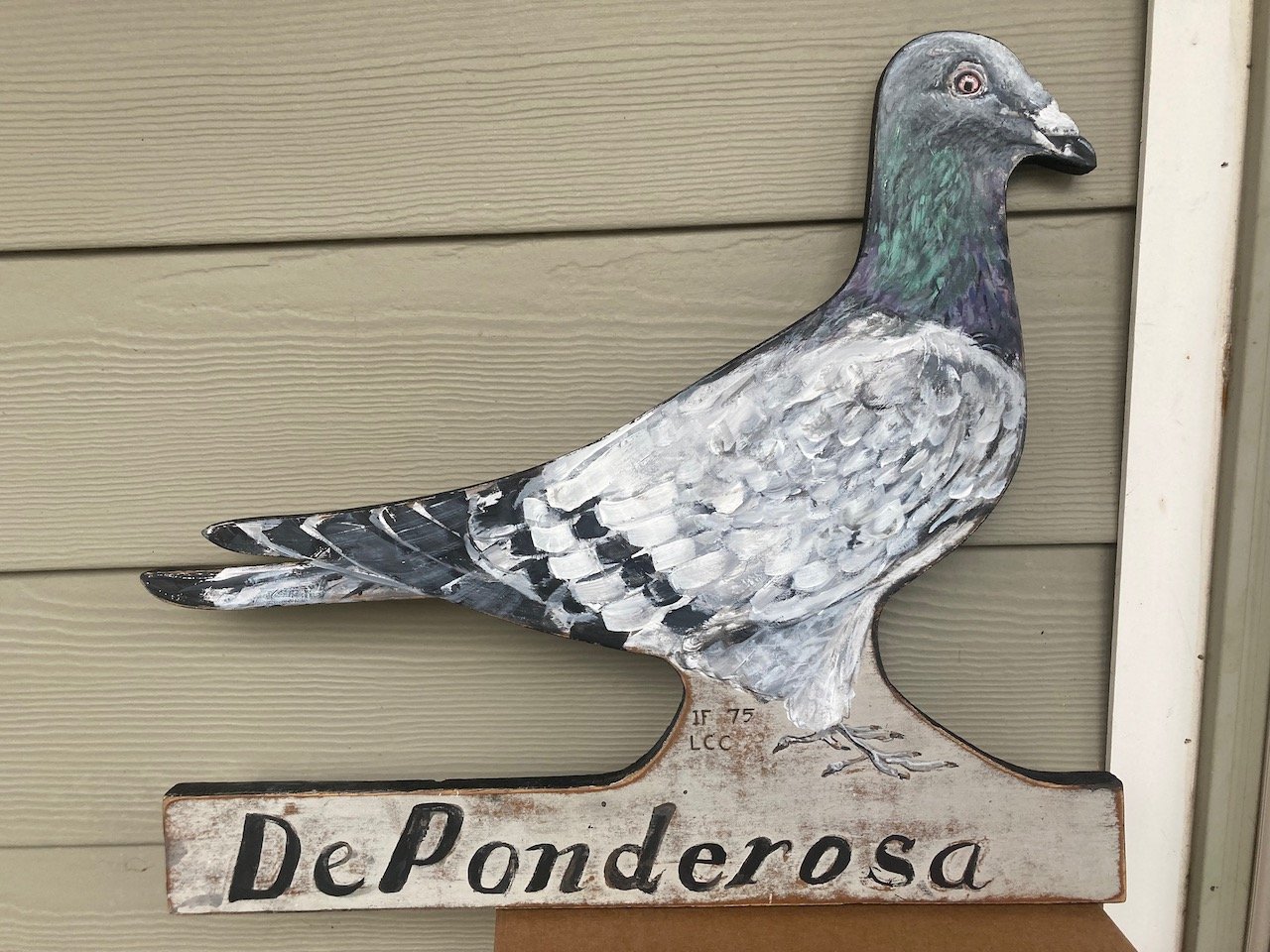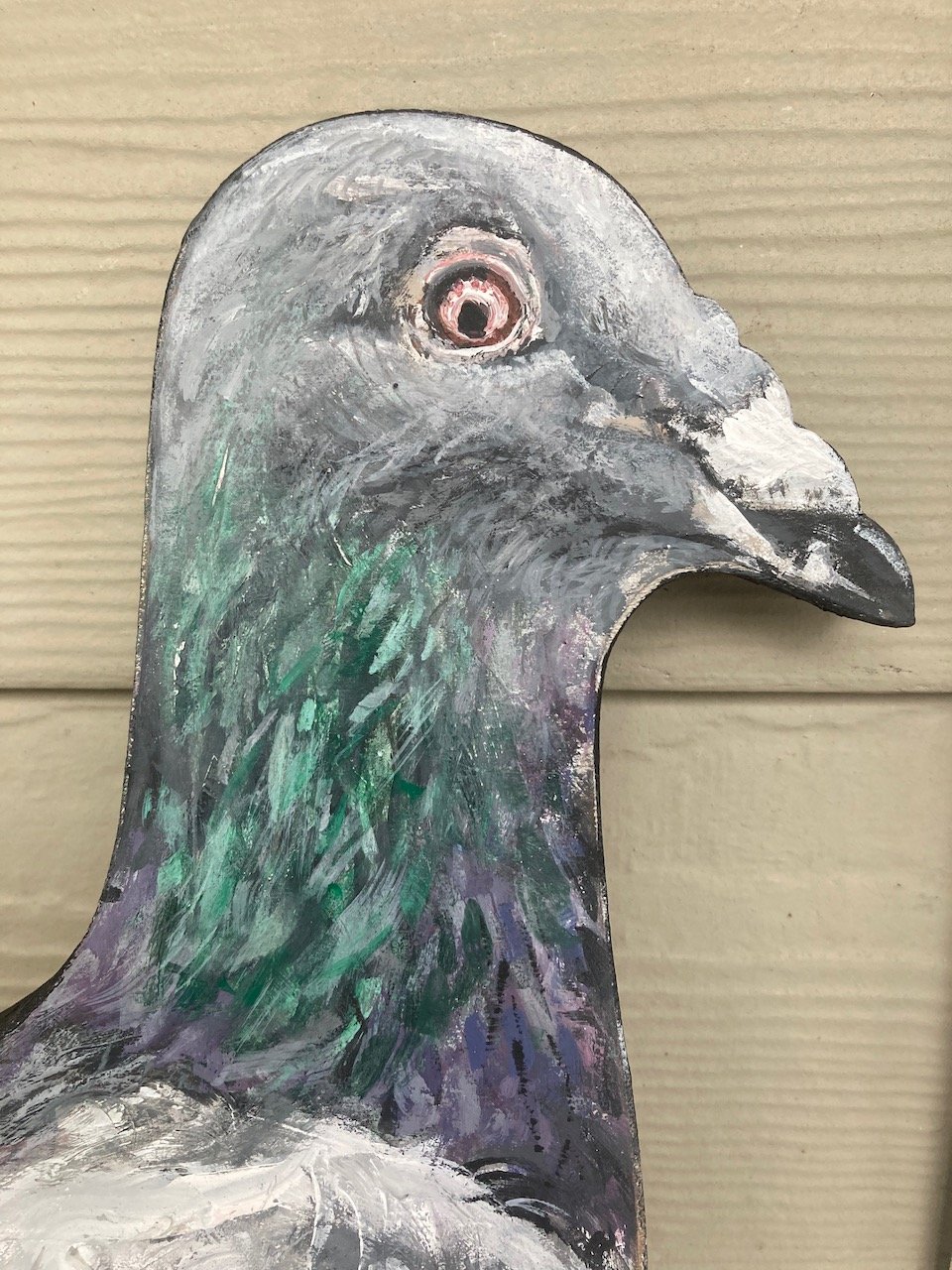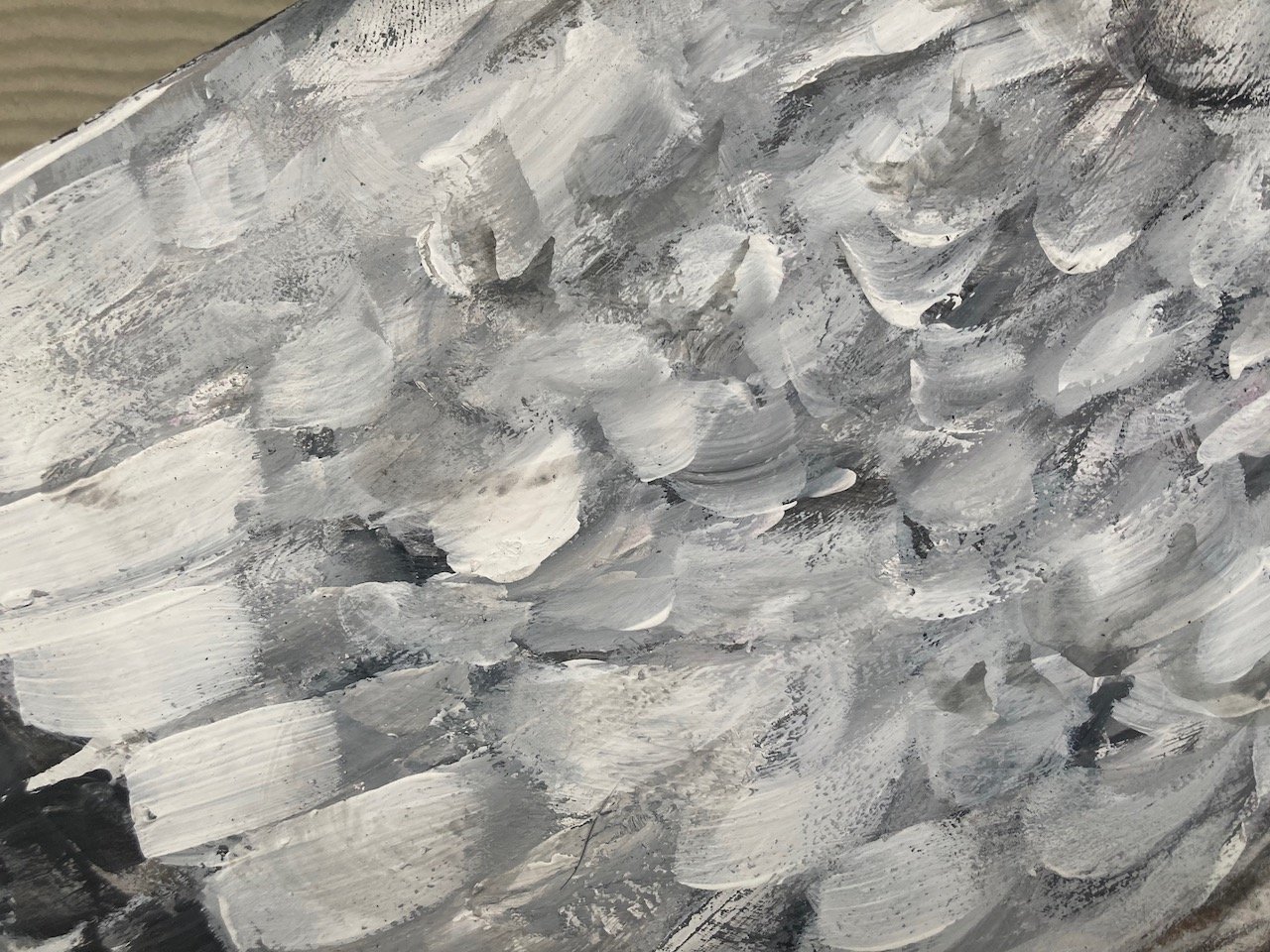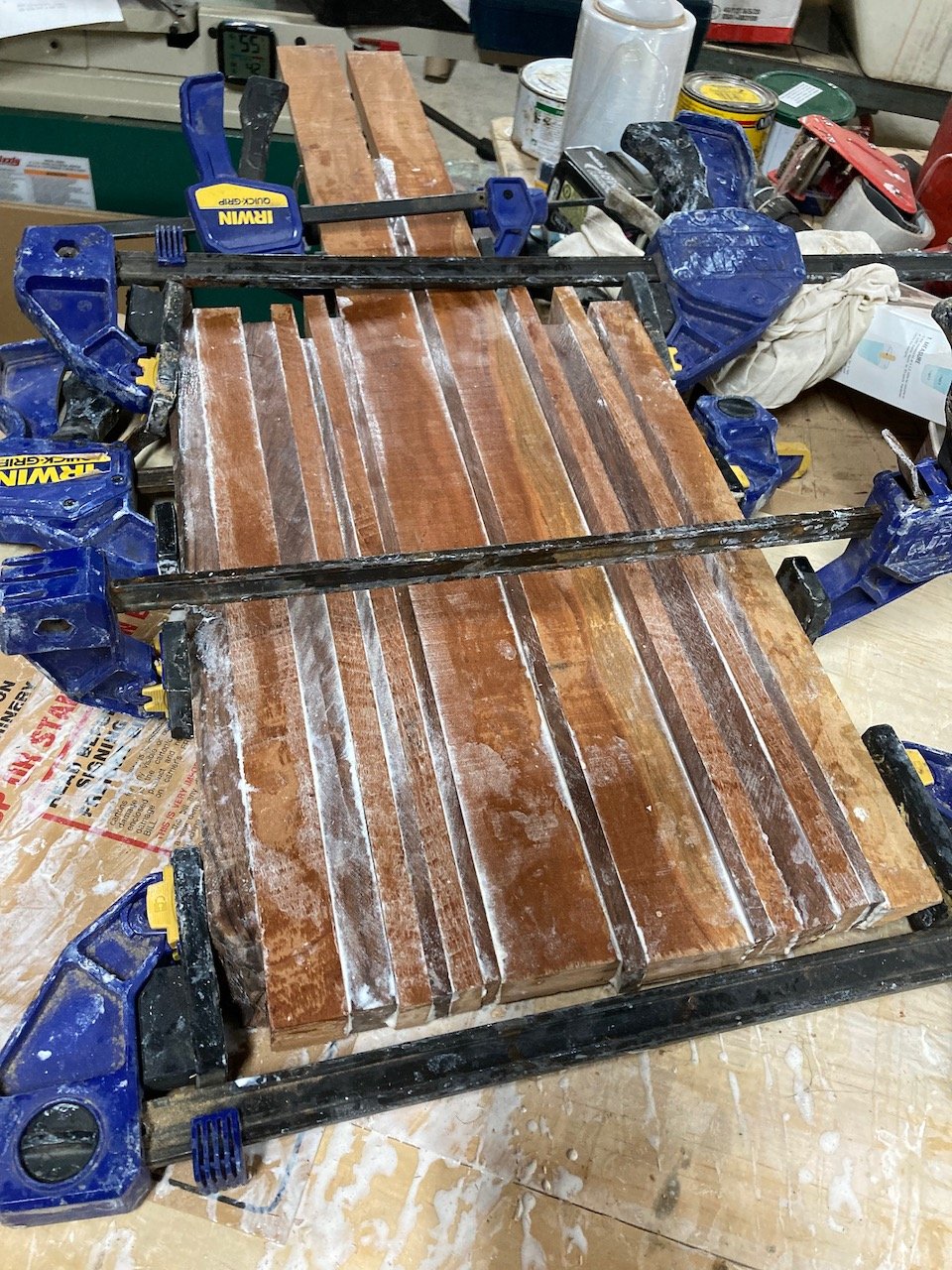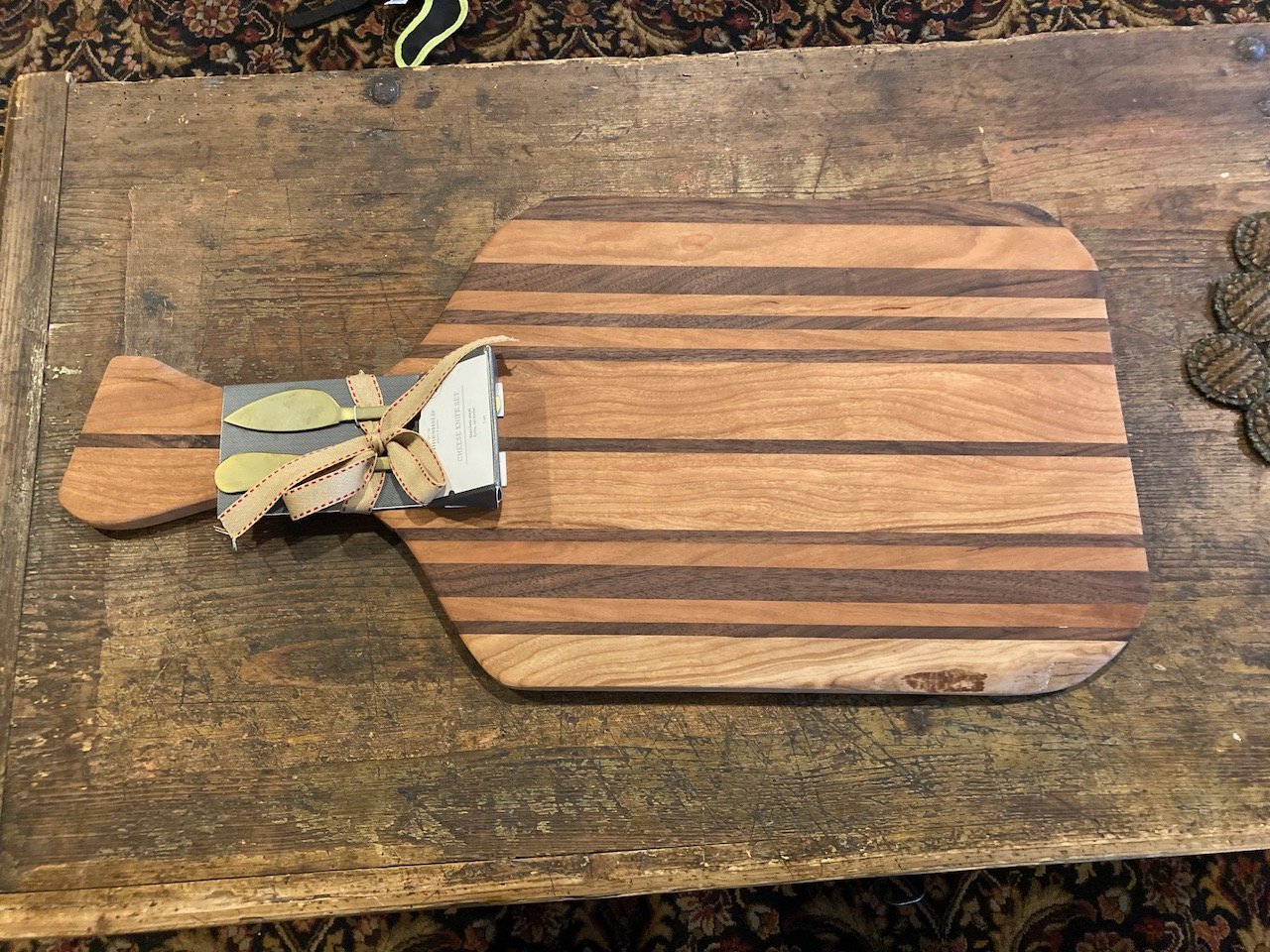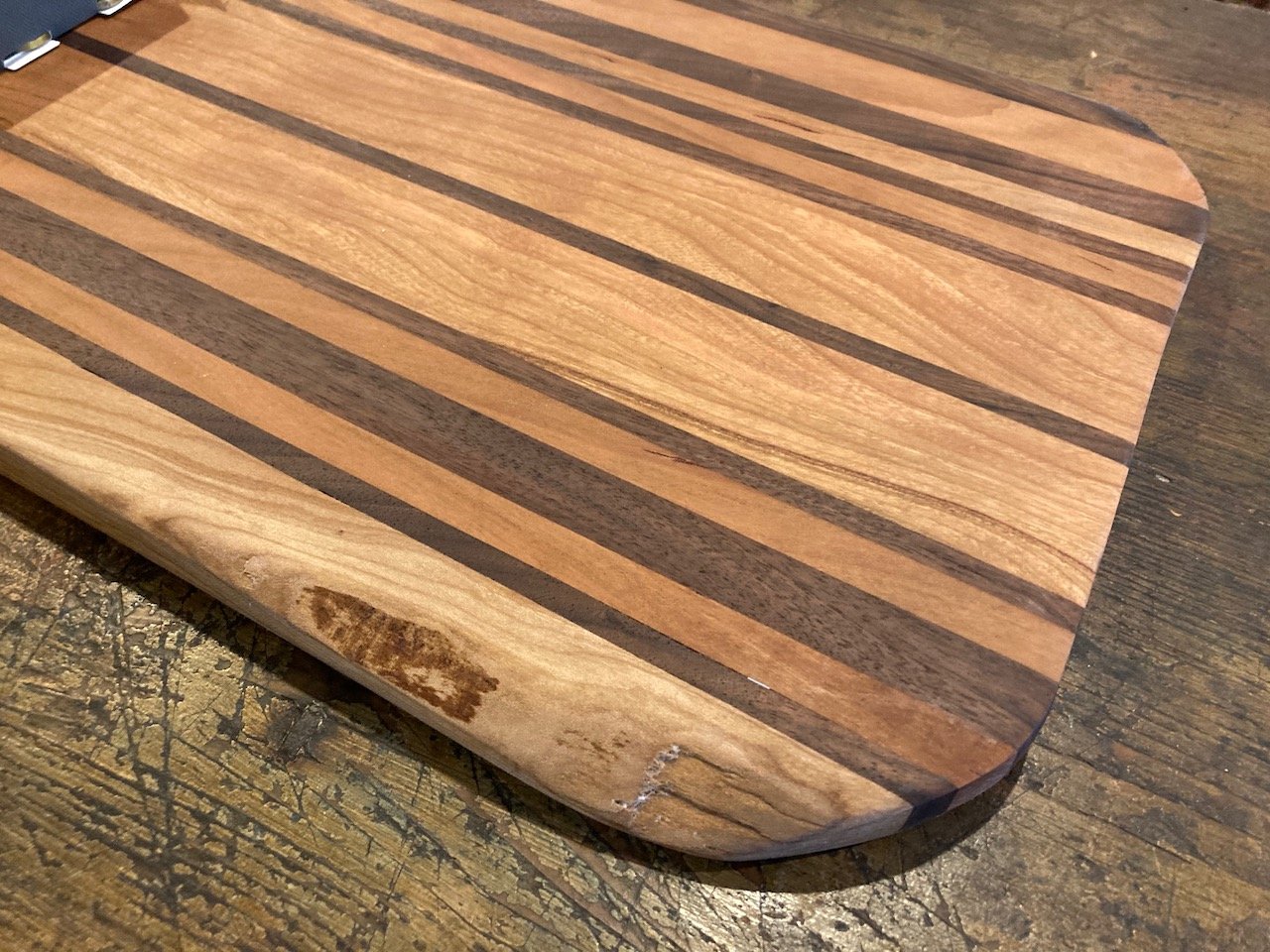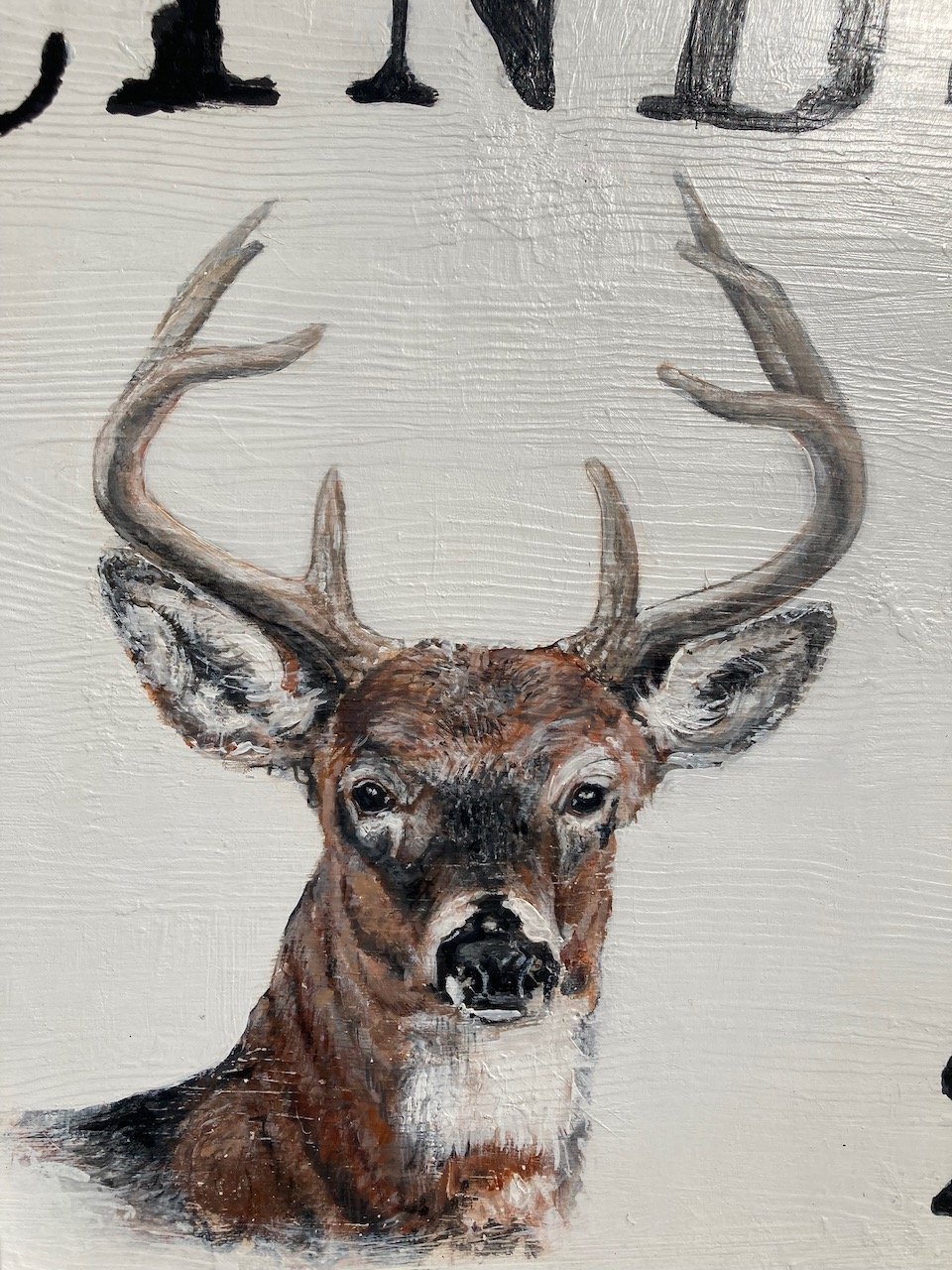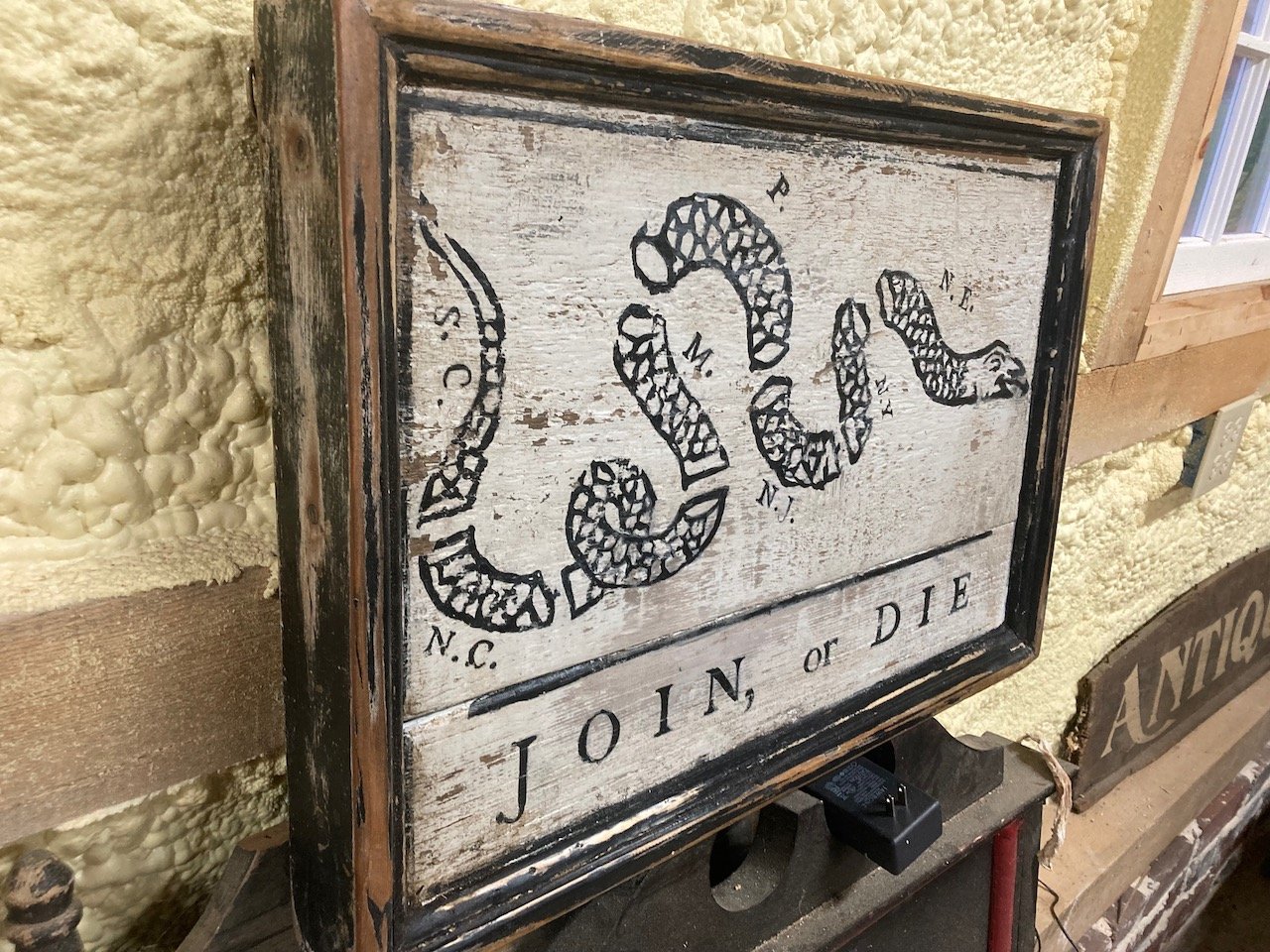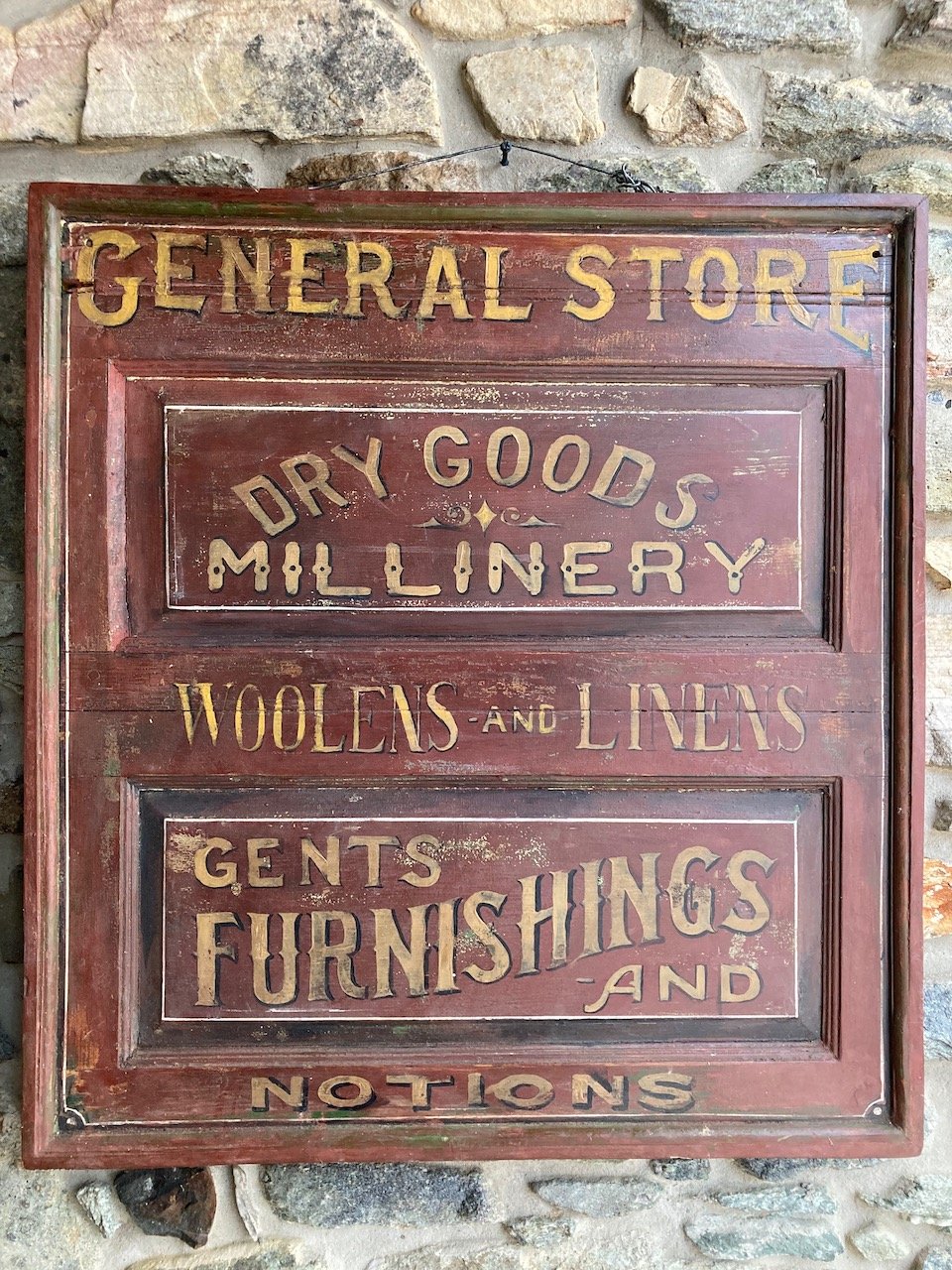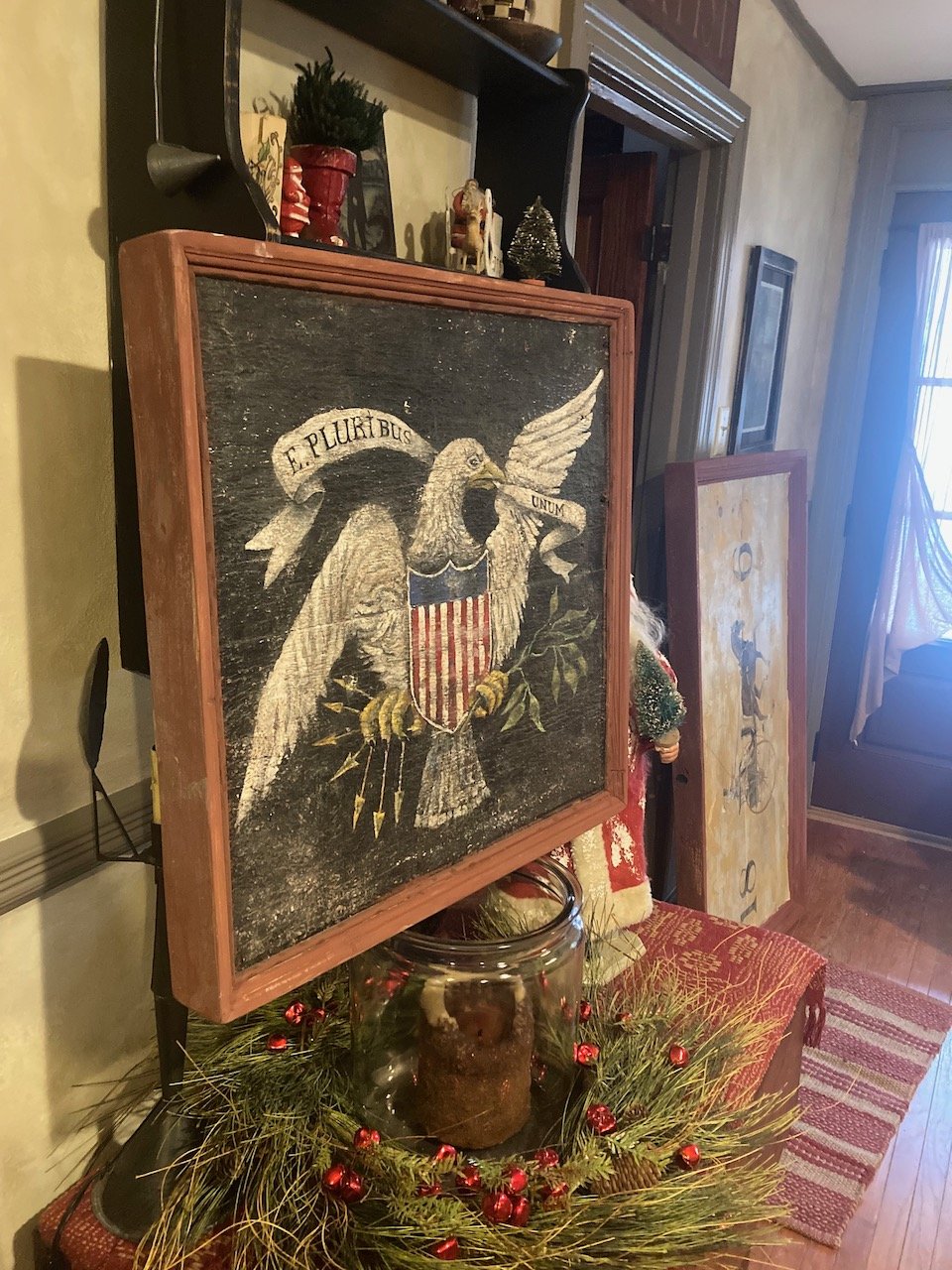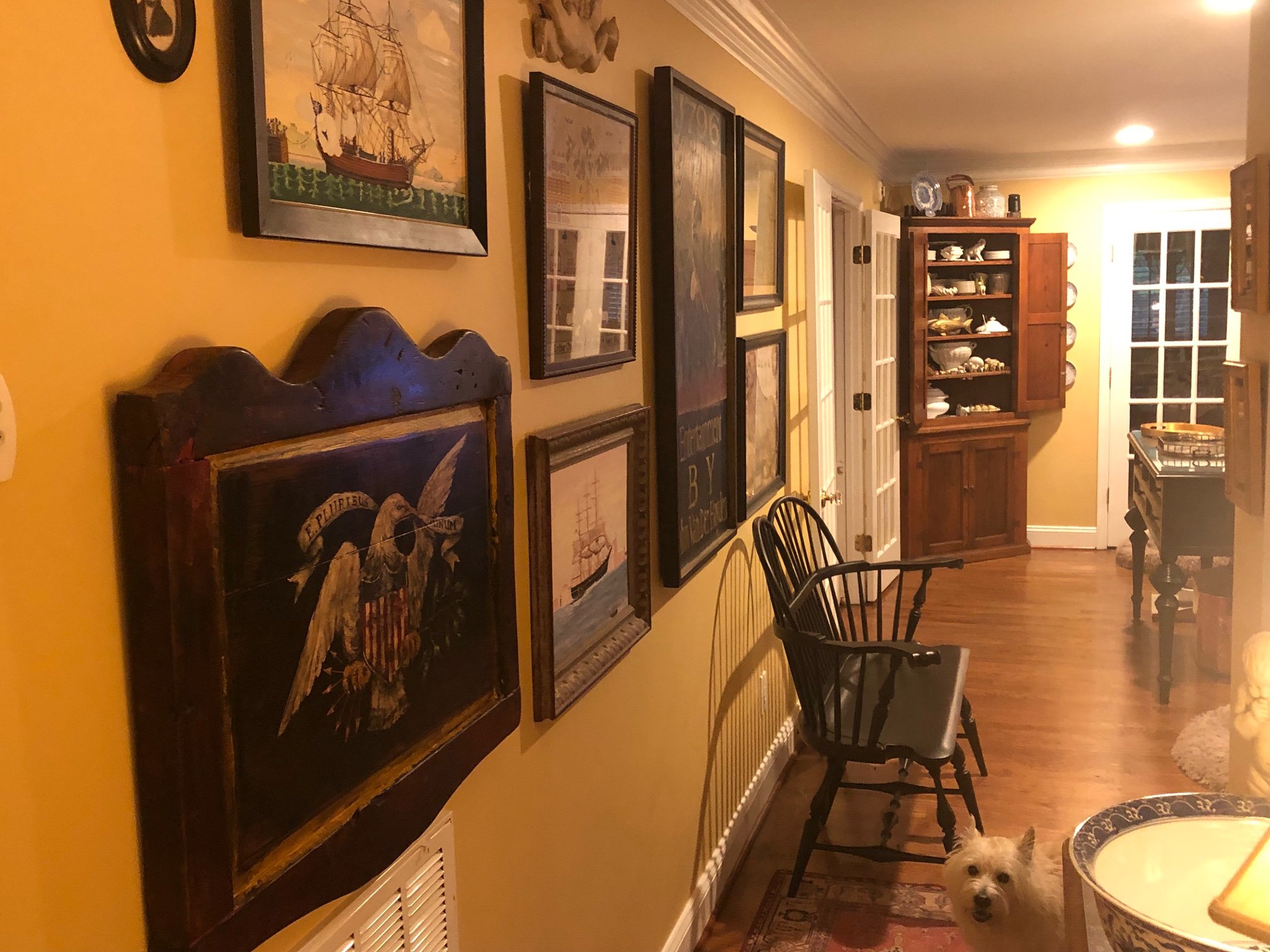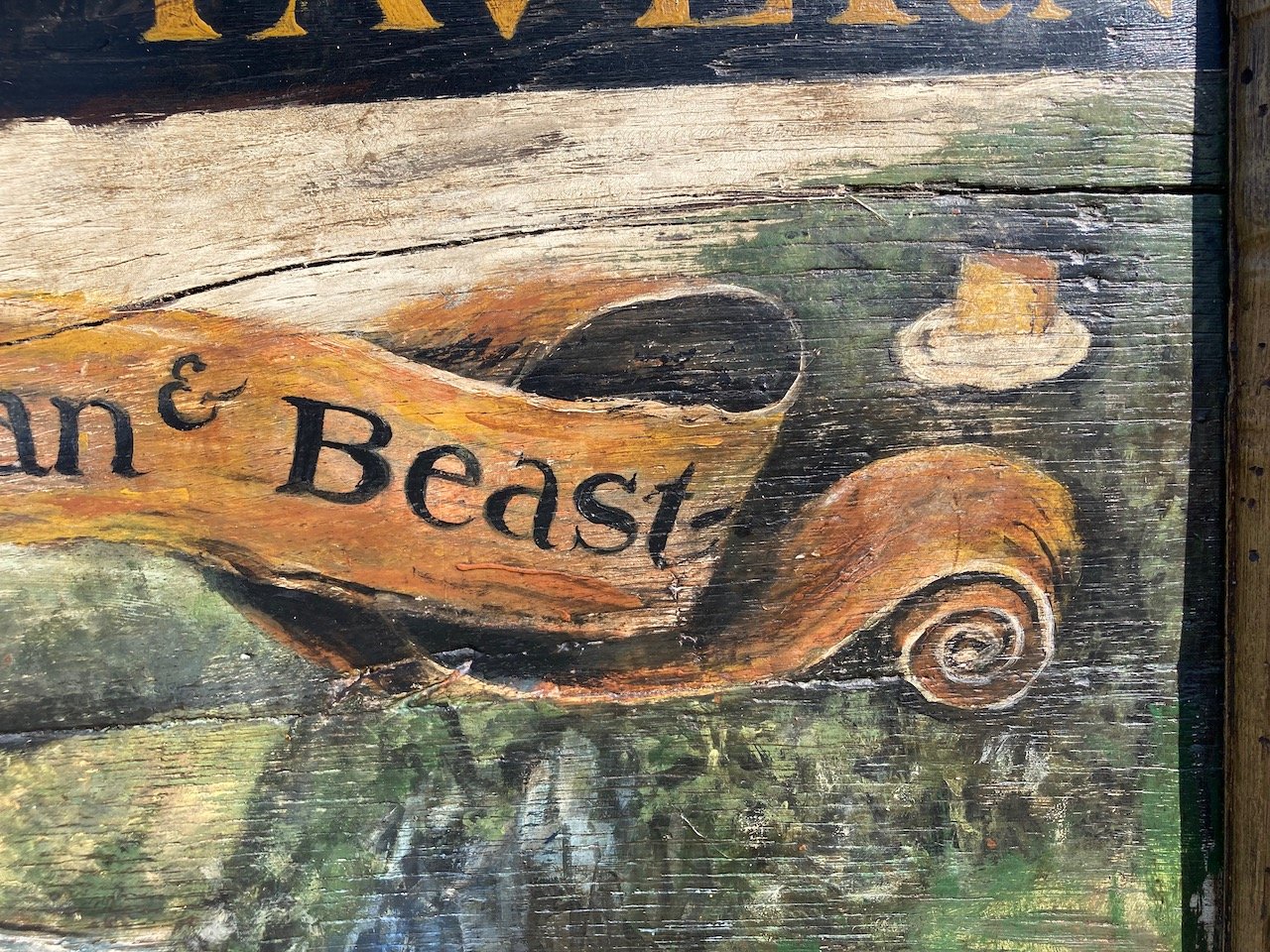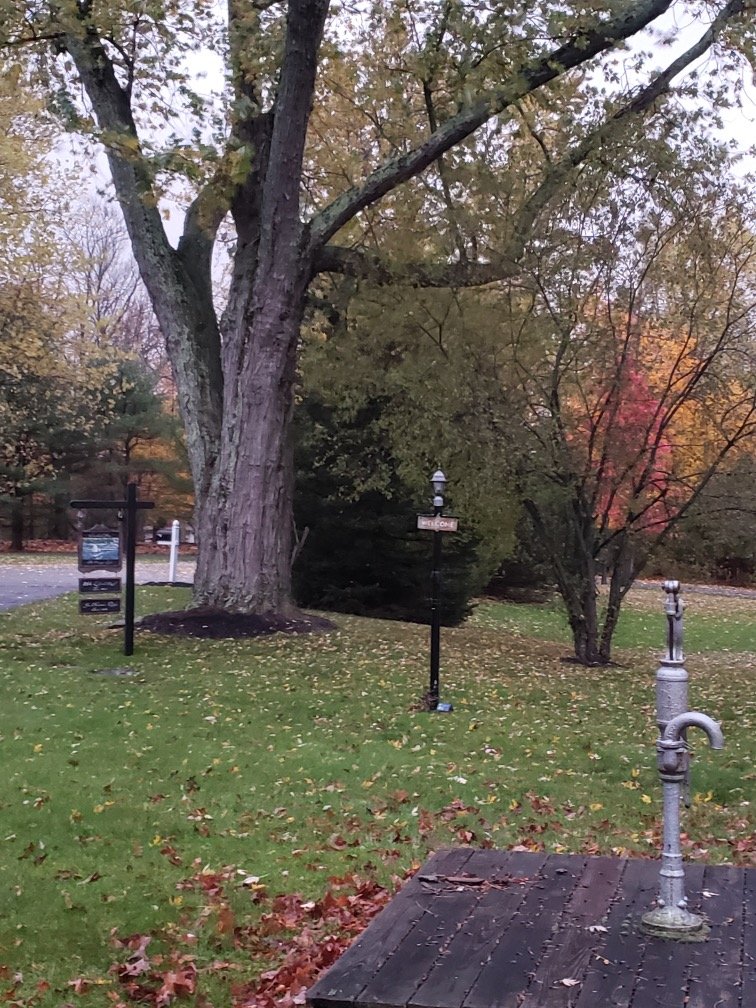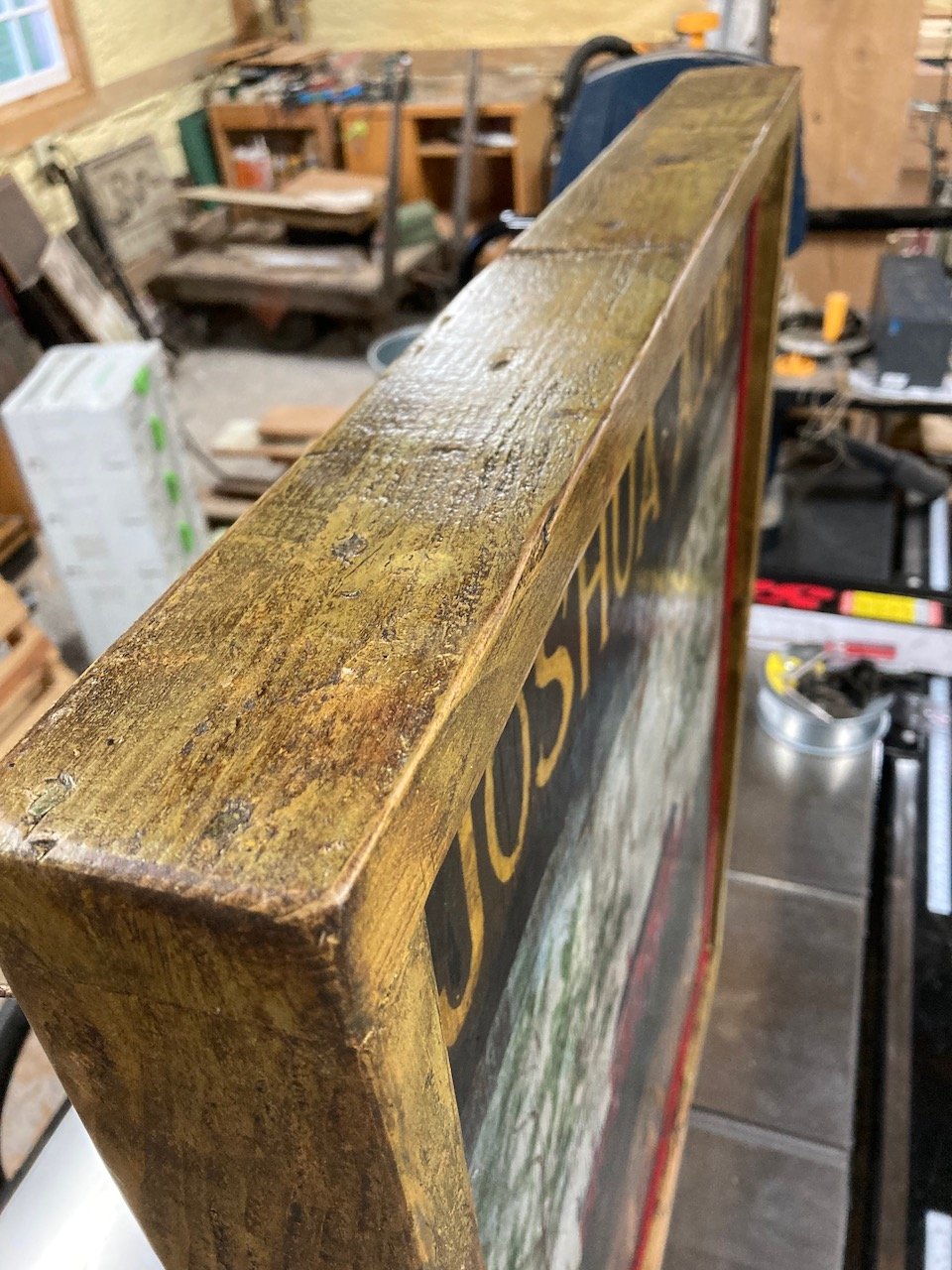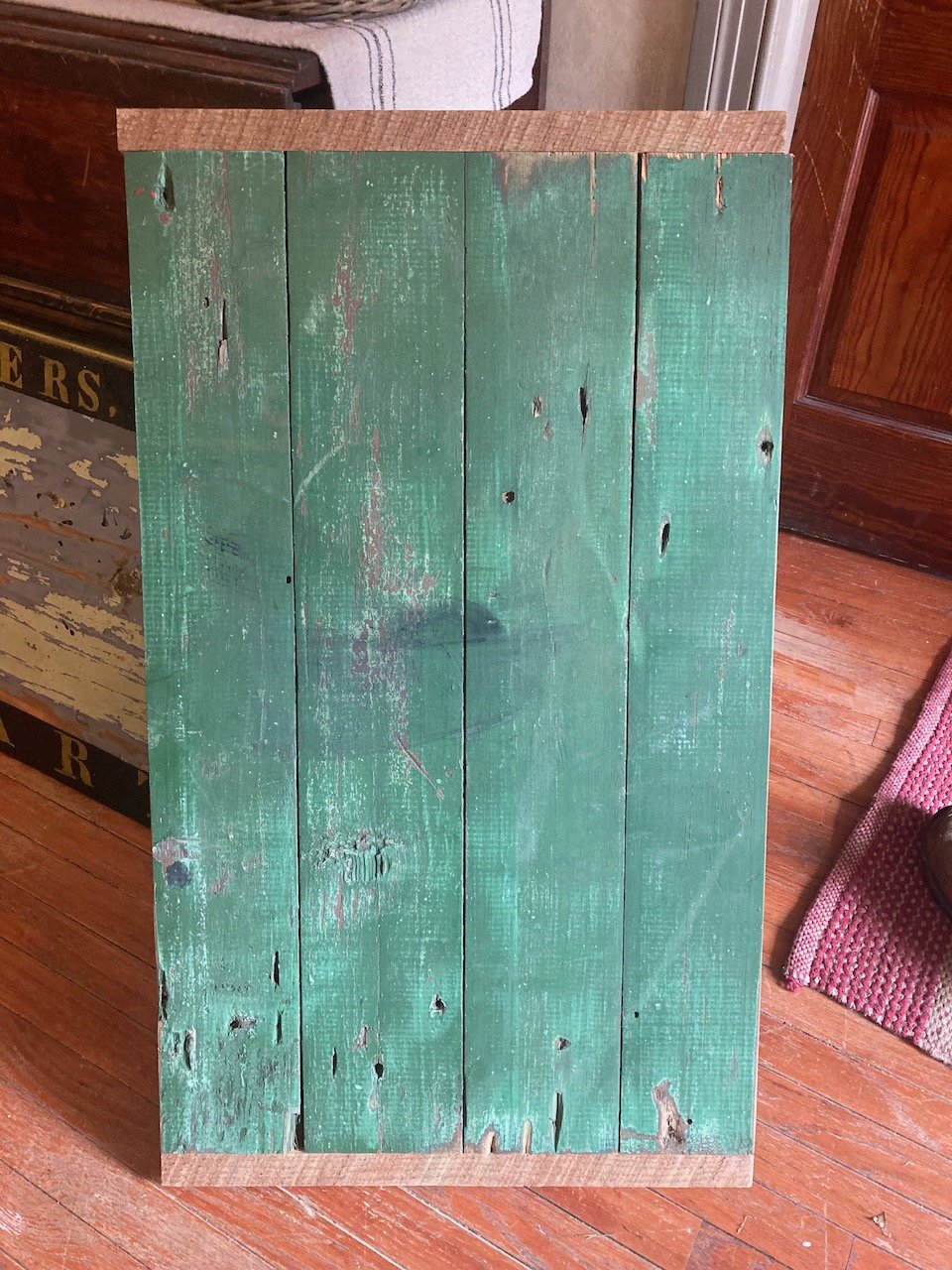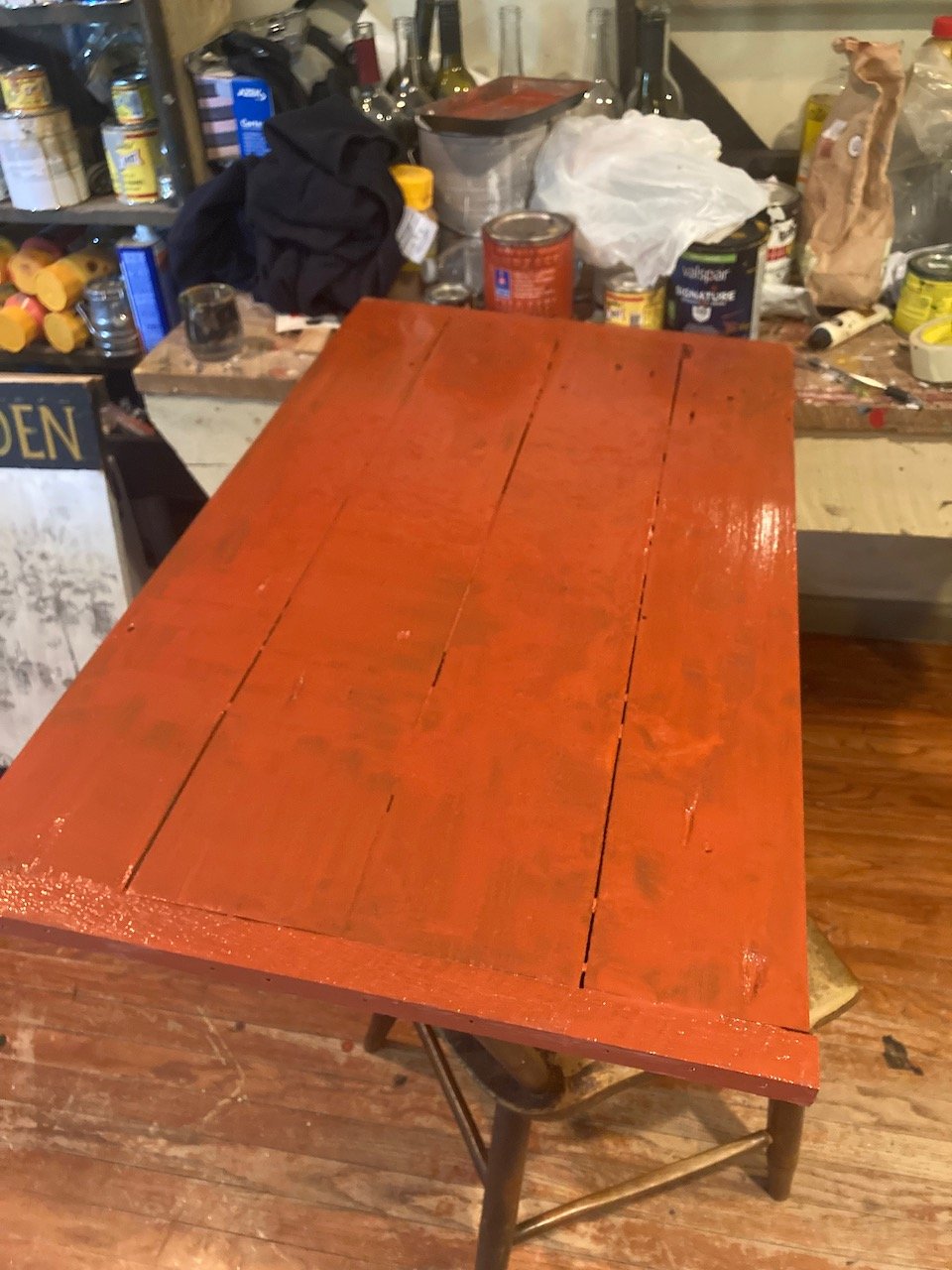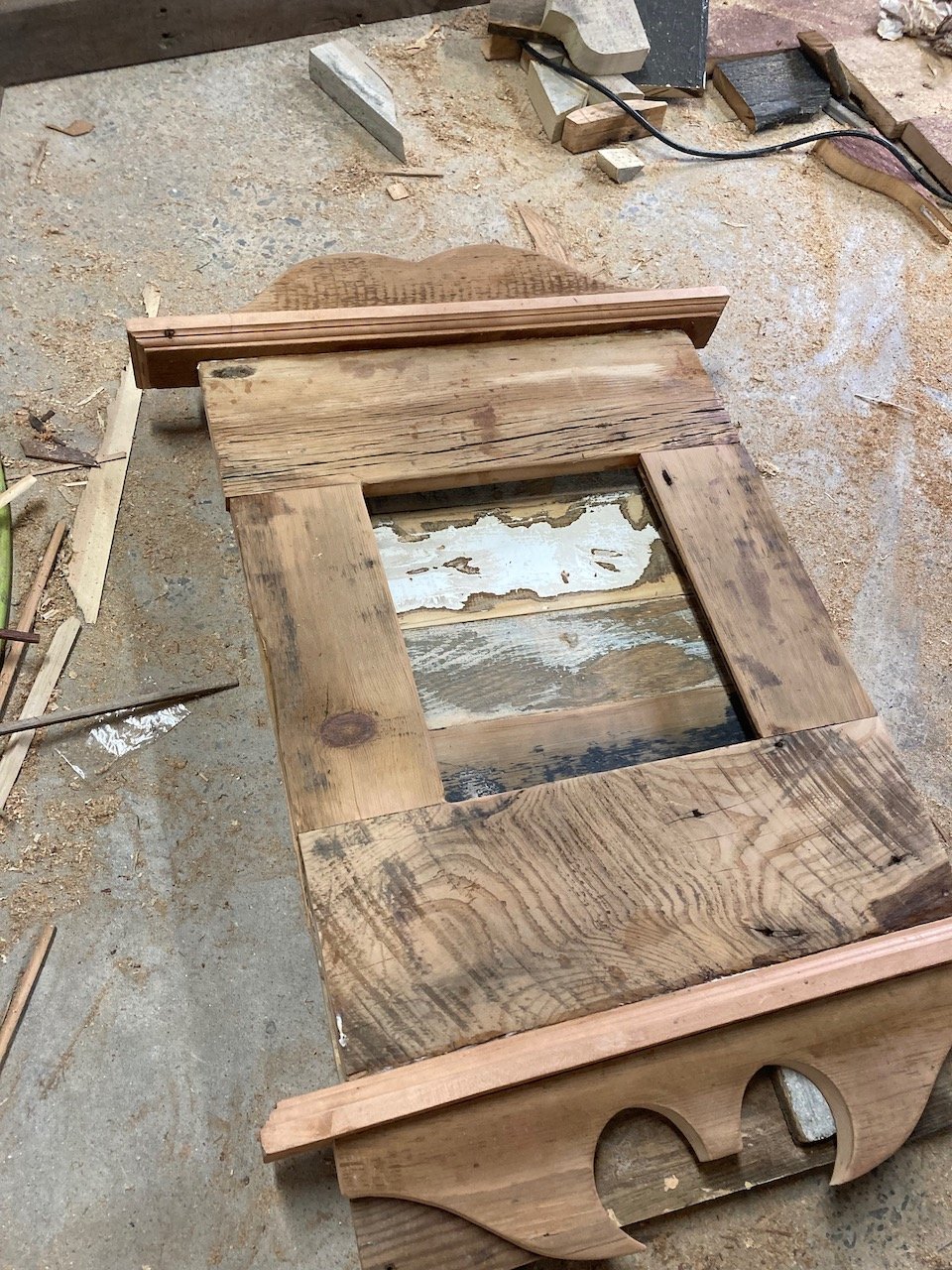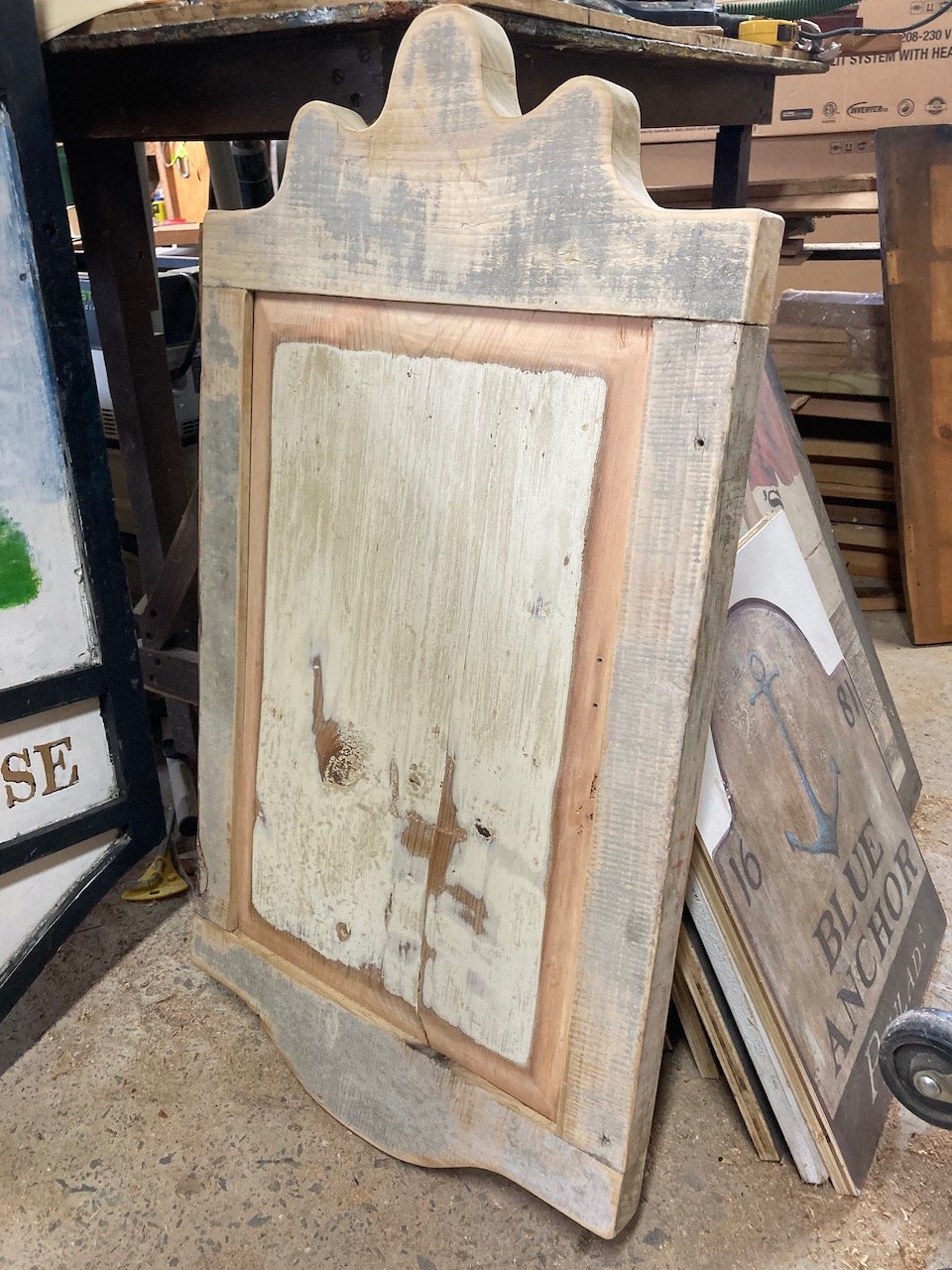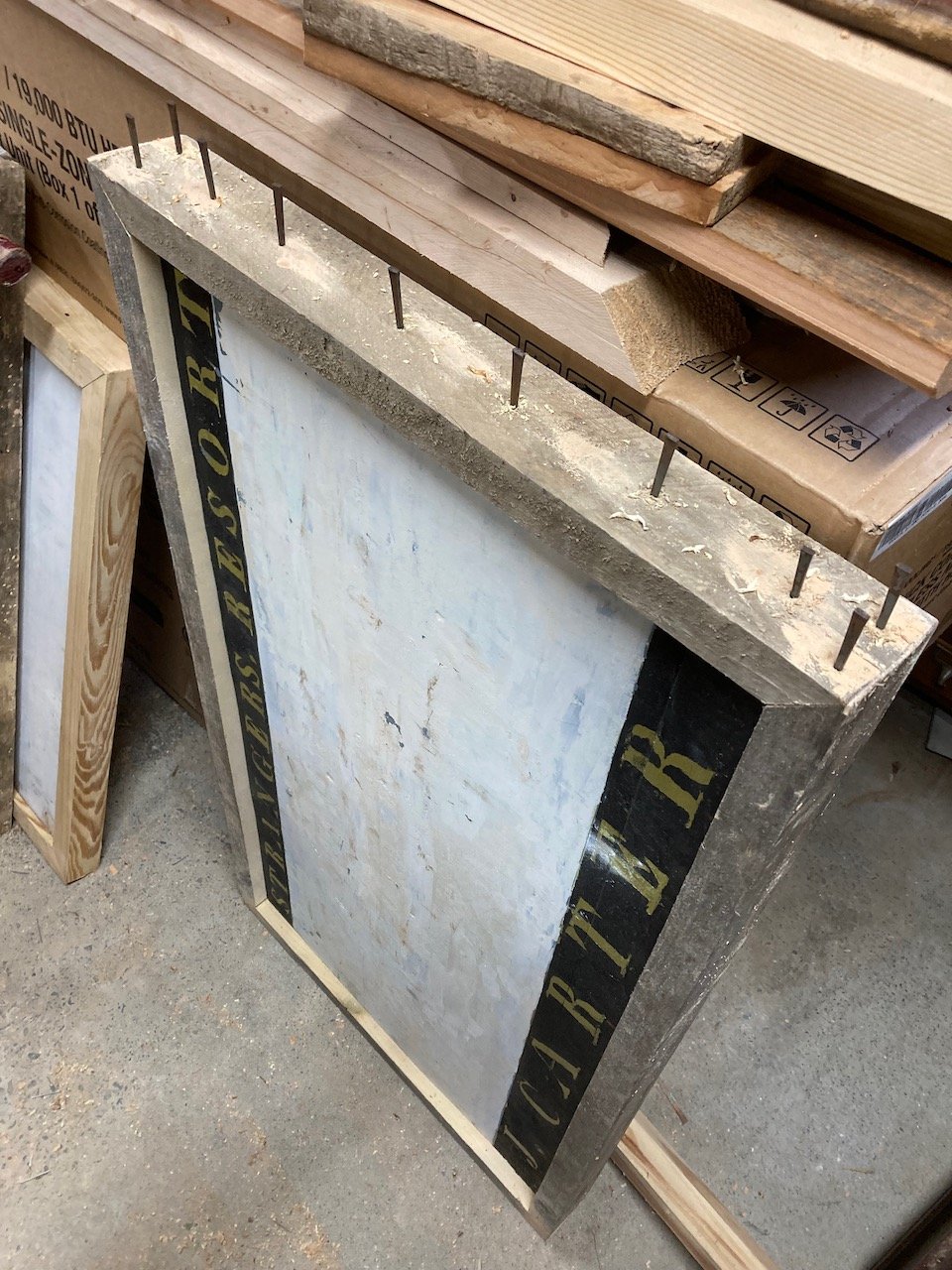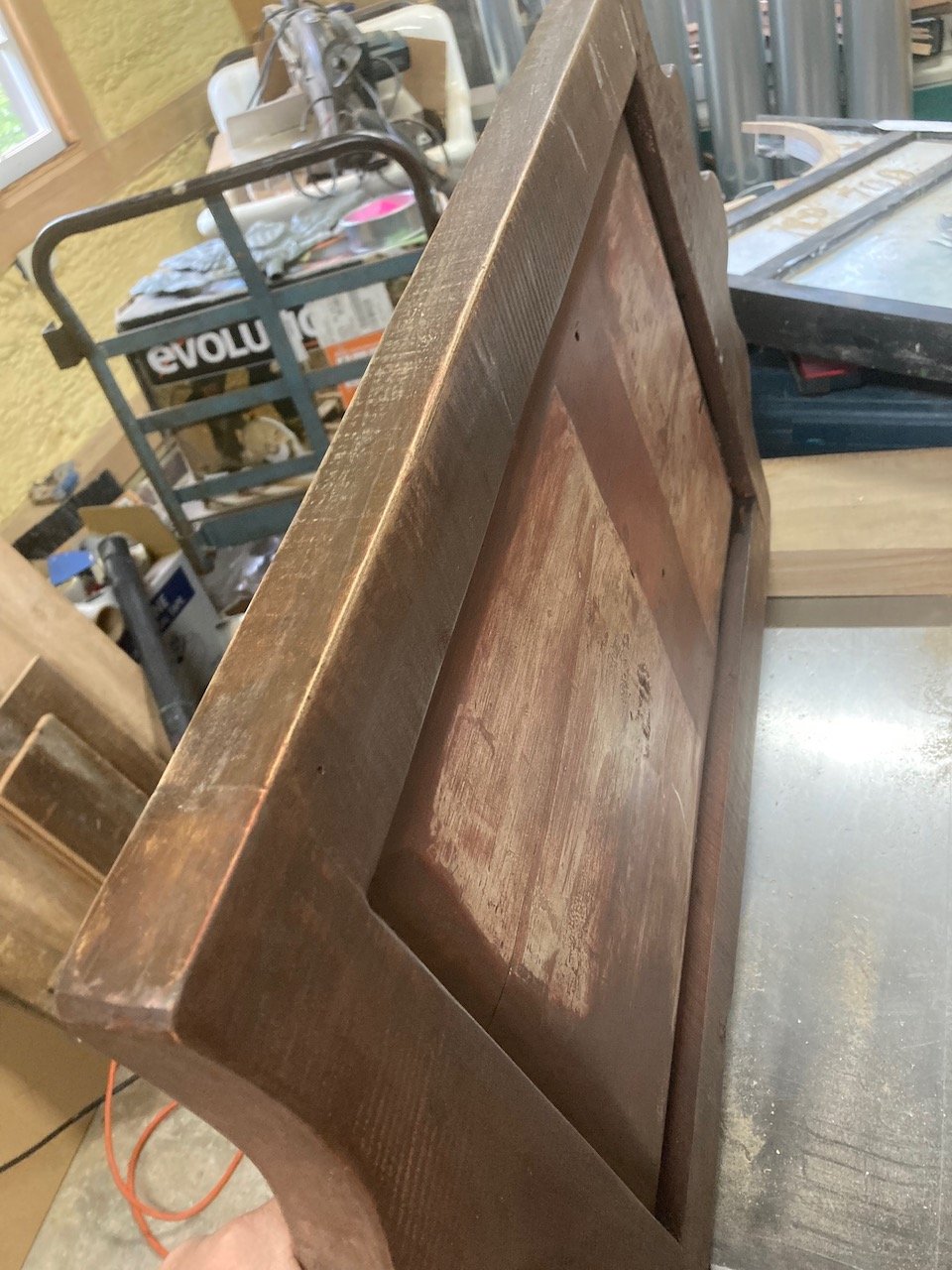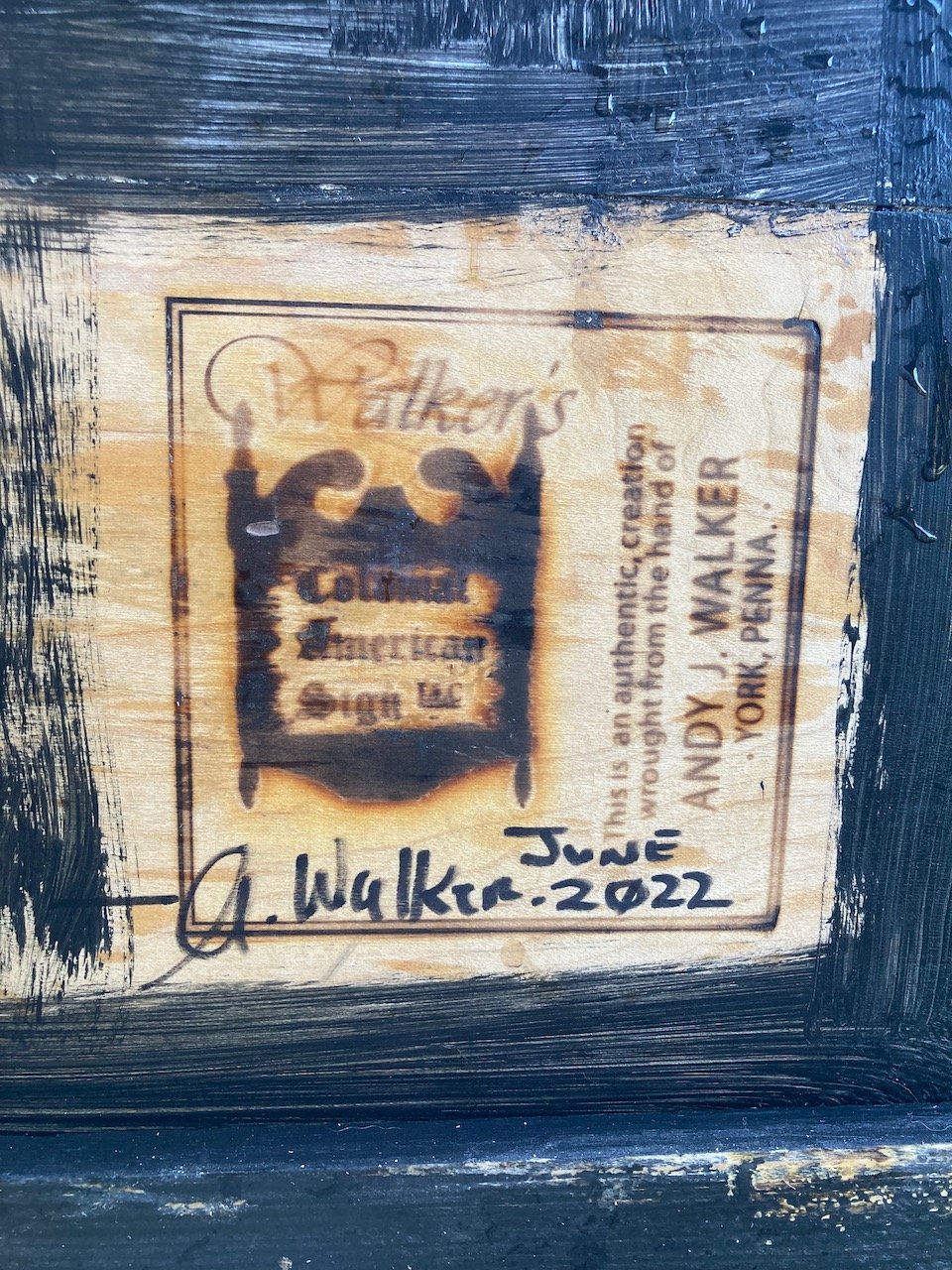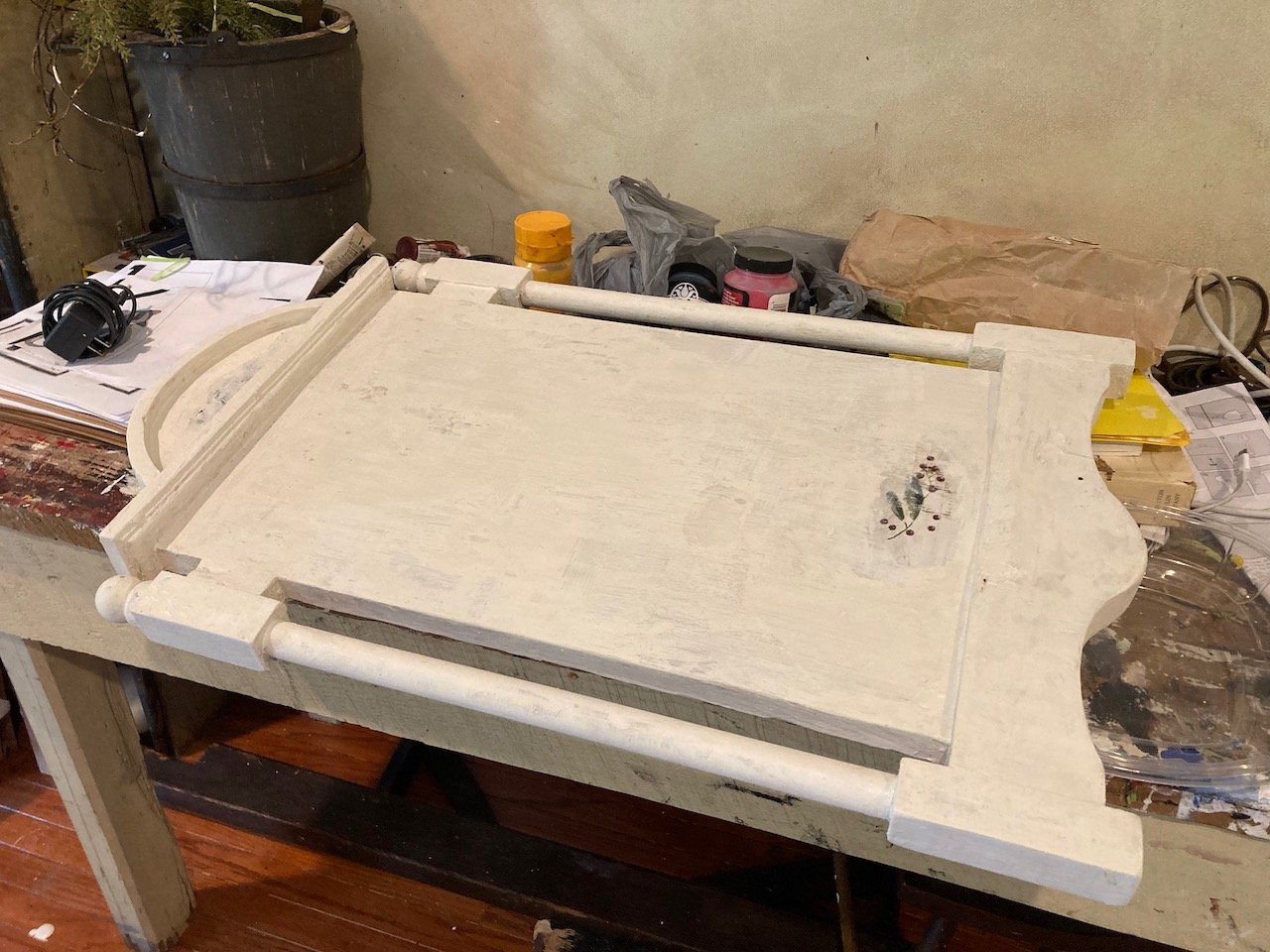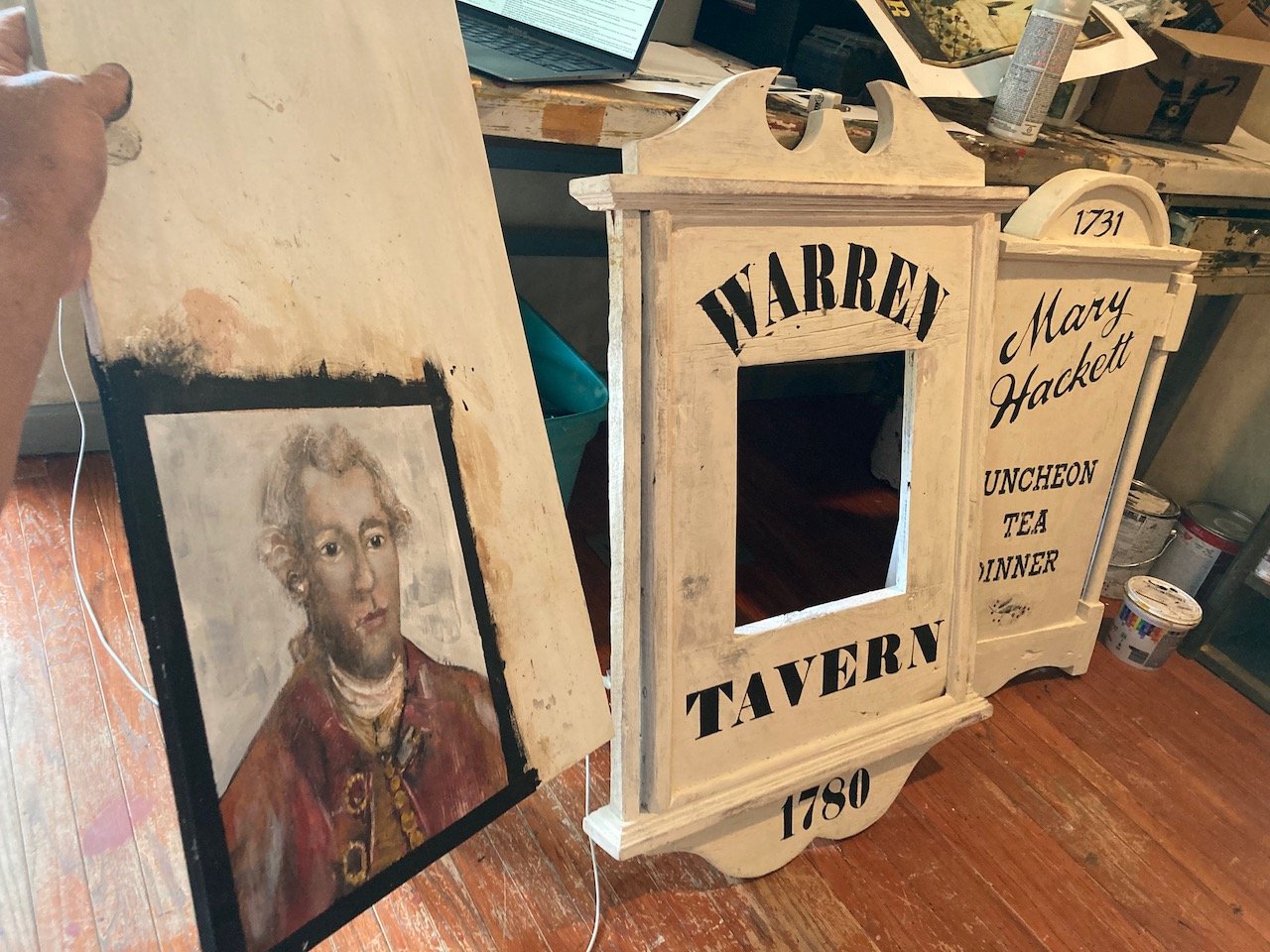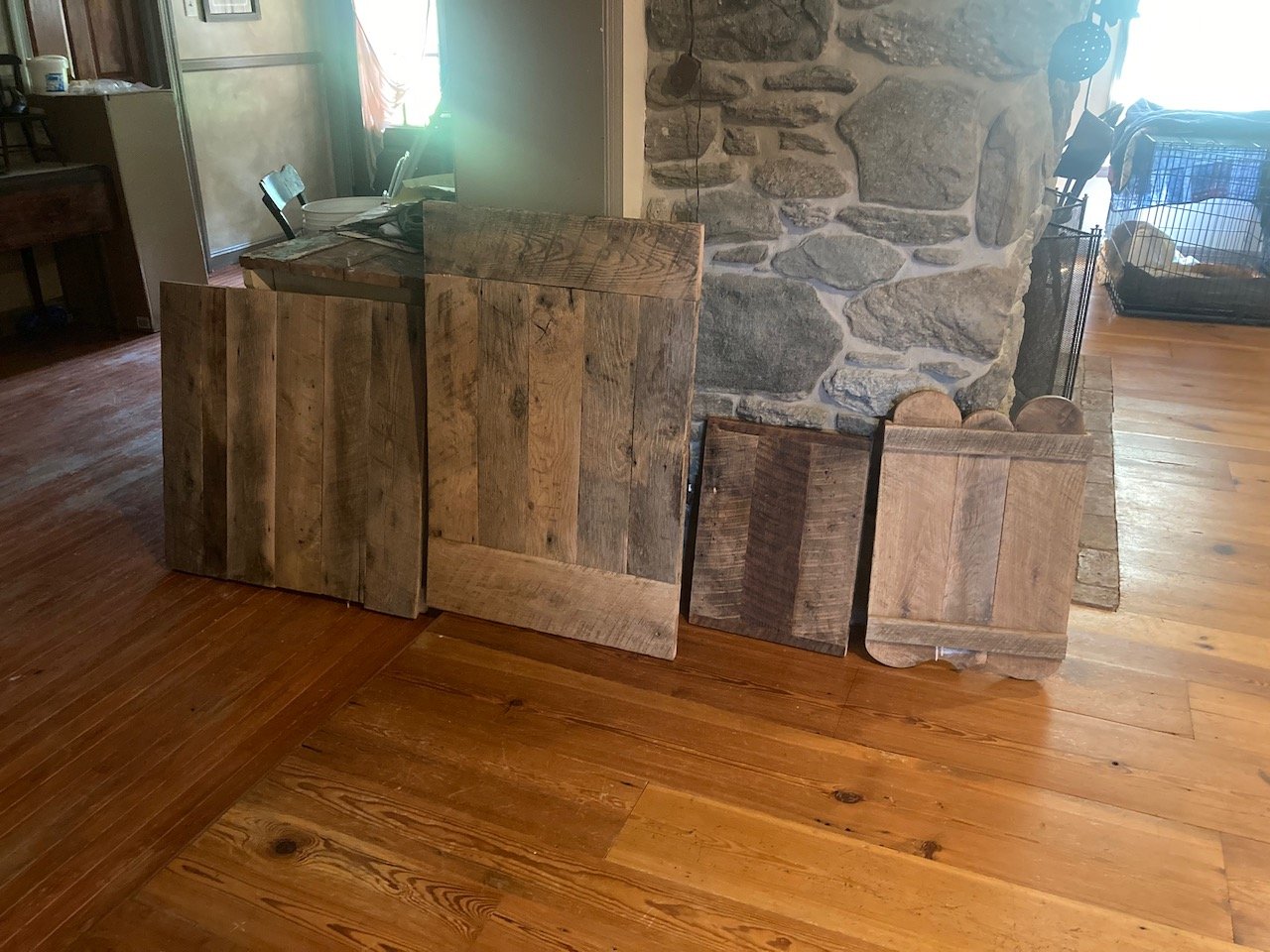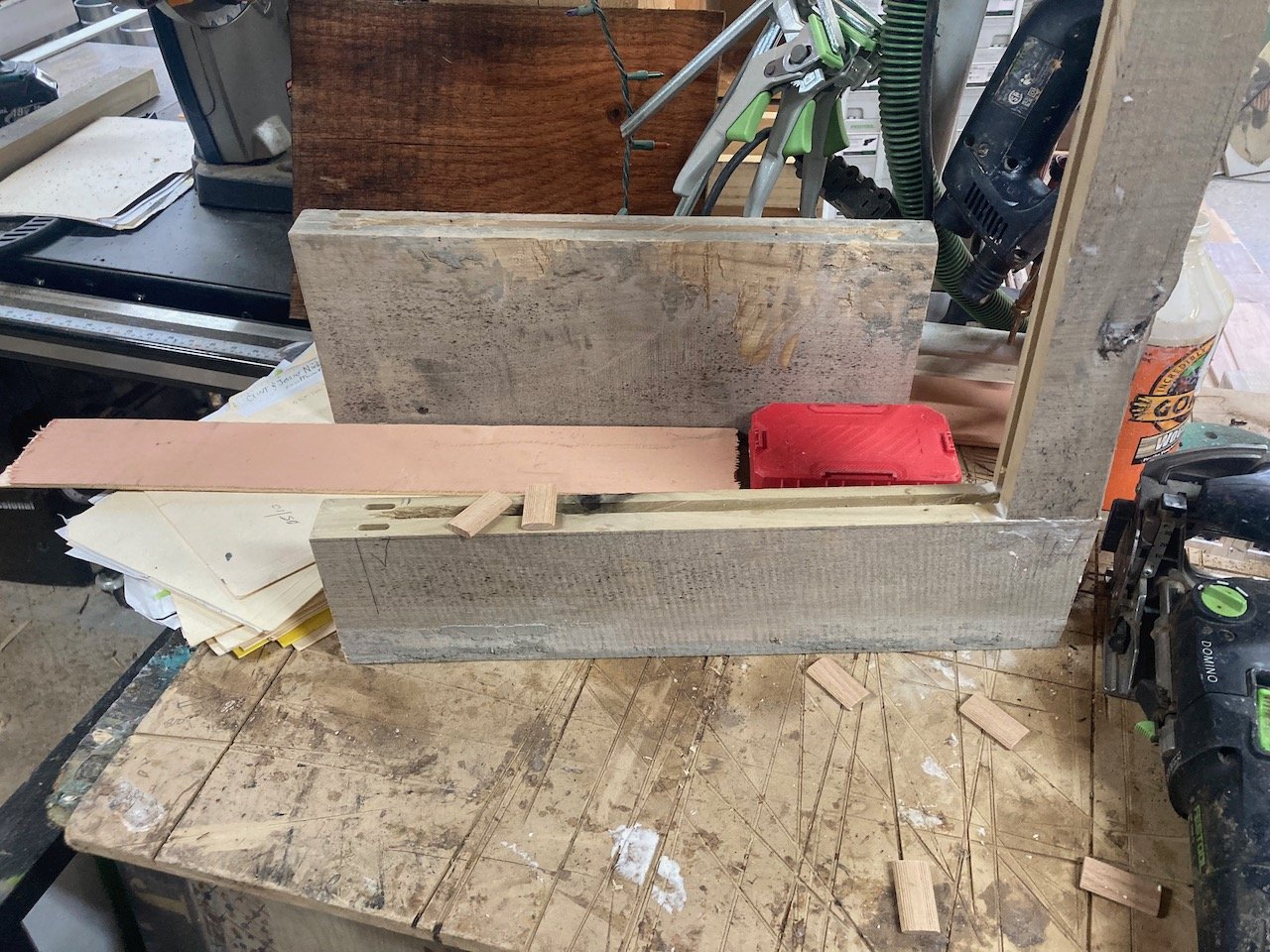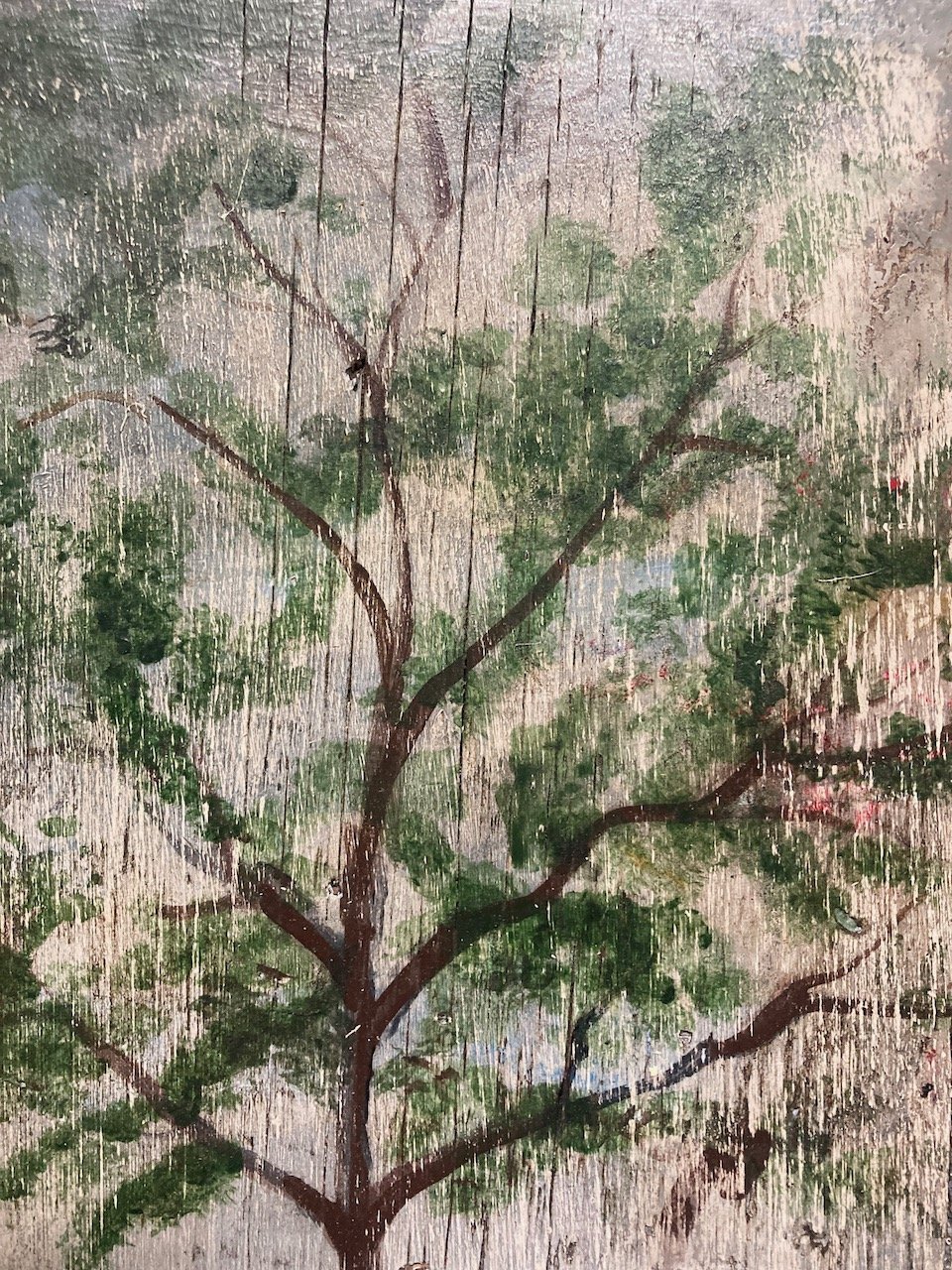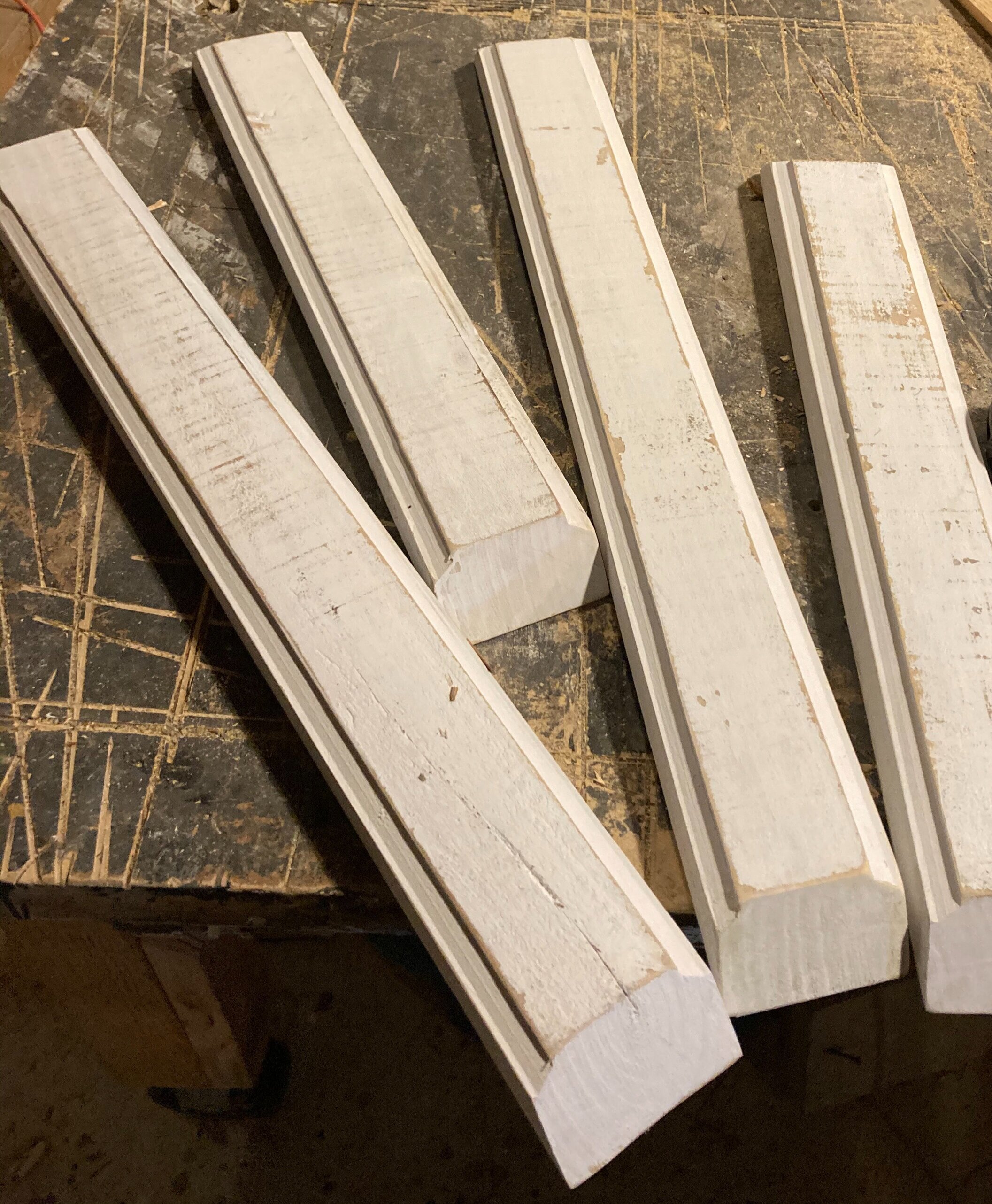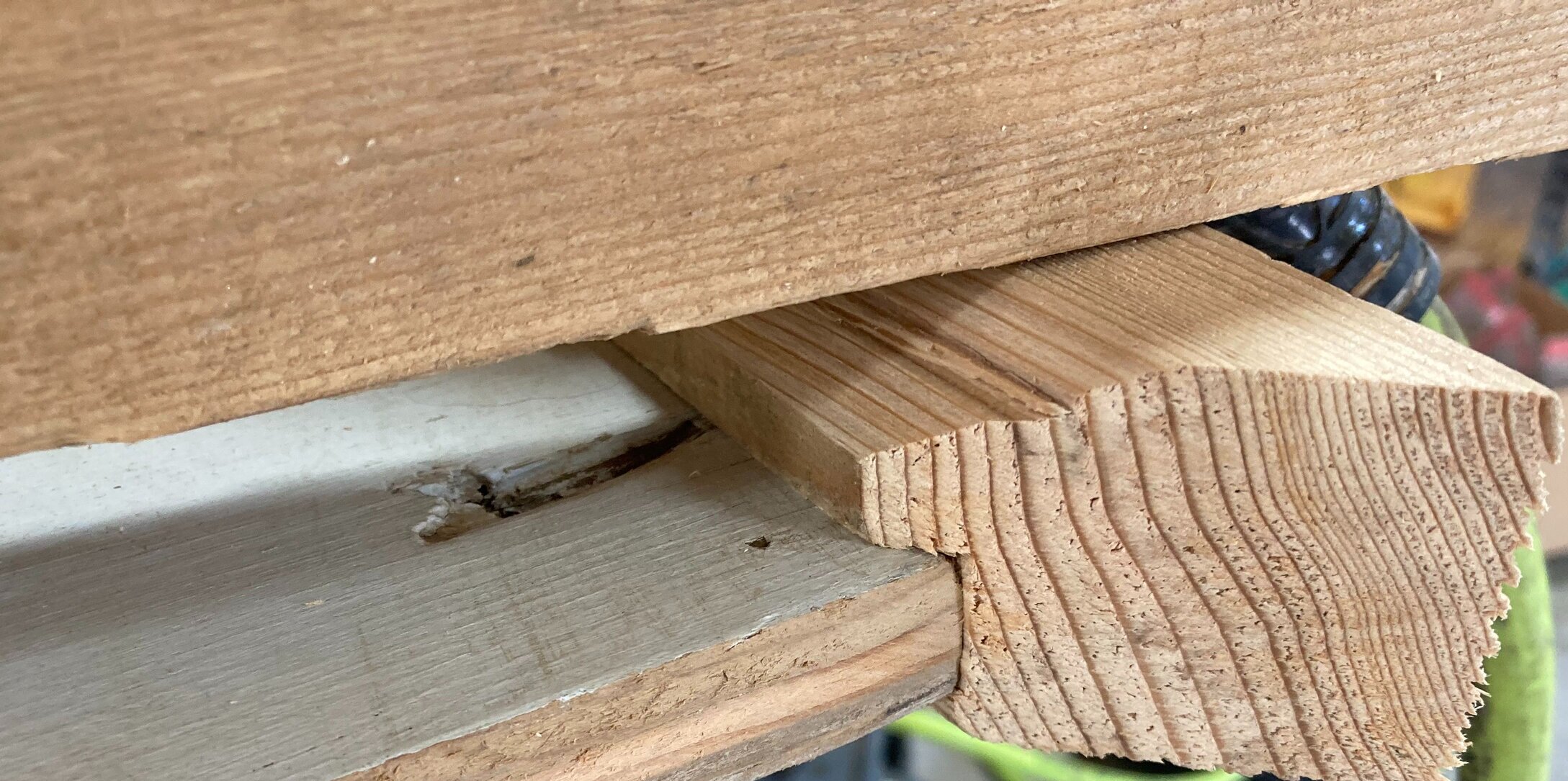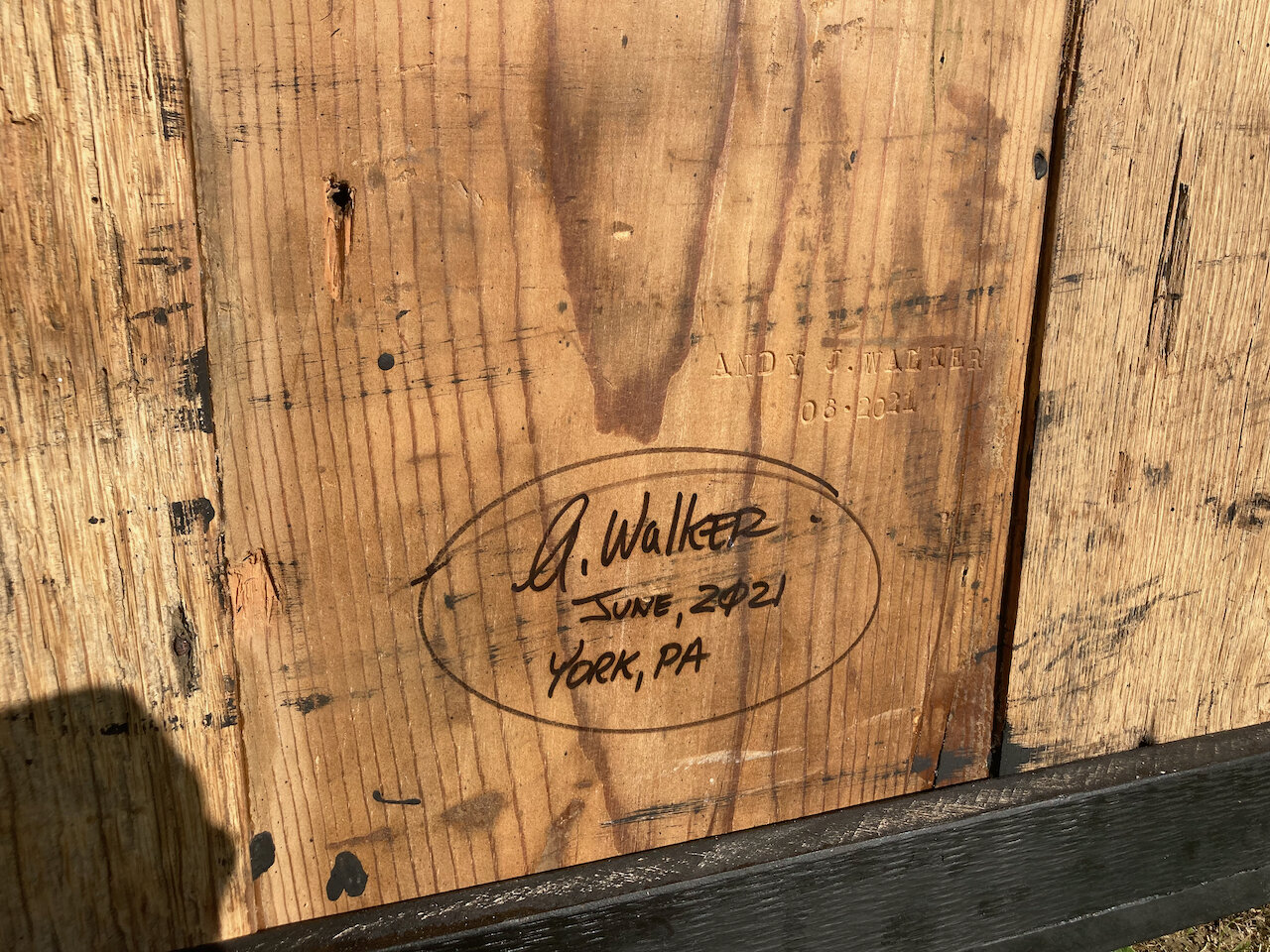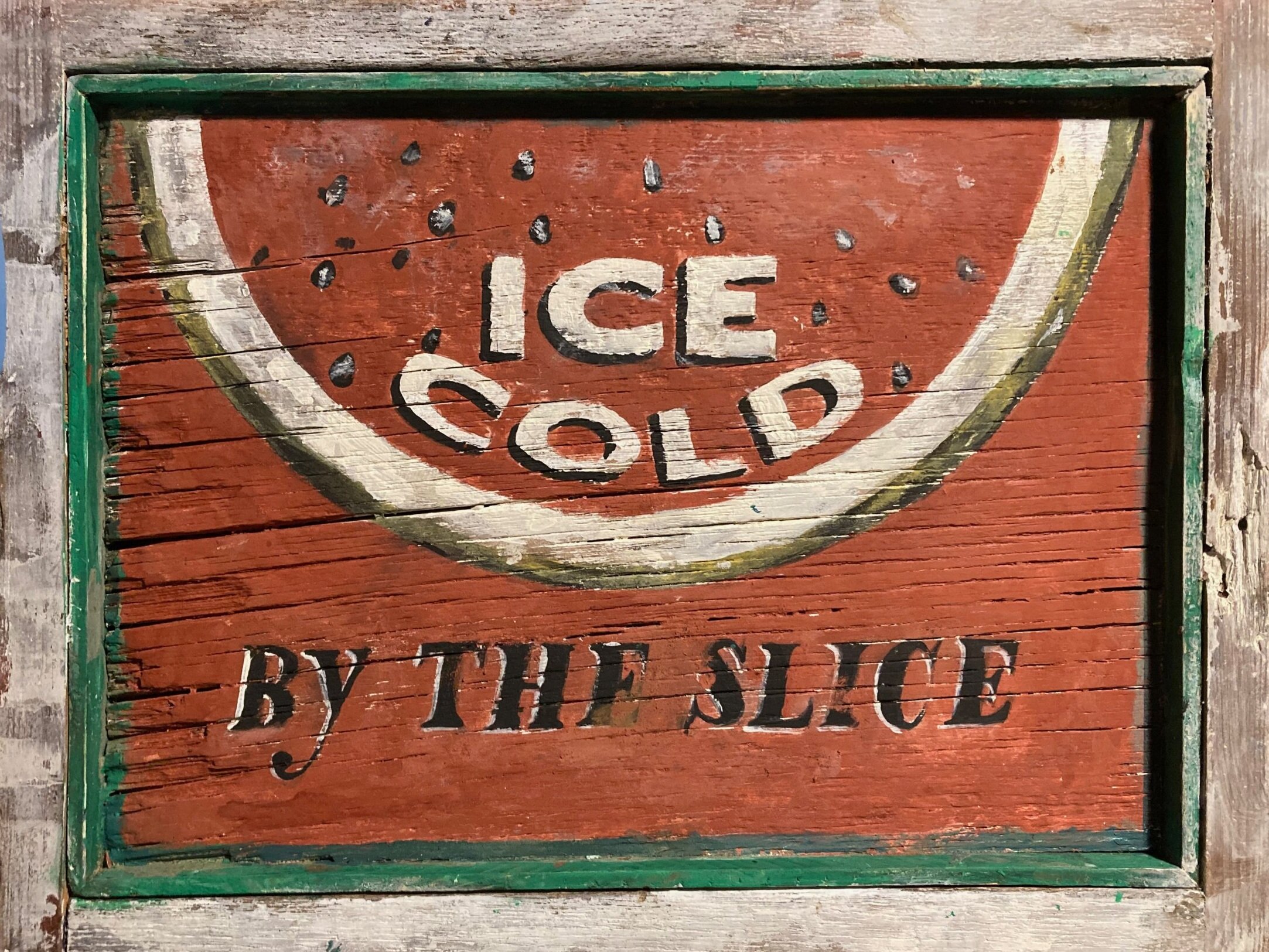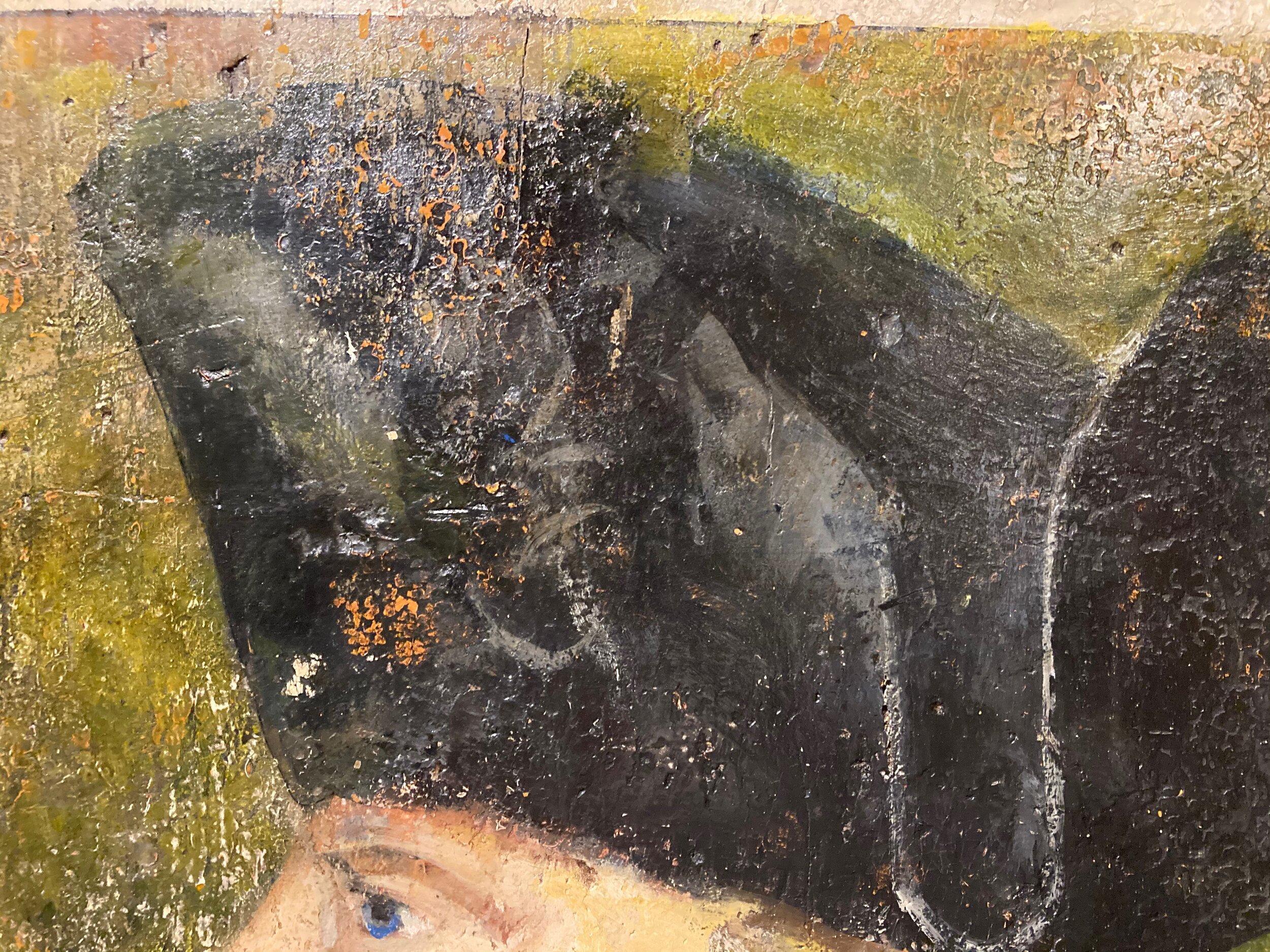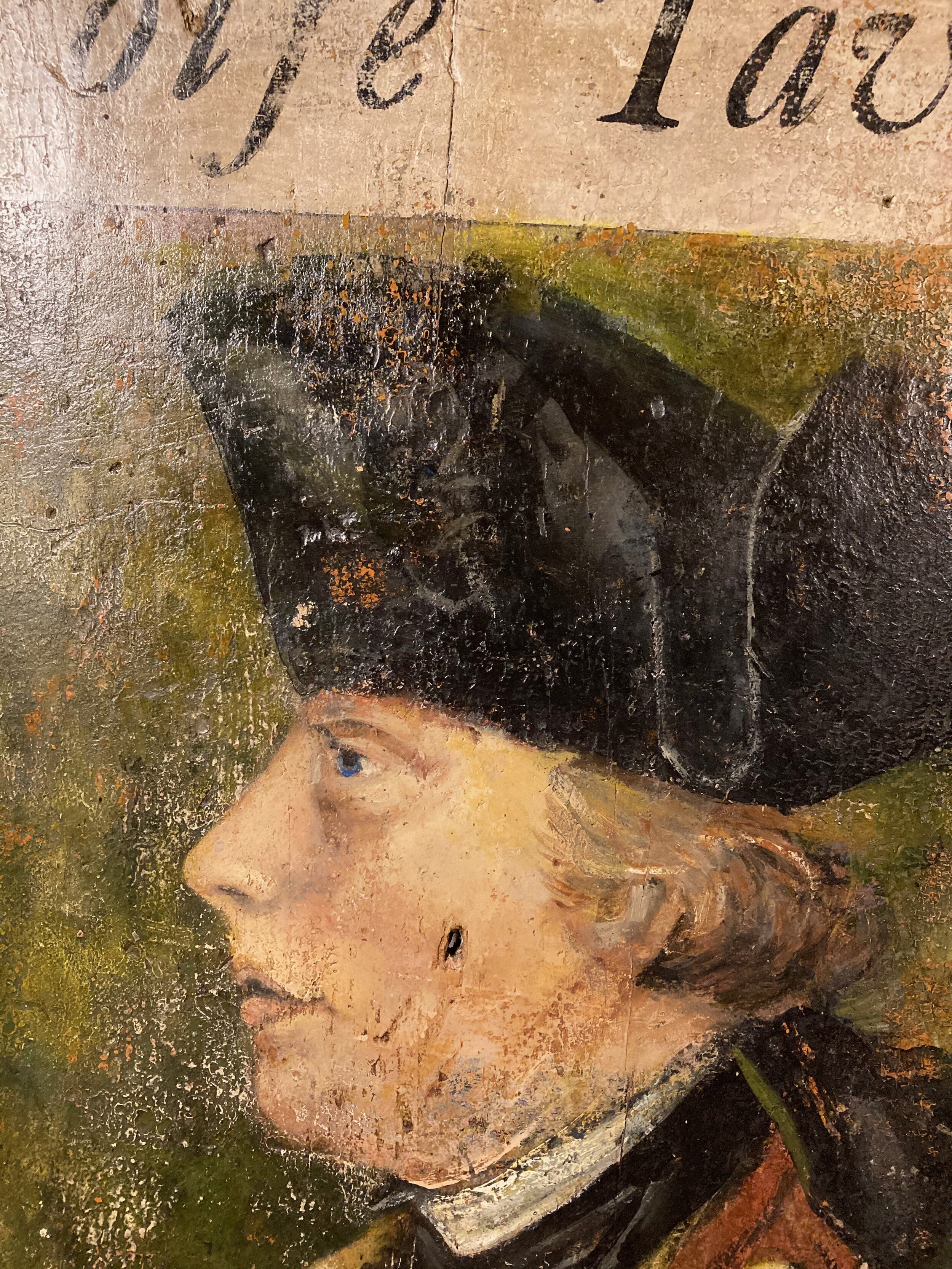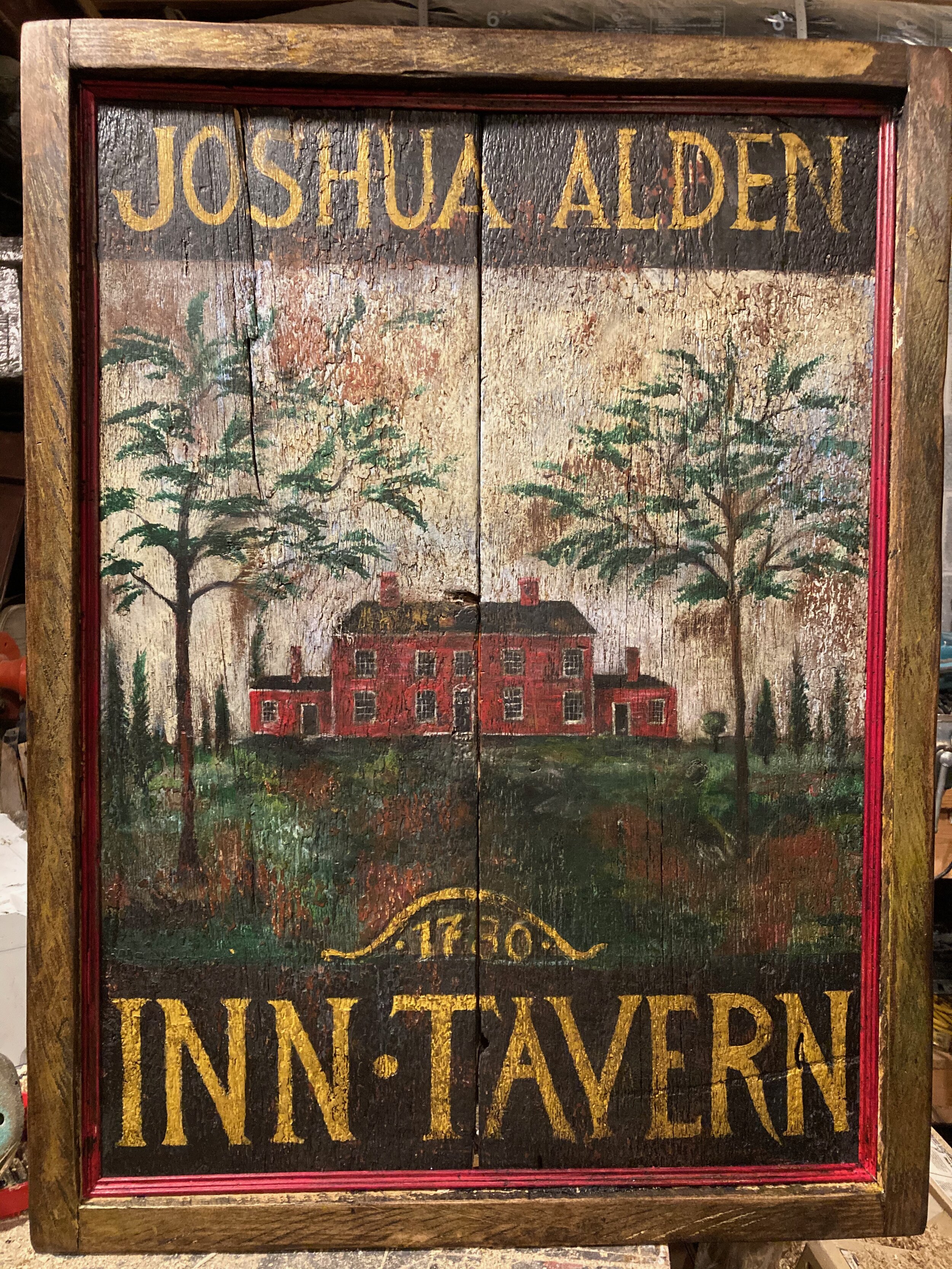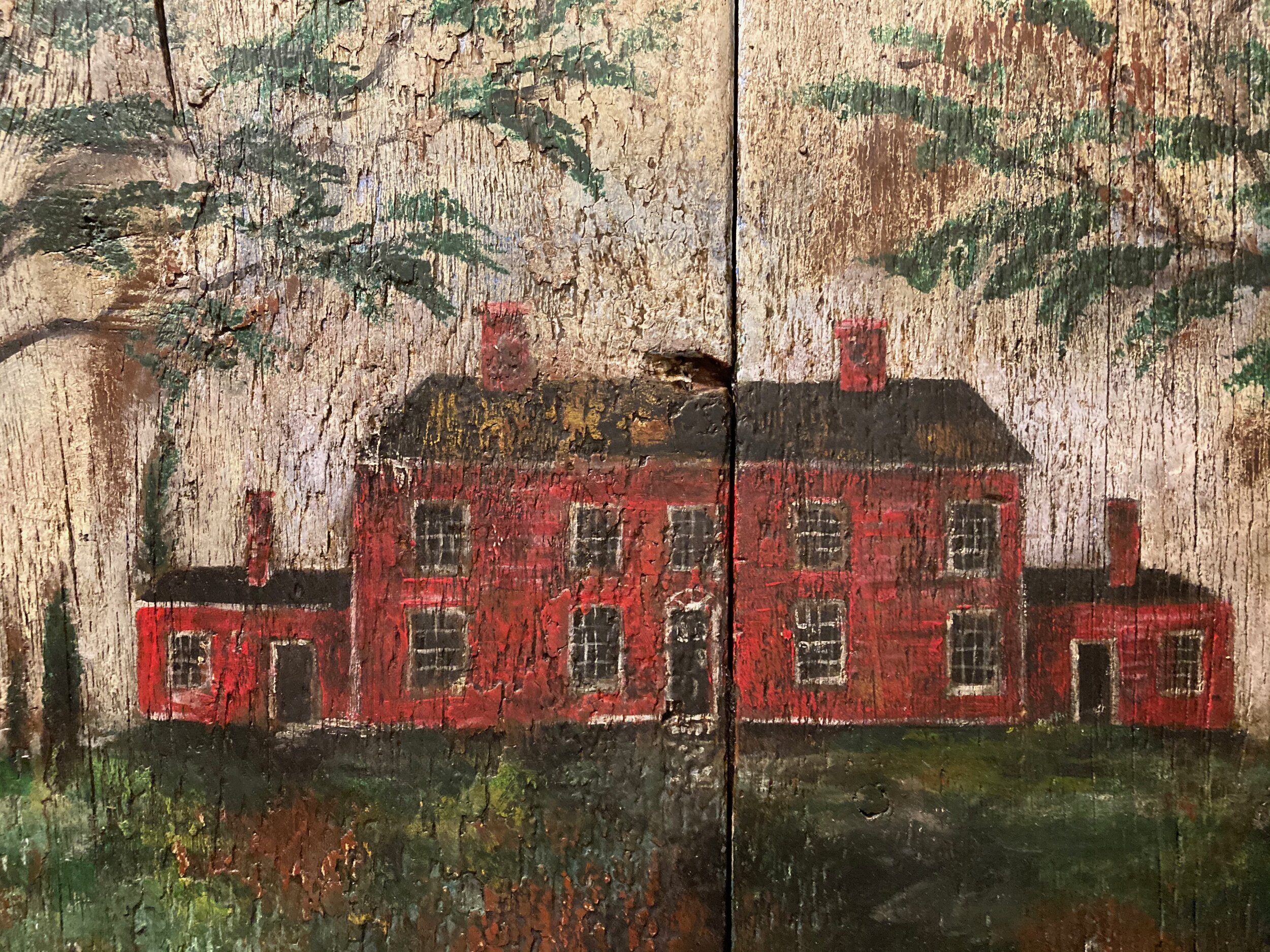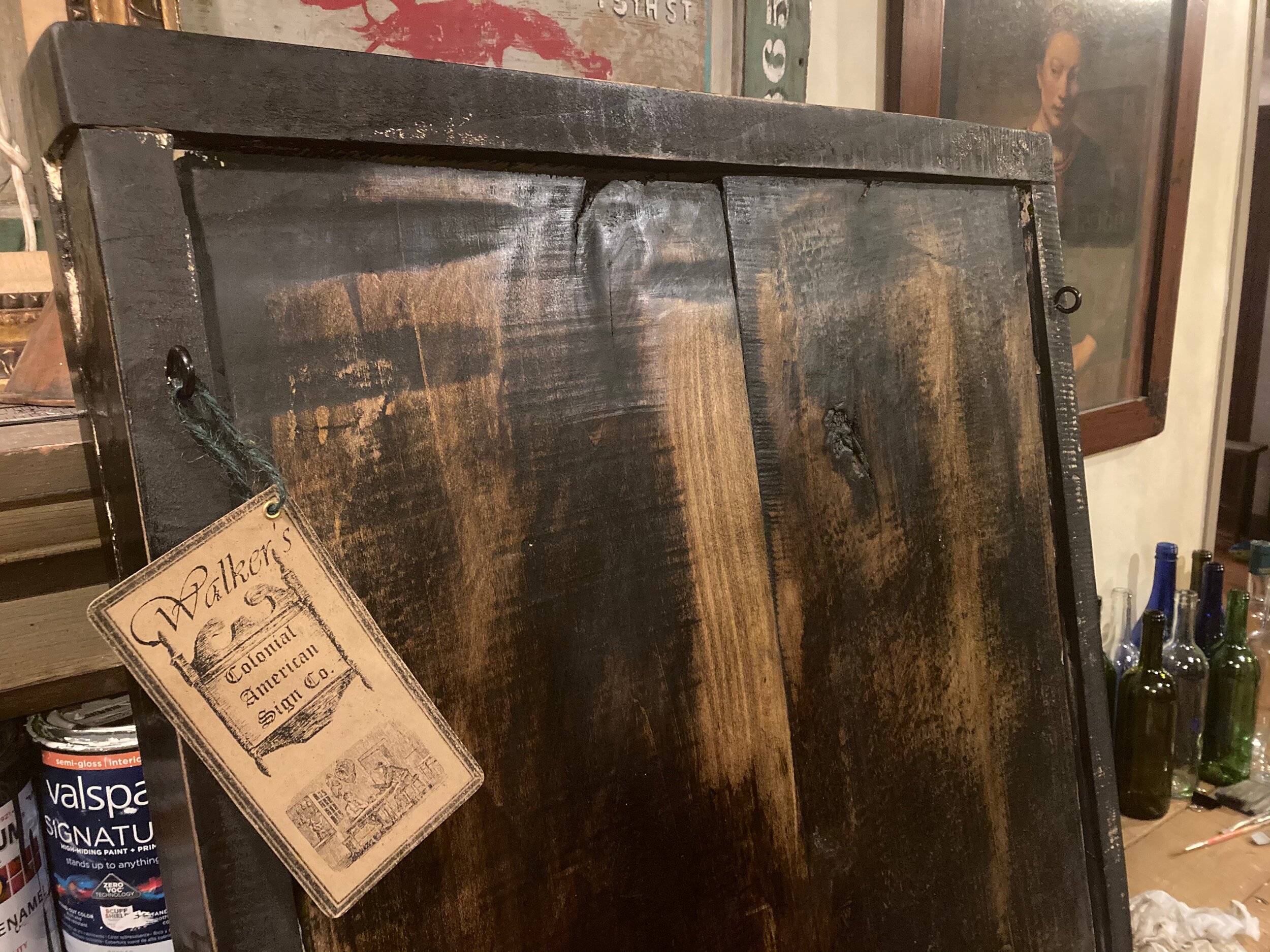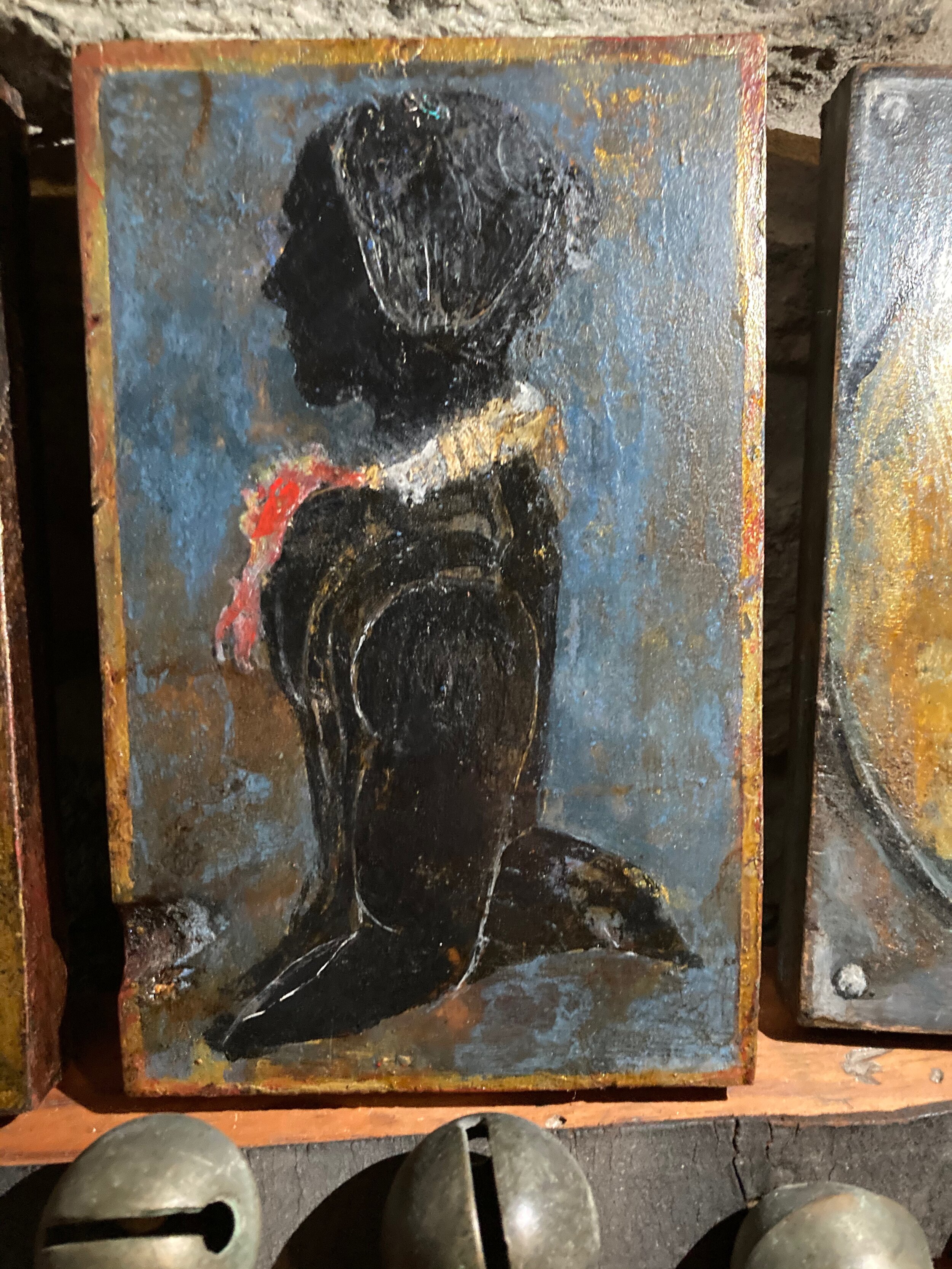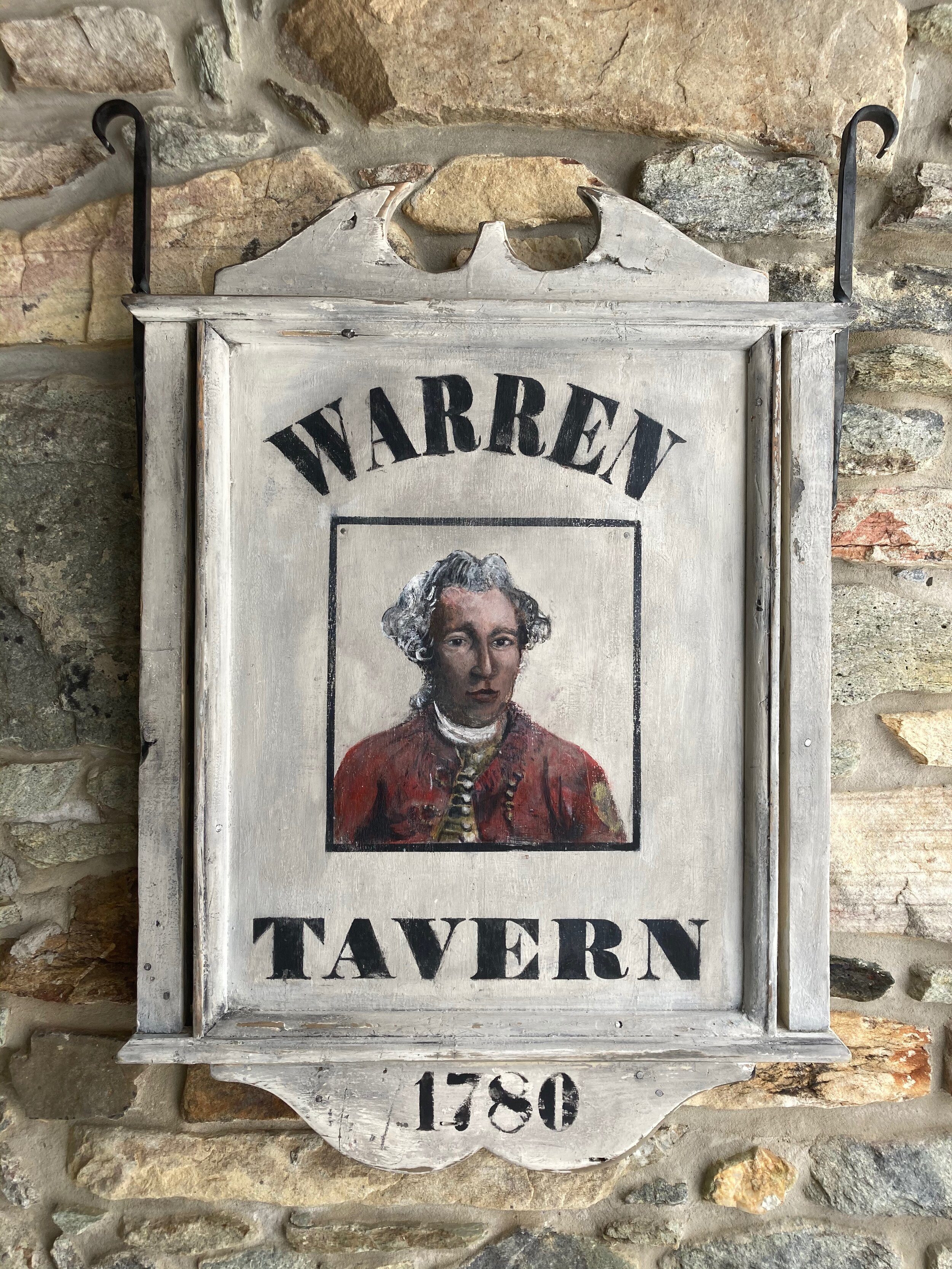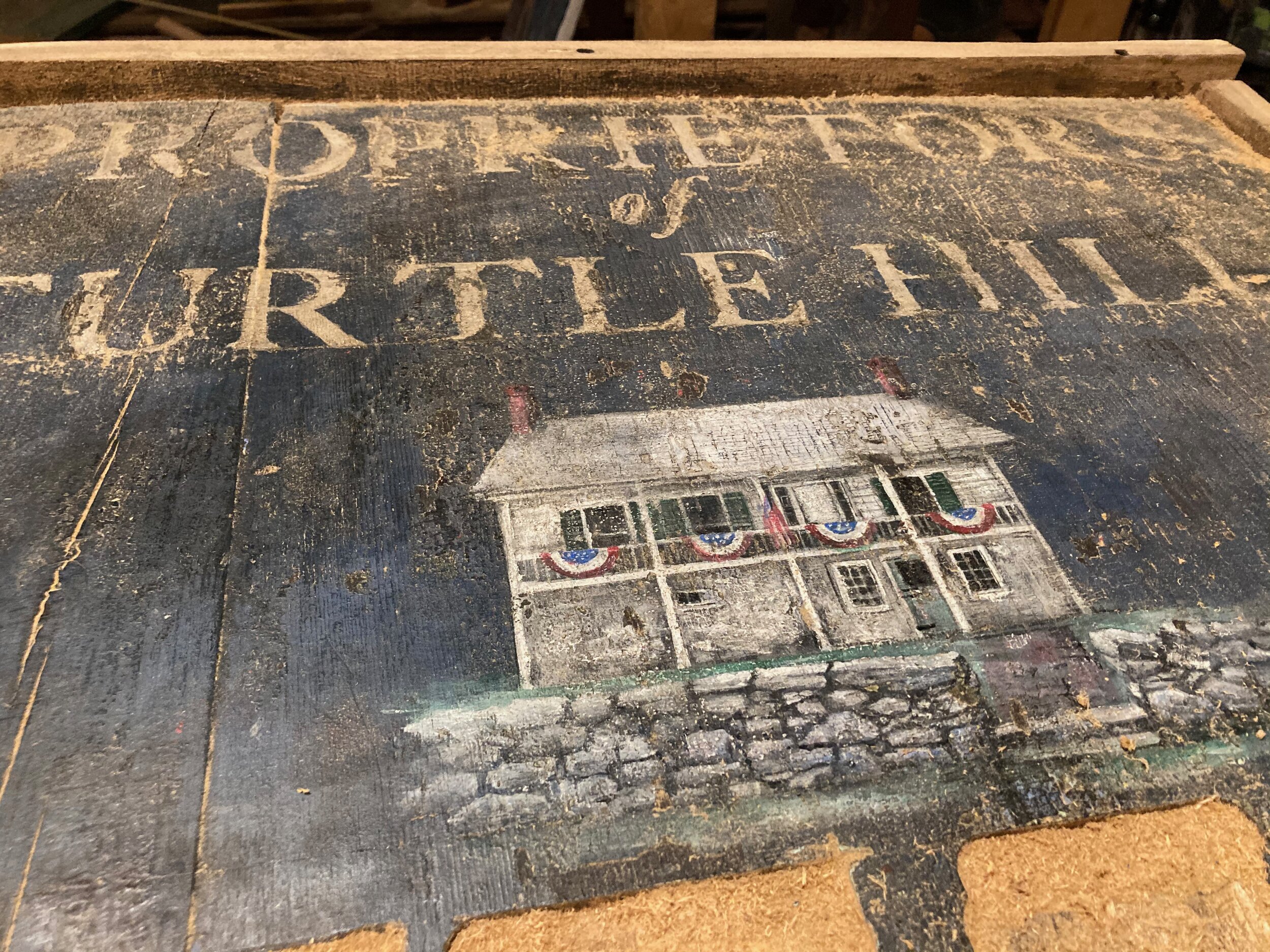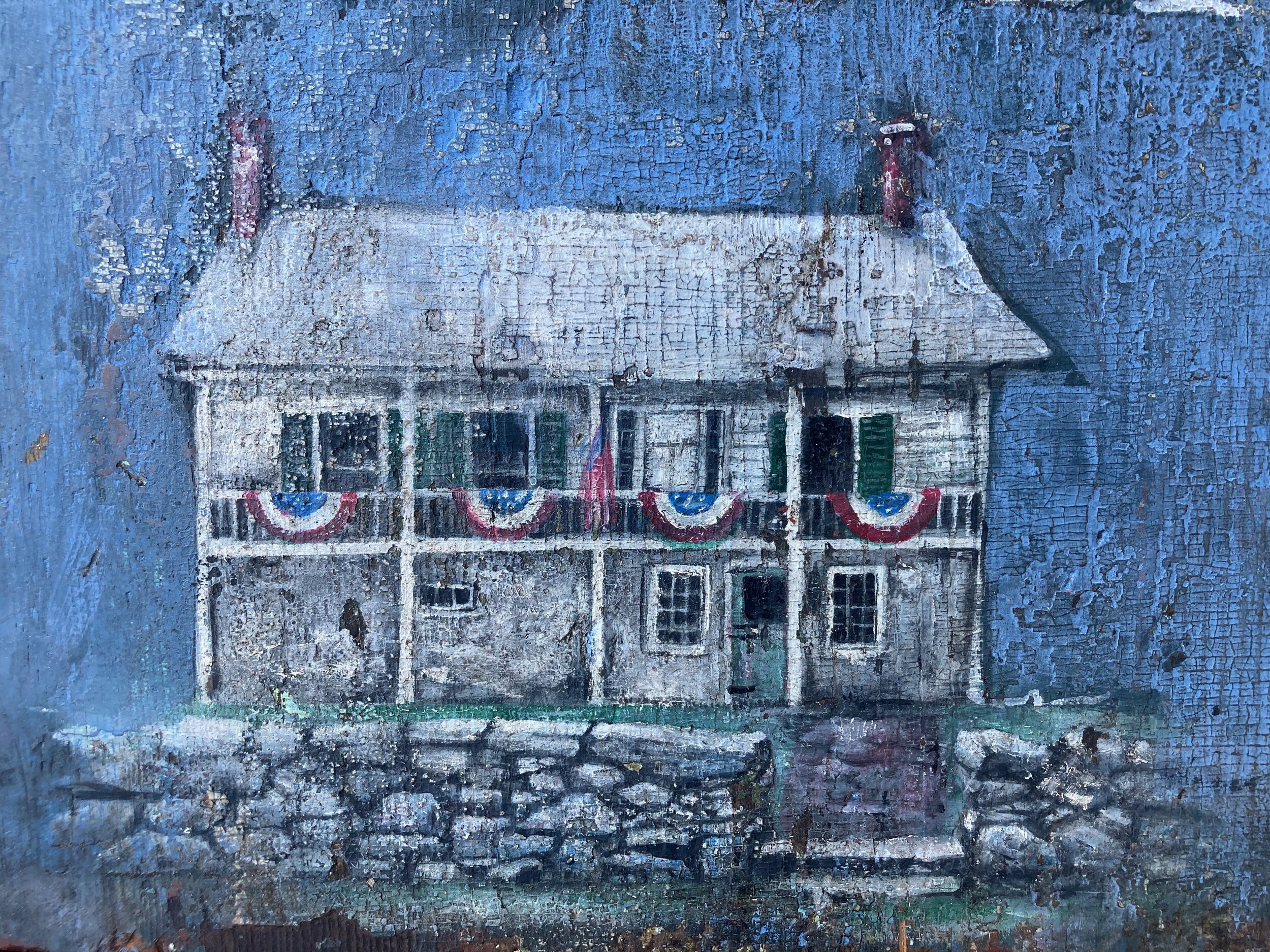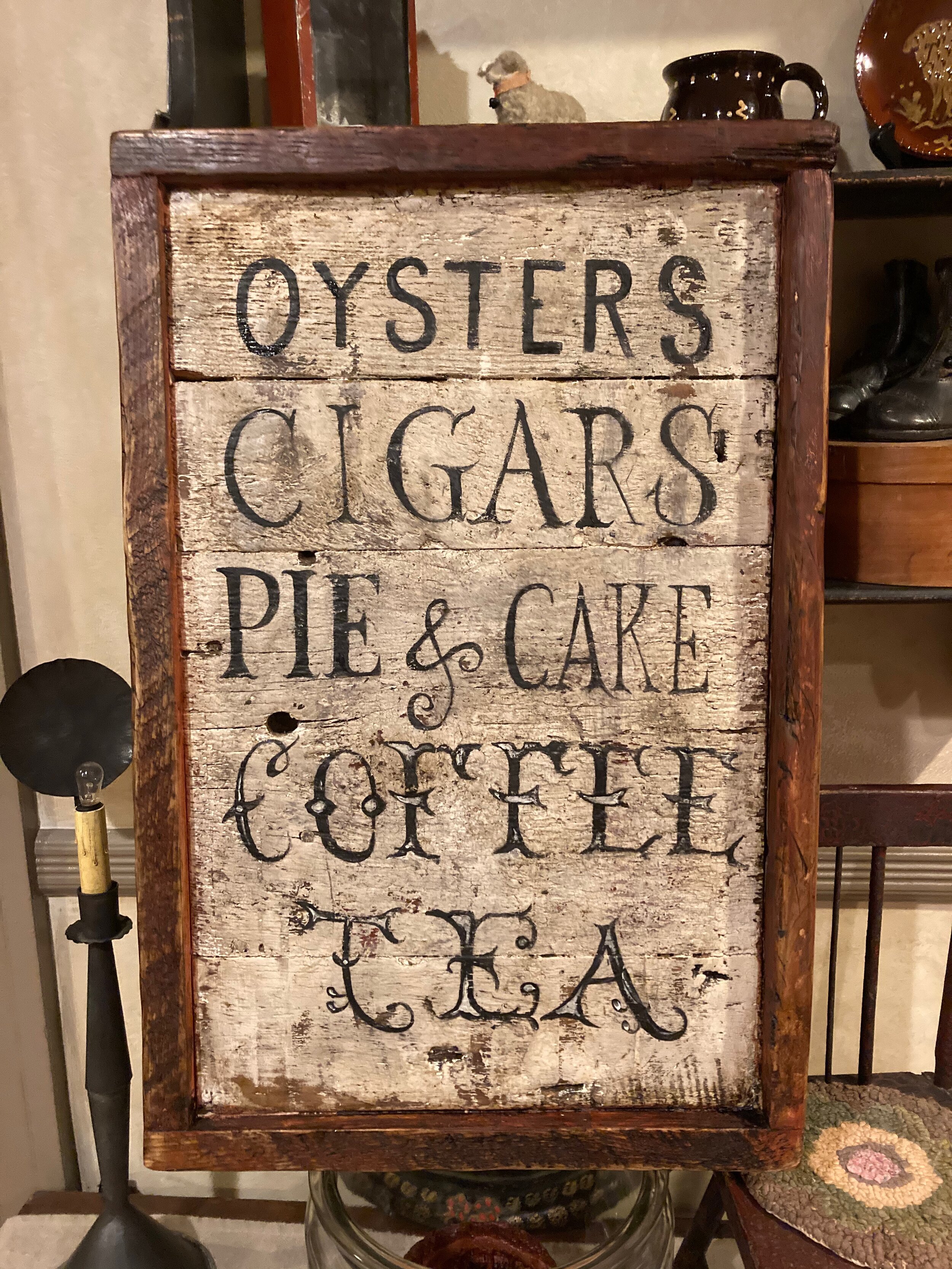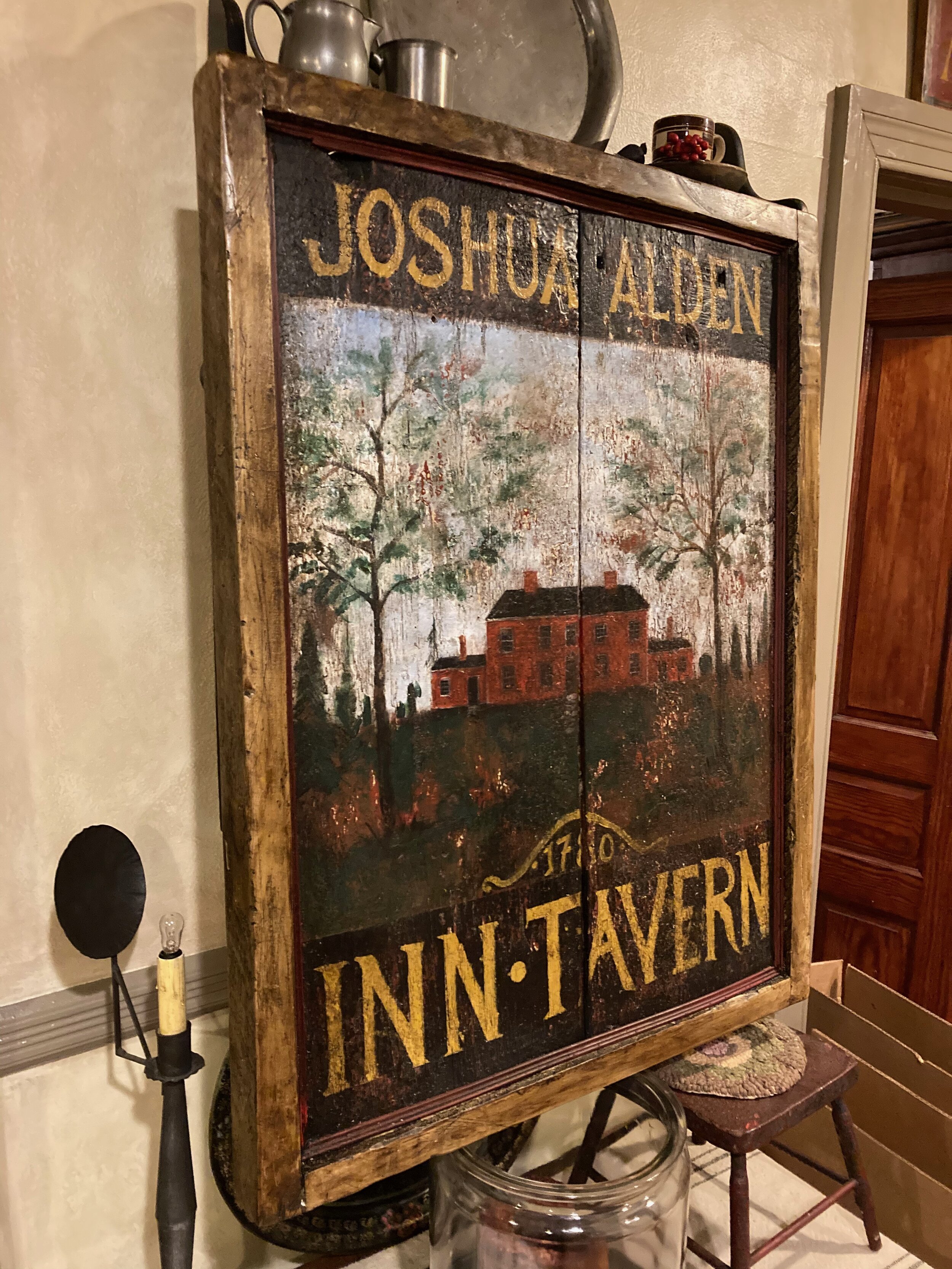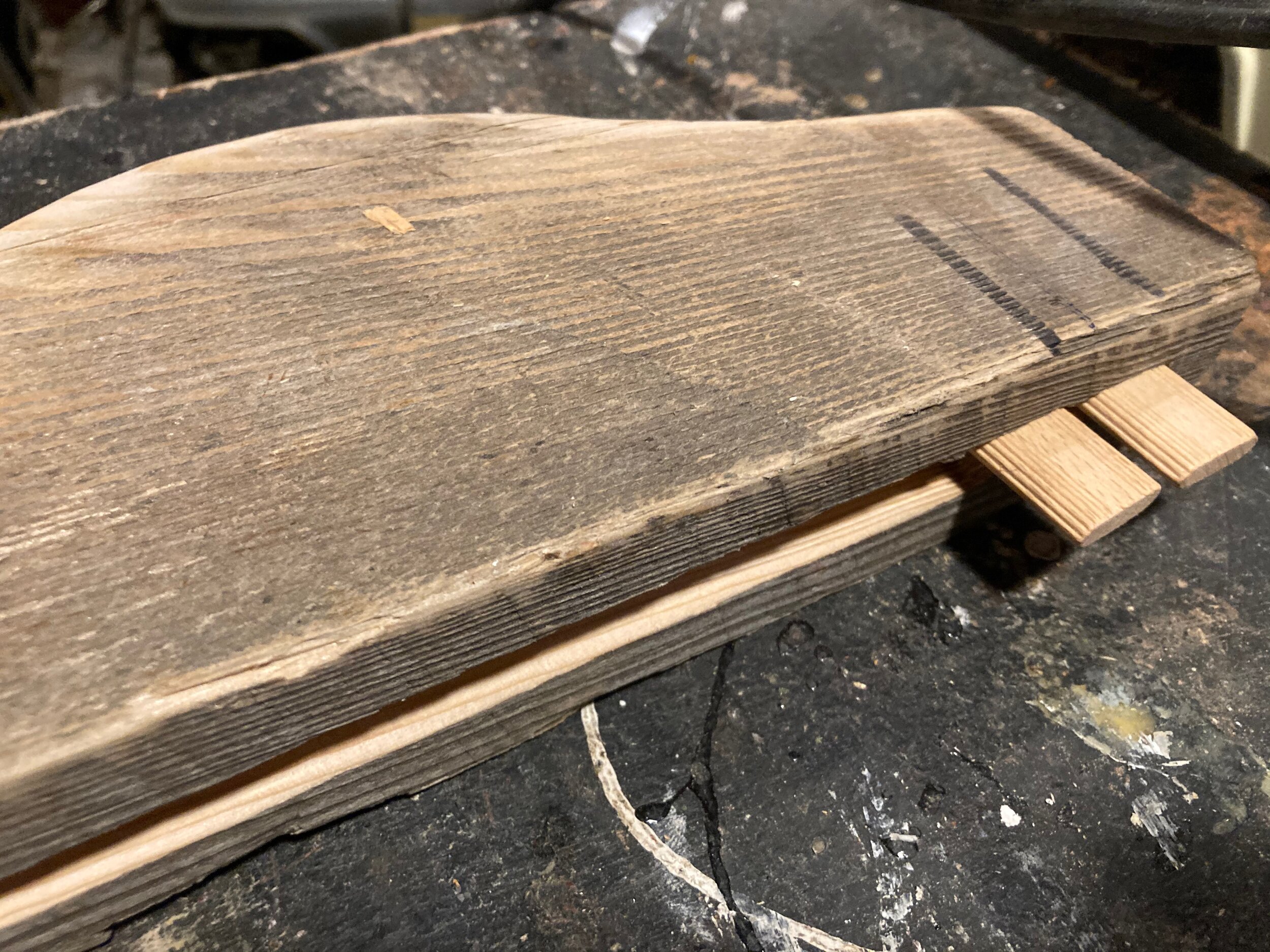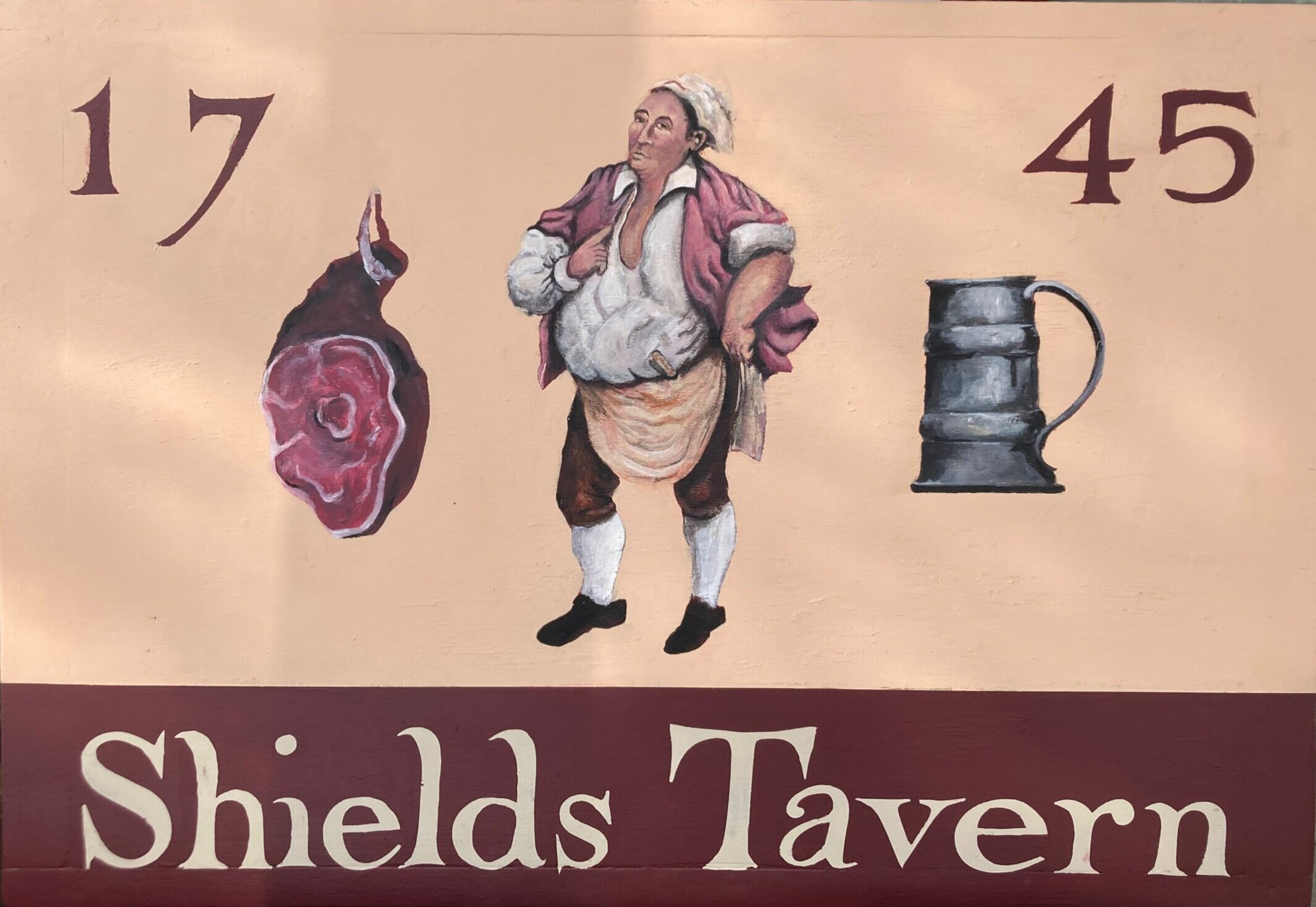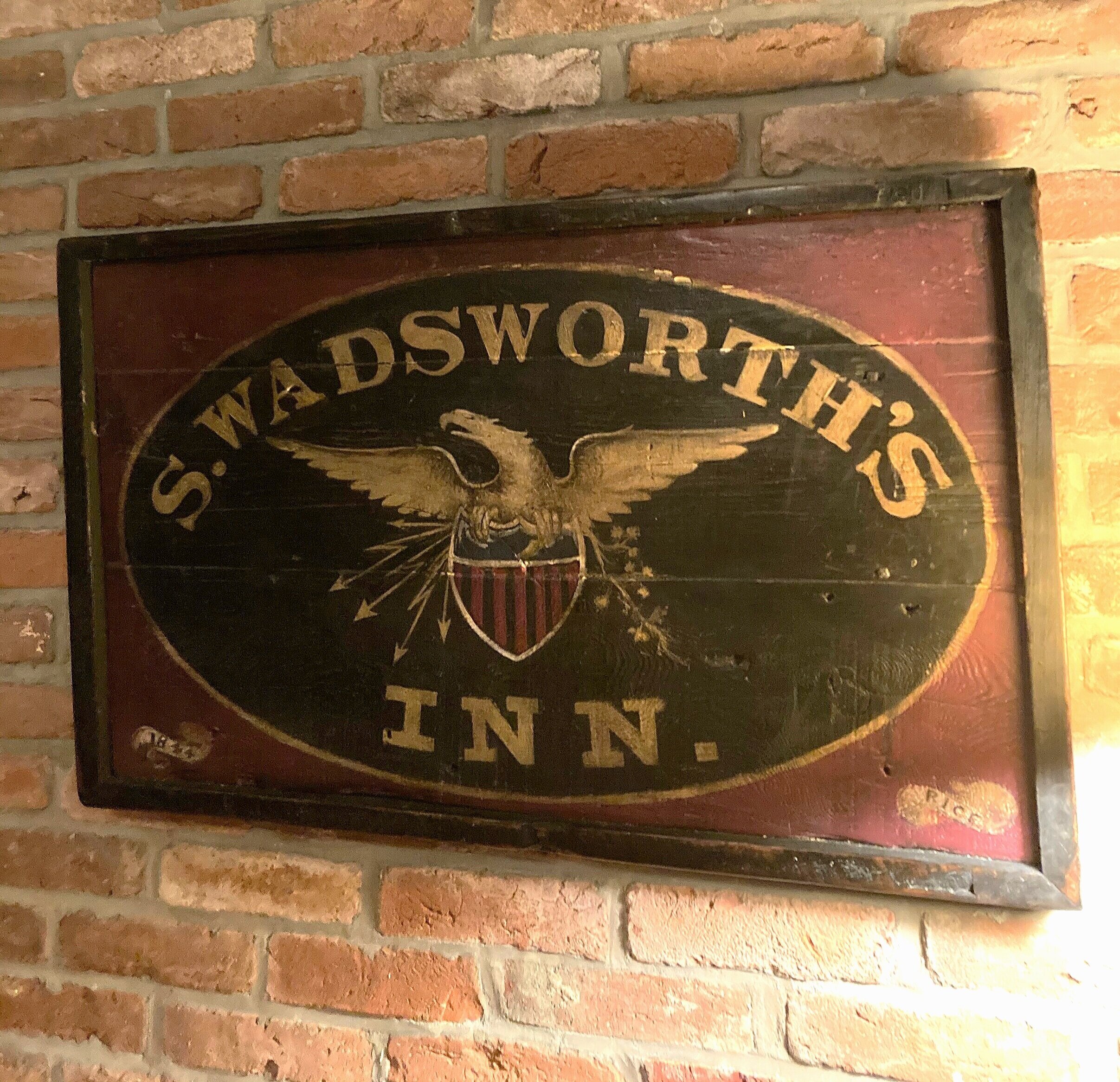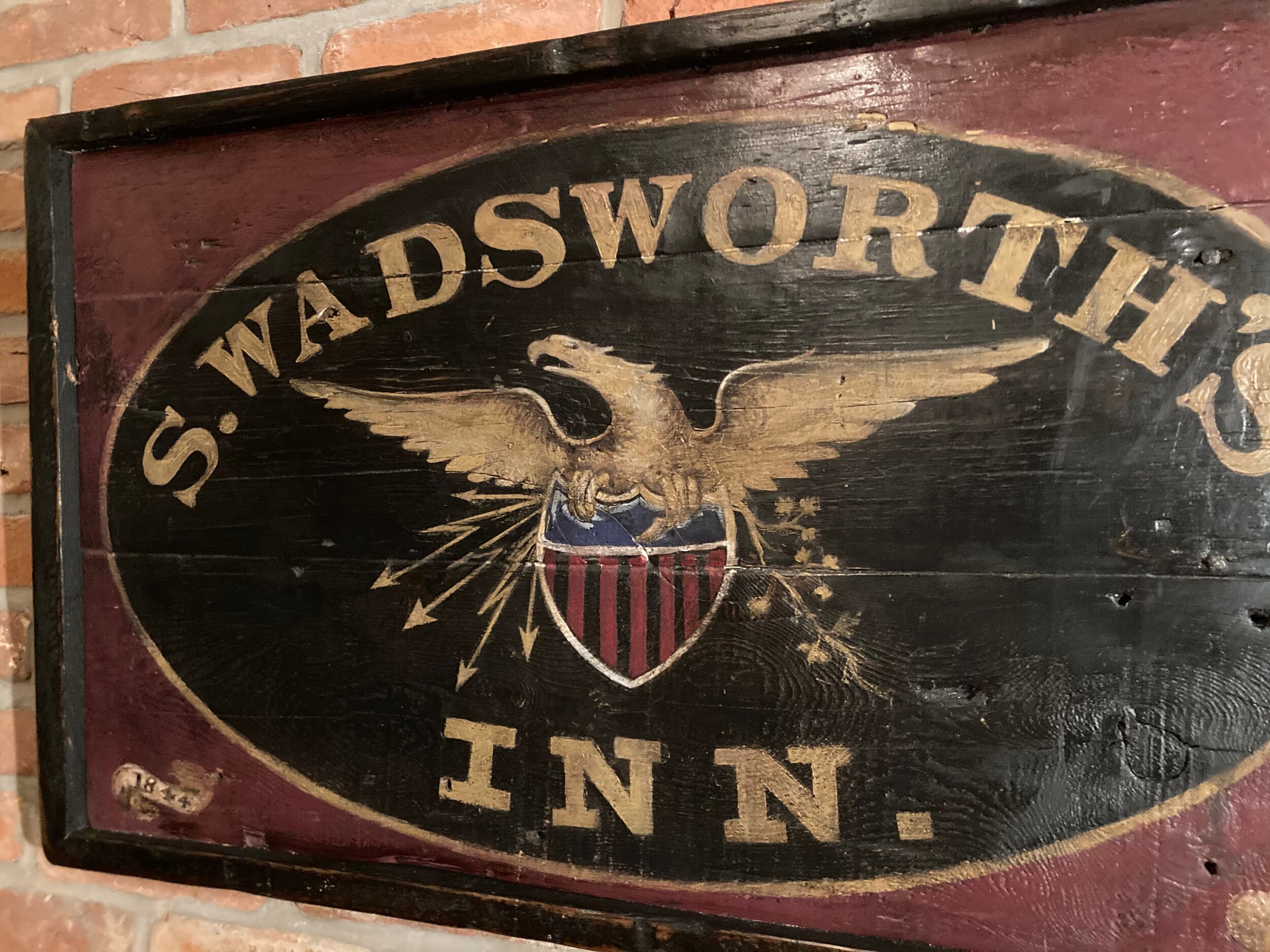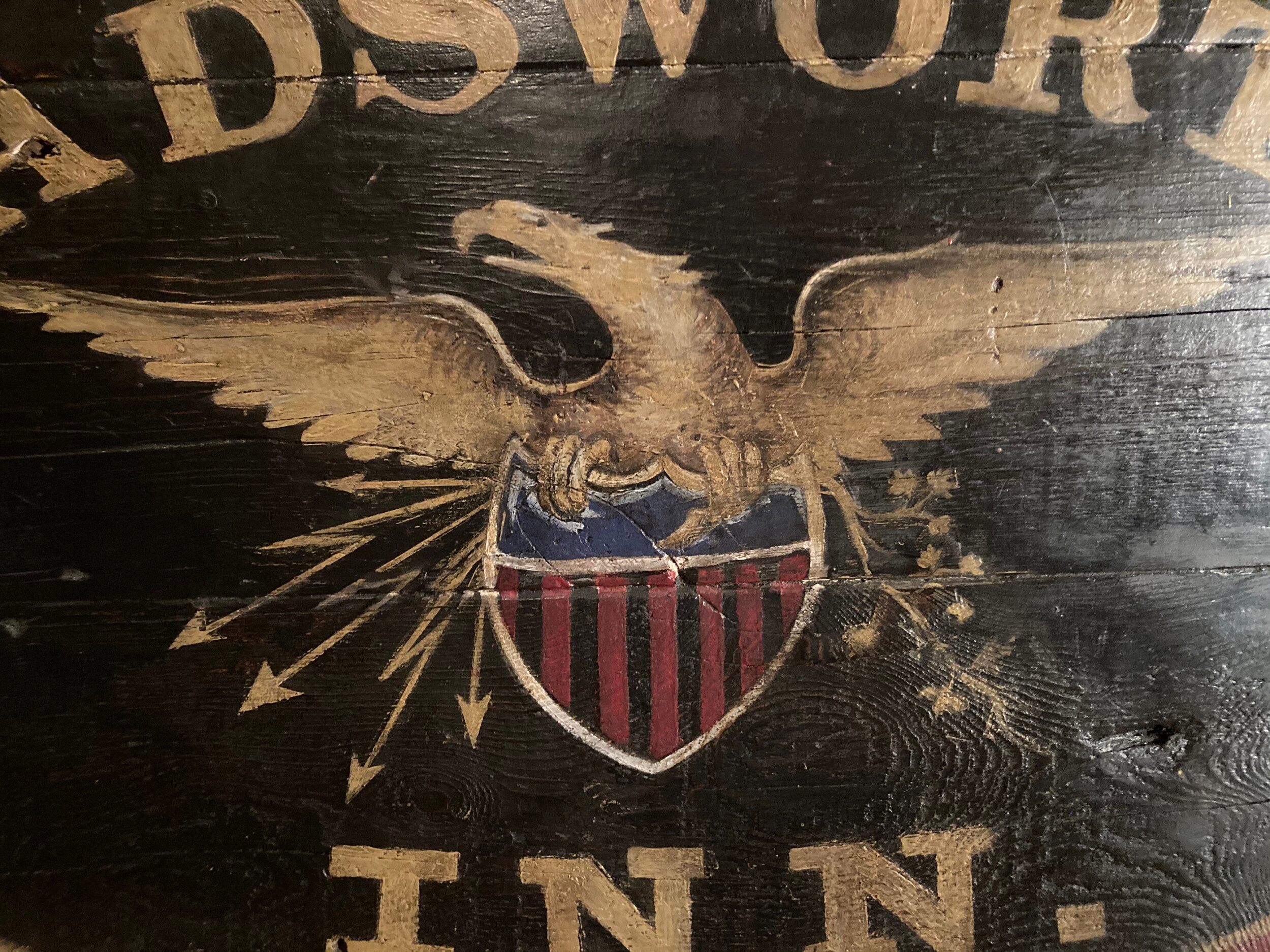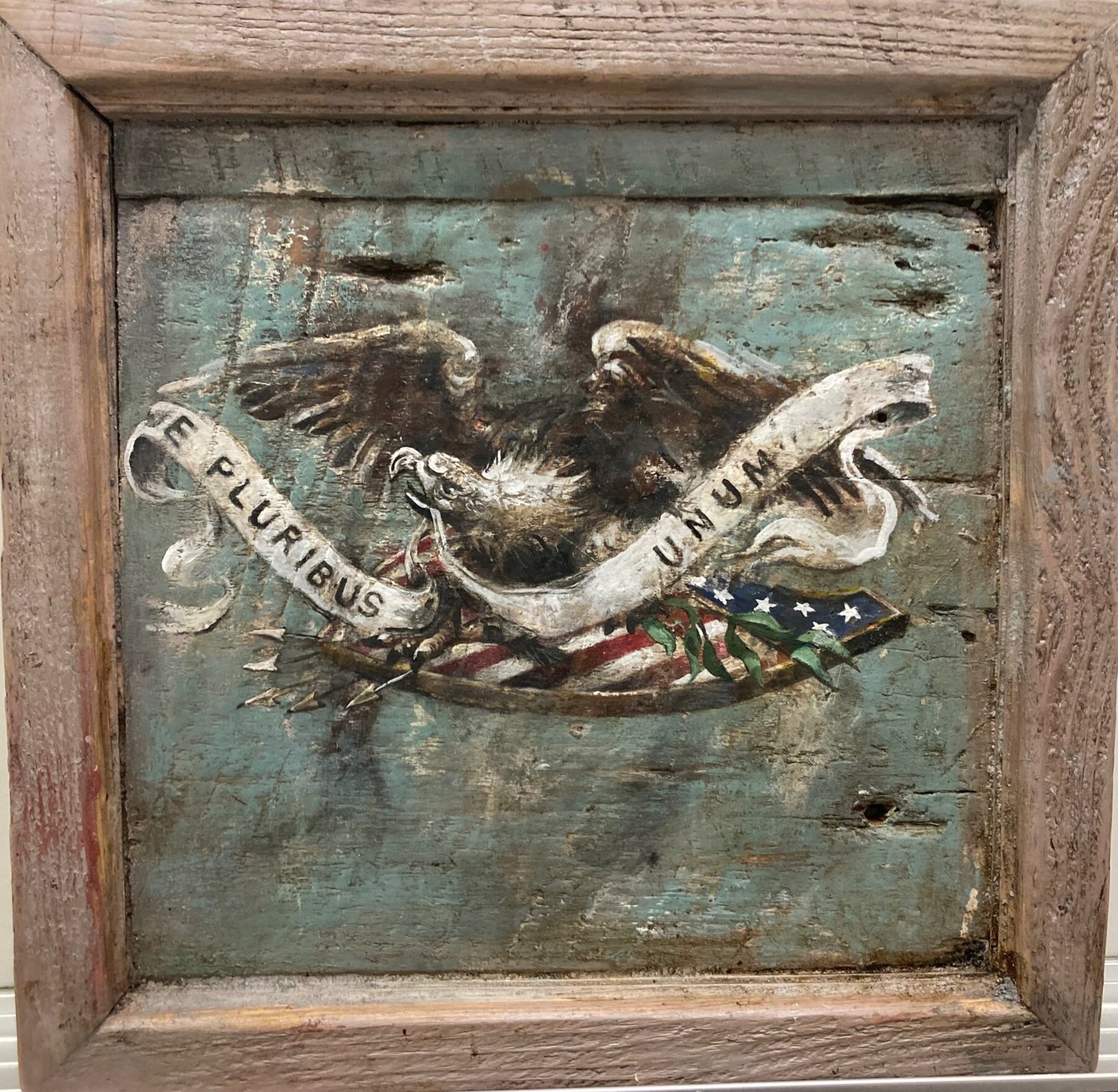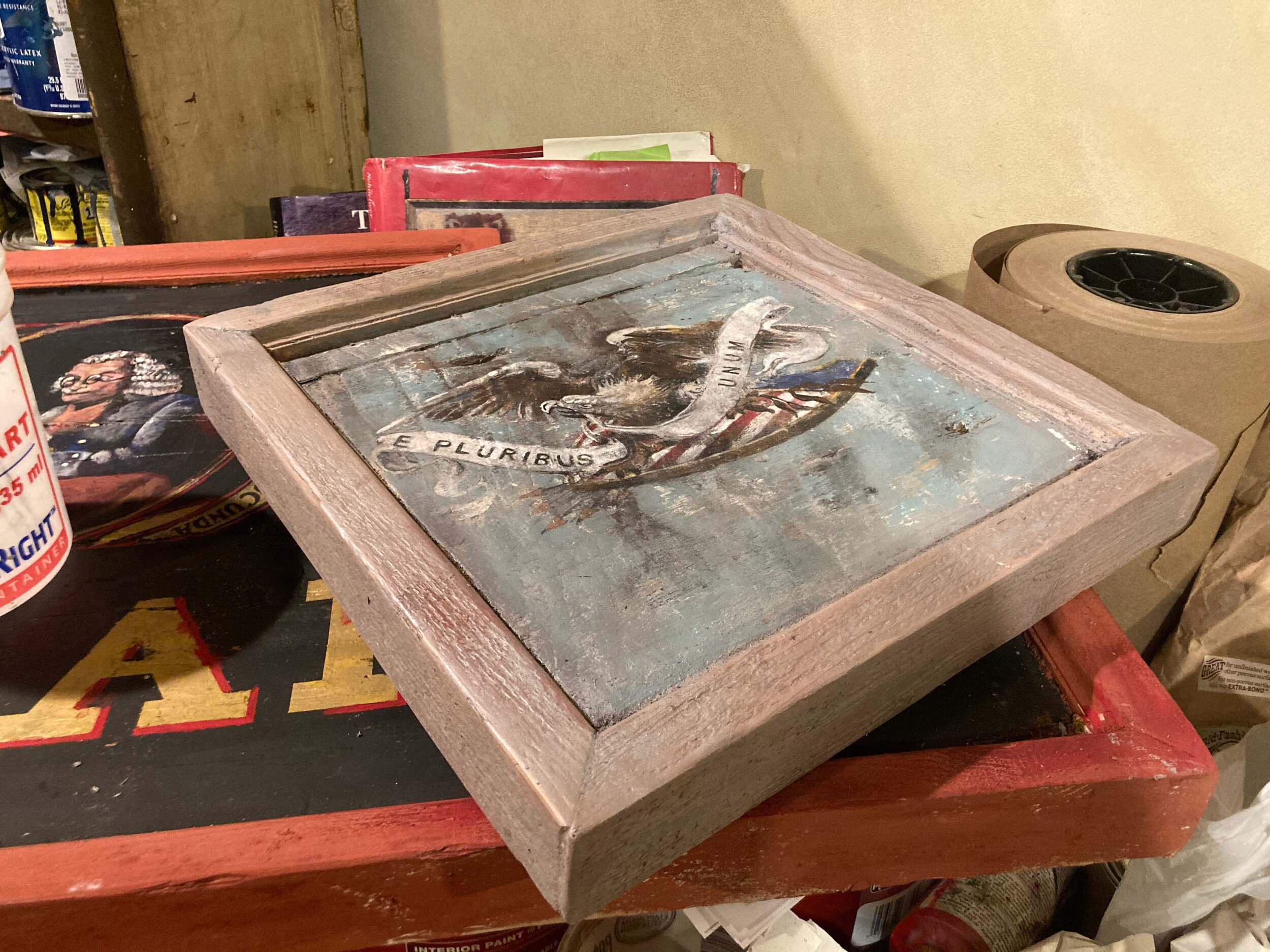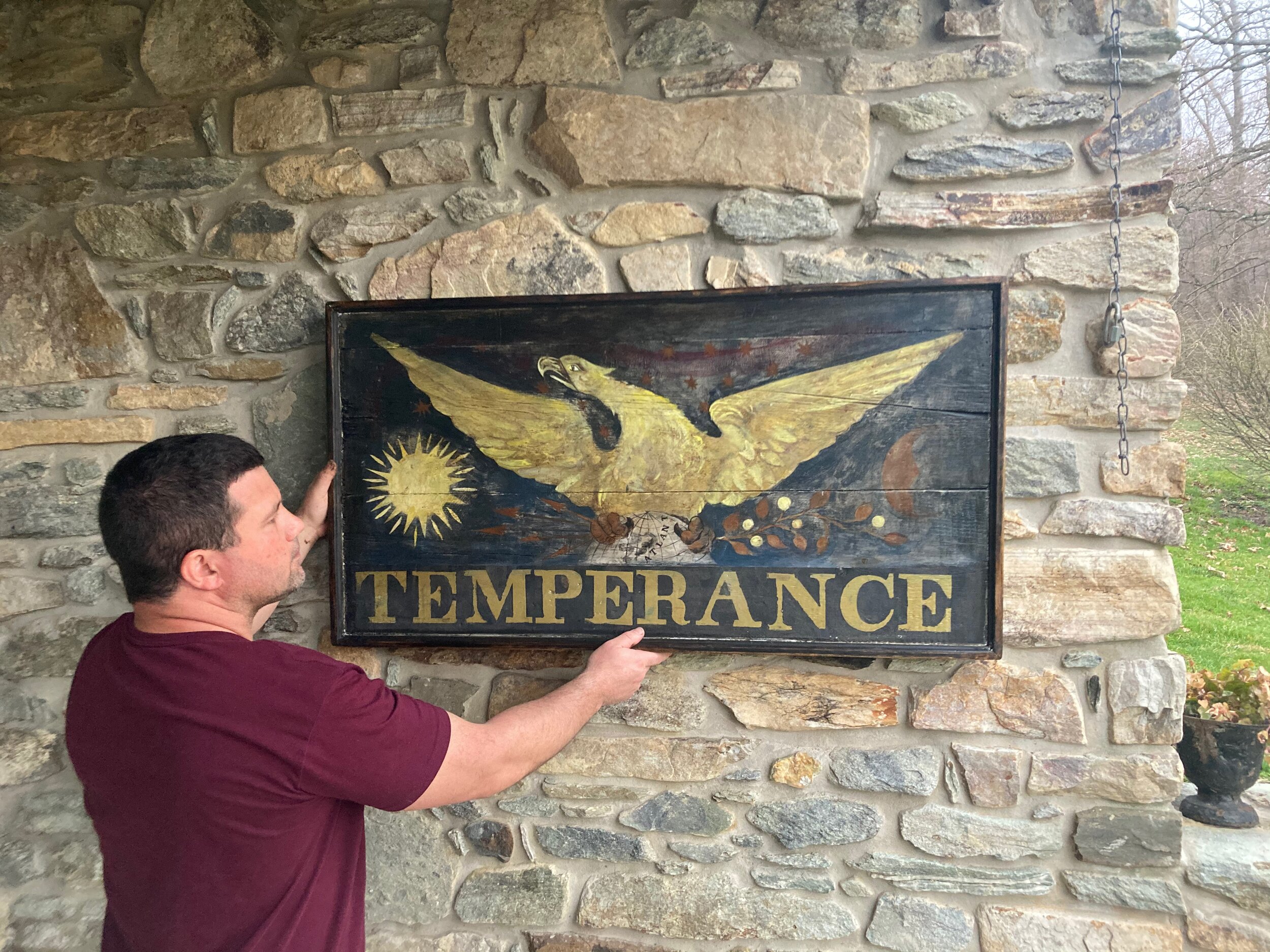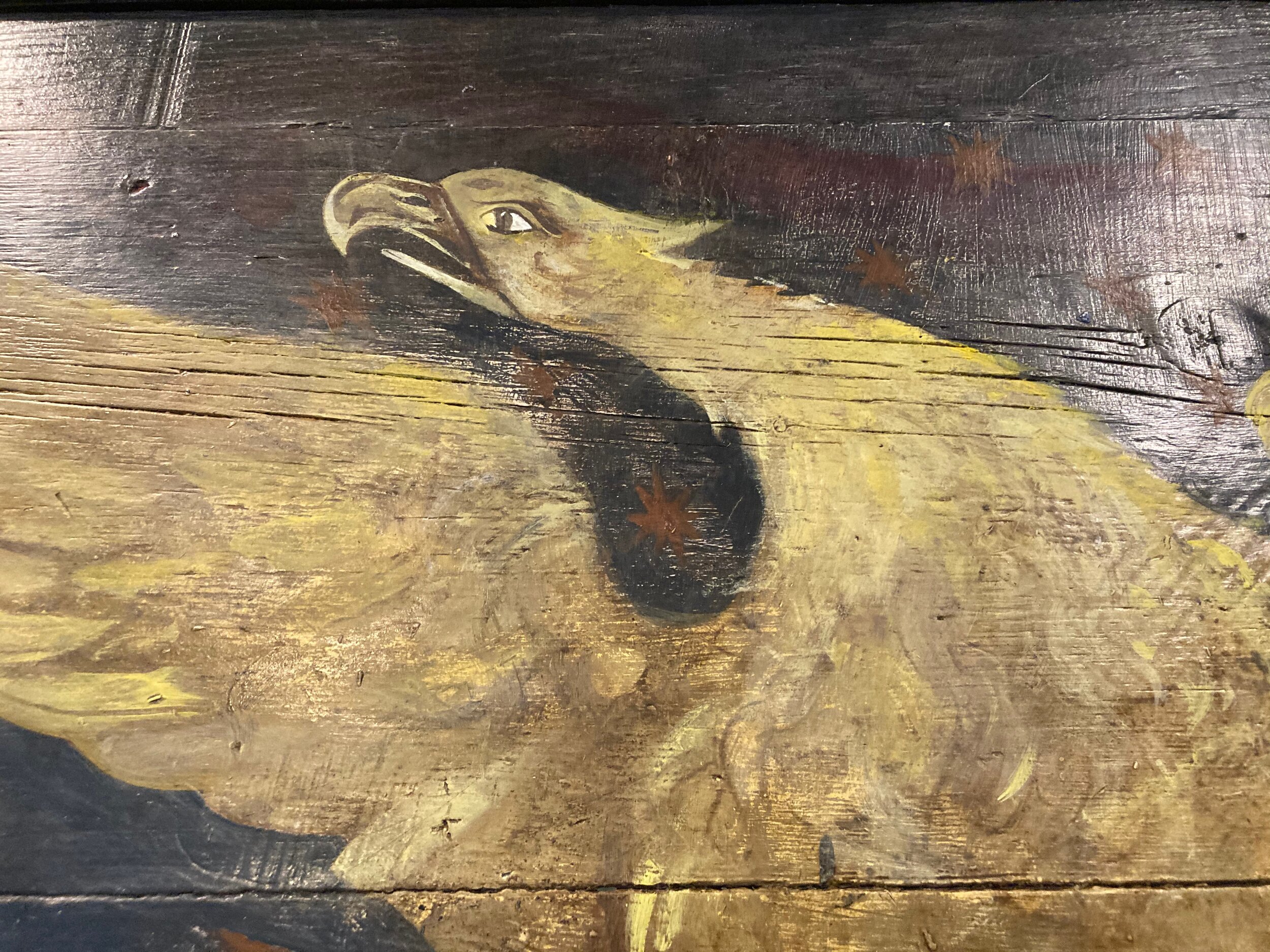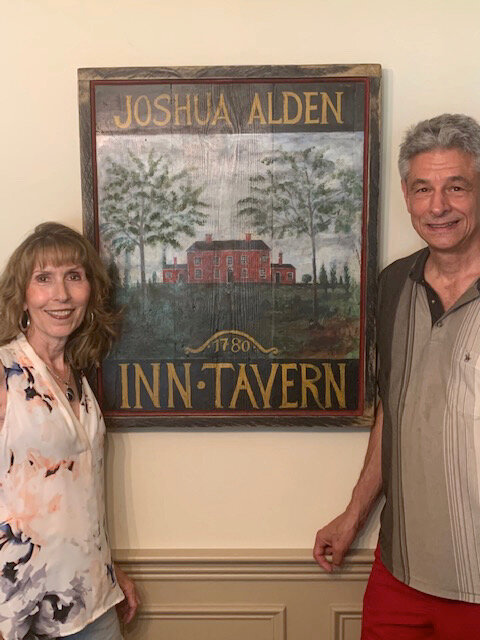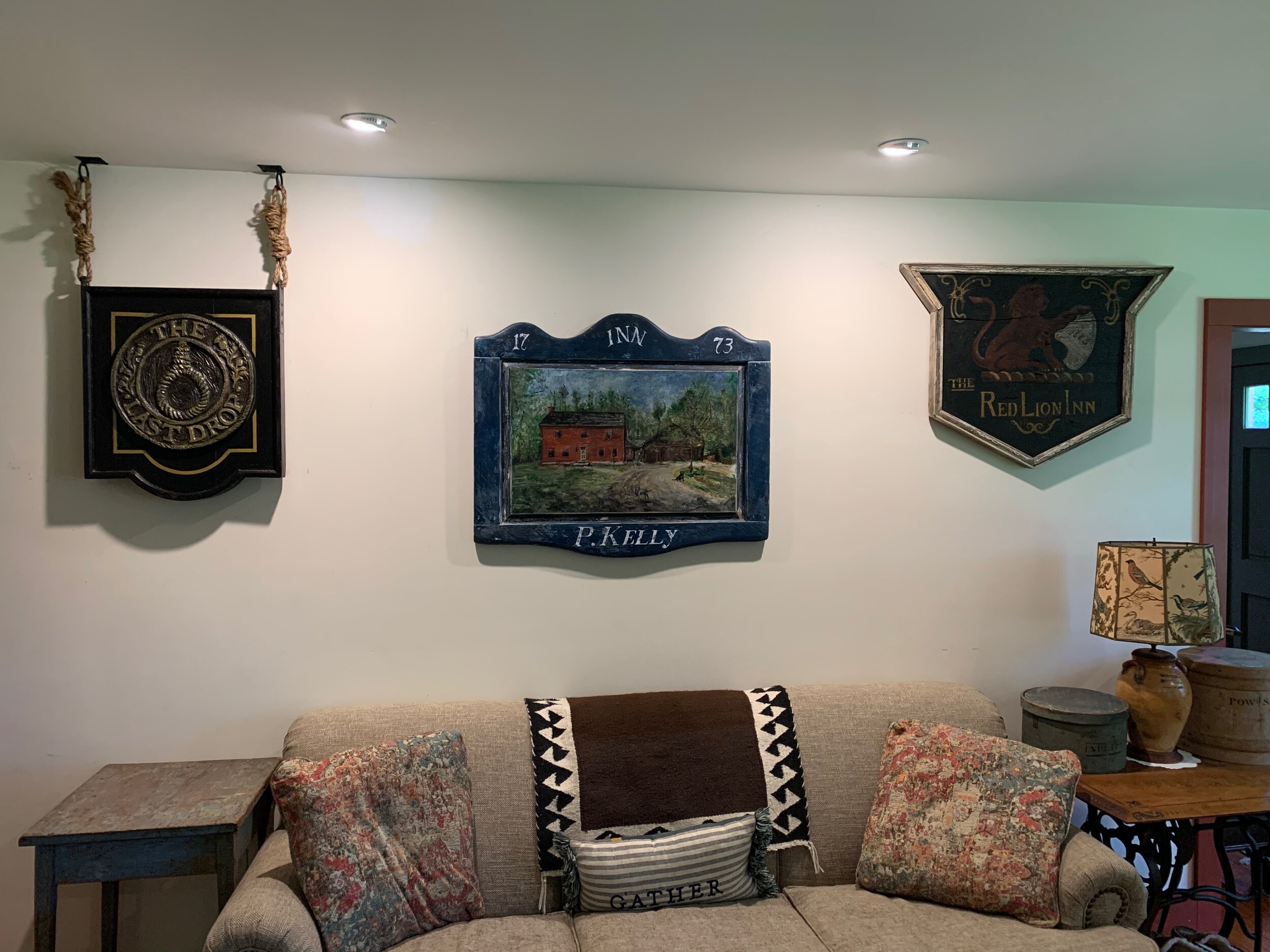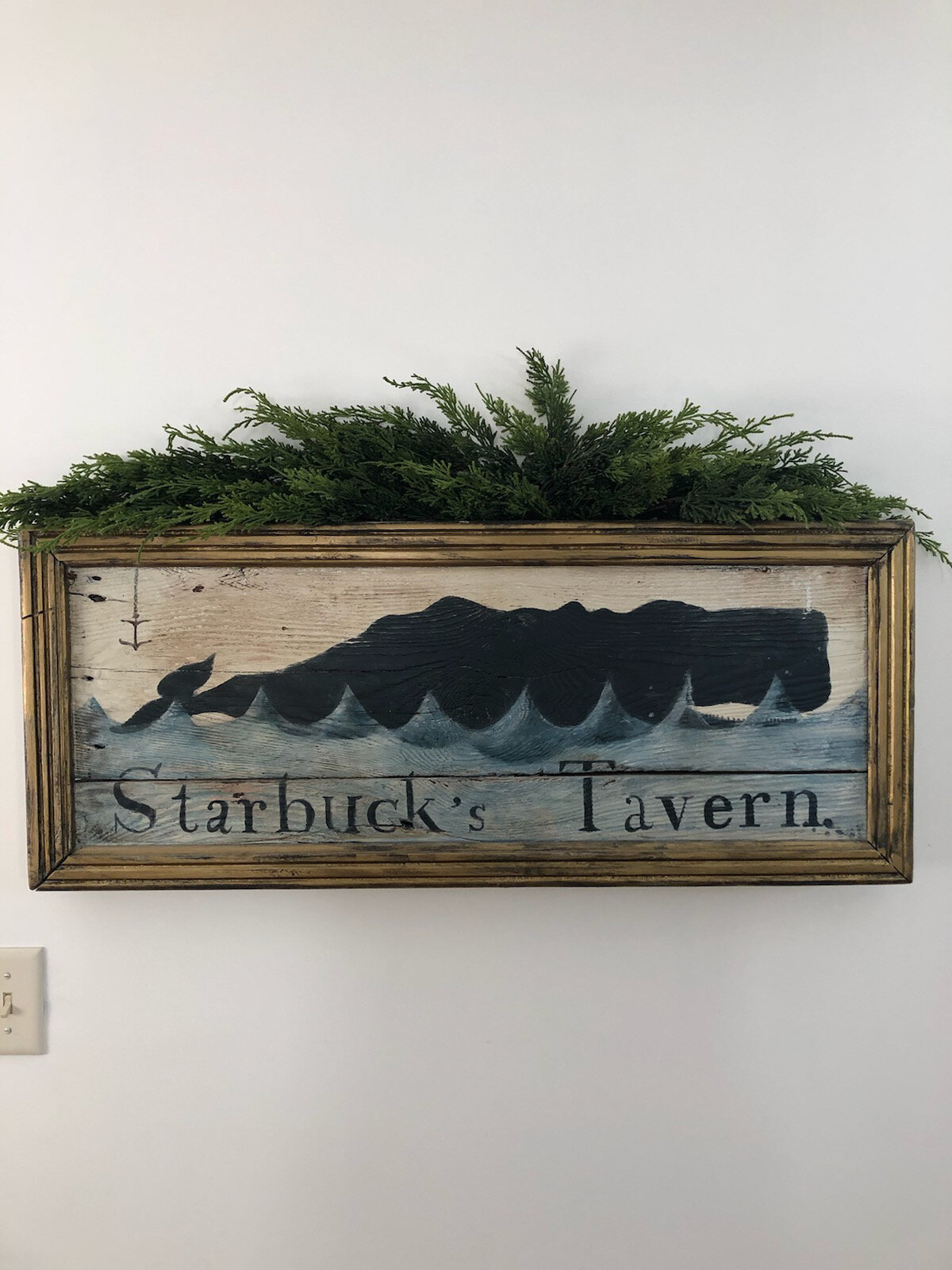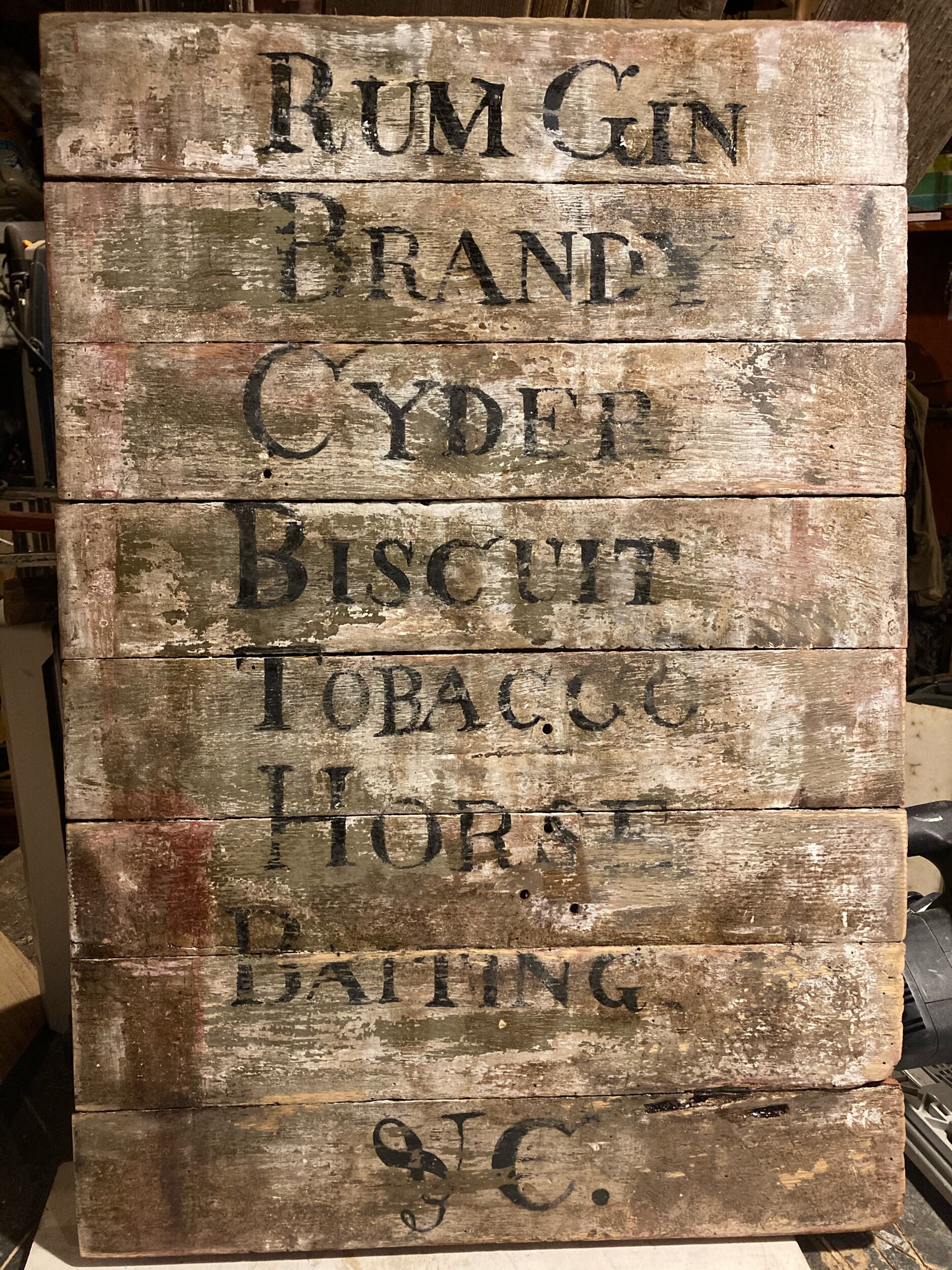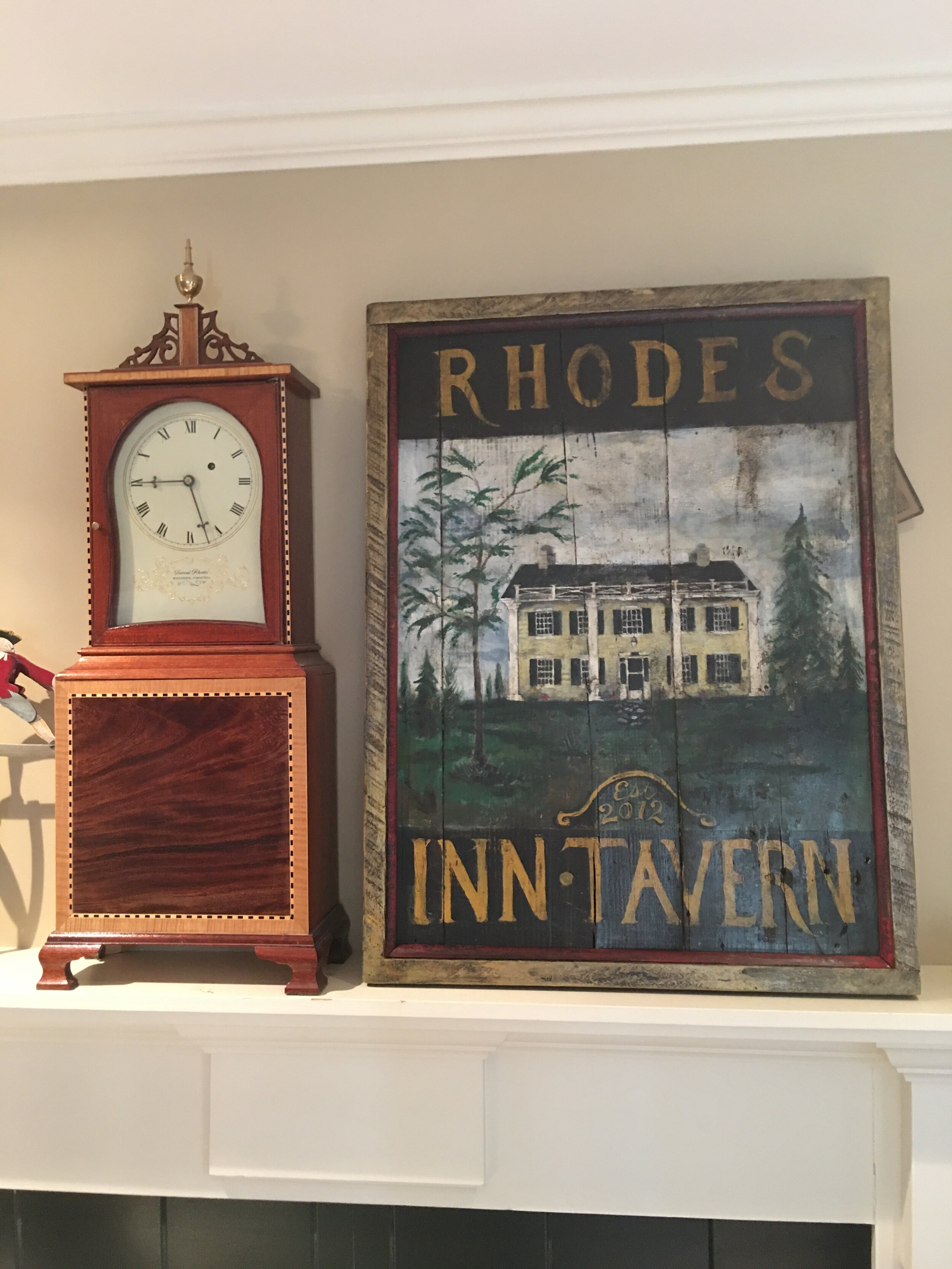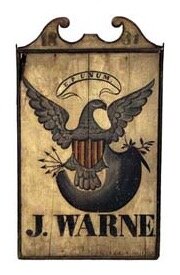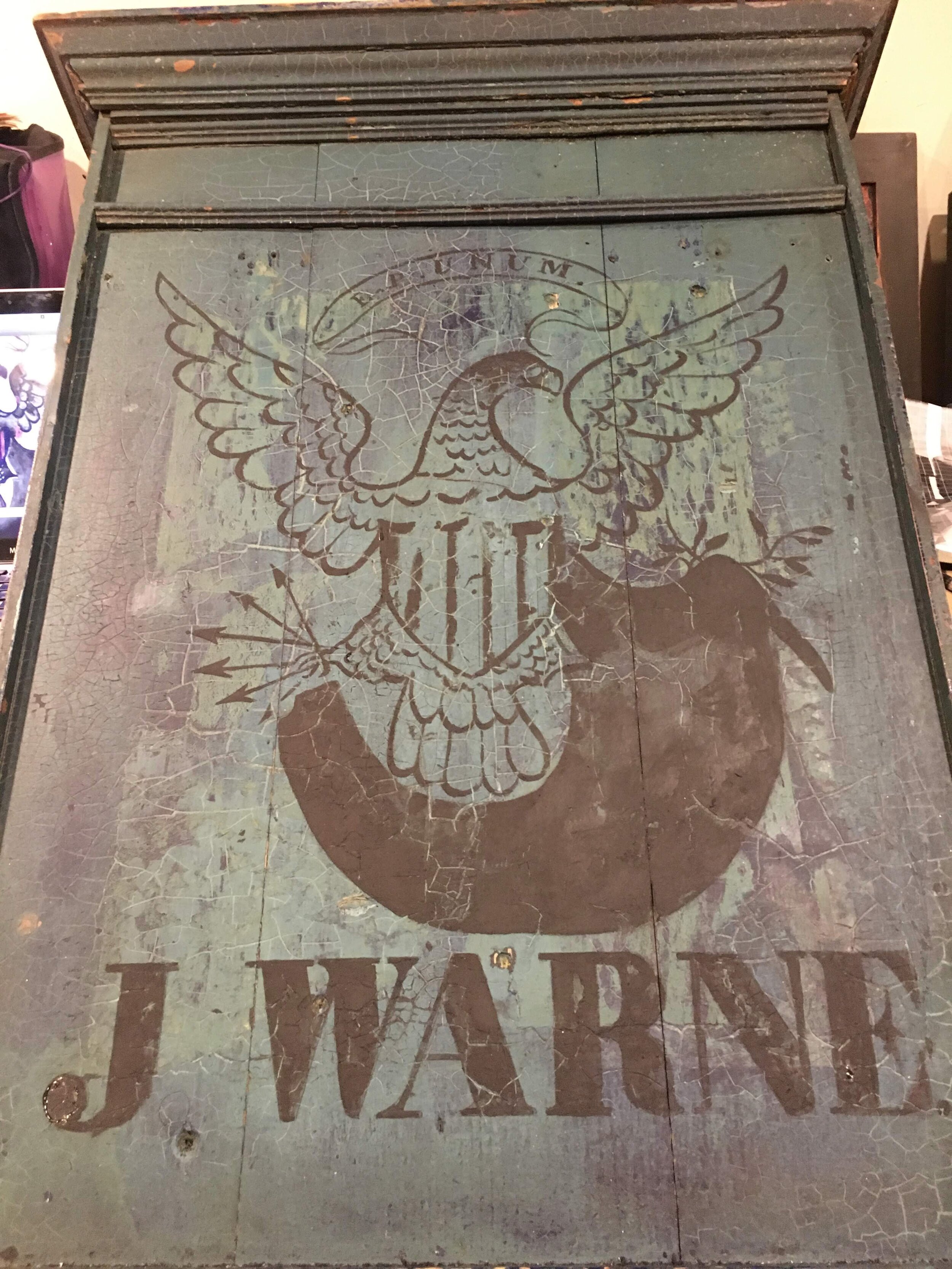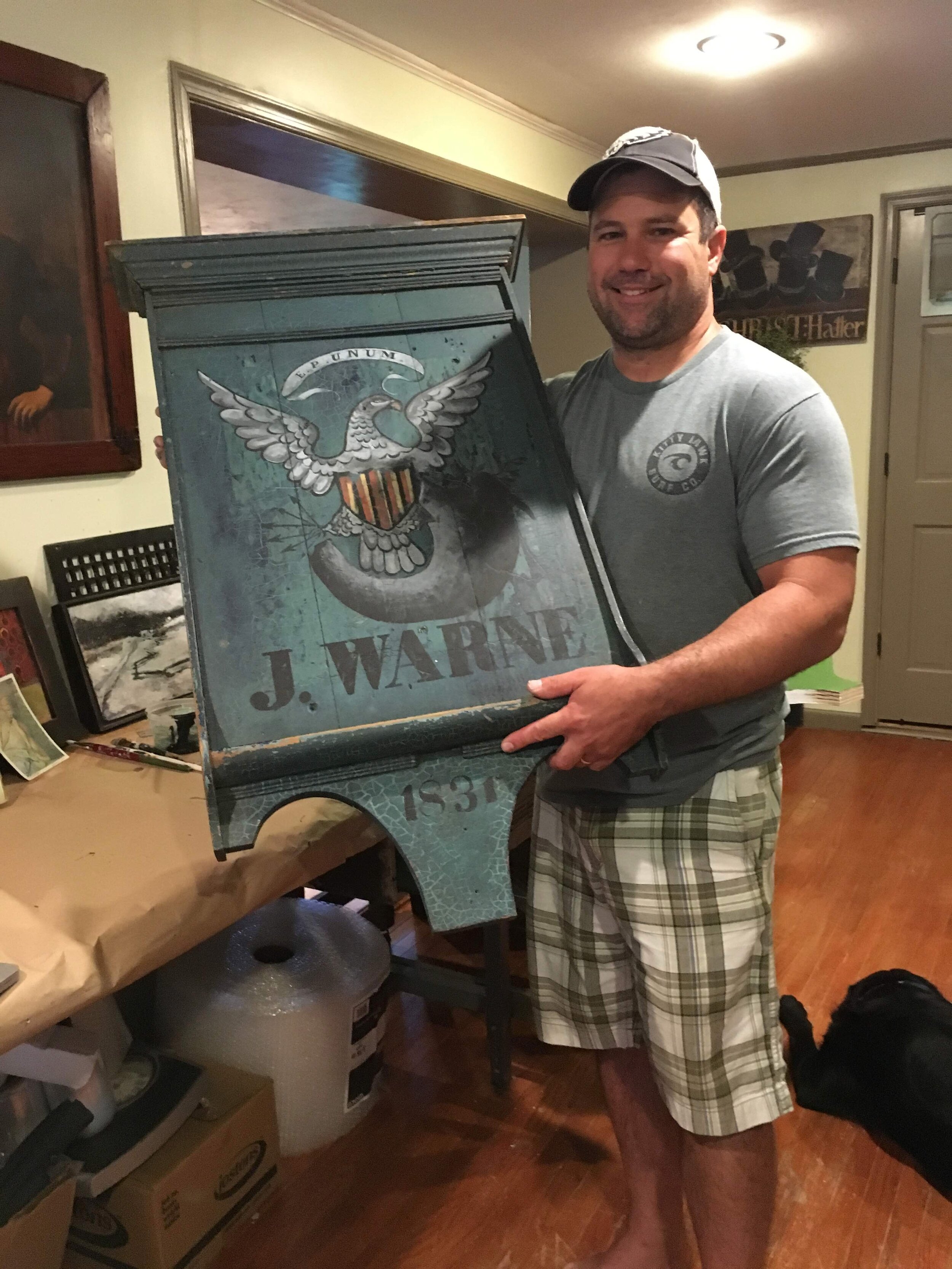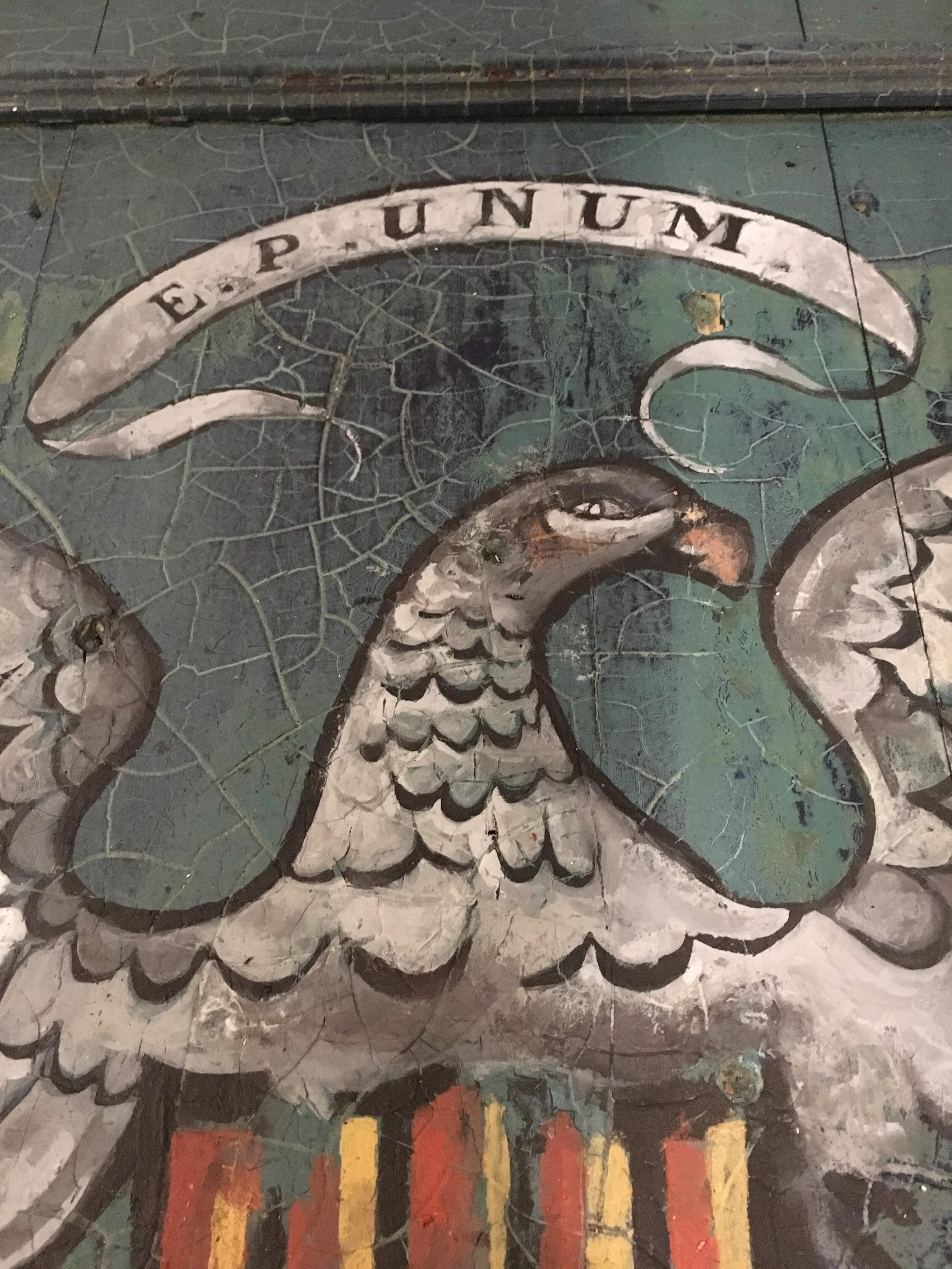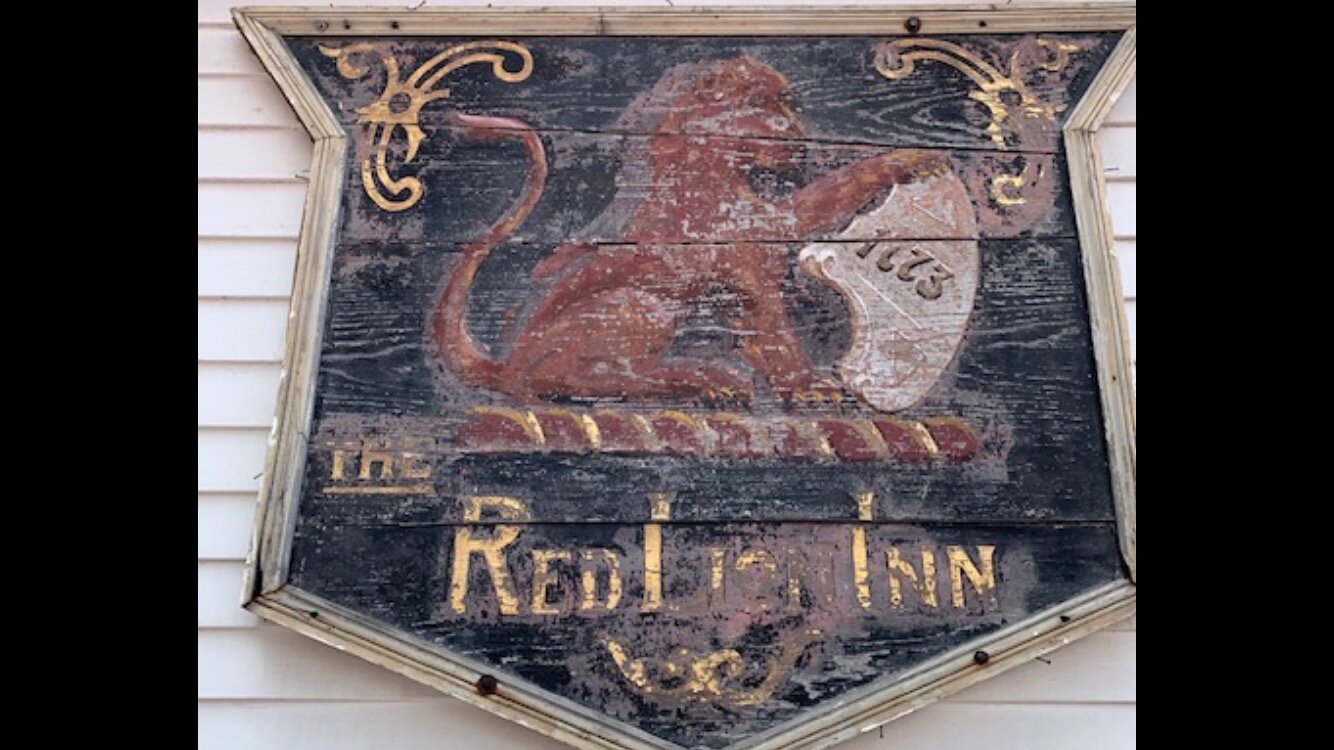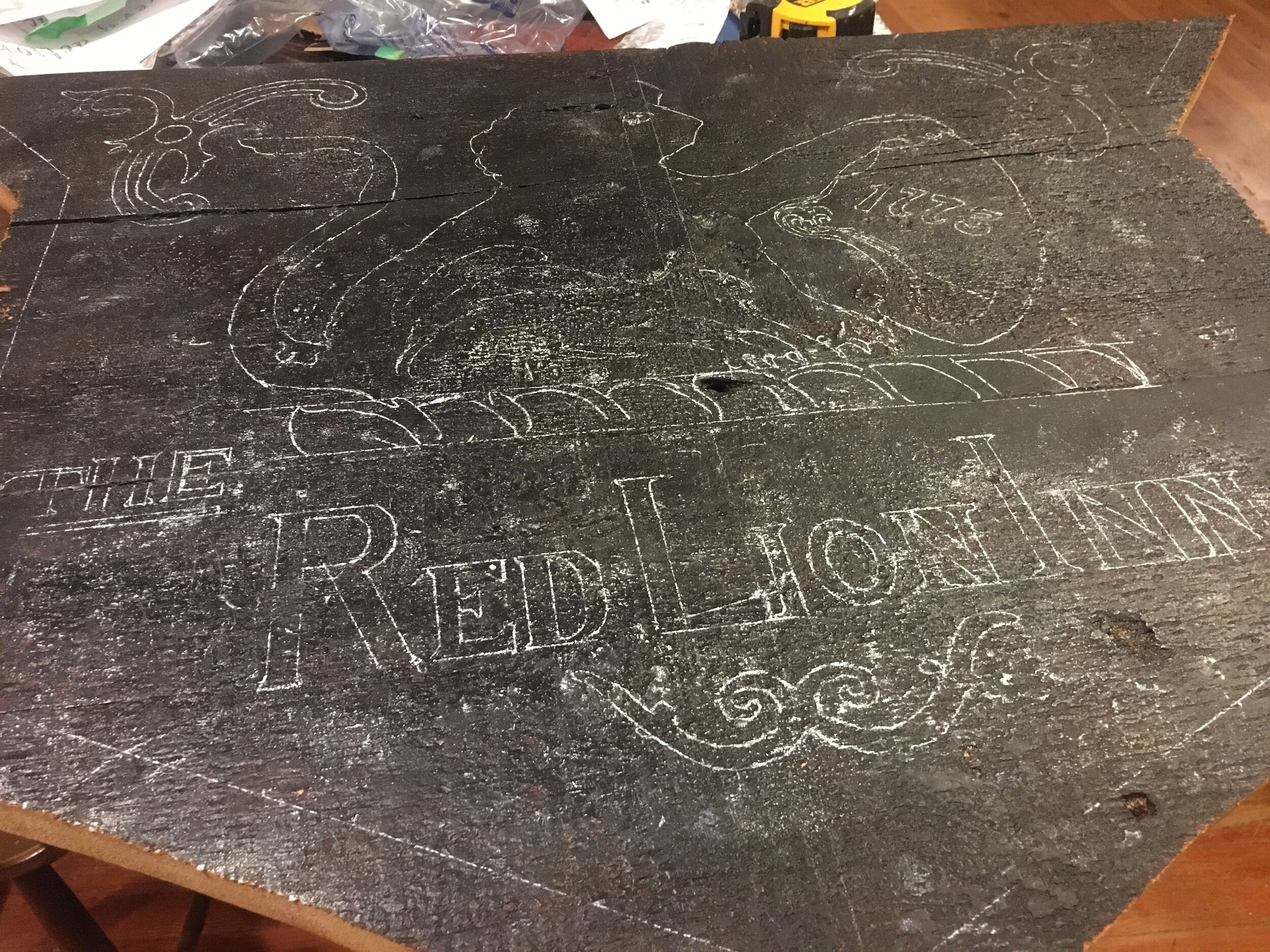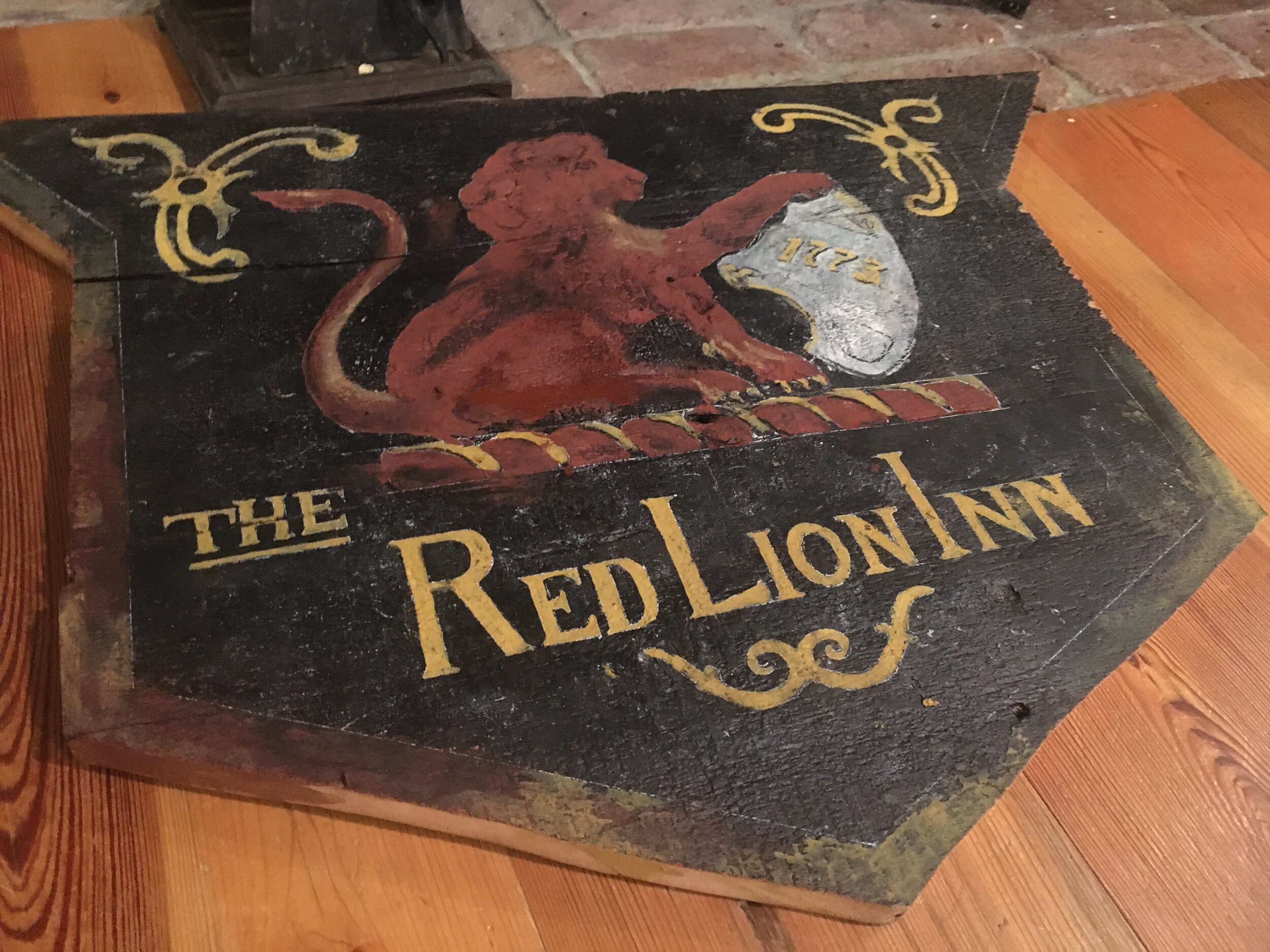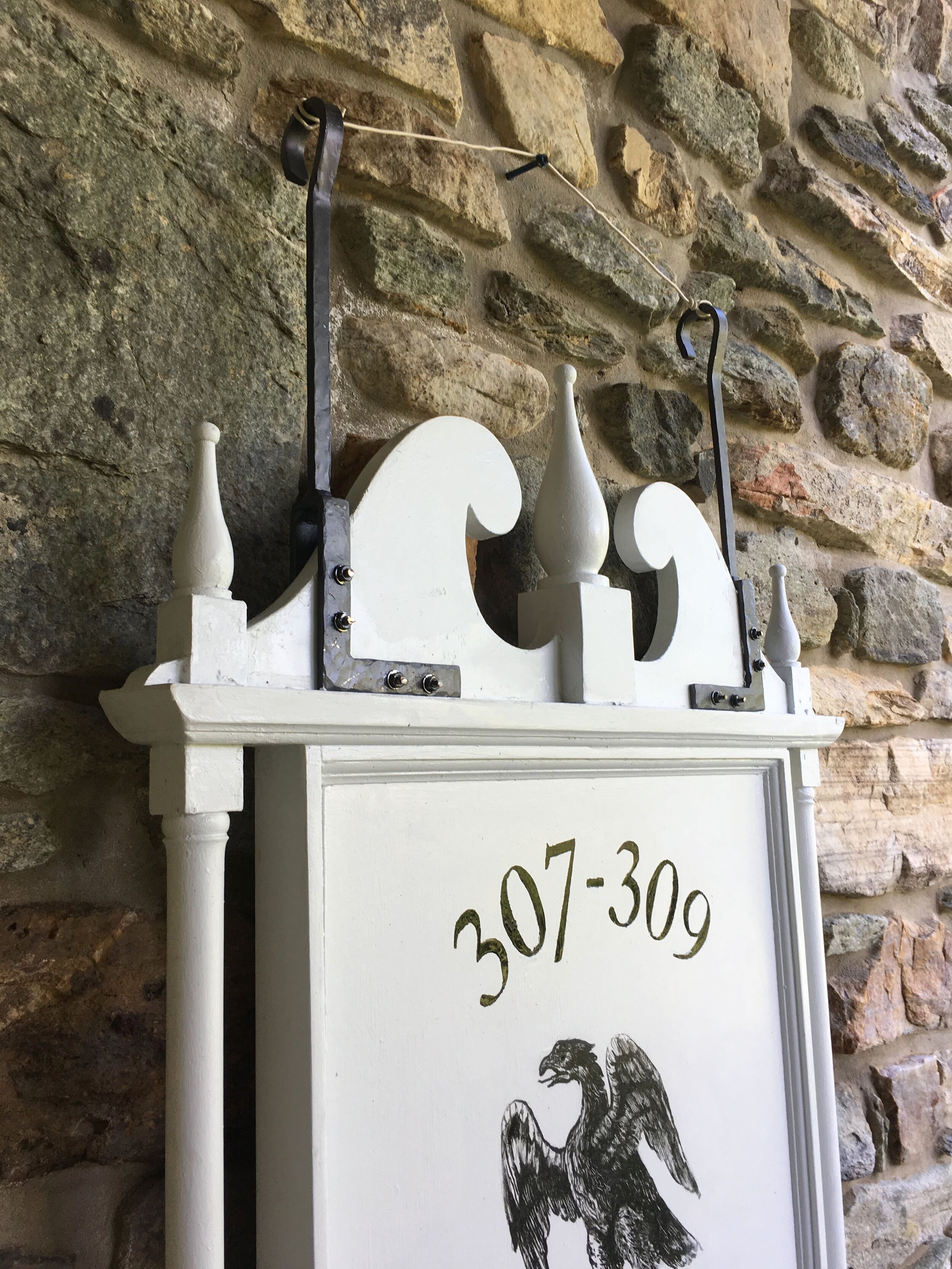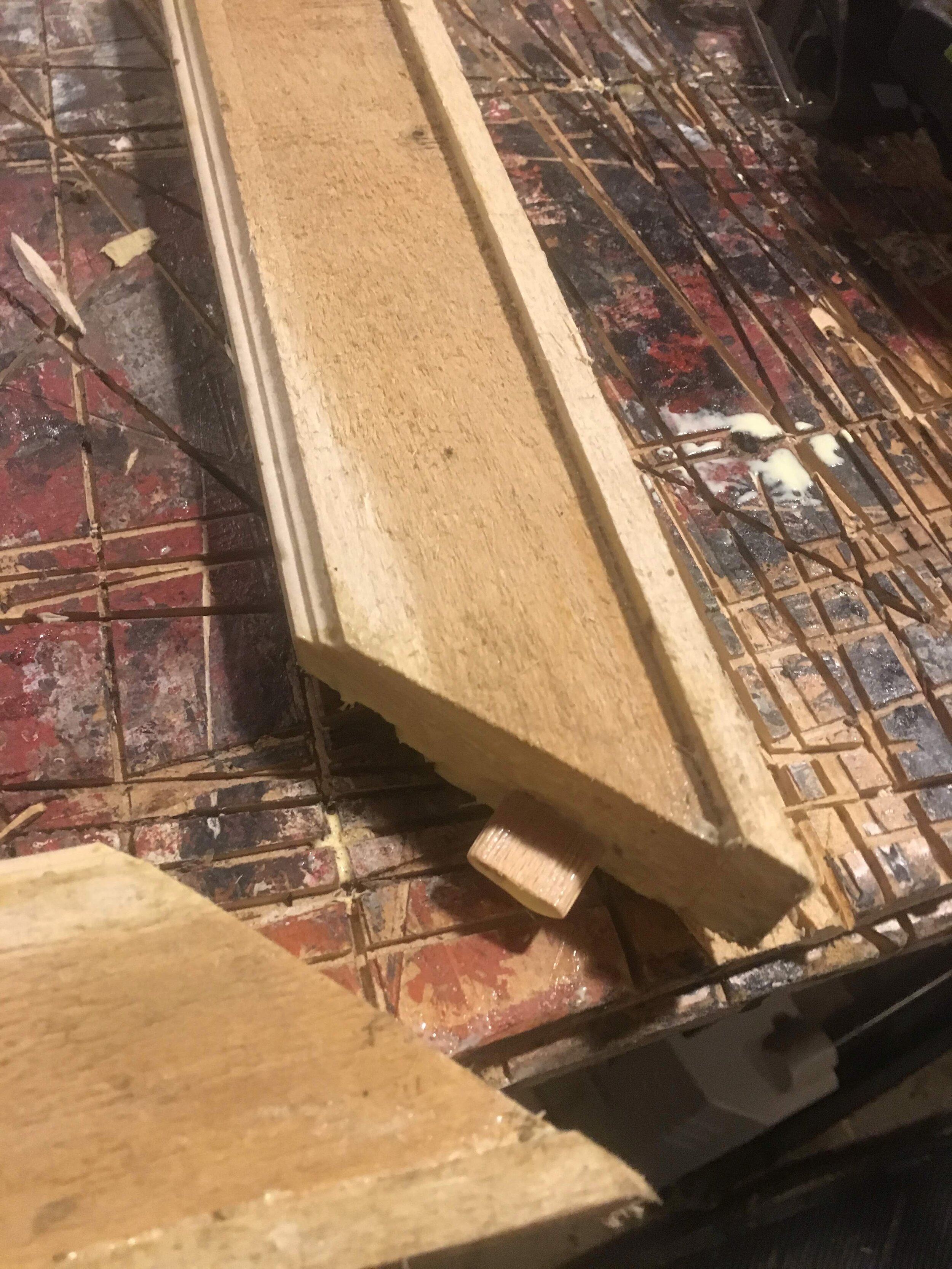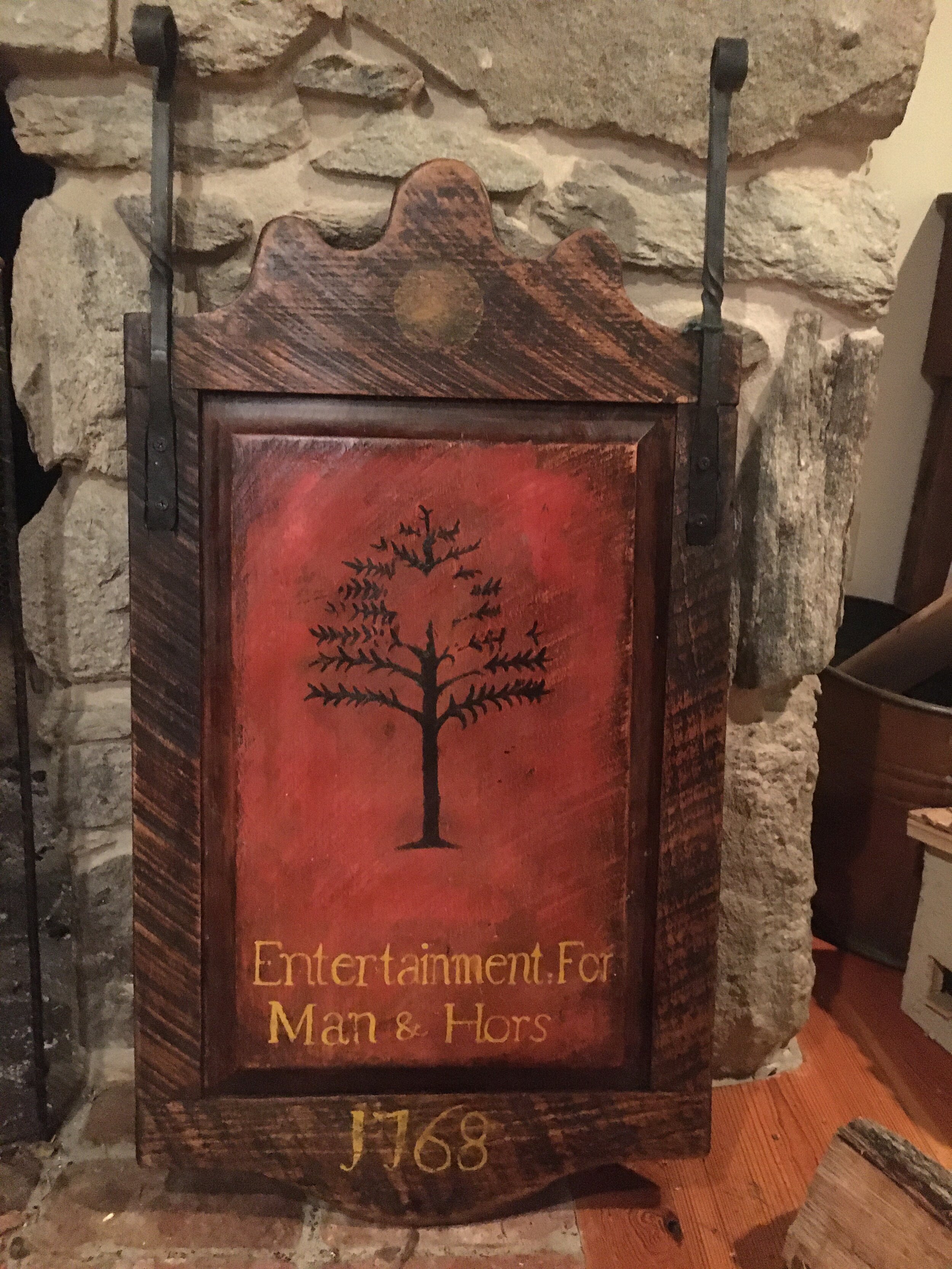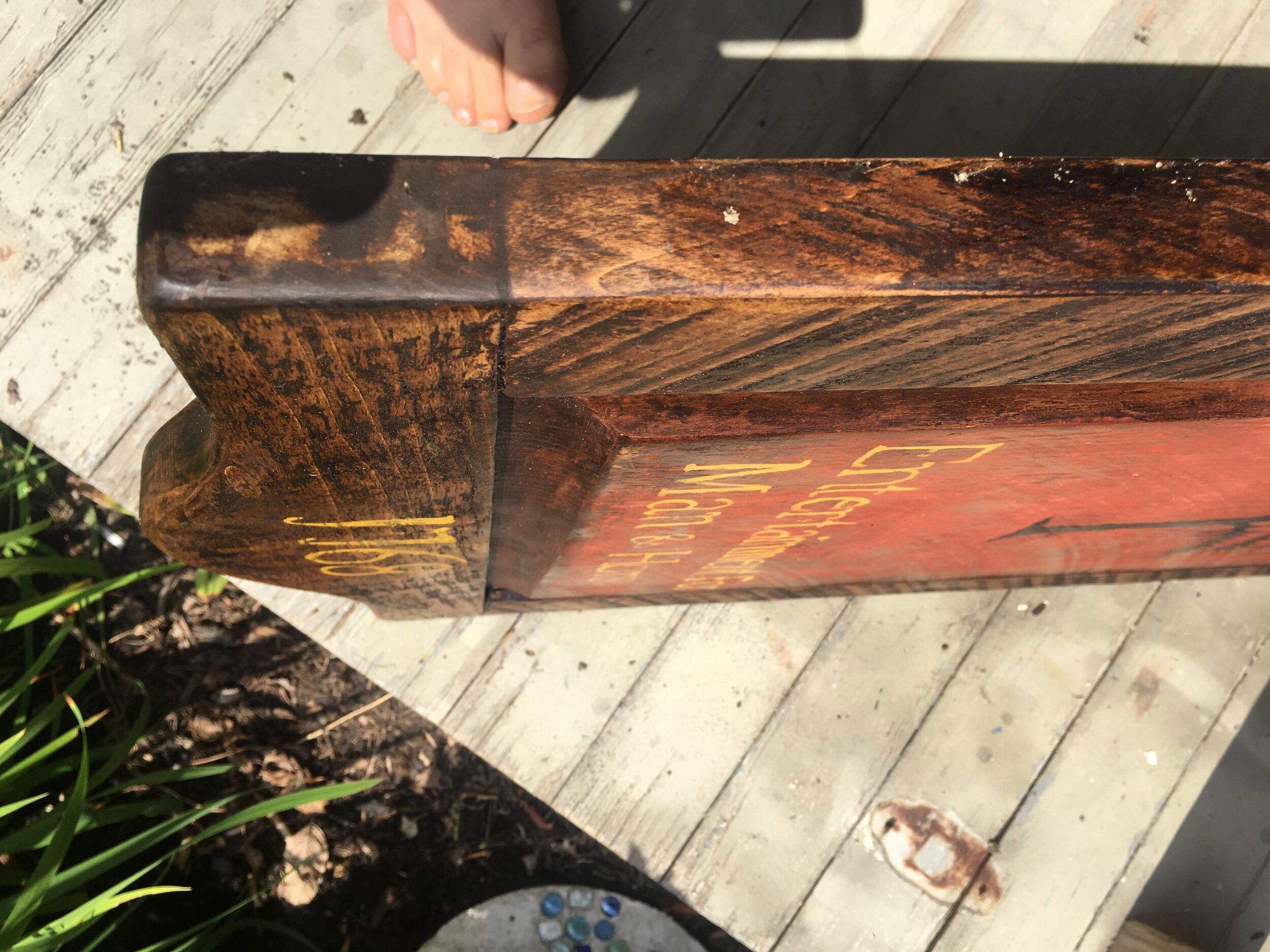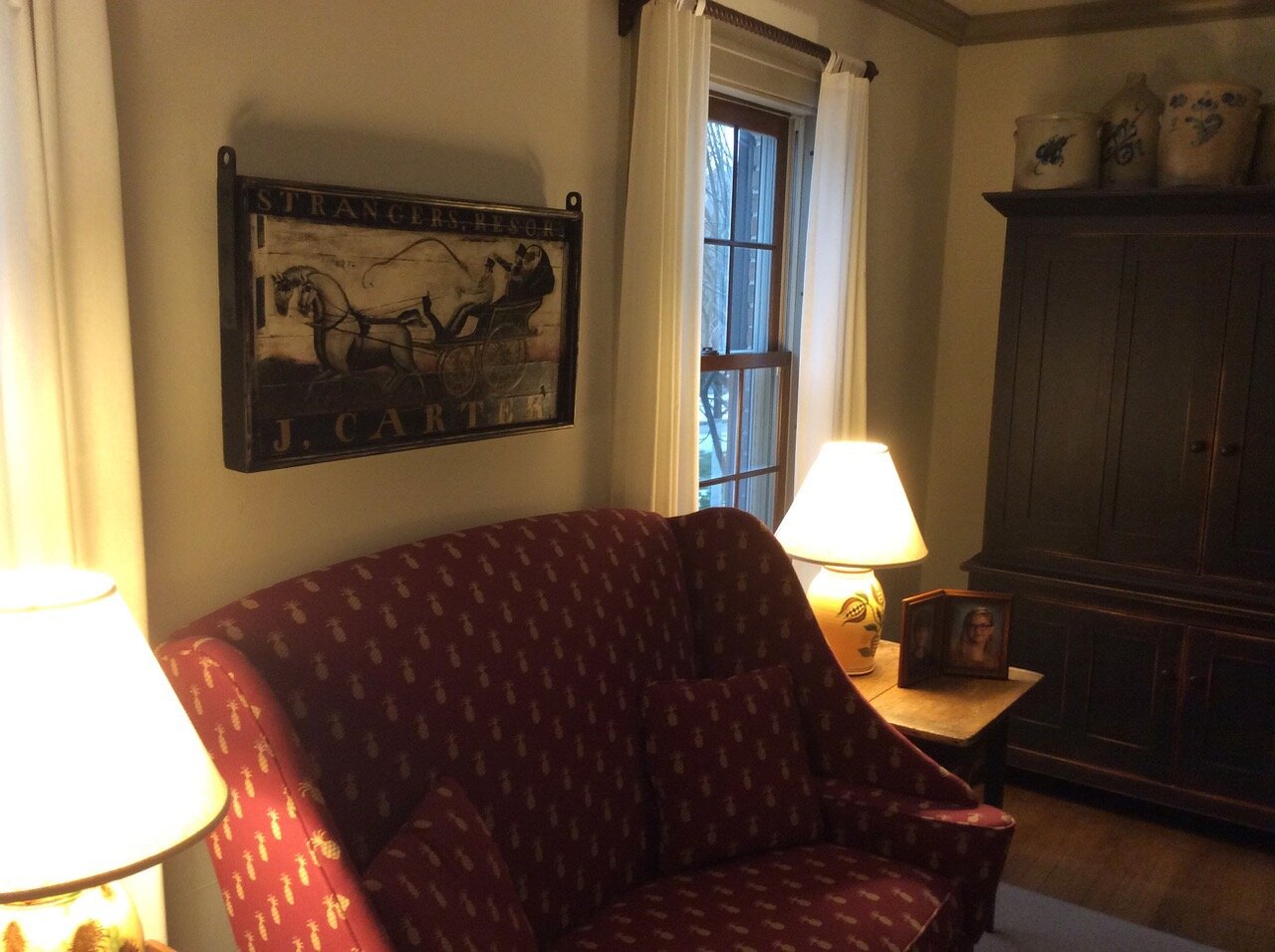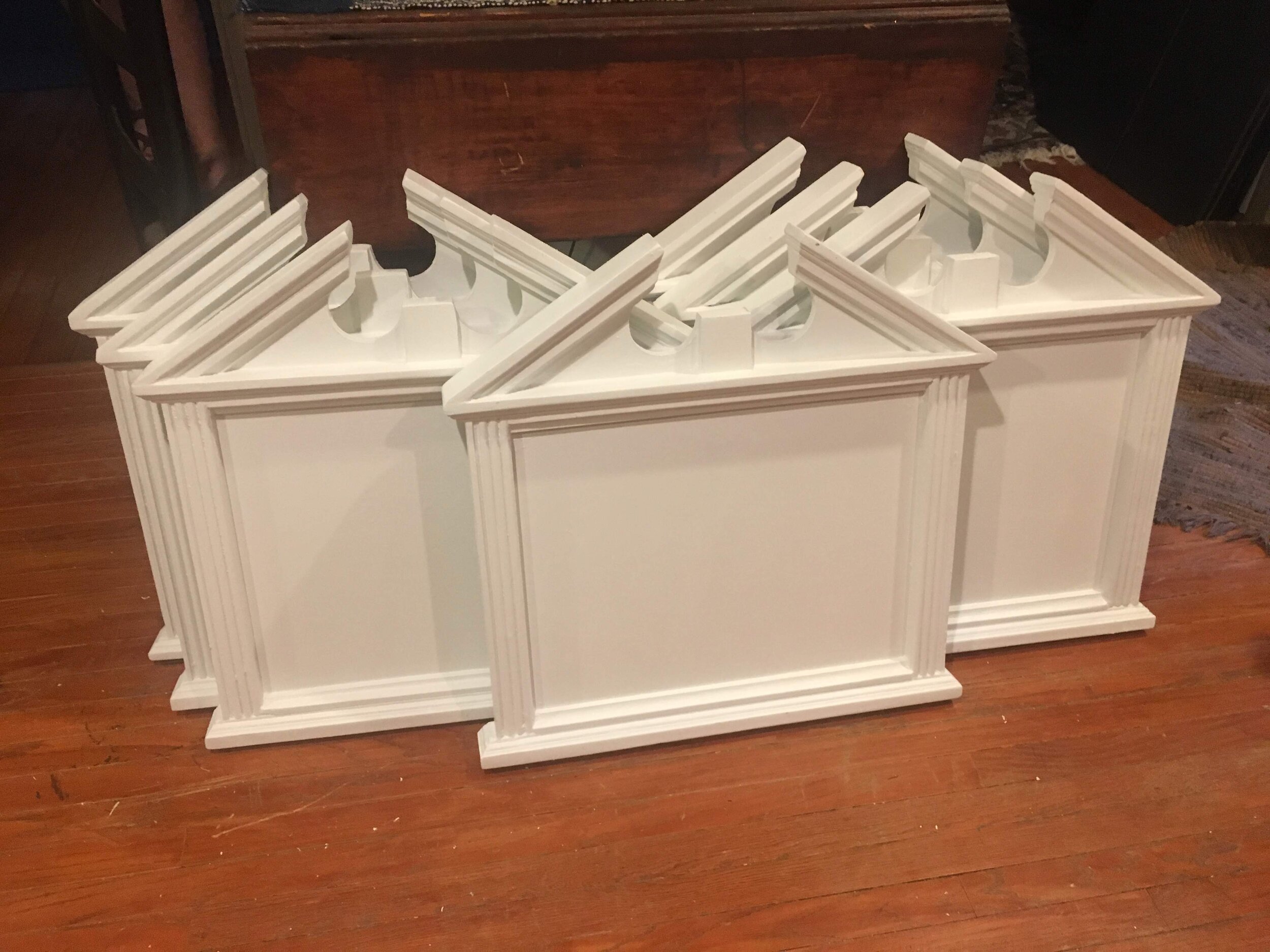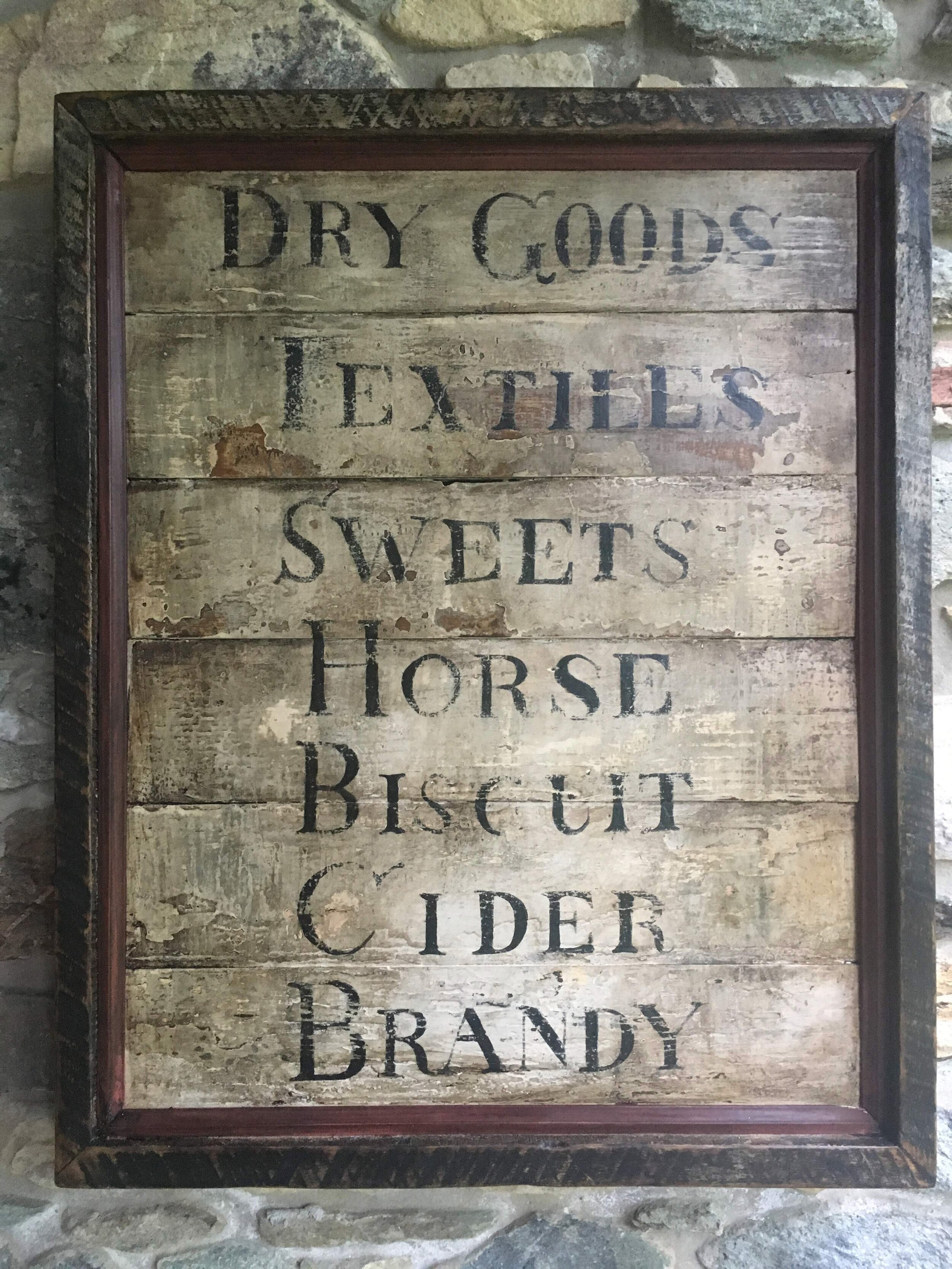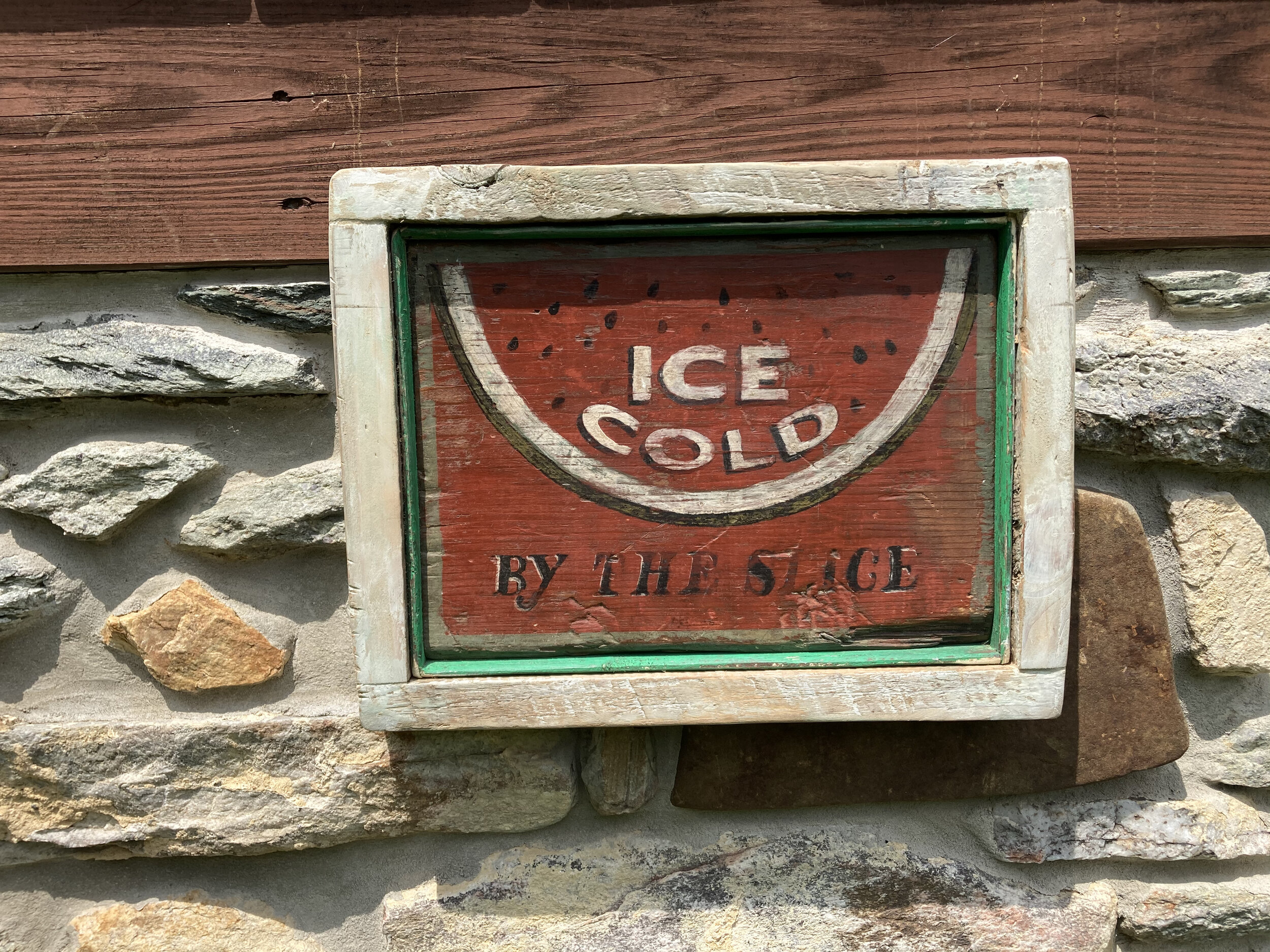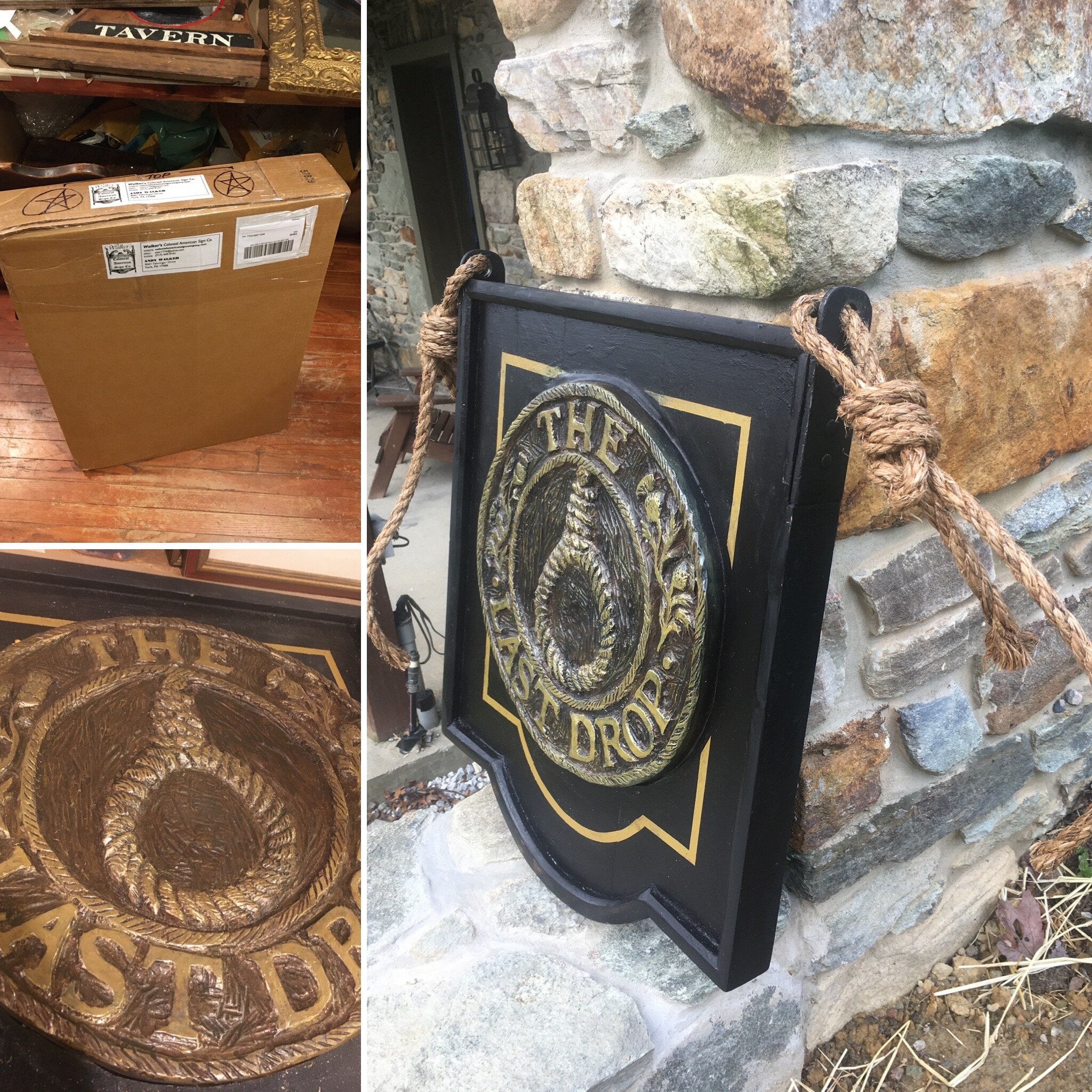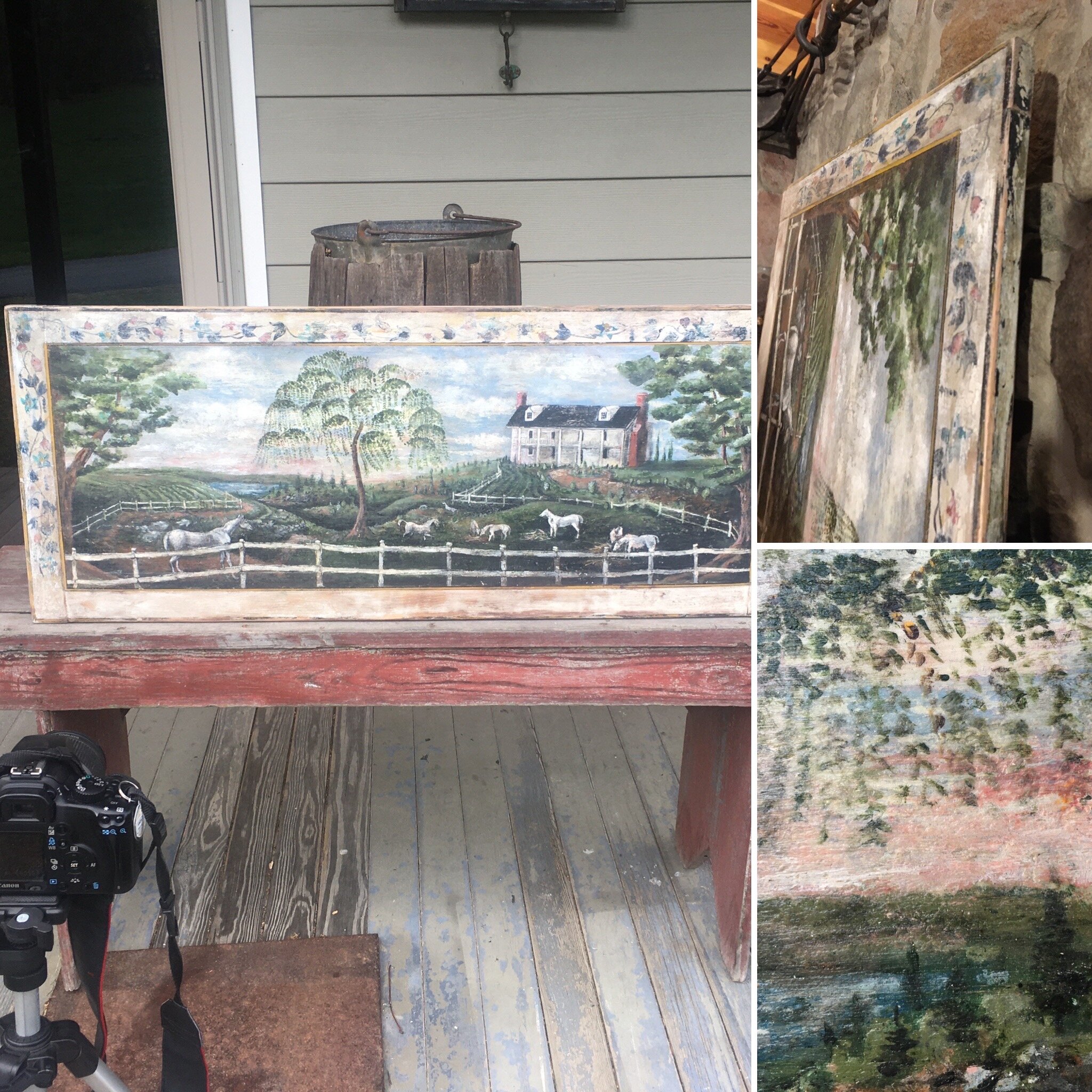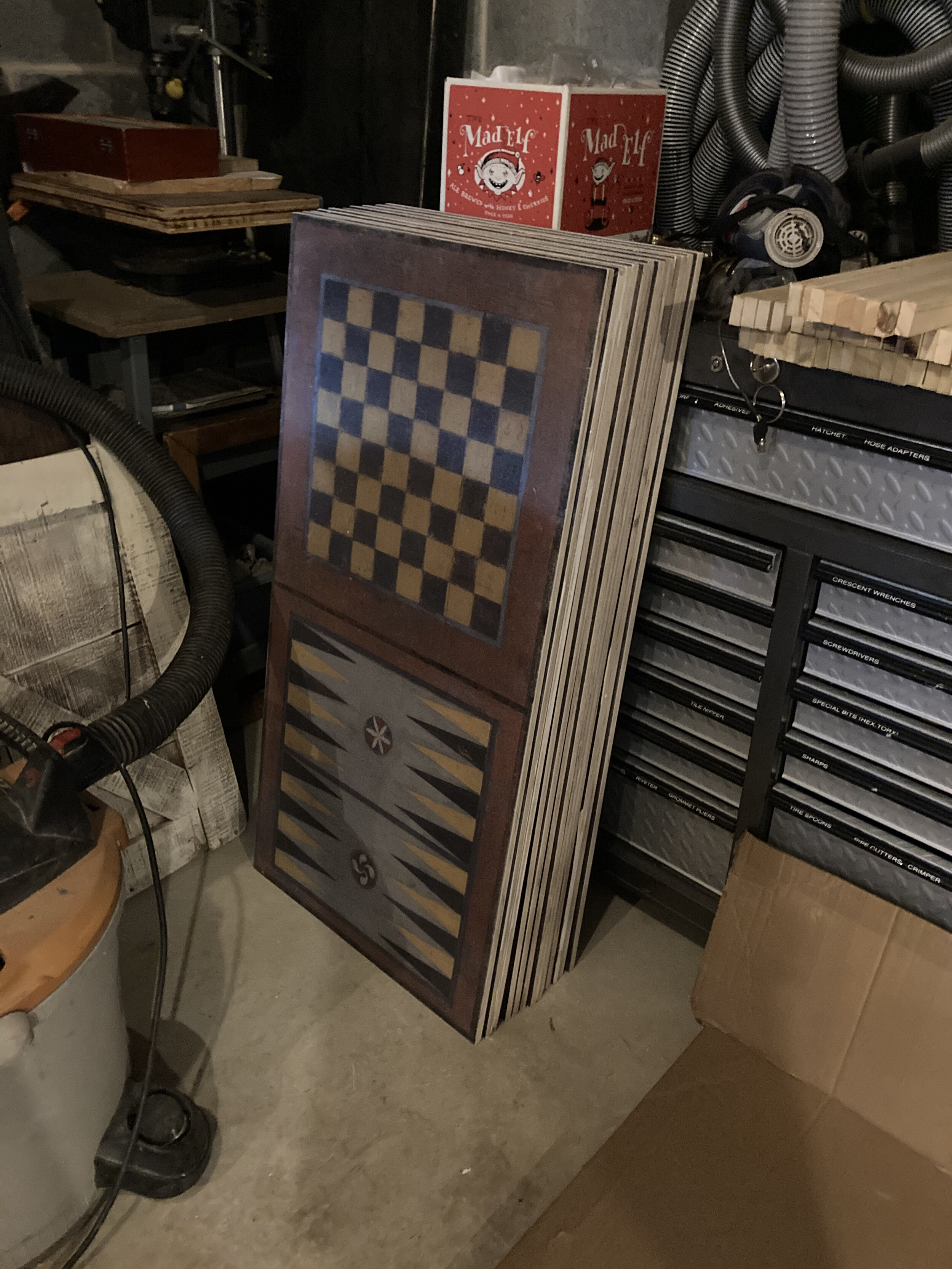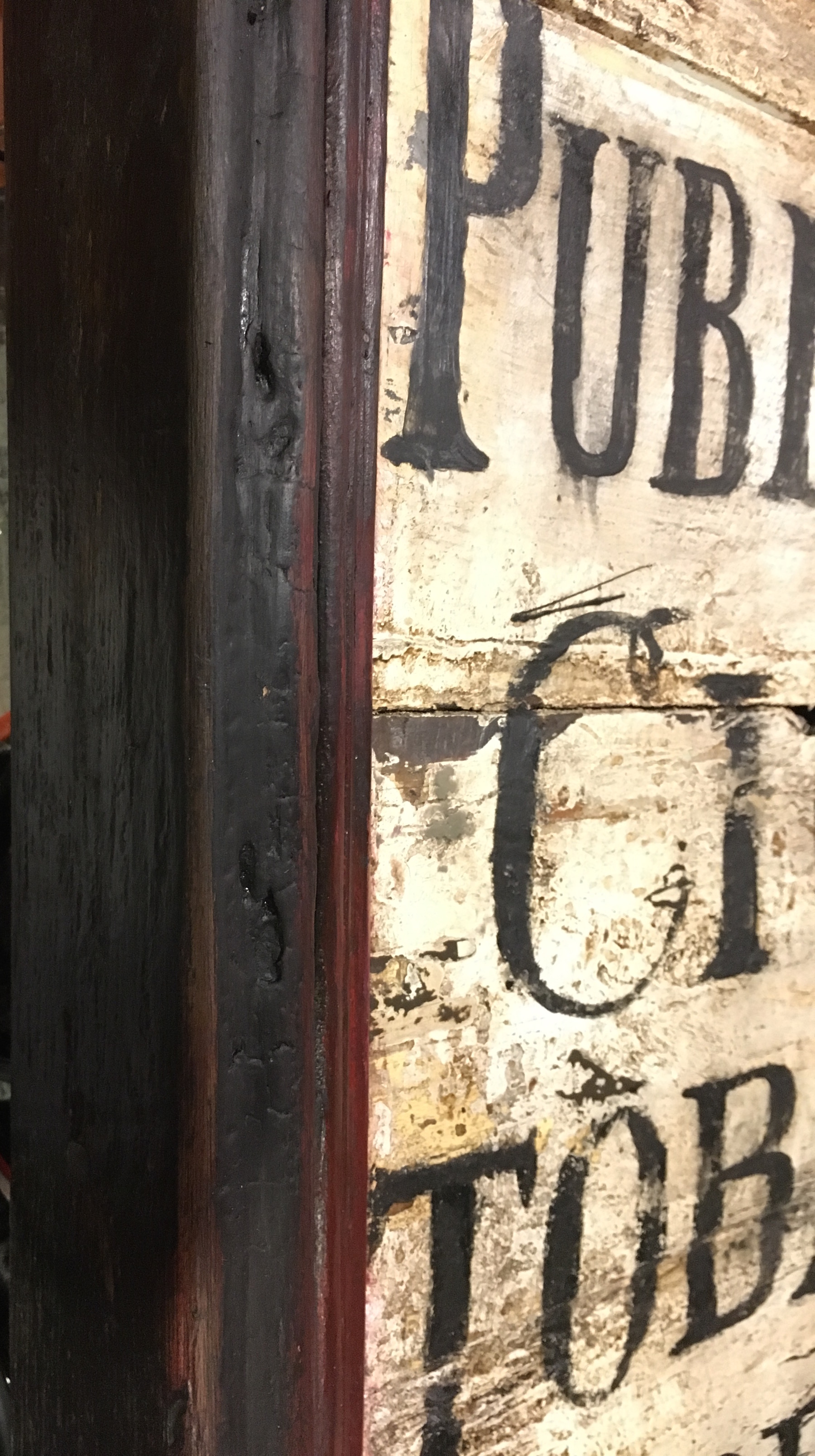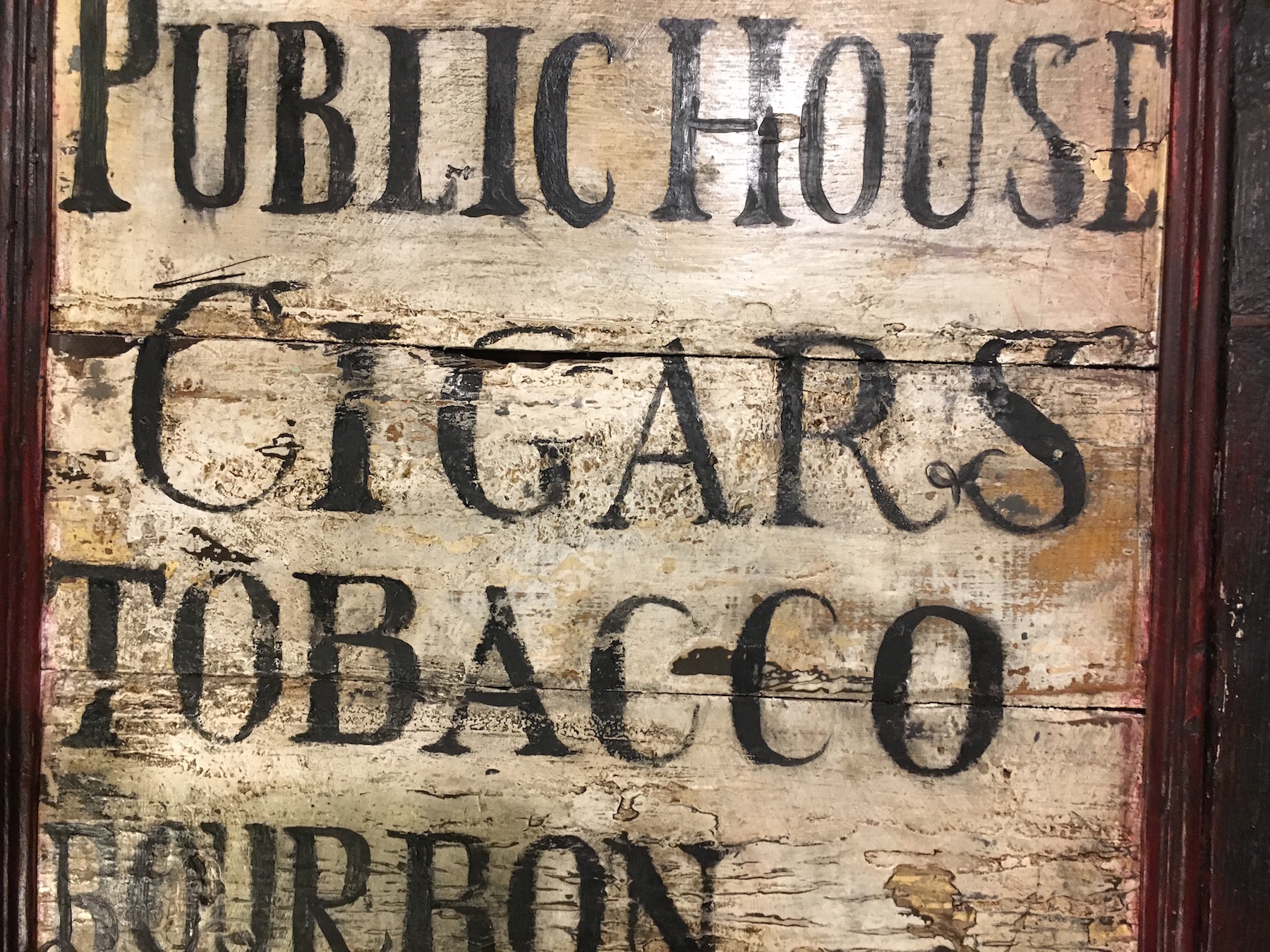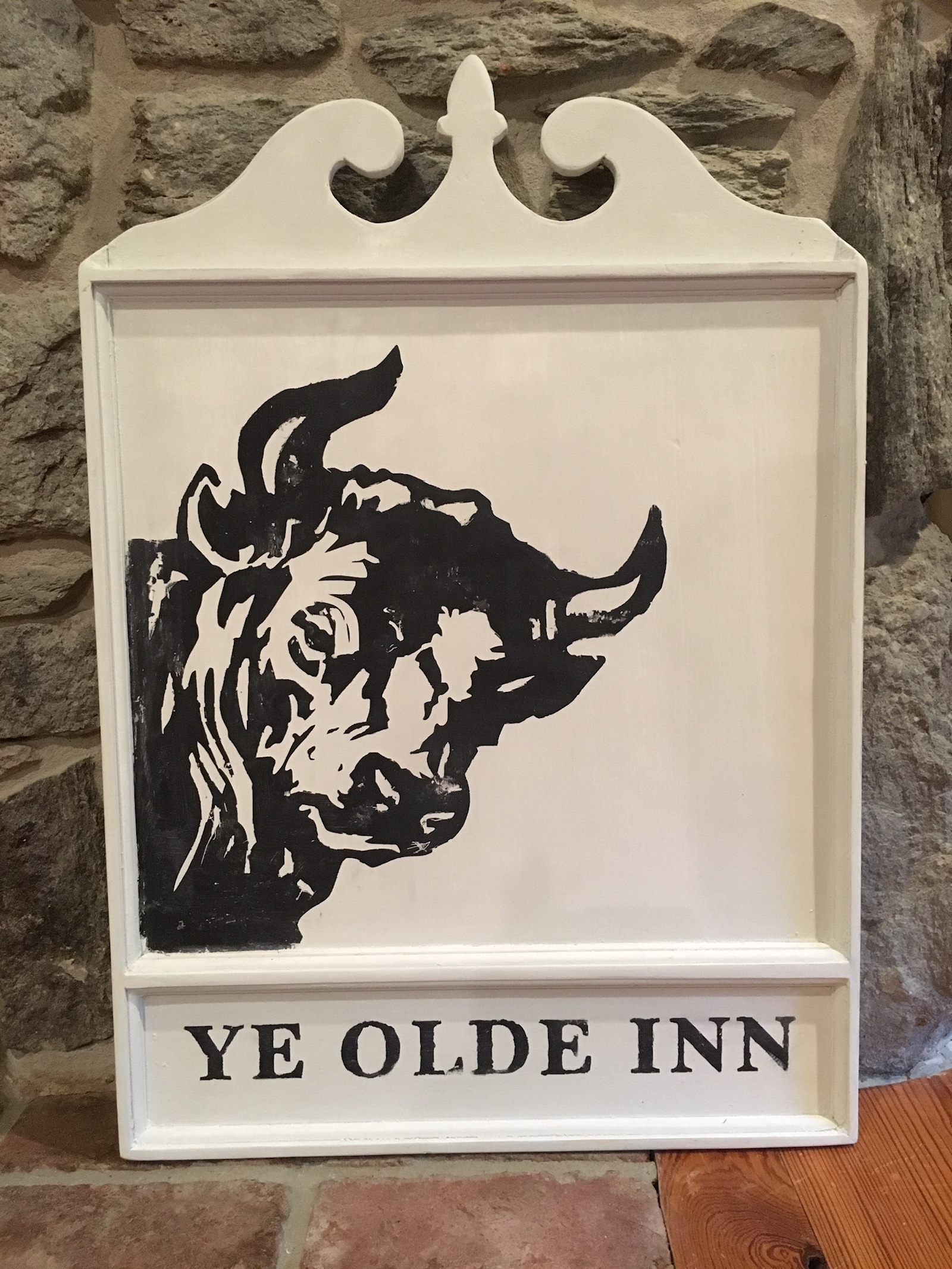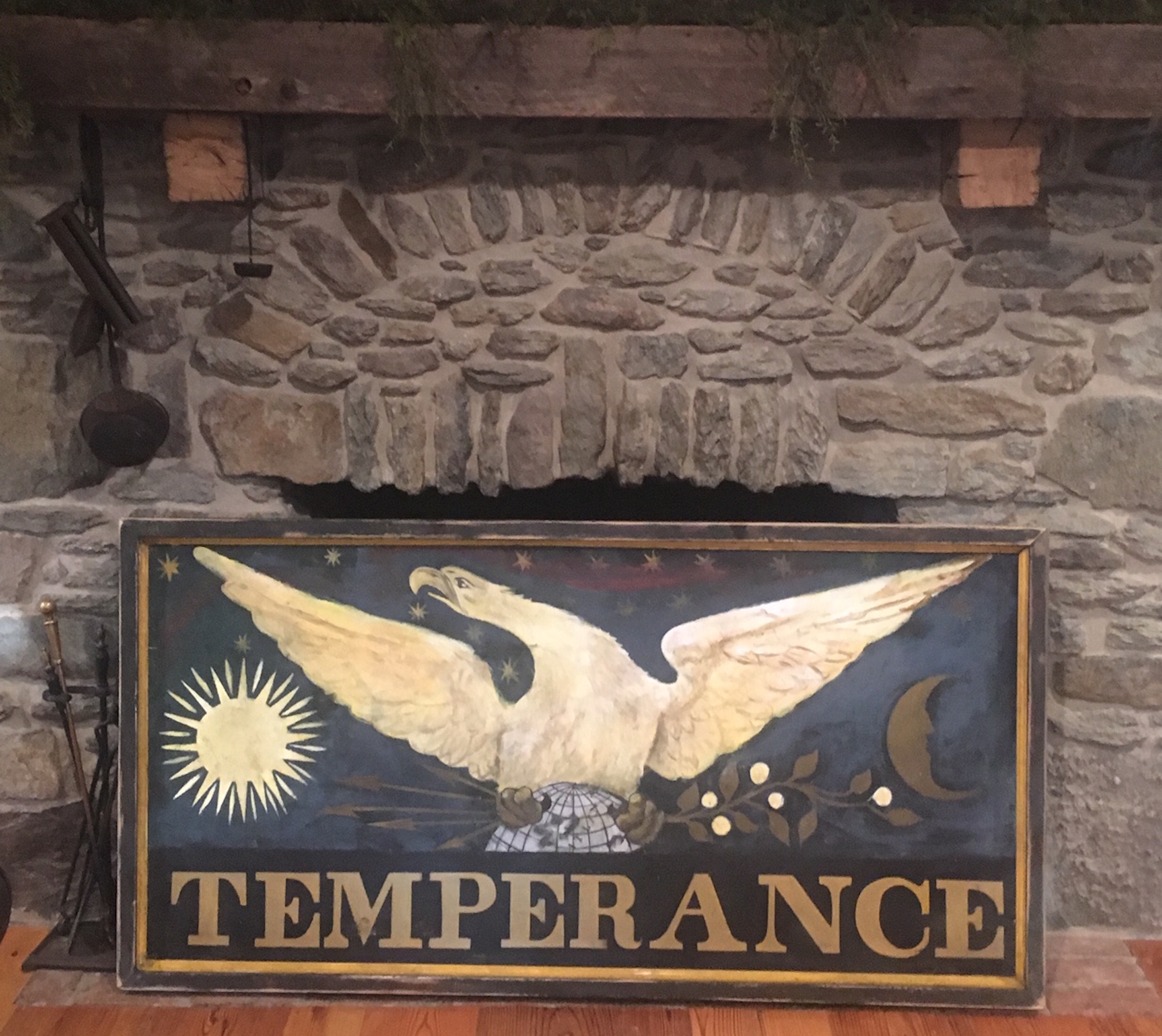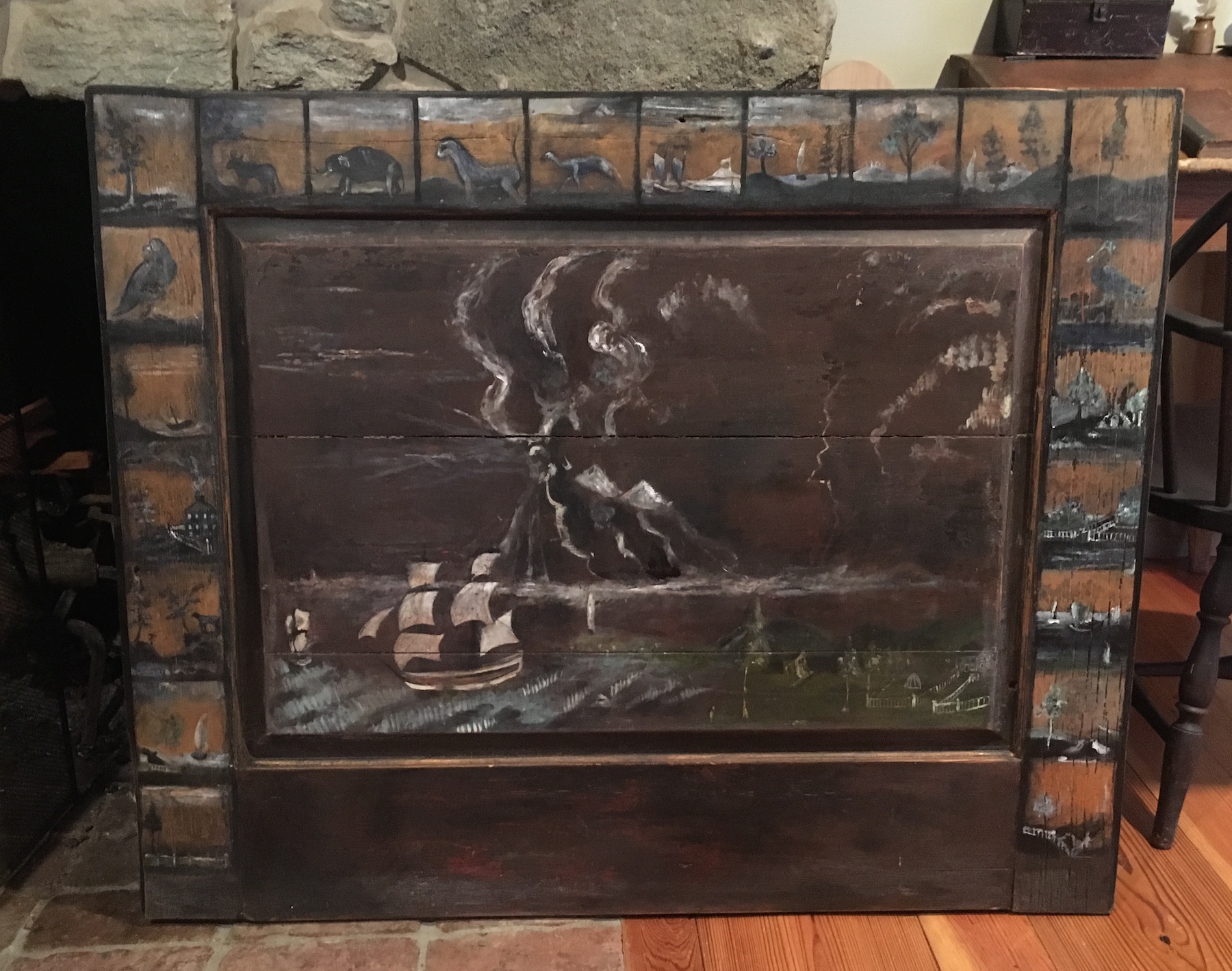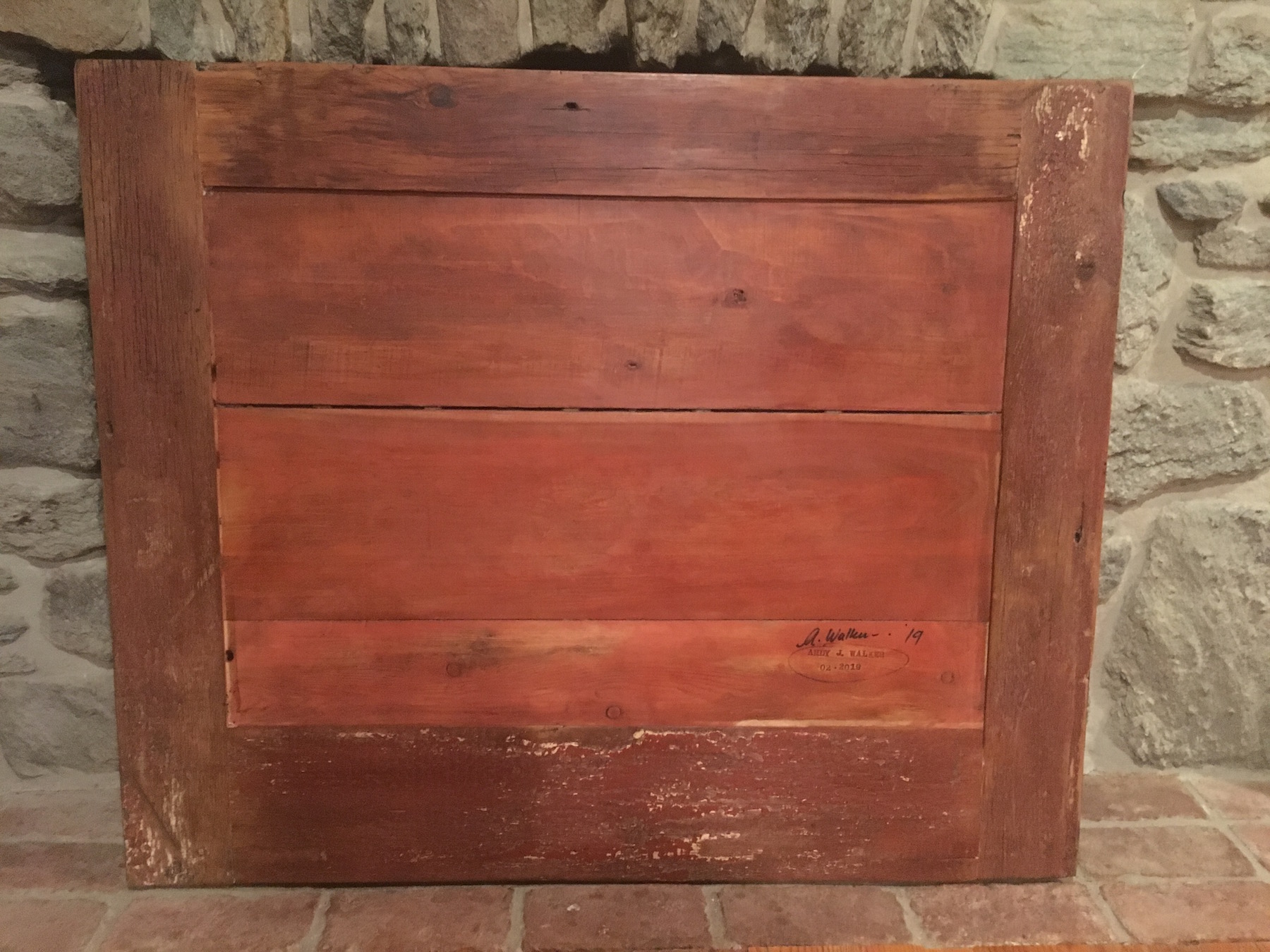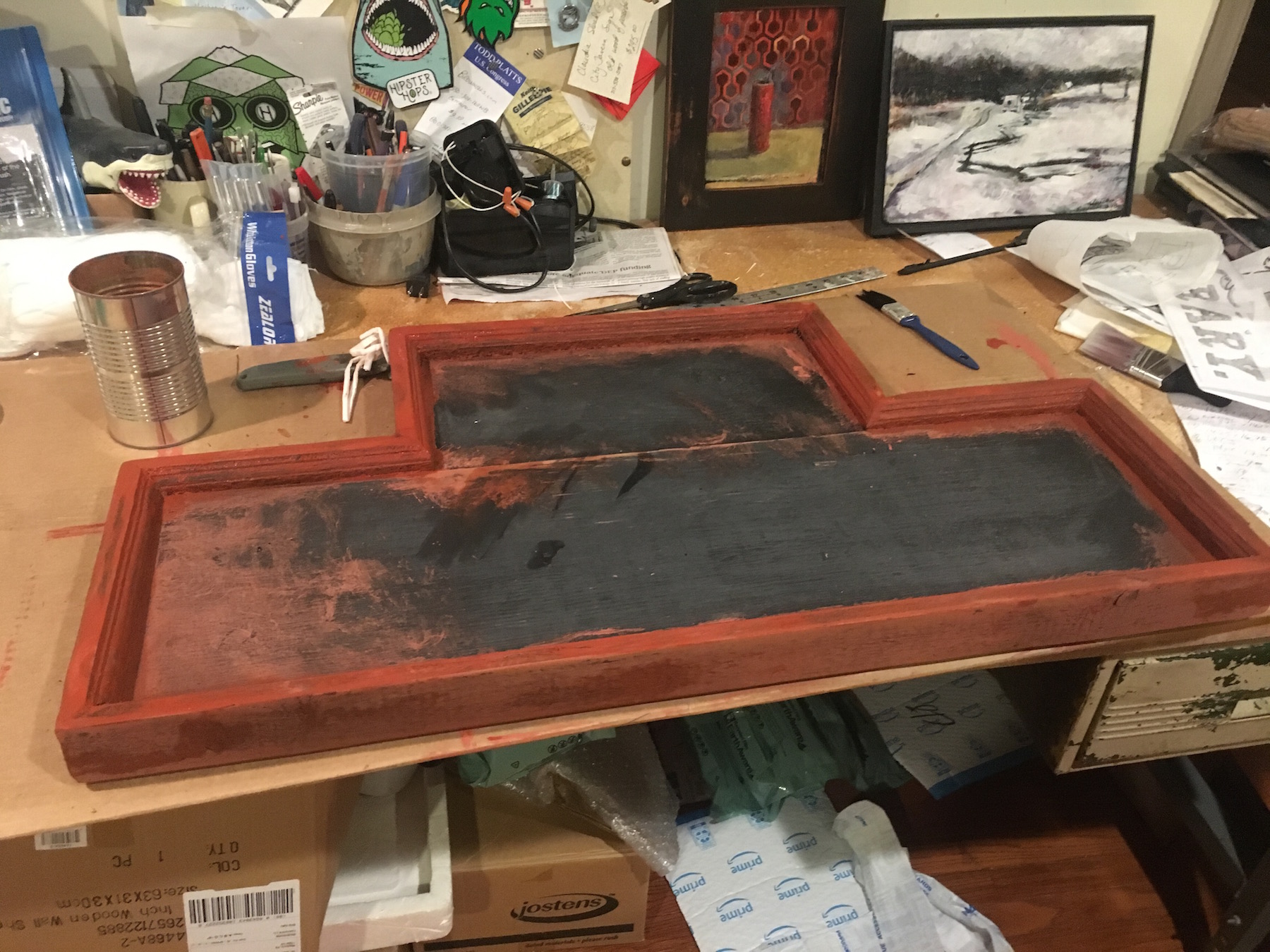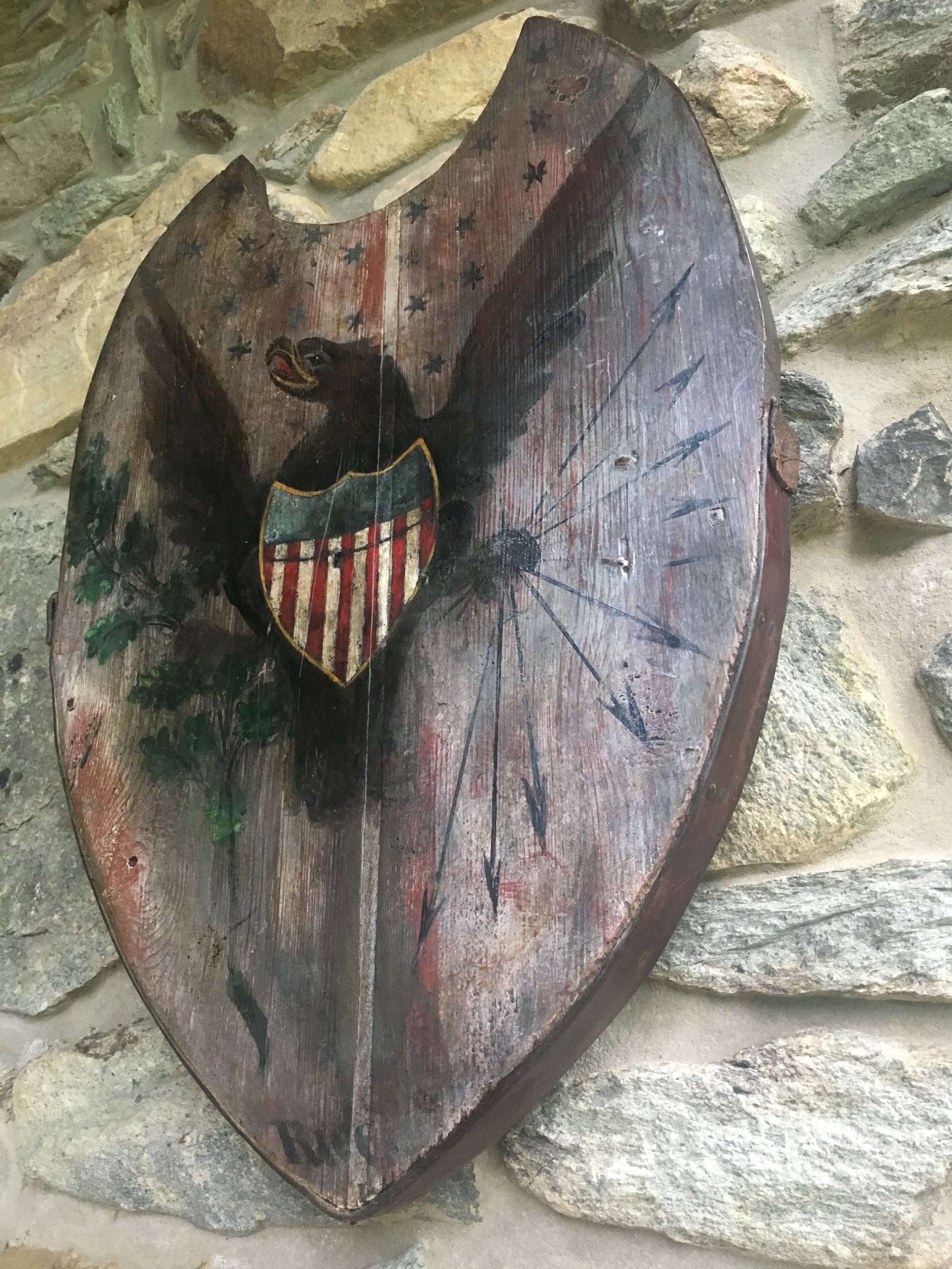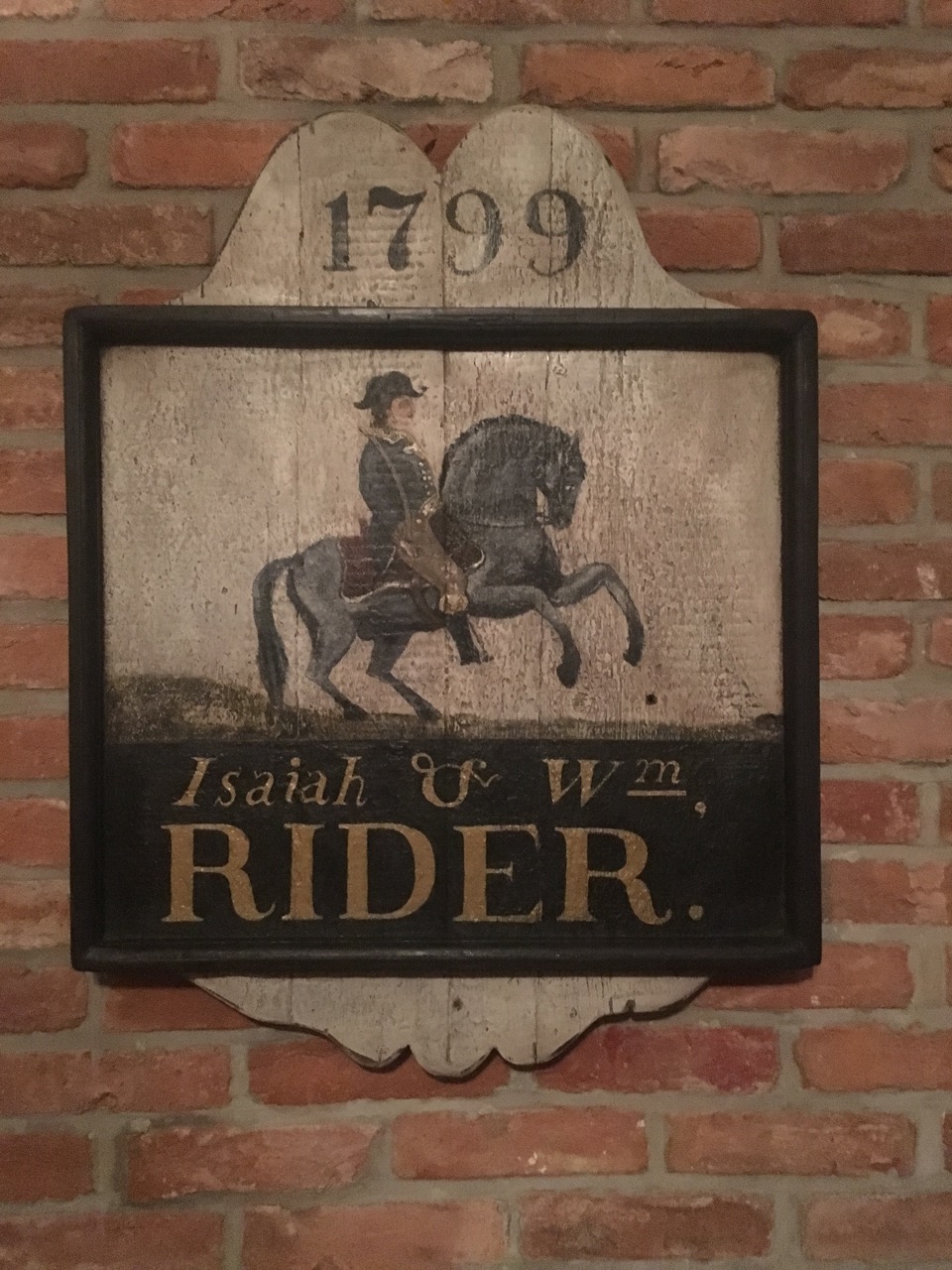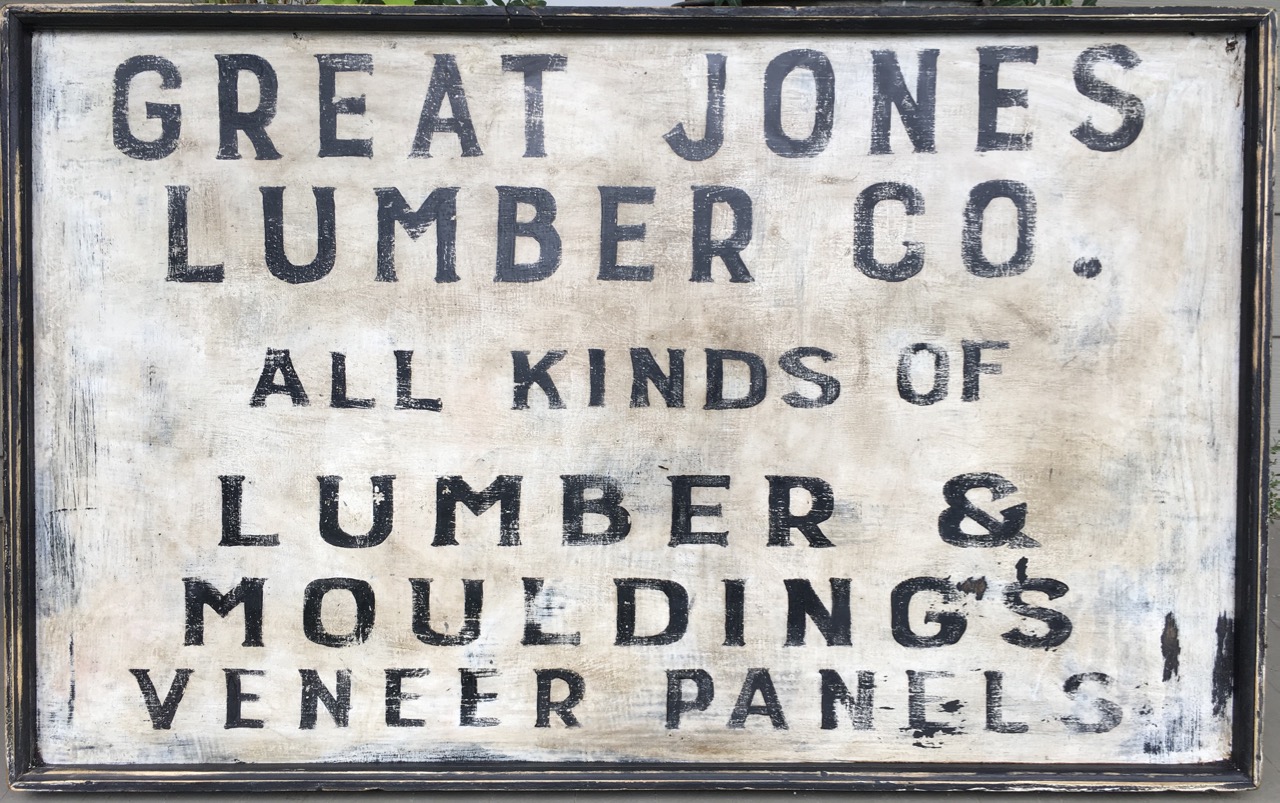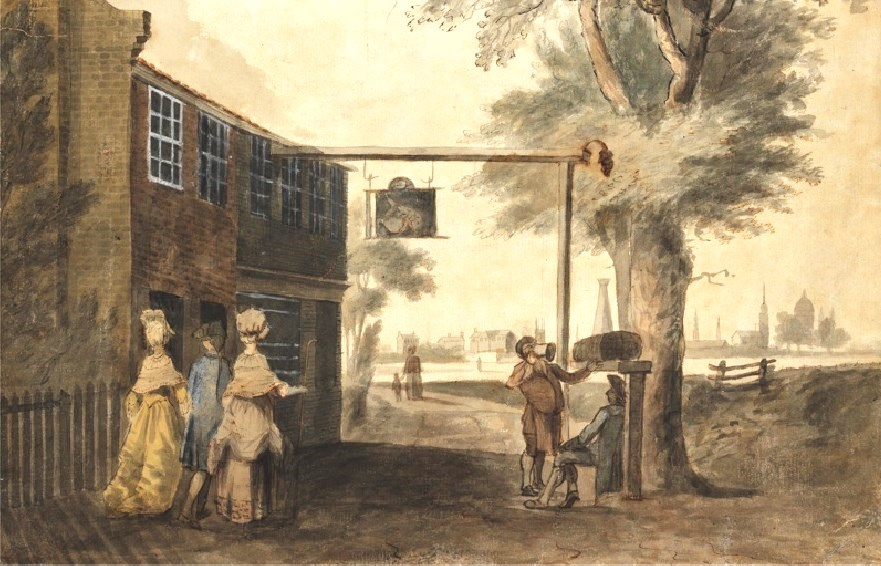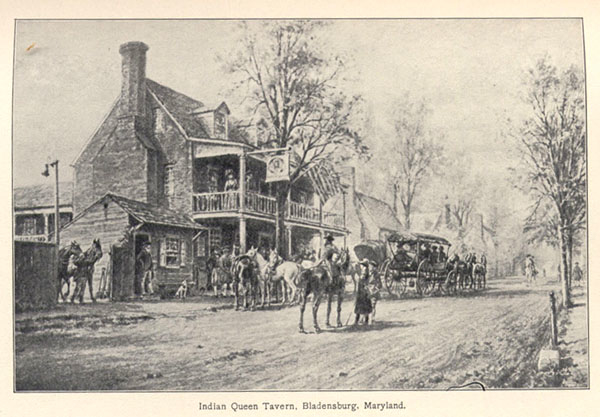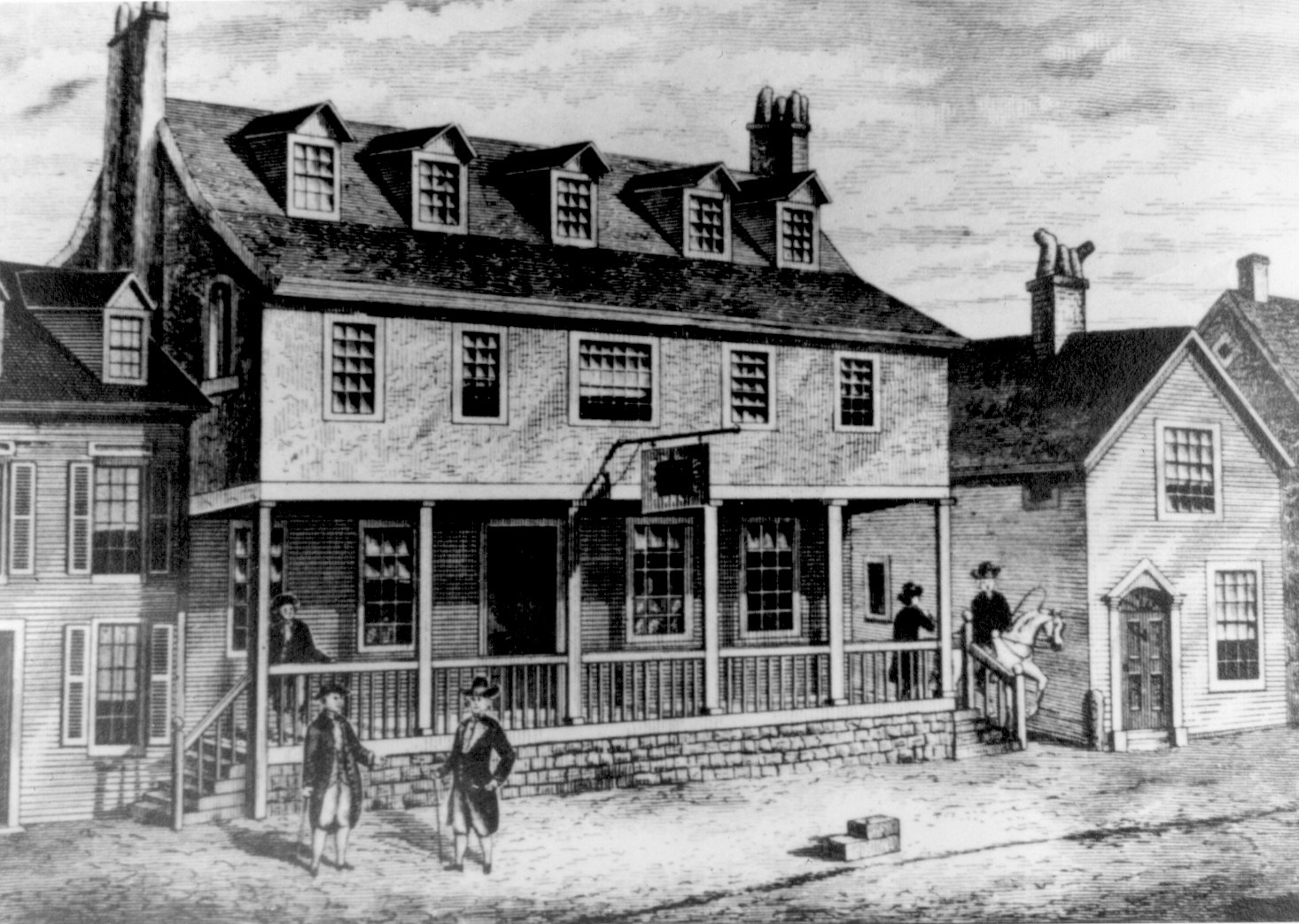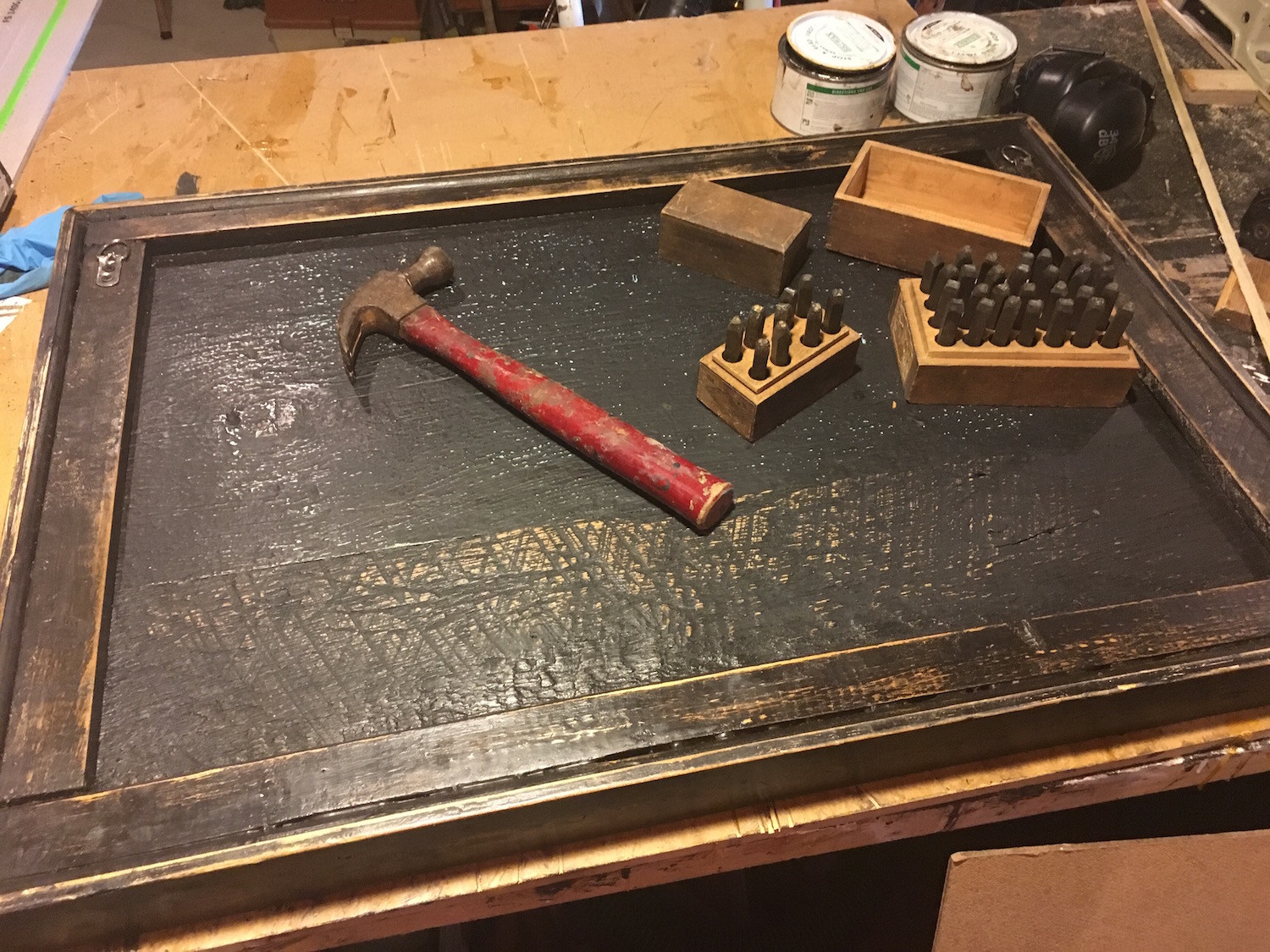So, what exactly has Andy been up to these days?
Okay, while I realize that I hadn’t updated this blog in over a year’s time, I had anticipated popping just a few odds and ends in a post and call it a “potpourri”. After scrolling through my photo reel, I realized that I had better adjust my expectations. This year has been stuffed to the gills with events, both sign related and in terms of life events. So, I thought it more appropriate of me to share a bit more with you all. What you see is but a mere sampling of the bigger picture, but it will at least reflect some color.
To all of my dear customers, Thank You! Whether it be patiently awaiting the completion of a commission or two or having been forced to work through my erratic emailing habits, etc. you have all nonetheless felt the wrath of my ADHD and the effects of my crazy year. Your support and understanding… all of it… I appreciate it very, very much.
The Walker Family (December, 2021)
This year involved many ups and downs. Losses and frustrations… certainly. Yet, milestones and rewards were there in spades. Teaching both high school and college level art is demanding, especially coupled with the ever changing nature of our nation’s health crisis. In spite of the many challenges that were faced daily in education, I can say that some of them most rewarding moments were had with several of my students. Helping my students has always been the true reason for my choice to become a teacher.
My family is healthy and our times together a true blessing. In the words of Zac Brown, “I have everything I need, and nothing that I don’t.” <<< That may have been the first time I quoted a country artist, but the statement' is definitely applicable. We have blessed in so many ways.
Merry and Bright
So, in this year, our family experienced the passing of our loyal and ever loving black lab Merry. When she left us, we were left with a terrible void and feelings for longing that only dog lovers can understand. In no time at all, along came an opportunity to take in this another creature… a little squirt named Sophie. While nothing in the world can replace our special Merry, this cute little chocolate lab has done a terrific job channeling all of our family’s attention her way. It’s hard to believe that such a little fuzzball can get into so much trouble; Similarly, it is amazing to witness just how quickly this small brown puppy grew into the bruiser that she has become today! Like all dogs we have known, Sophie too has a keen taste for smoked meat.
The Passing of a Giant
Another substantial loss occurred at the tail end of last year year. Although a ‘sign blog’ is hardly the context to share such information, I feel it necessary, on account of the degree in which this individual influenced me artistically. The world lost a great man when Dr. Robert A. Nelson passed onto the “Great Art Studio in the Sky”. As an undergrad, I was honored to have been a student under Nelson’s tutelage. The talent possessed in this man was unmatched and most certainly will remain so for a long, long time. After retiring from college level instruction in 1997, Nelson continued (voraciously, I might add) to produce art each and every day. At age 95, this much was true. My collection of Nelson’s art will never fully rate at a comprehensive level, as I simply cannot acquire enough of it for my satisfaction (although my budget determines the rate and extent to which the collection develops).
Anyone who knew this man would attest to his abounding talent and his generous personality. Those who took the time to know him well most certainly have respect for what he taught and practiced. They would know that Nelson held close to these things: 1) Drawing is a skill that demands practice; 2) Animals are to be respected and cared for; 3) Be original (Borrow, but do not breath with someone else’s aesthetic lungs); 4) Look to the past… the great masters are still worthy of examination and study; 5) Draw; 6) Draw; 7) Draw…
I was honored that Robert’s wife incorporated into his gravesite a sign that I had made for them. Their property, nestled amid the gentle hills off the Oregon coast, is called The Zeppelin Farm. May the spirit of this great man rest in peace.
Proud Pop
Speaking of growth and swift time, I have to pause in order to recognize the milestones in the lives of both of our boys’ lives. My oldest turned 21 years old and my youngest just graduated high school. It’s such an overused adage, but perhaps due to the power in its truth - “Boy, how time does fly!”.
The Barn
On the topic of the barn, my future workshop - Well, it has been one of my biggest chores. Trying to put a ribbon on the shop whilst fulfilling sign commissions is no easy task. I cannot shut down my sign work and devote all of my energies towards getting the shop ready for service… it simply doesn’t work that way. However, we managed to paint/stain the exterior this Spring. In addition, the Summer months provided me the time to hang a drywall ceiling and the prepare the wood that will be used for my walls. On the last note, I think it is important to elaborate (Read on / More in next section).
Not Just Your Run of the Mill
The wood that I will be using for the interior walls of my workshop is sourced from fallen trees around my house. The species are varied (cherry, oak, ash) and this variety will contribute to the charm of the workspace. Unfortunately, when wood is milled from a tree, it needs to dry appropriately, in order to maintain its functional shape. The milled boards need to be stacked (a process known as “stickering”) and stored in a manner that allows consistent airflow throughout a given year (or more). During this time, much of the chemically-bound moisture will evaporate from the planks, making them more stable when it comes time to putting them to use.
The wood smells delicious, but I need to be patient and wait out the year while the process takes place. When the time comes, I will create a lap (ship-lap) joint on each side of the boards and hang them in my shop. The mill is owned and operated by my brother and dad. Not only is it cool that the wood that will surround me will have been harvested locally, it is a huge (I mean huge) financial break for me. Sweat equity pays off here, as I can only imagine just how much hardwood planks would cost to order and ship, had it not been for my family and their good graces. Check out my brother’s business at Walker’s Milling.
Here’s the Potpourri
Here are a number of pictures that attempt to reflect a taste of what I have been able to produce throughout the year. In no way does this capture every commission or highlight. While some of the photos showcase a finished sign, others capture an in-progress view of the the work. In some cases, I have highlighted the mere beauty of the wood chosen for my signs. A great sign truly does begin with the character of the wood used.
Enjoy the photo dump!

